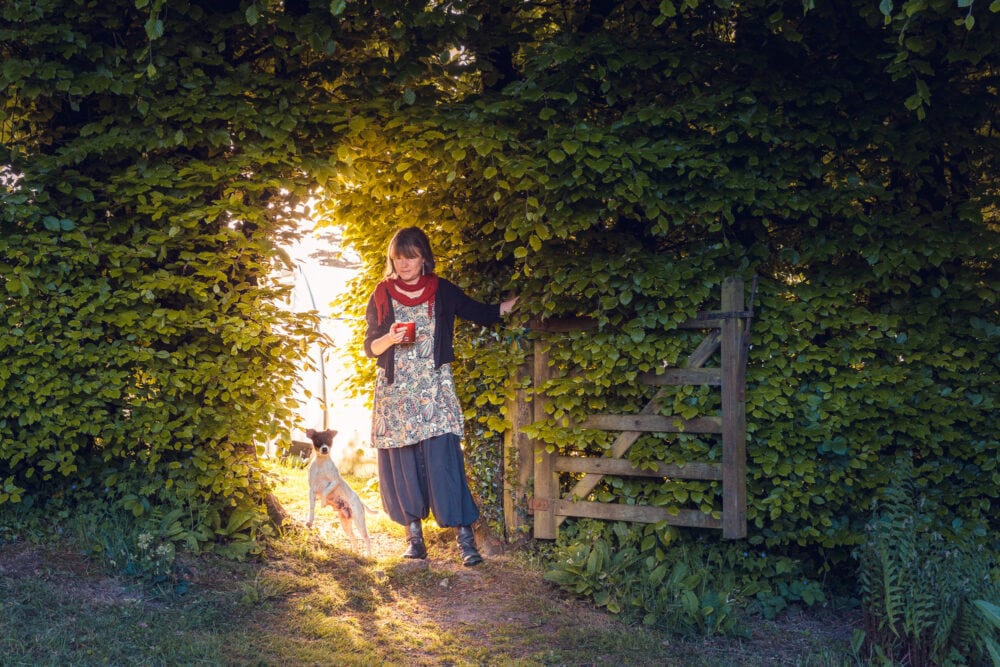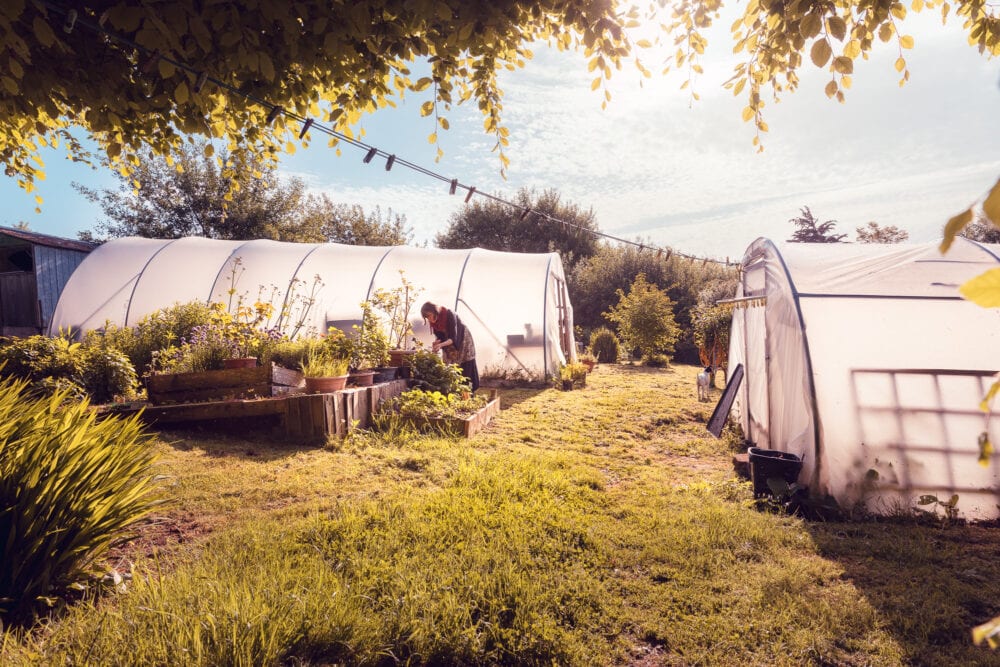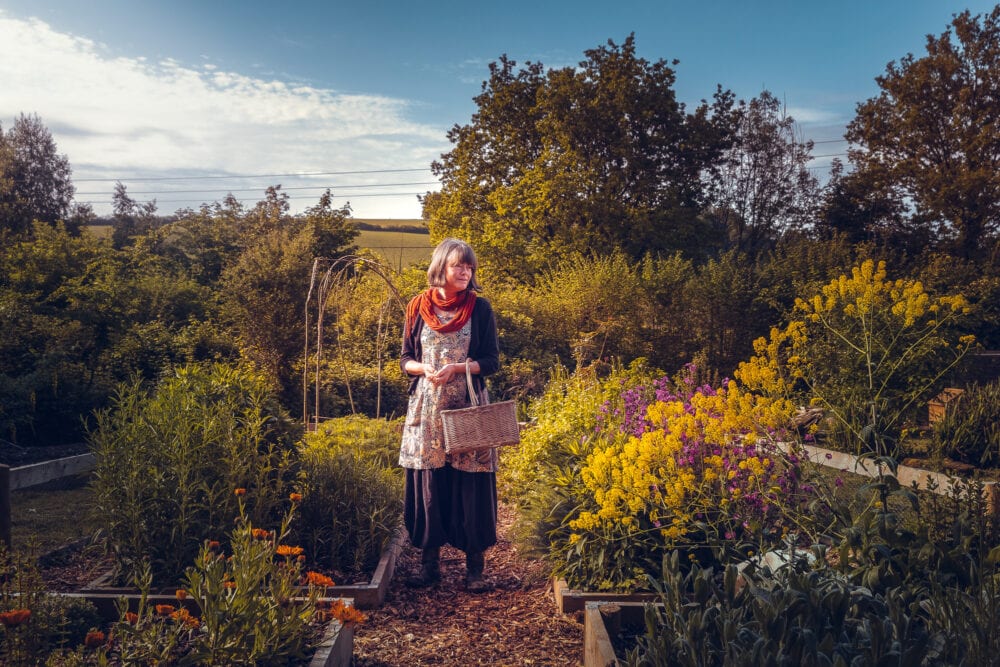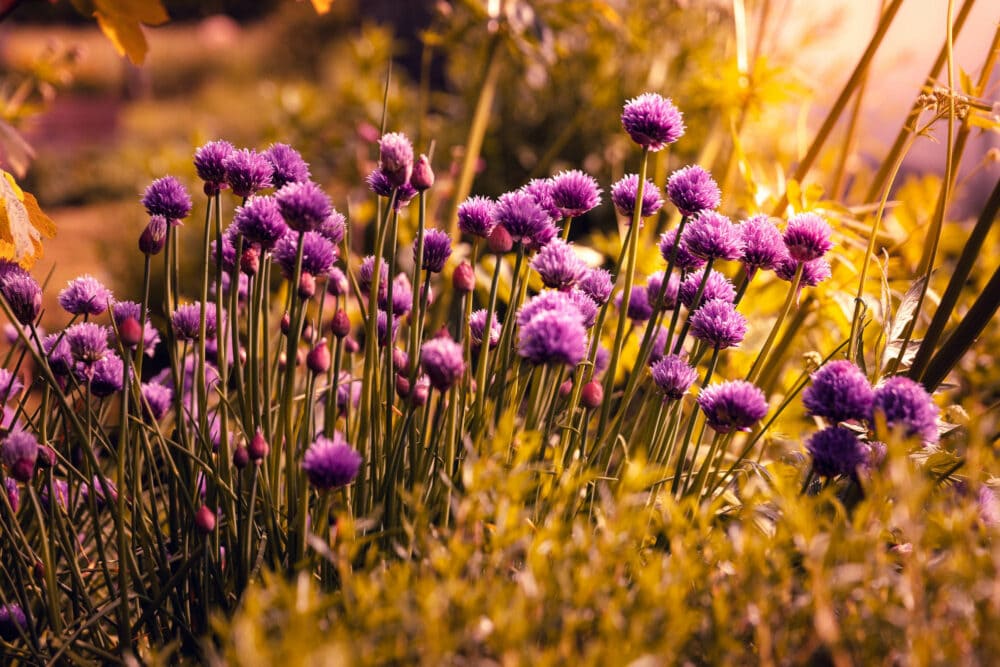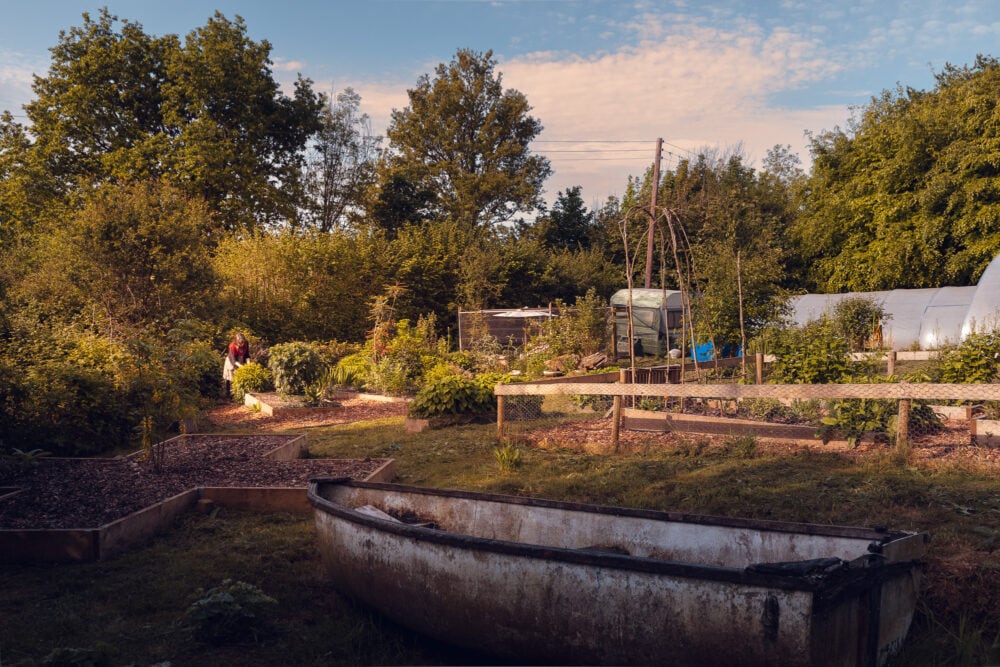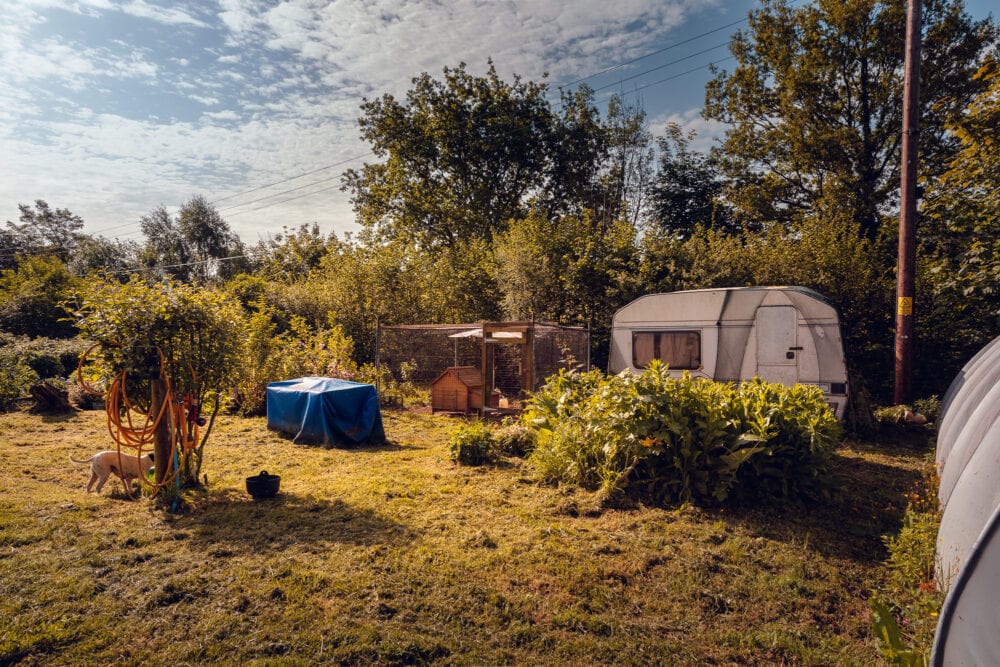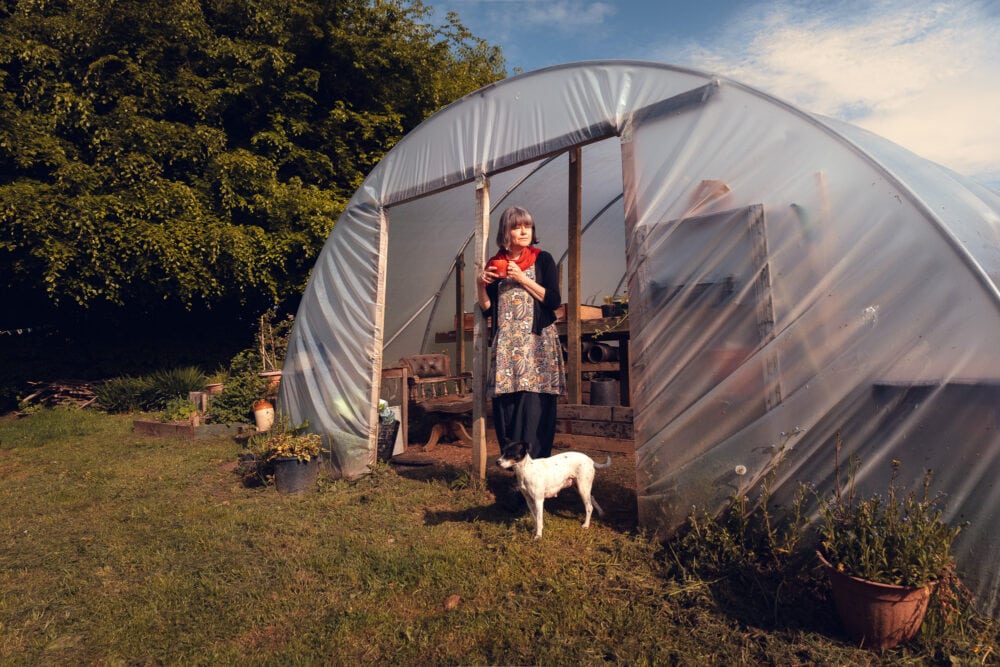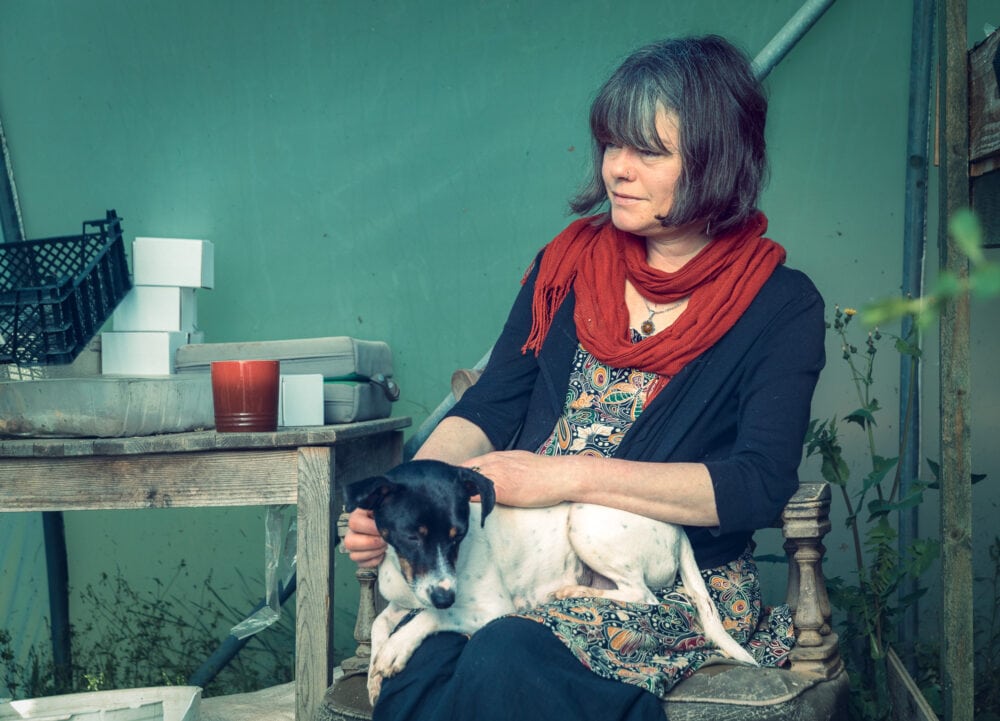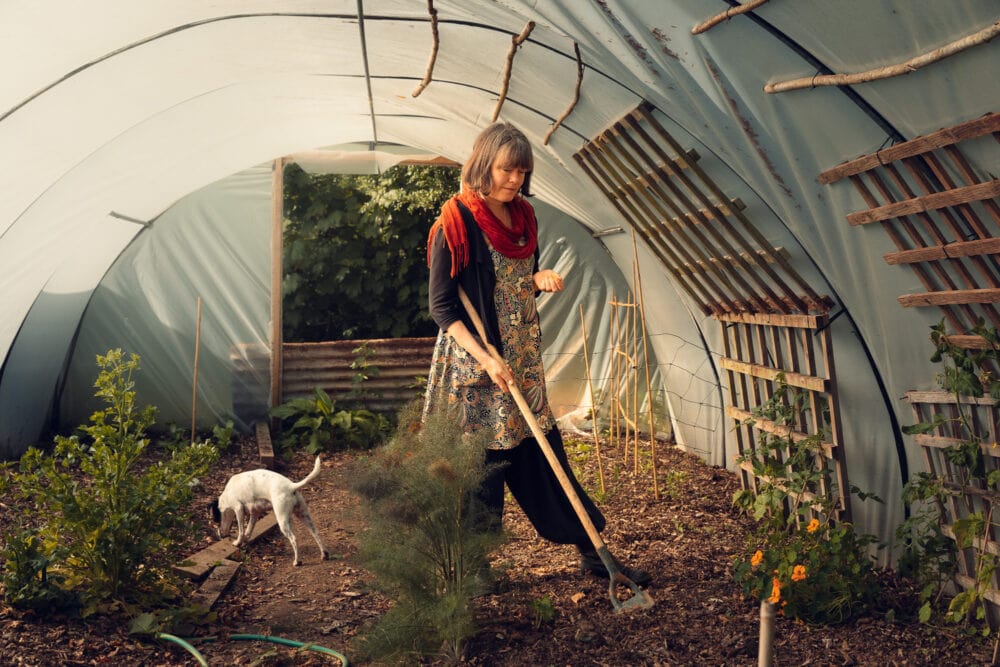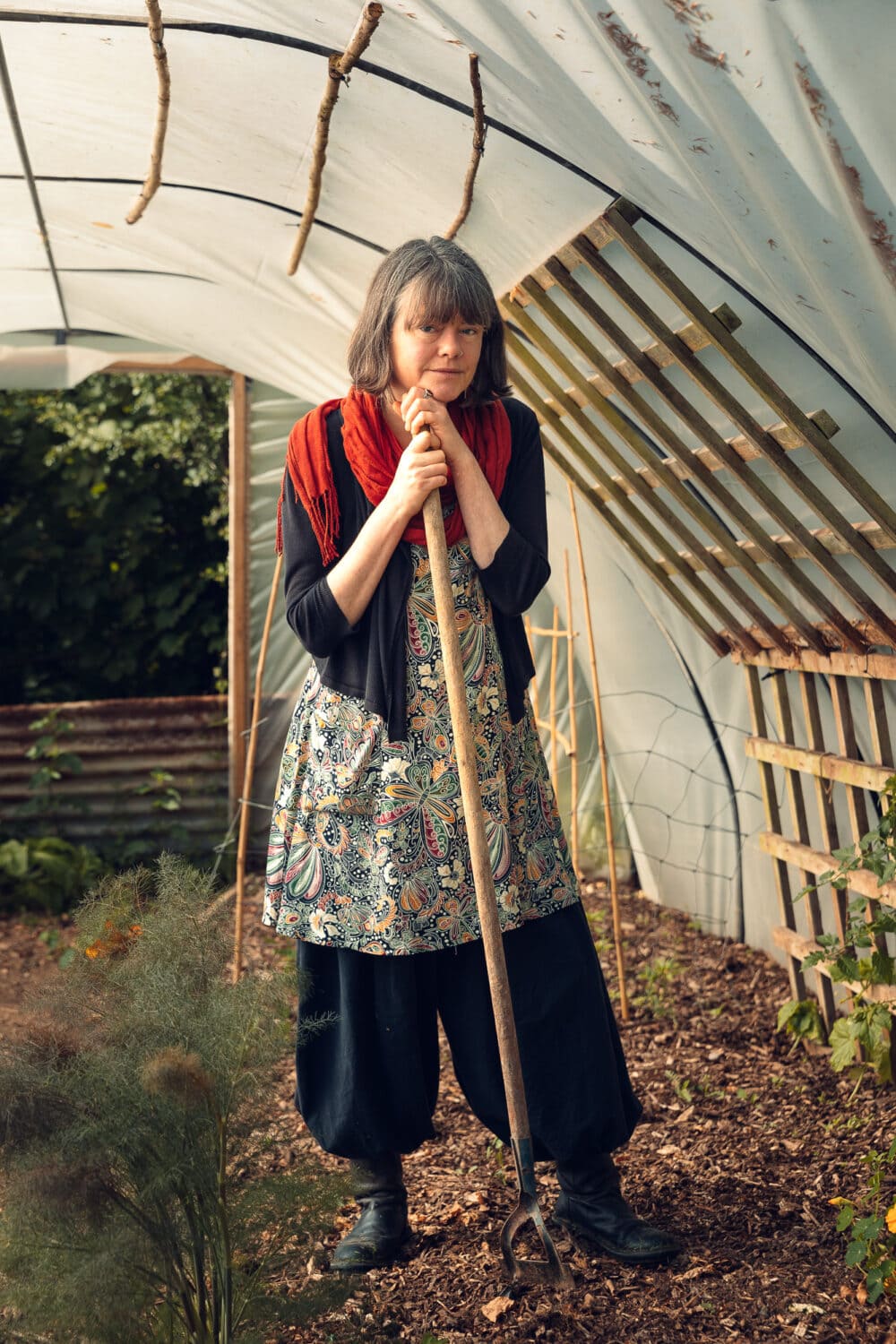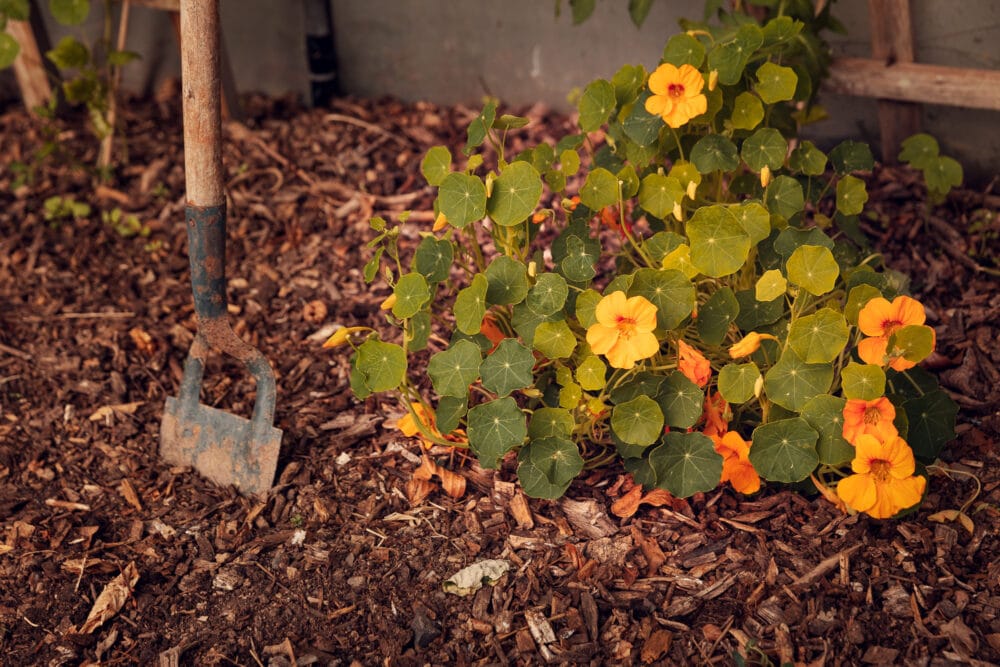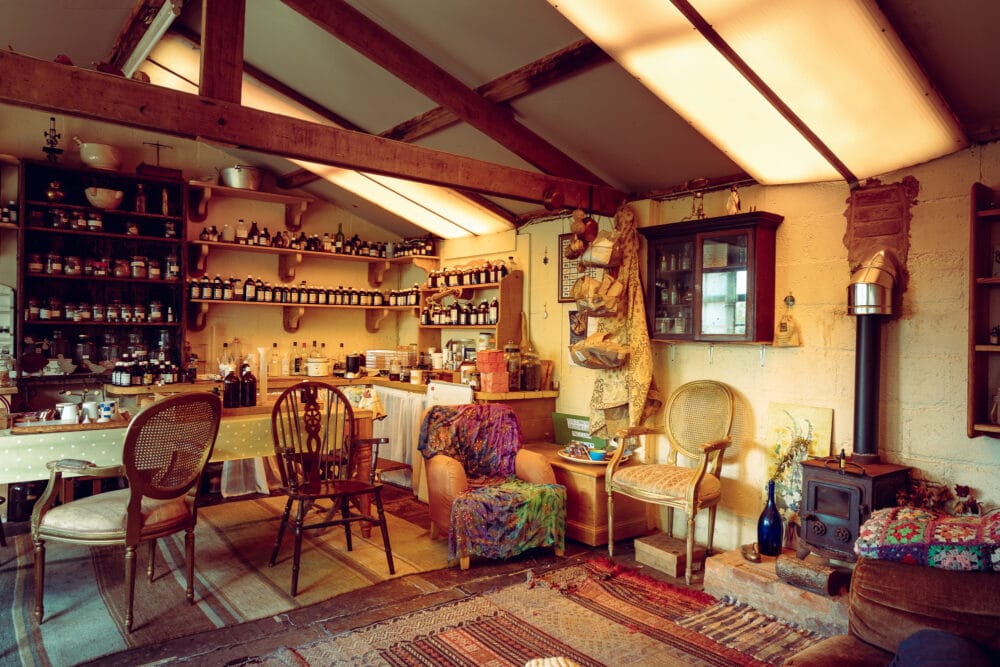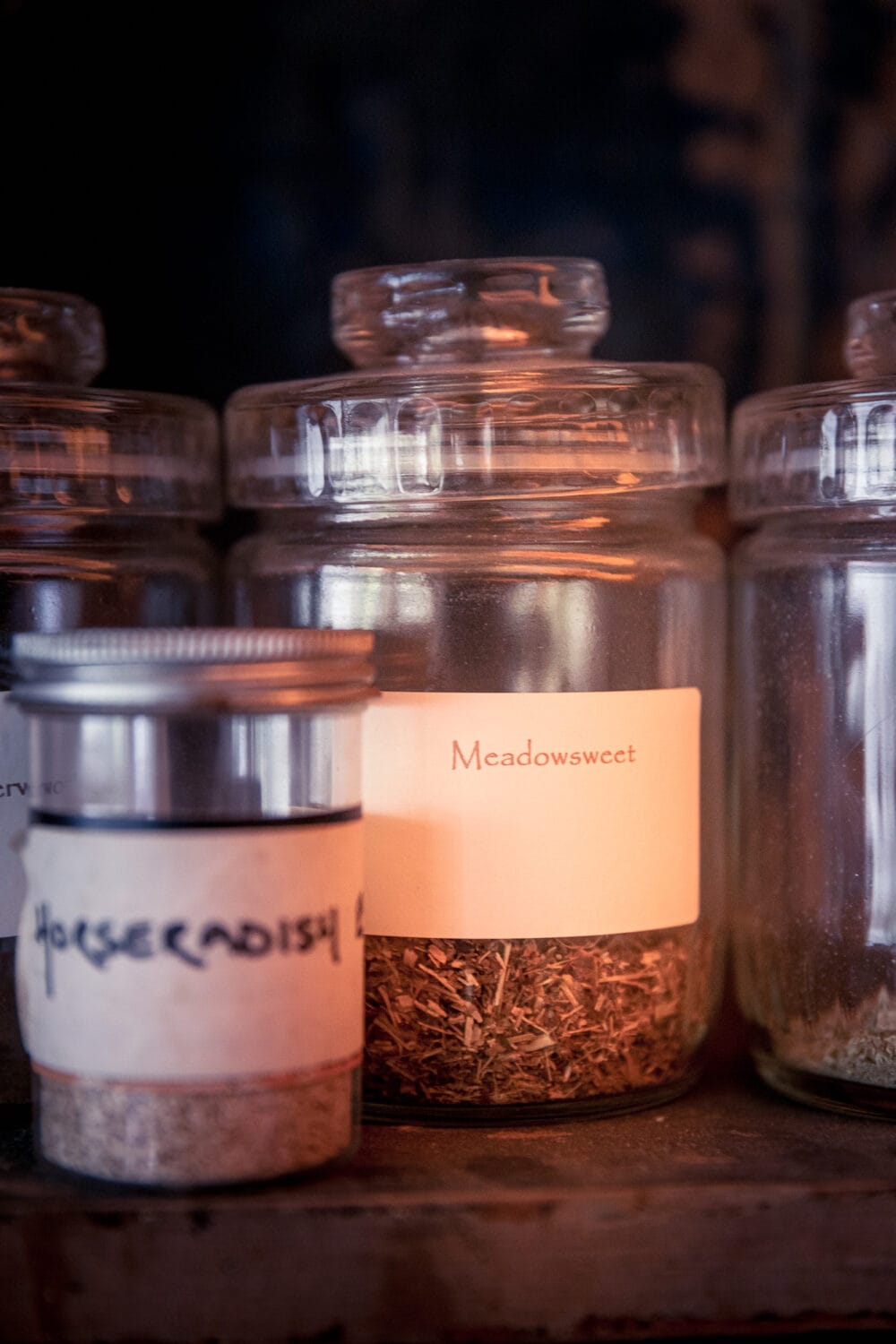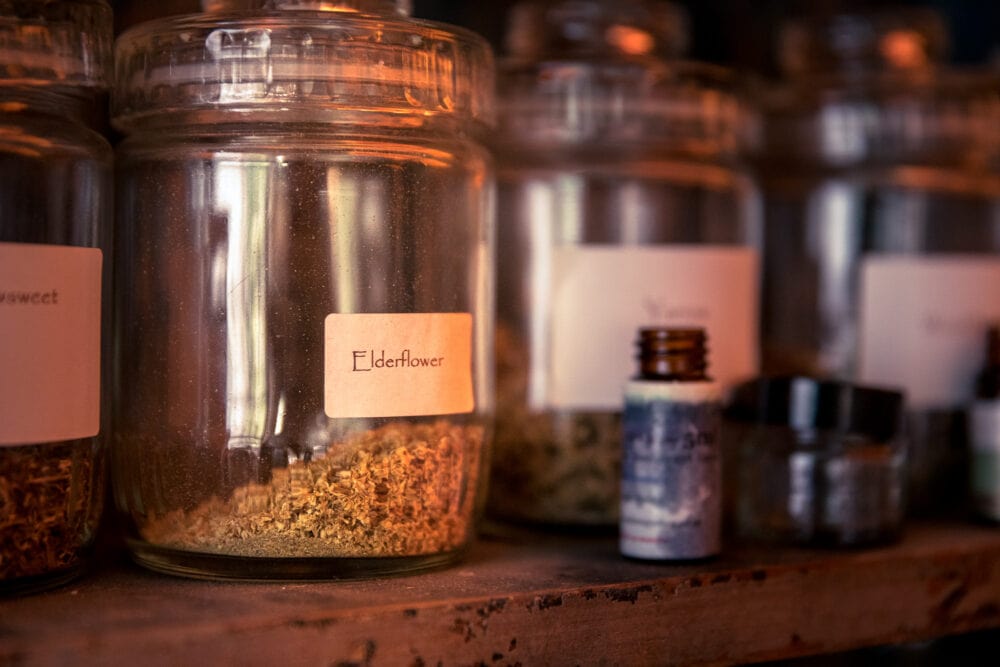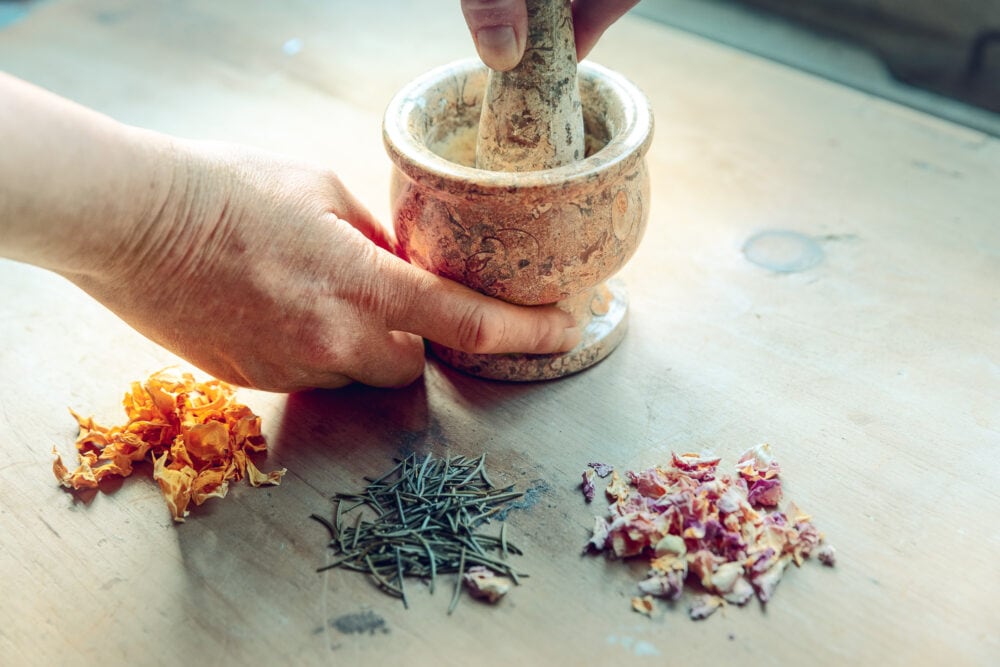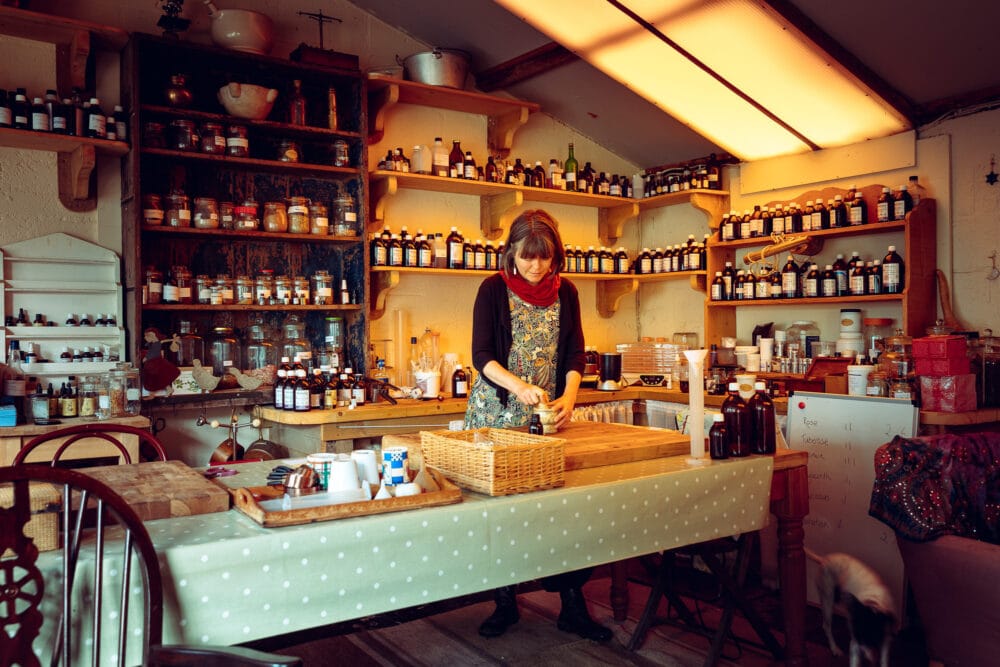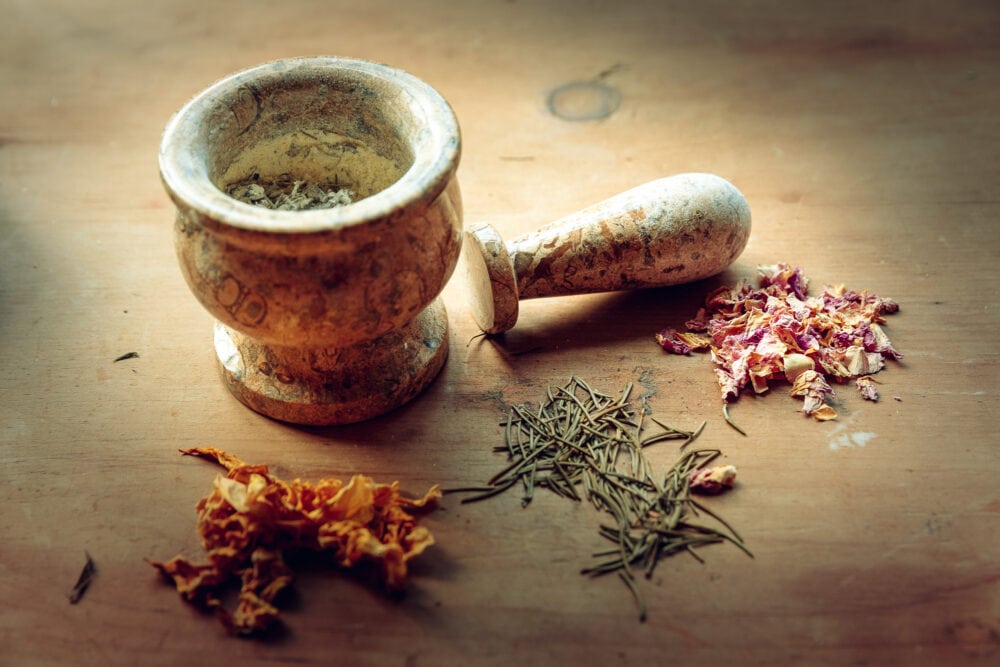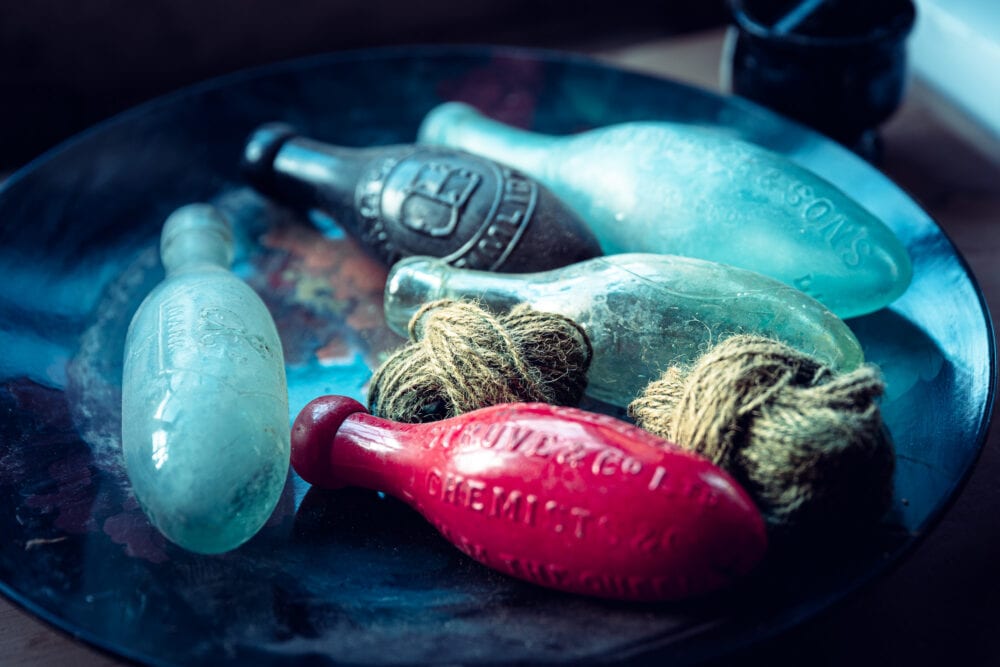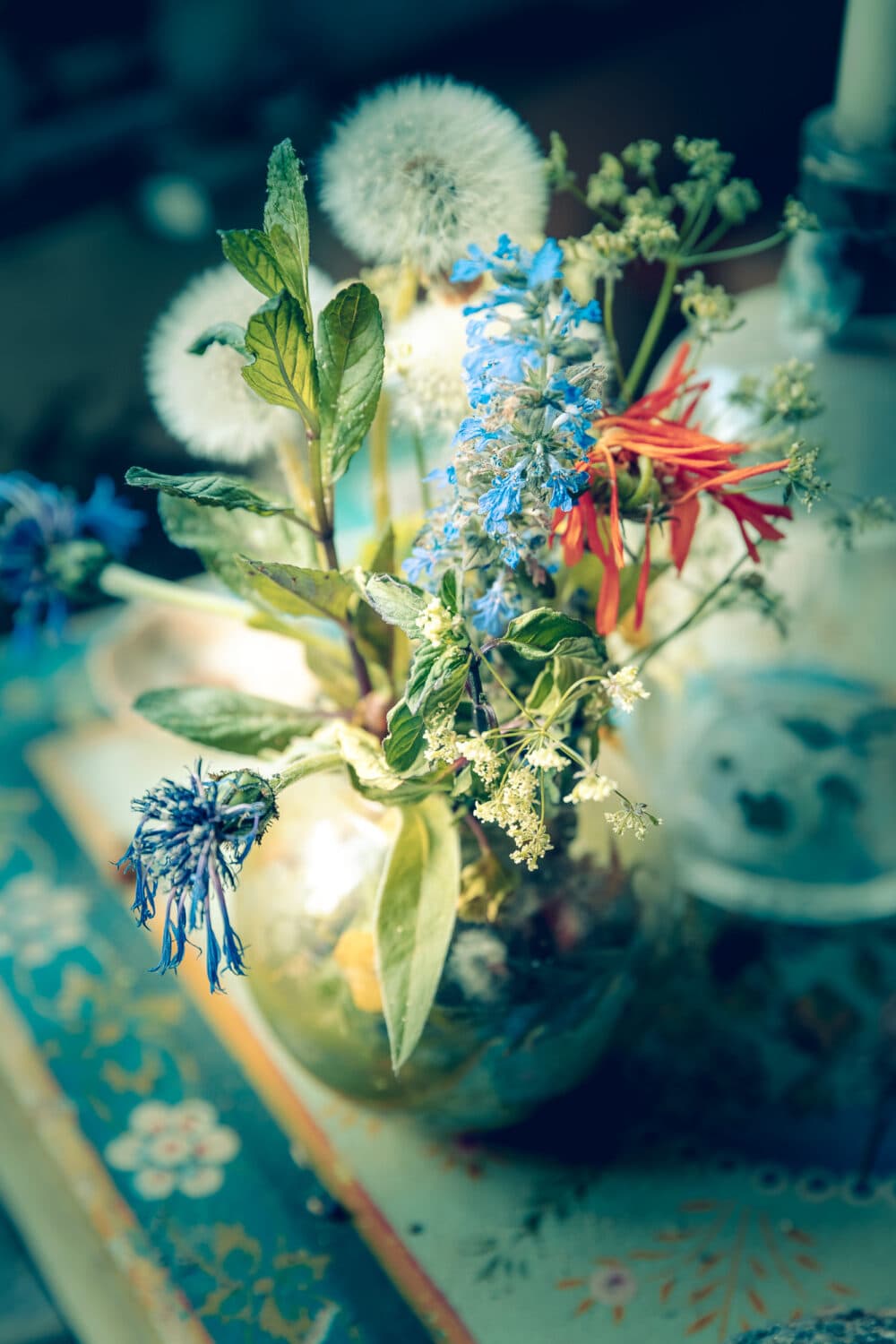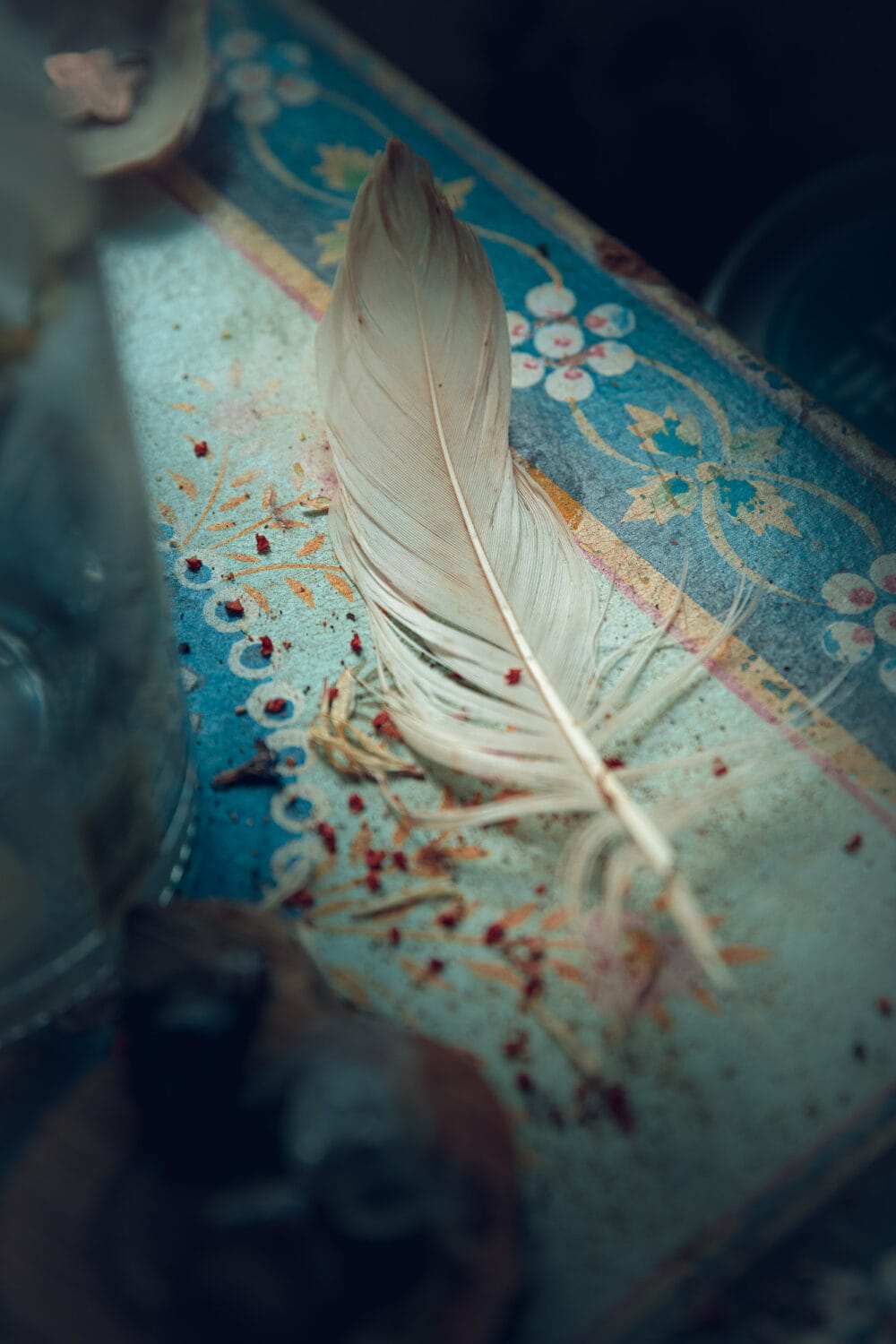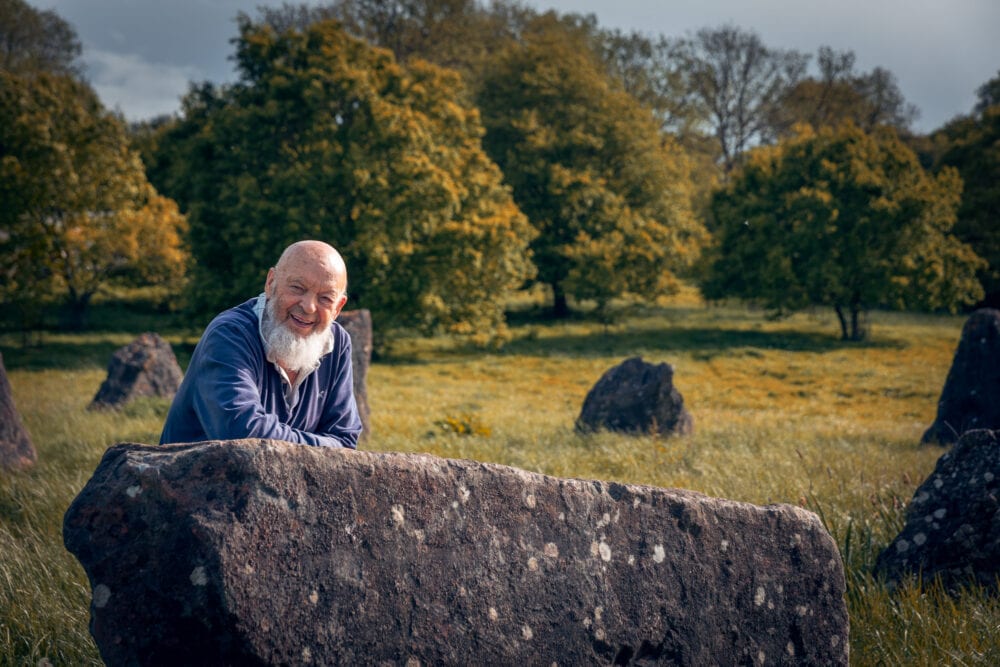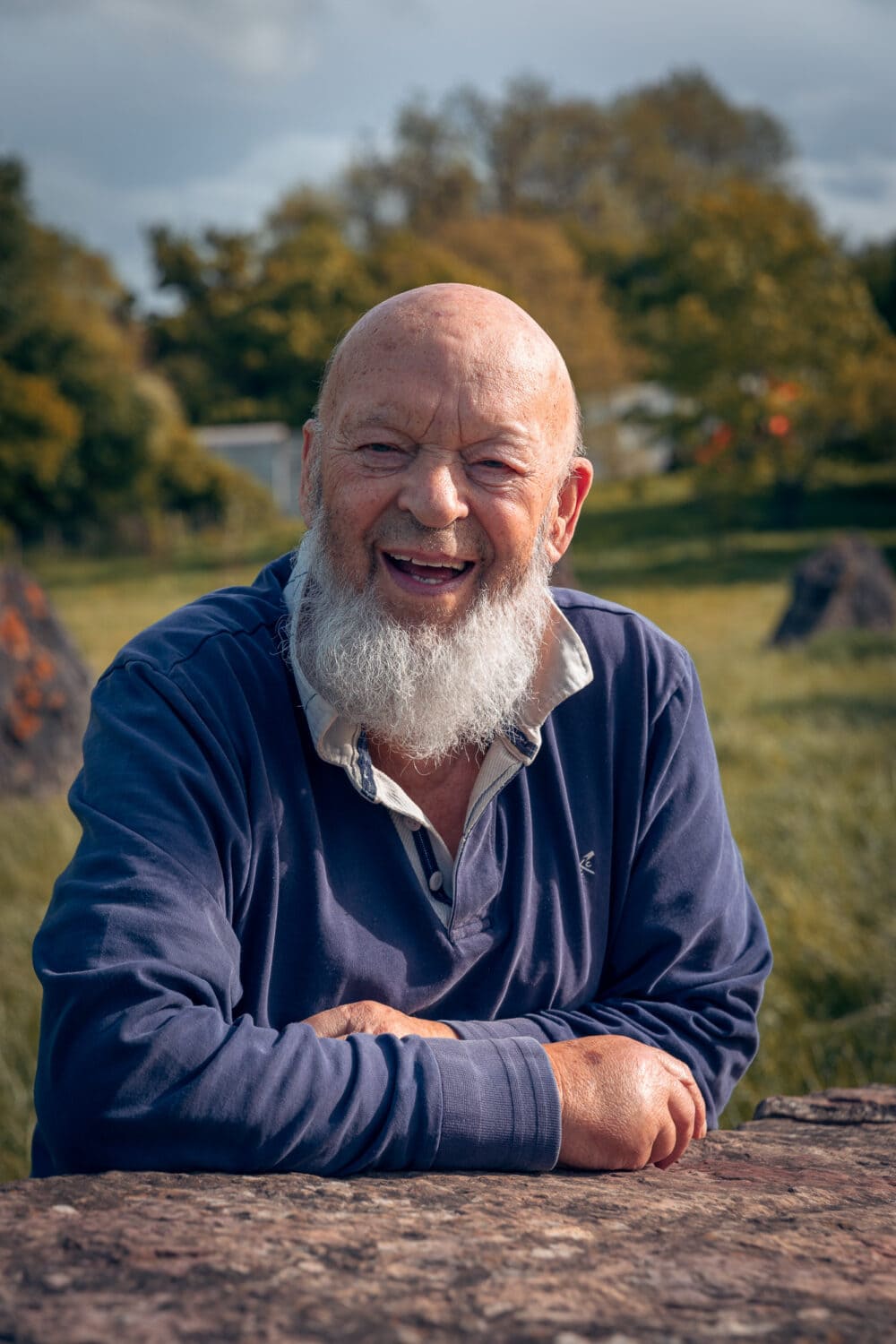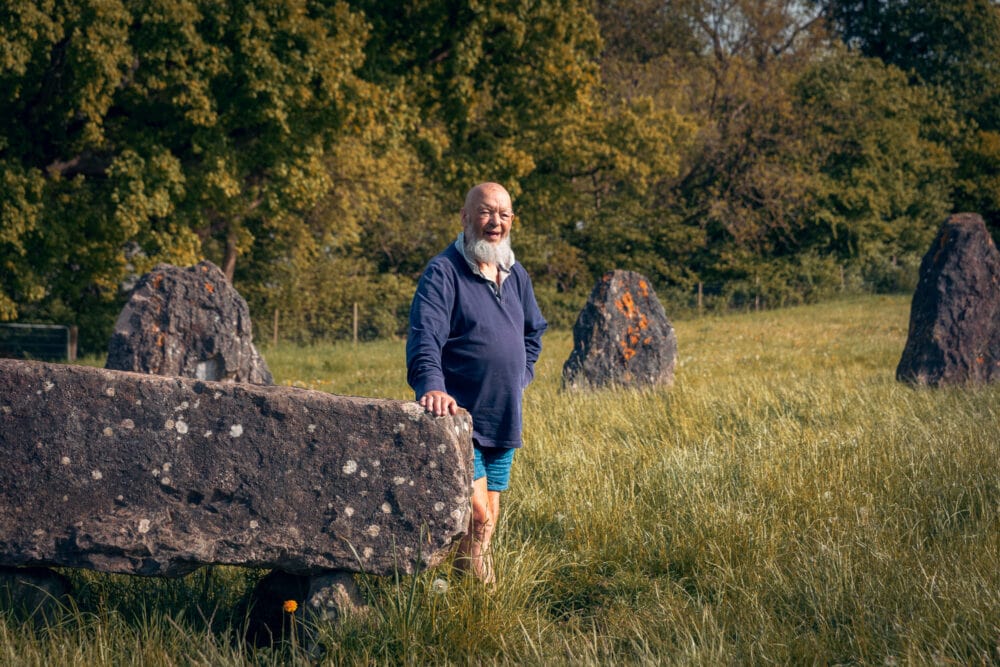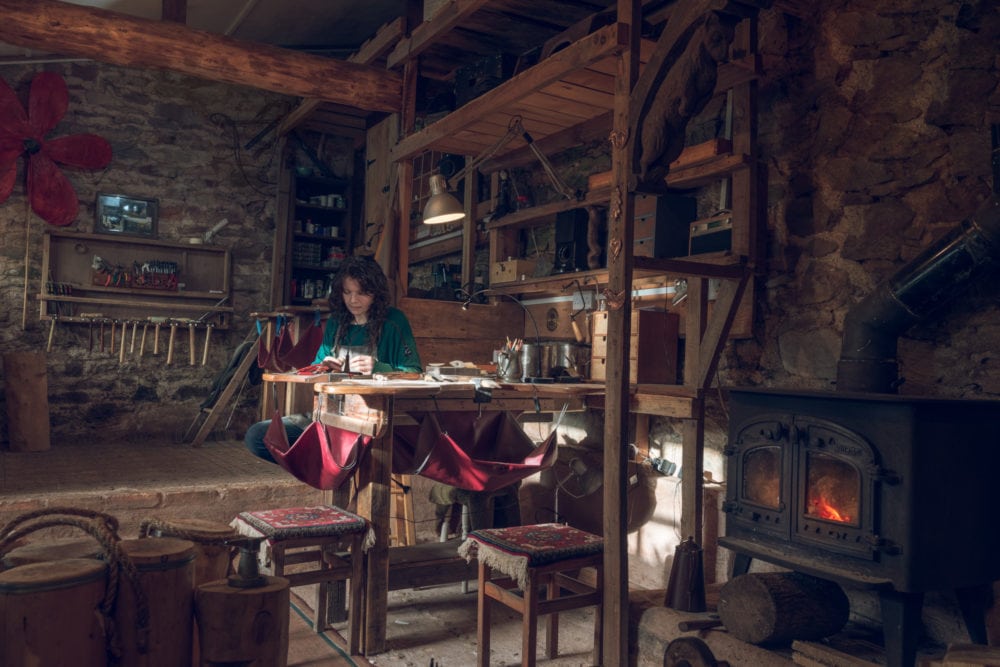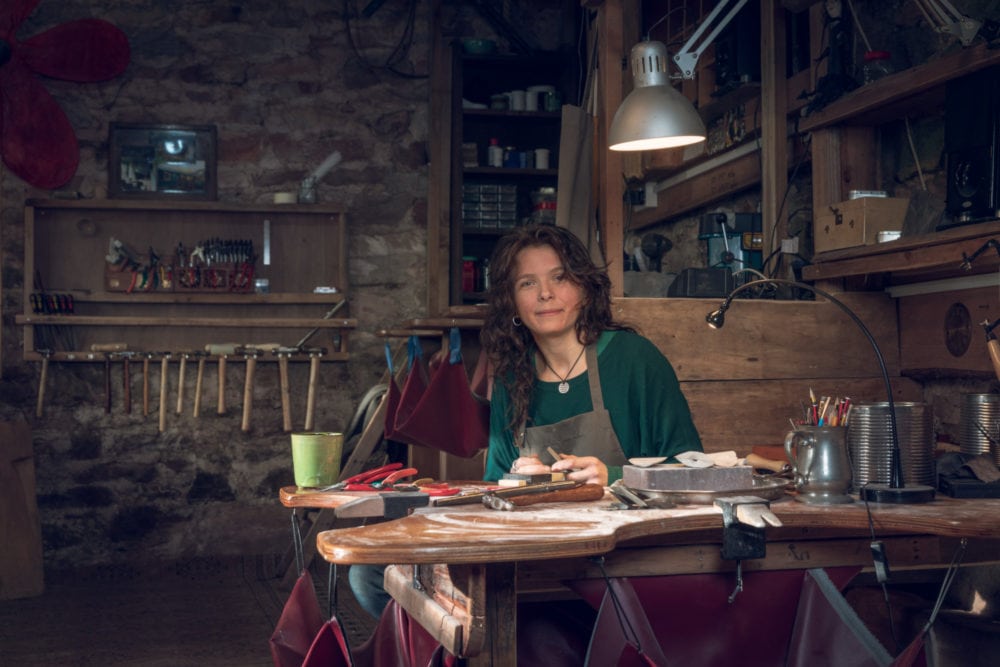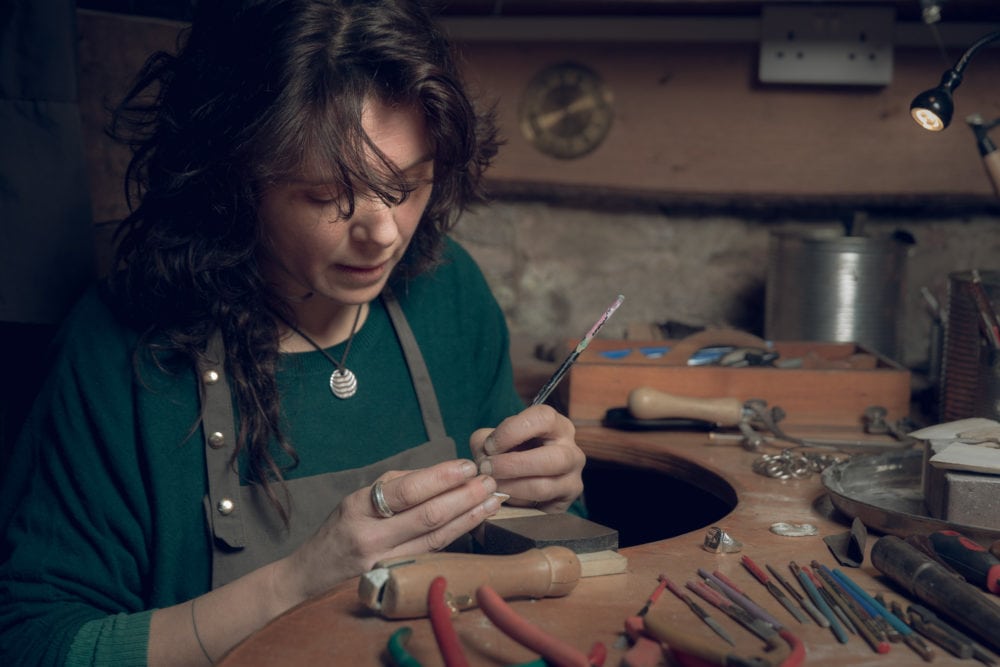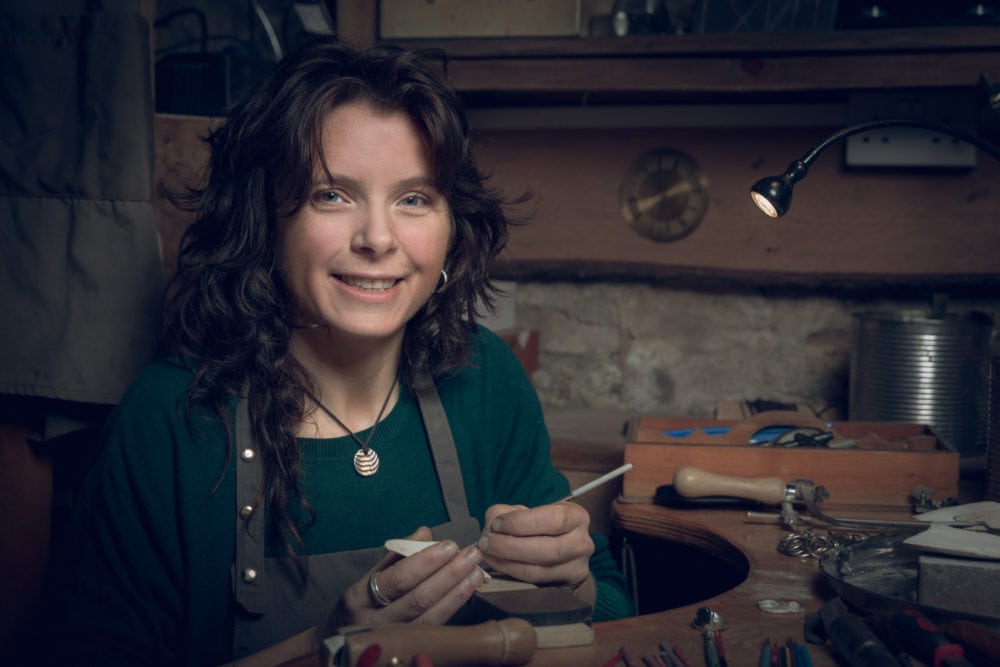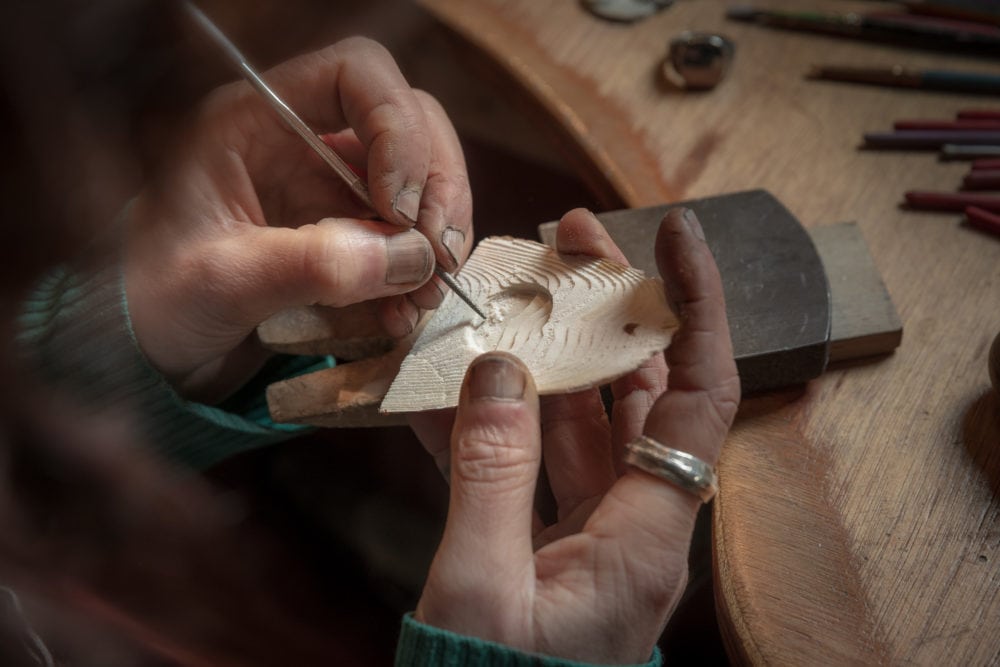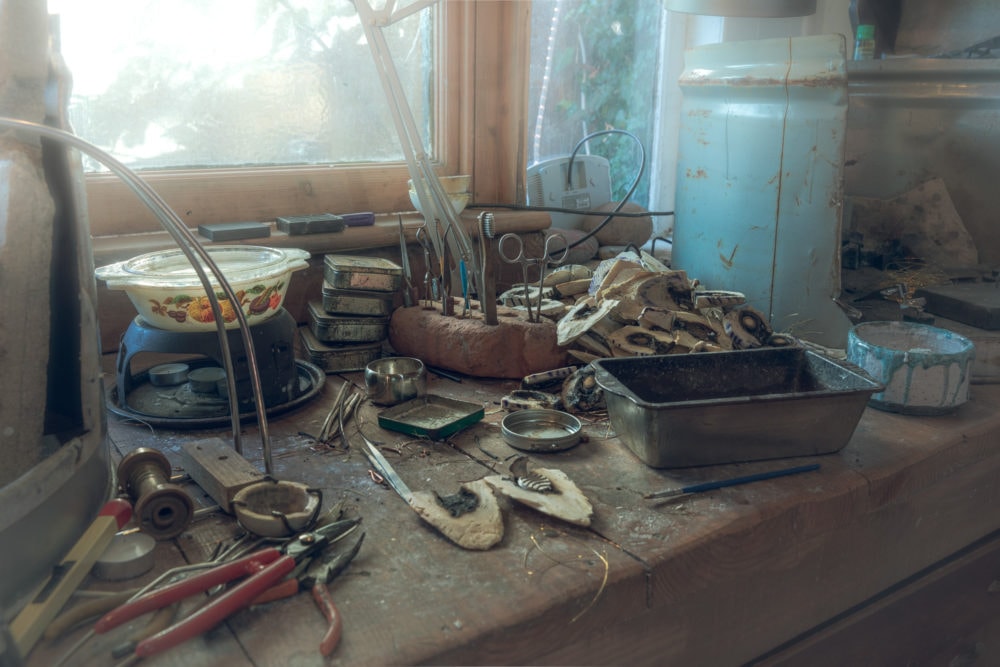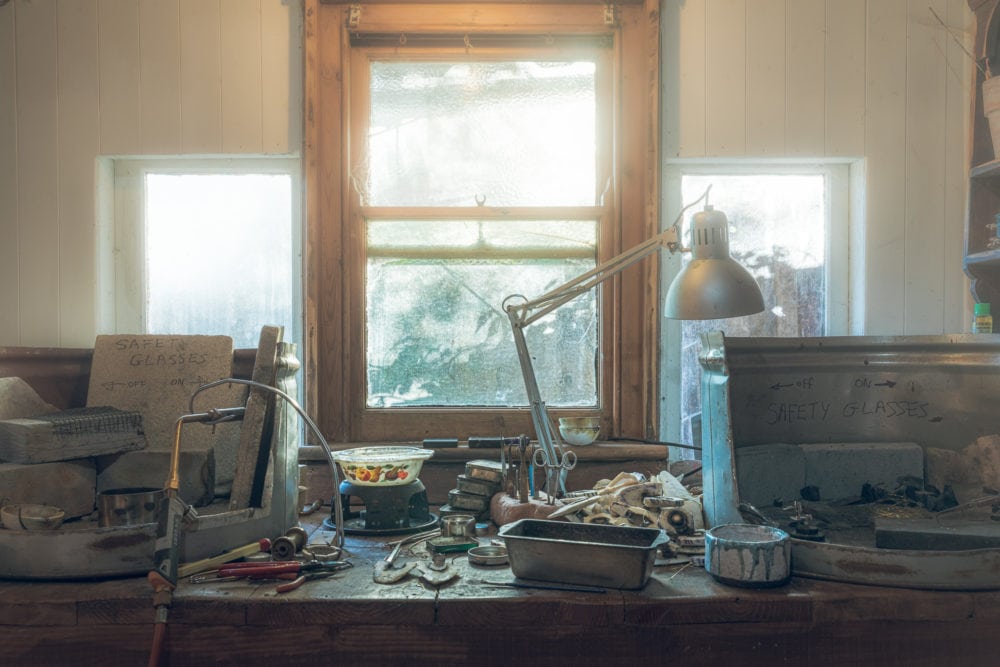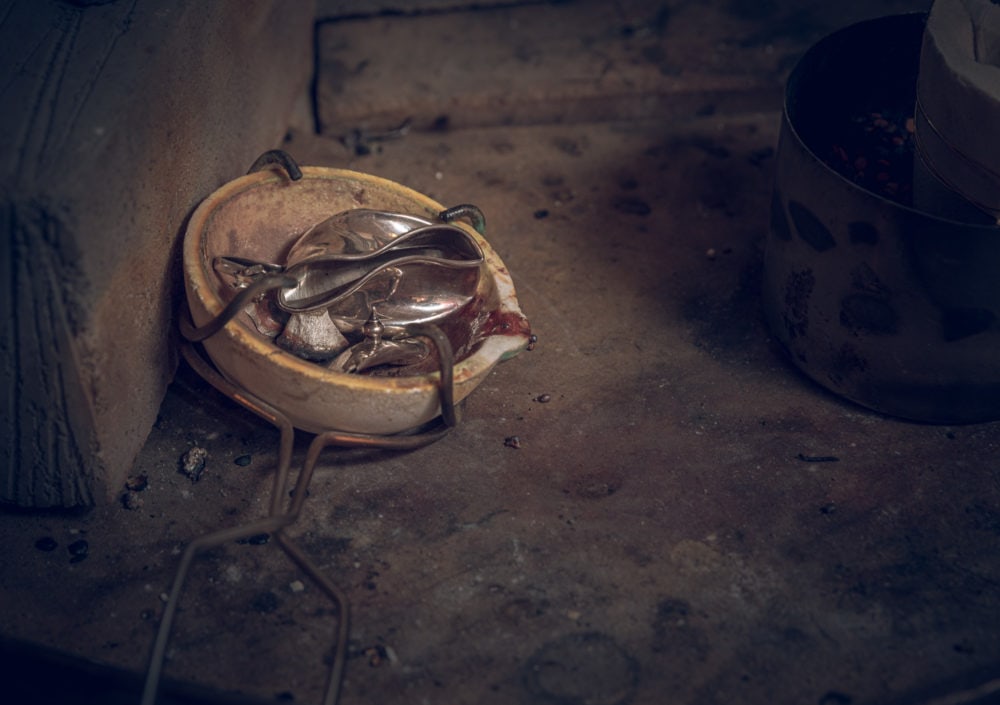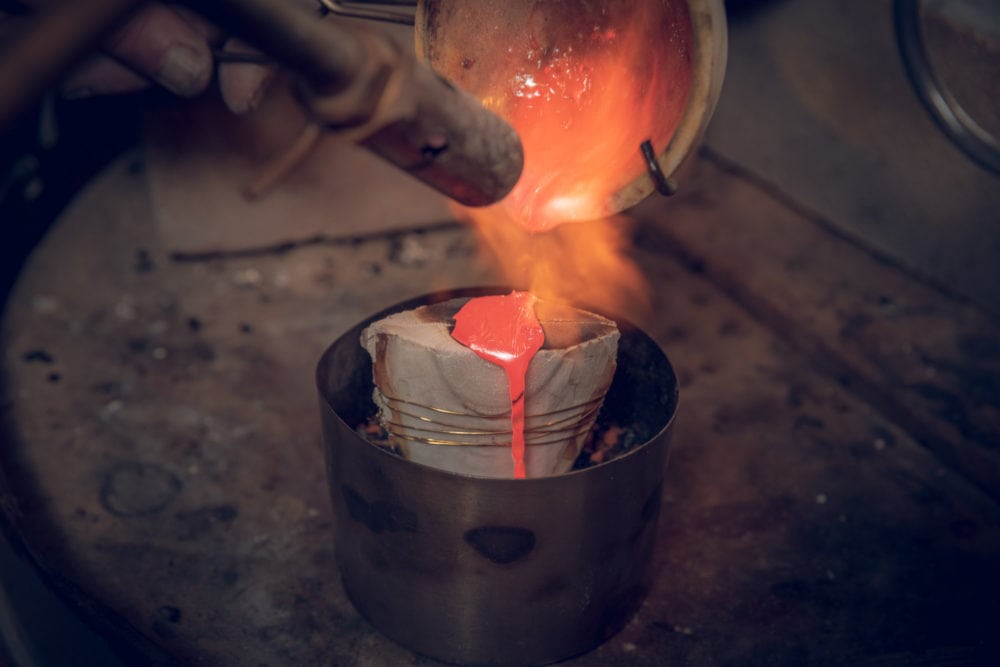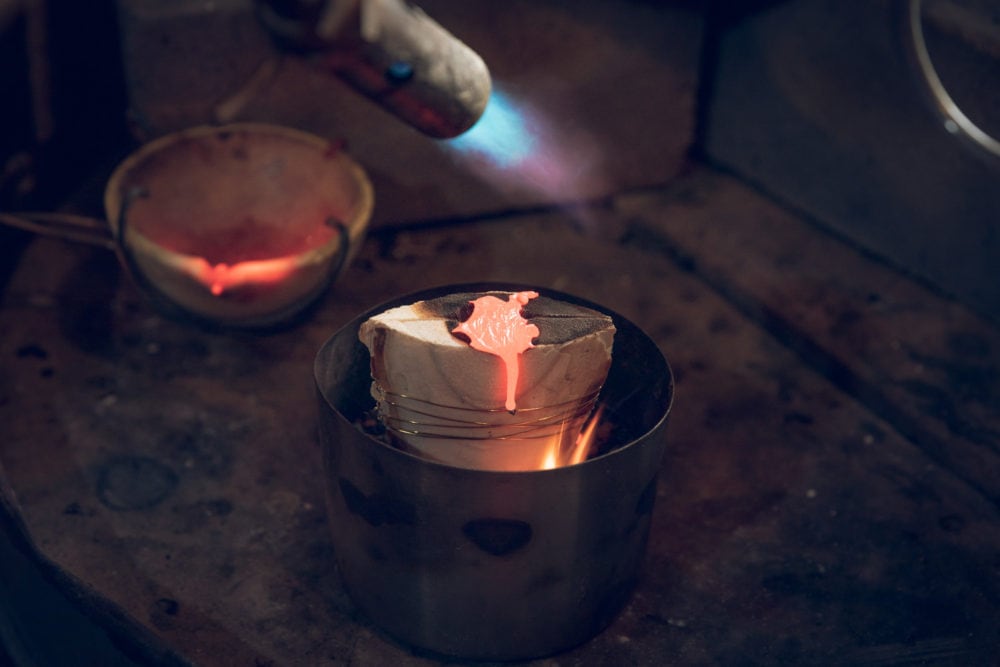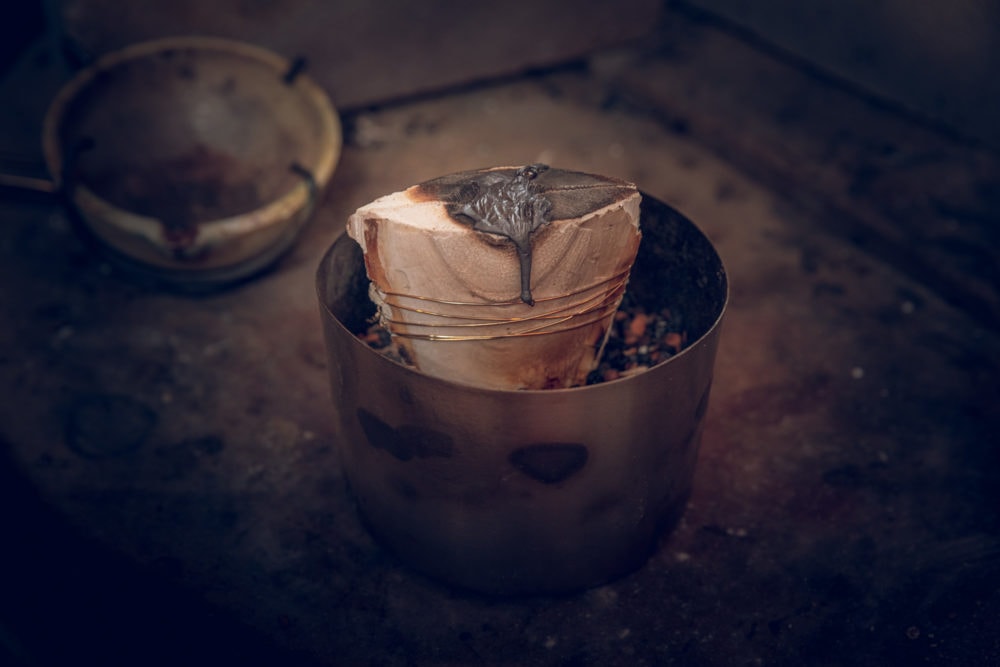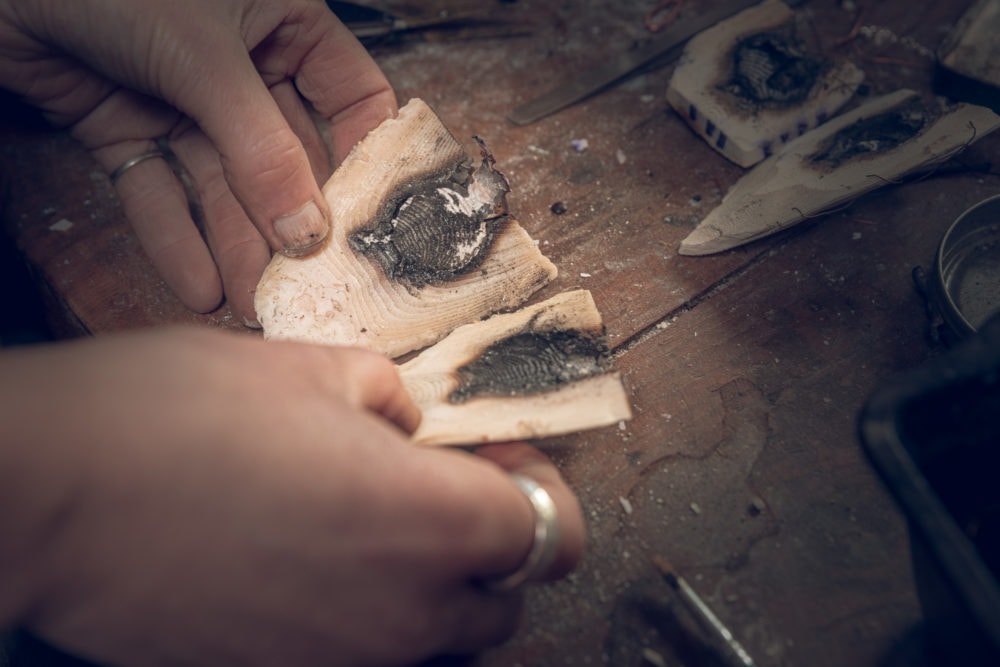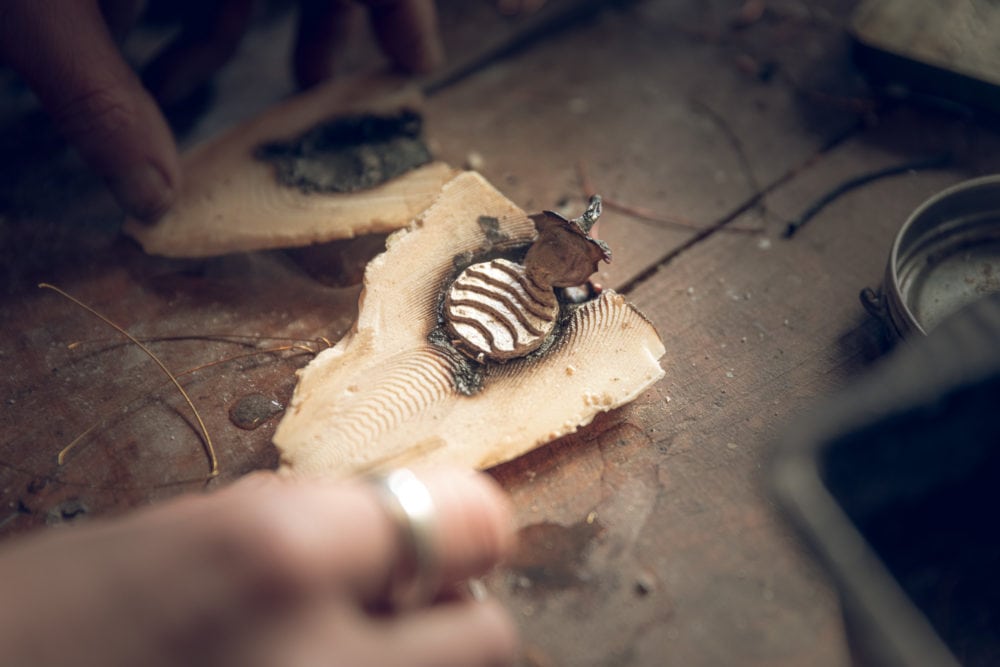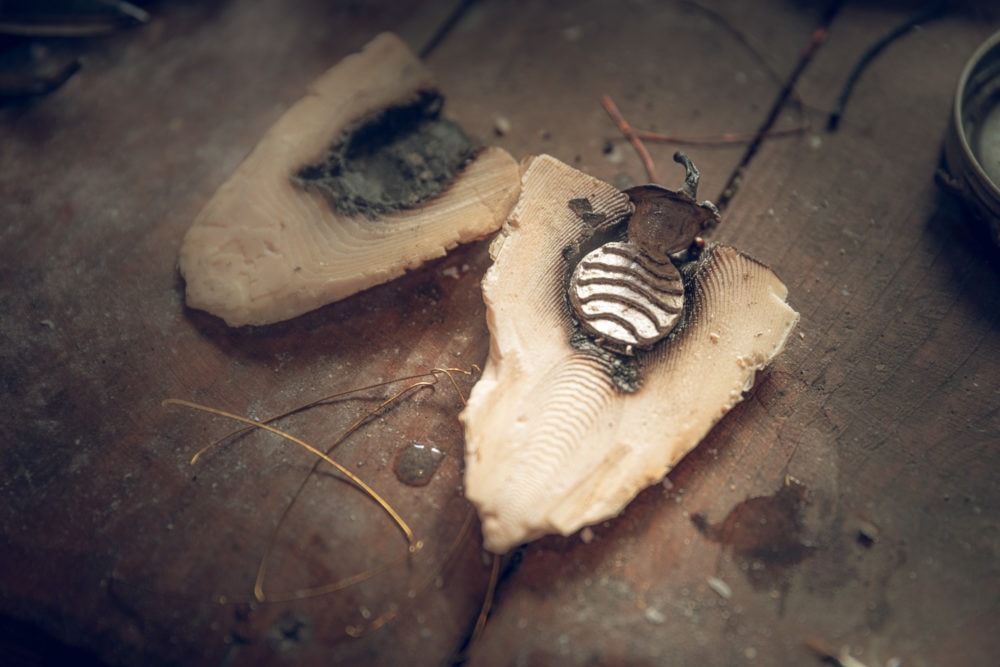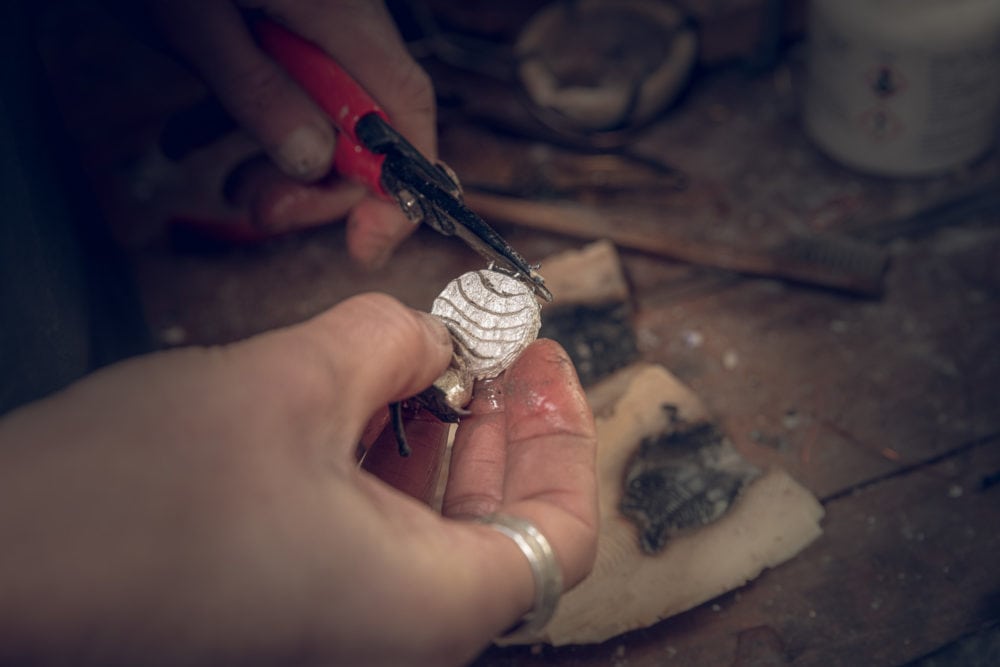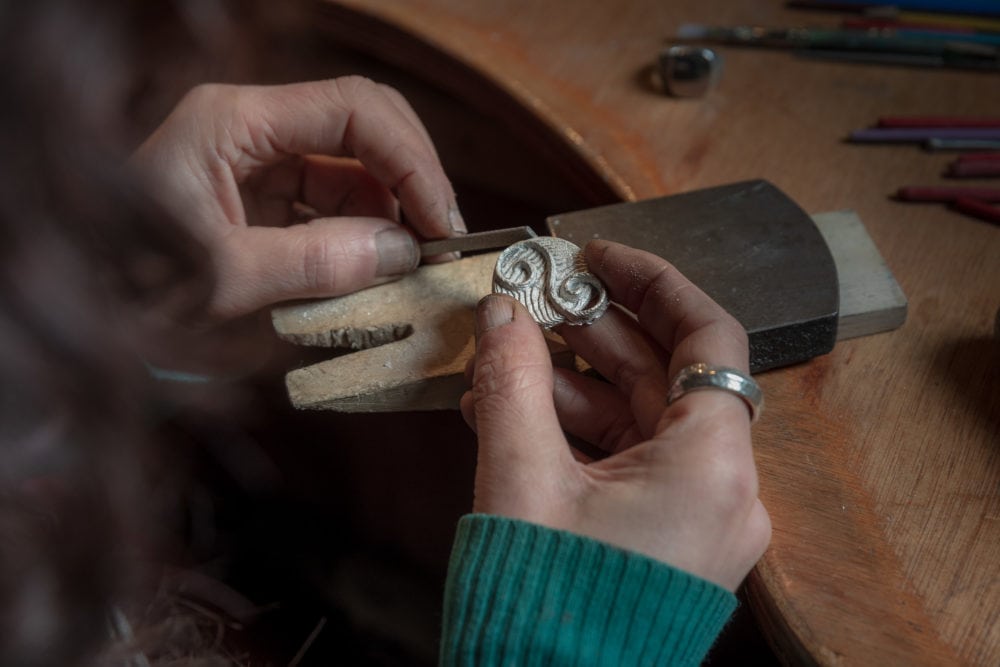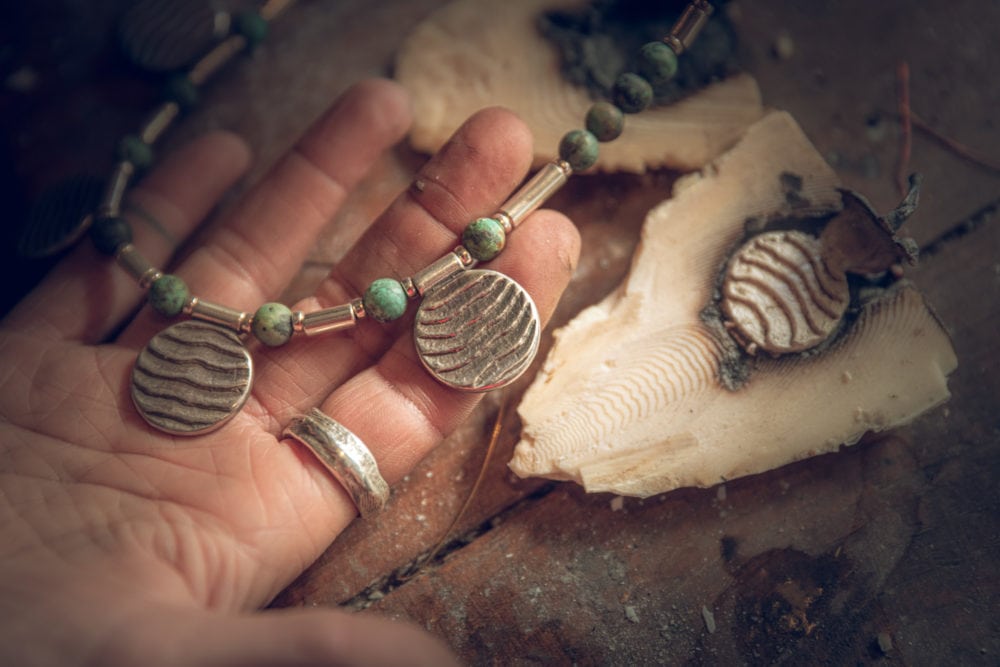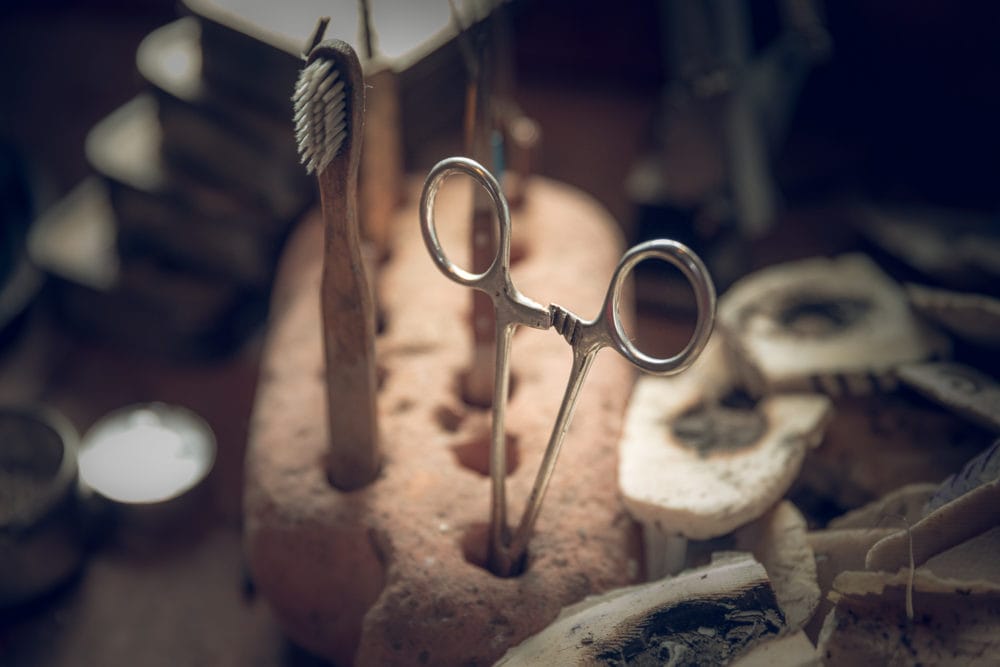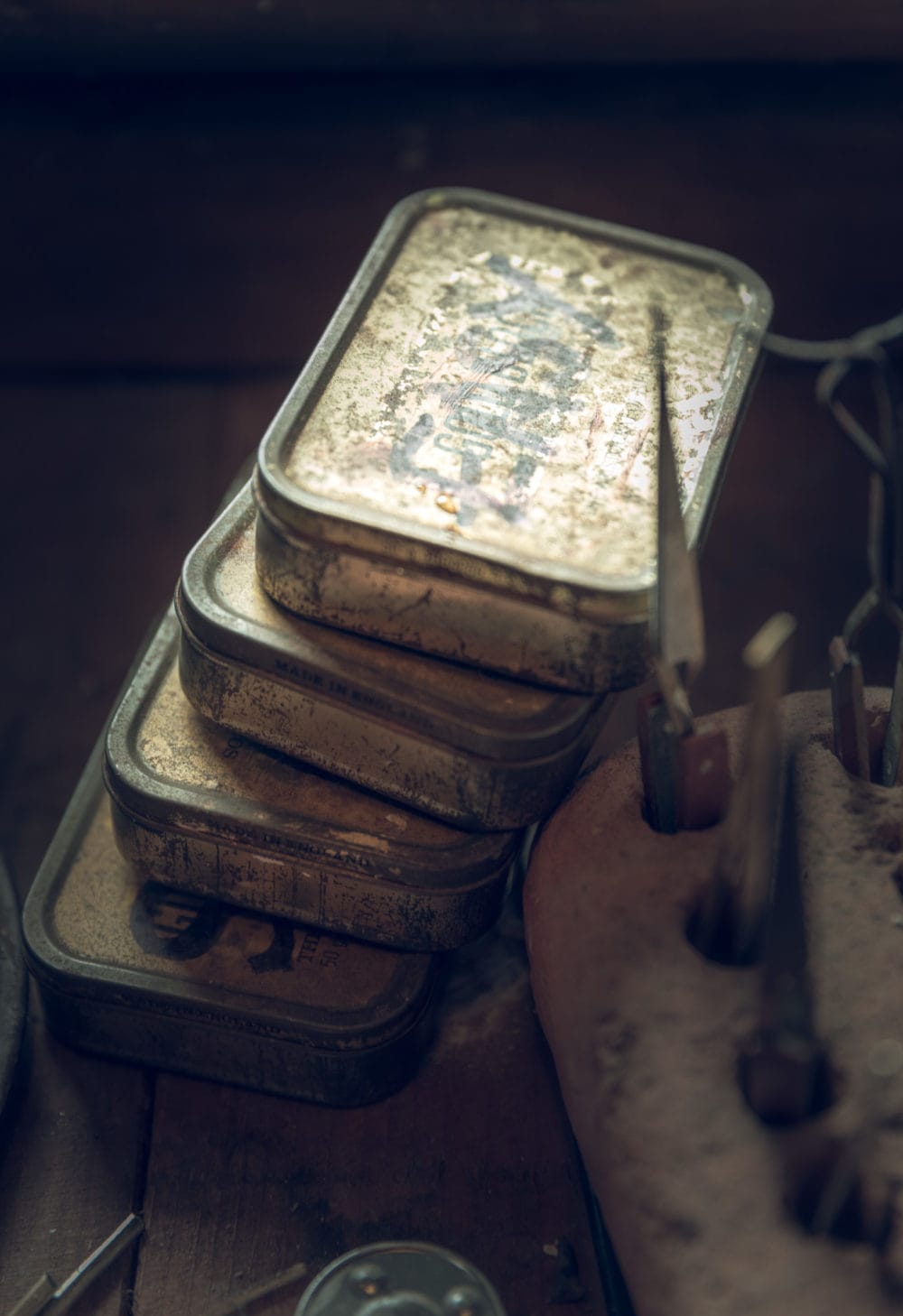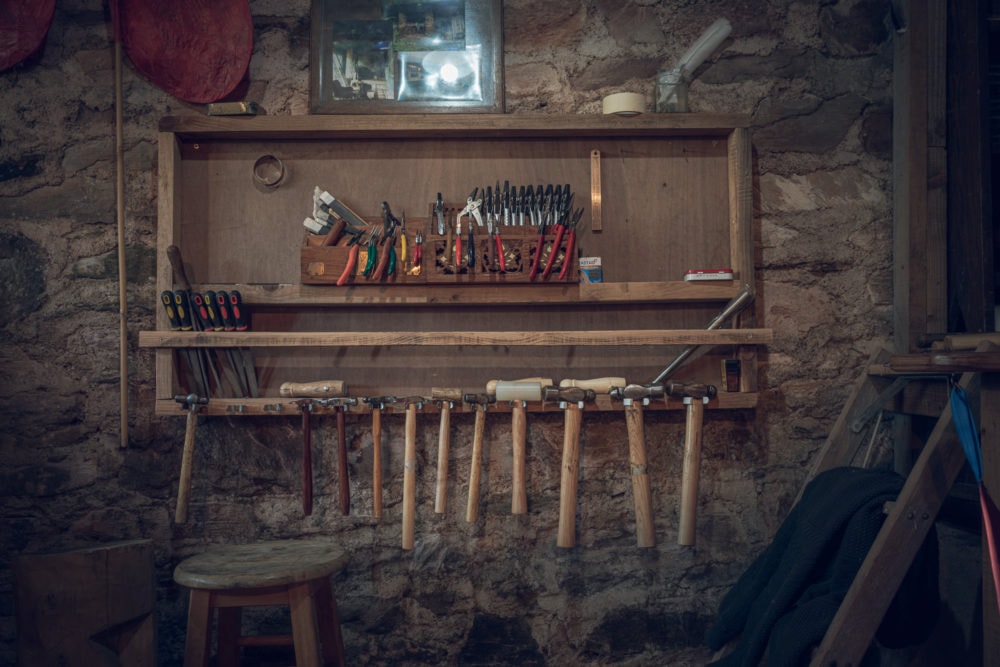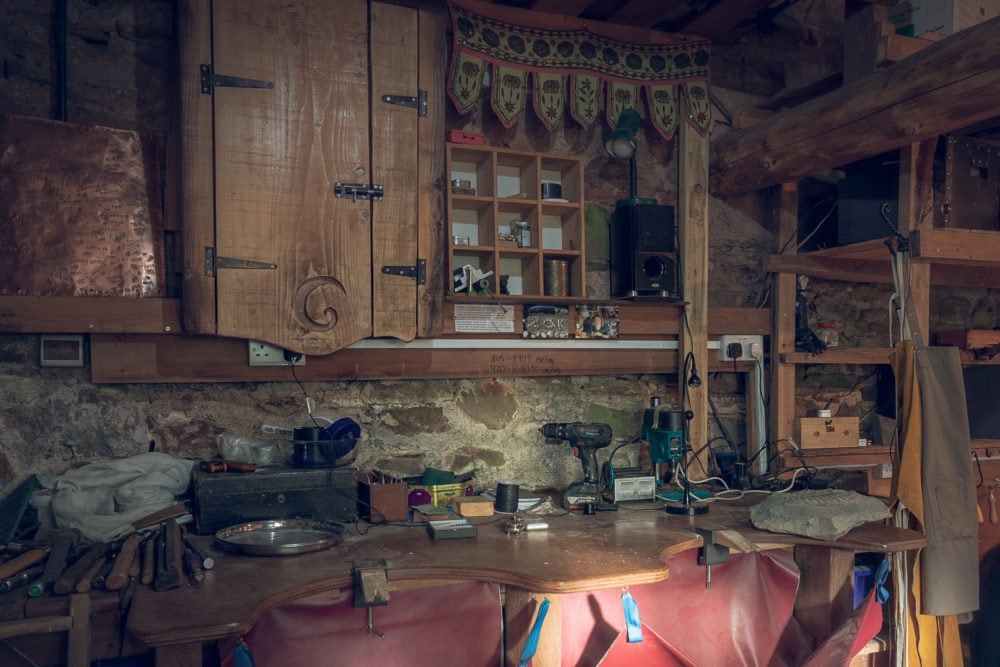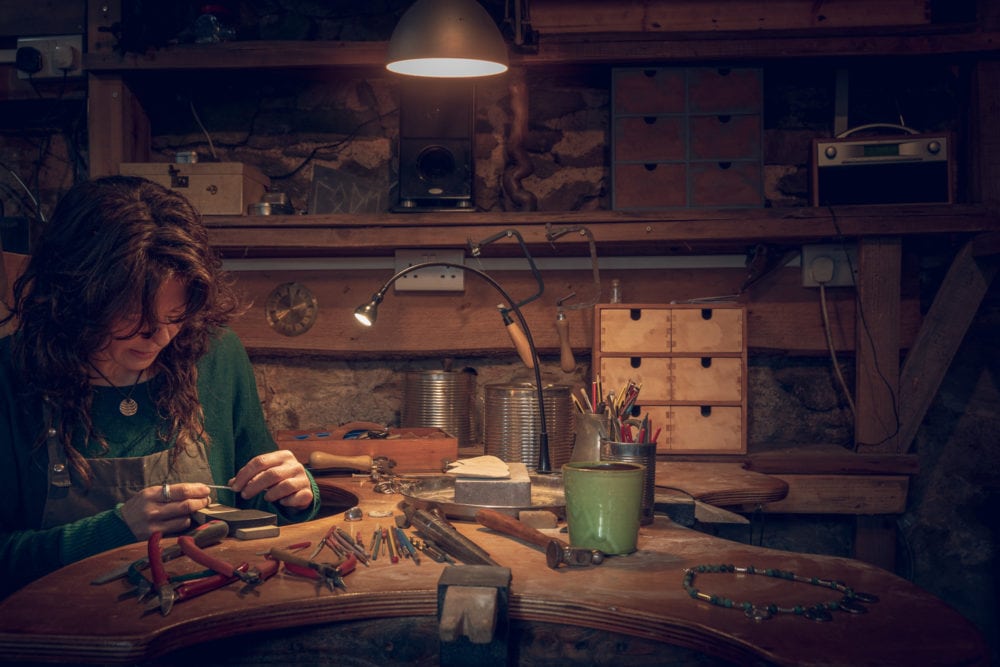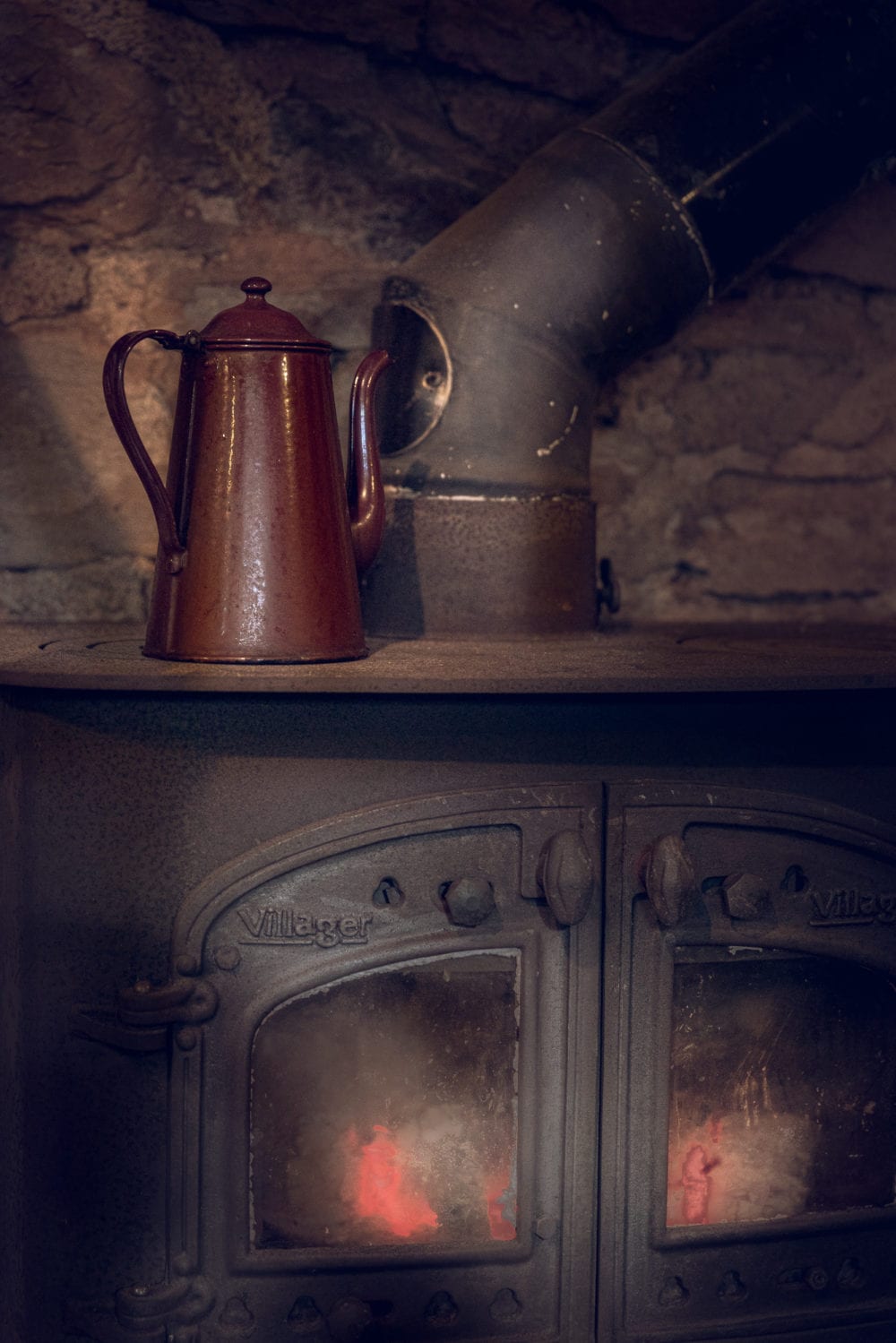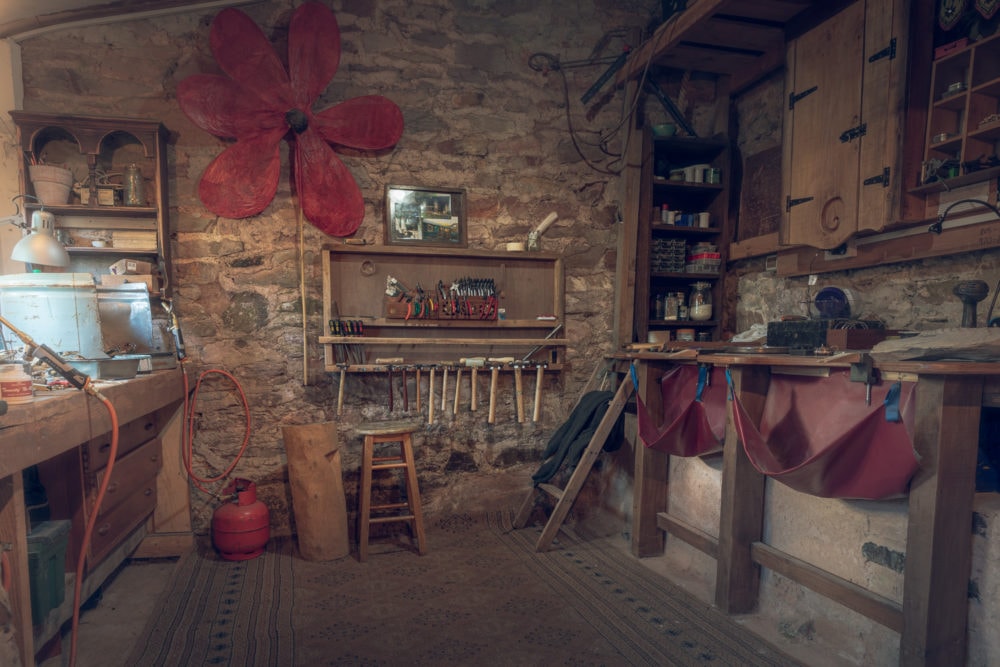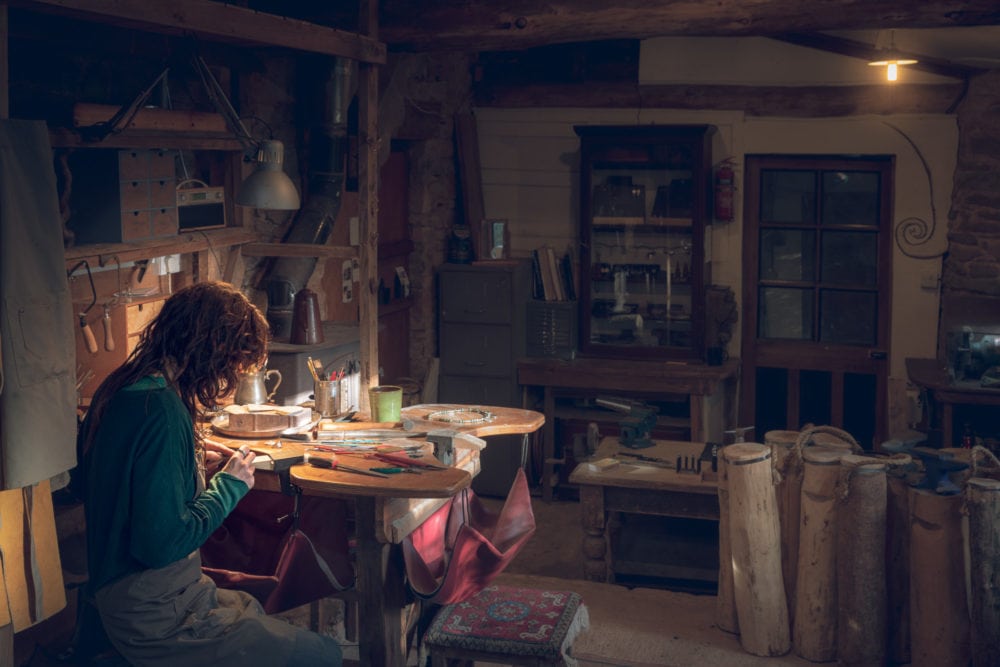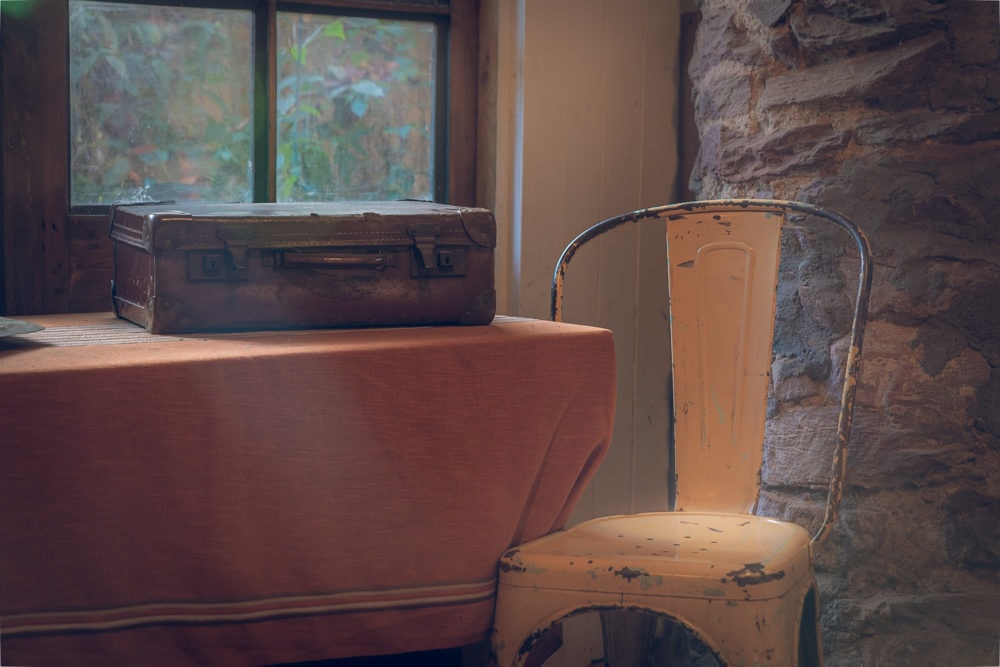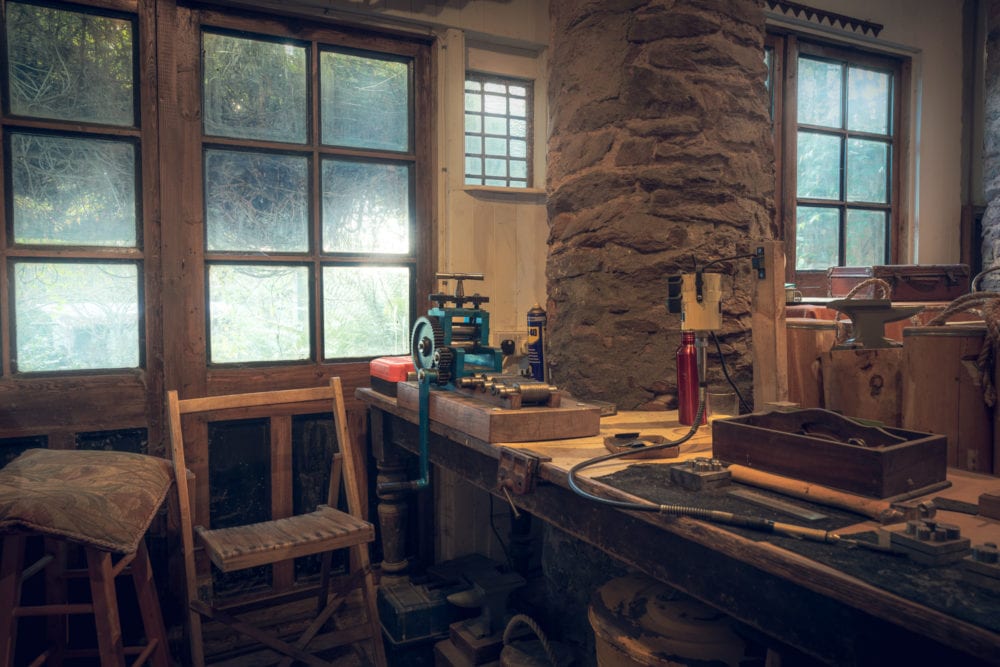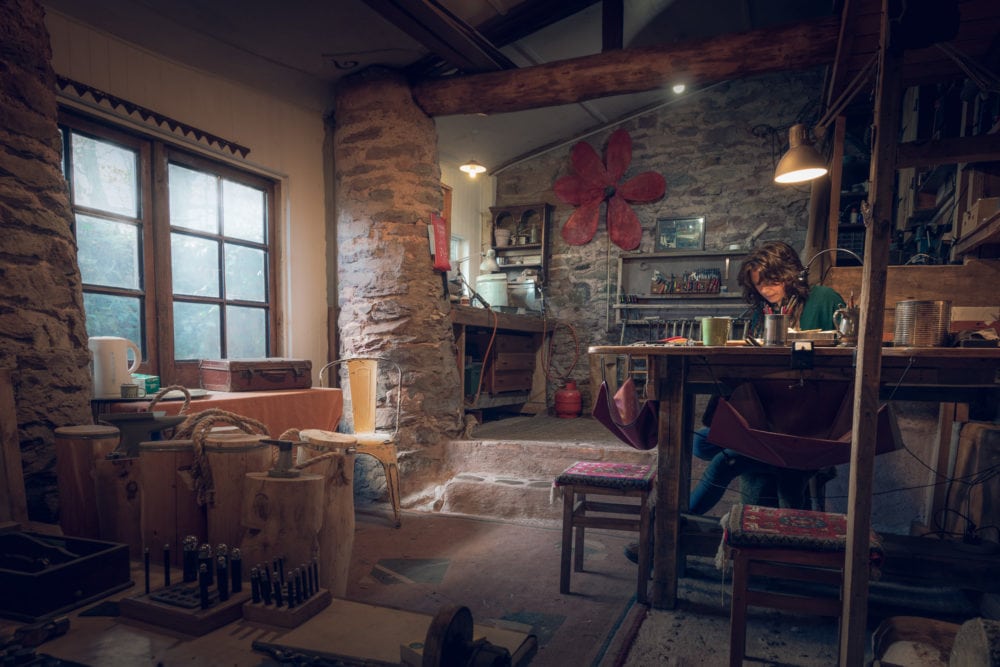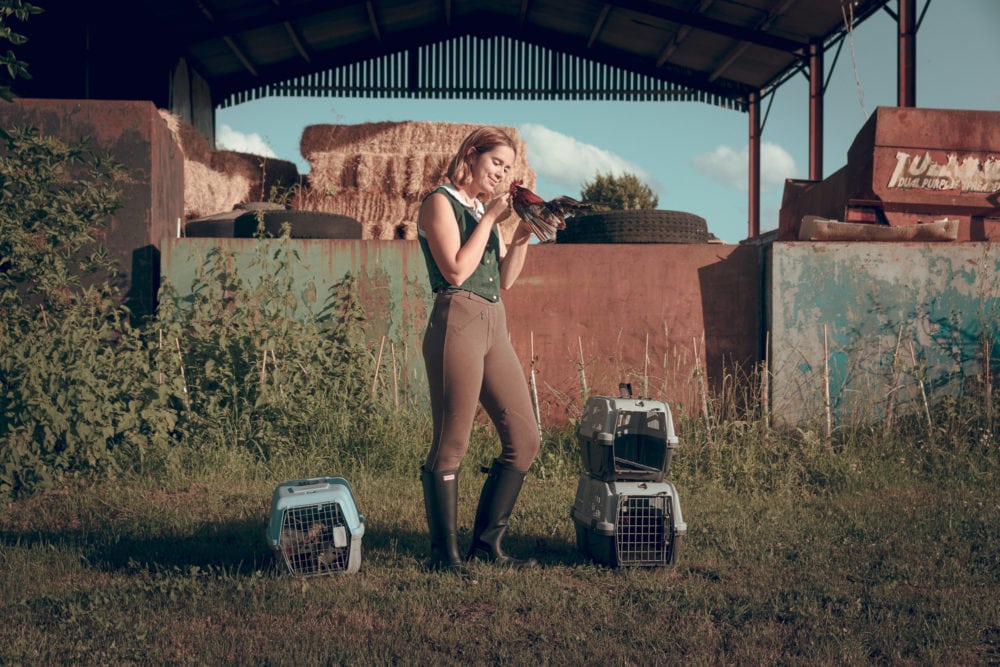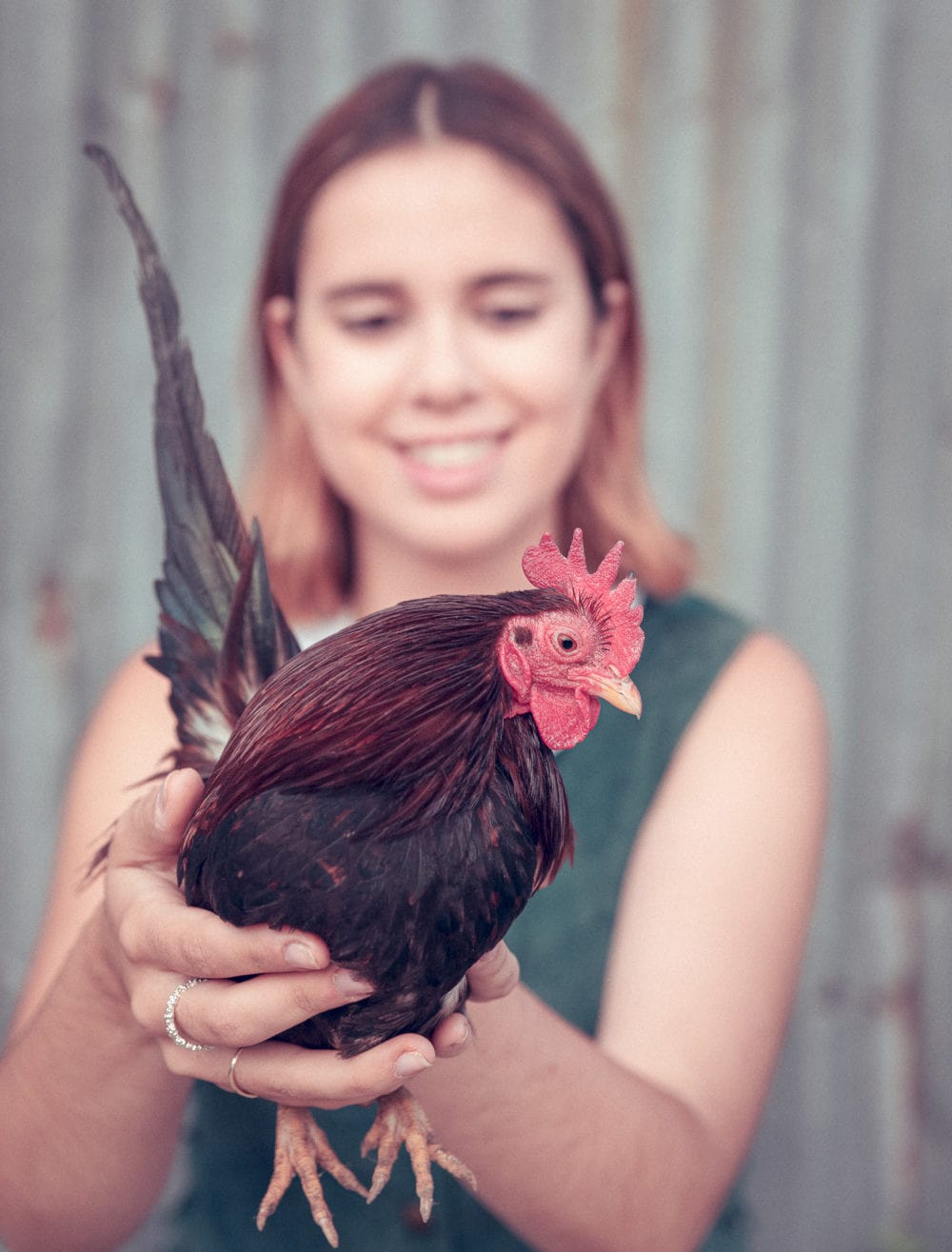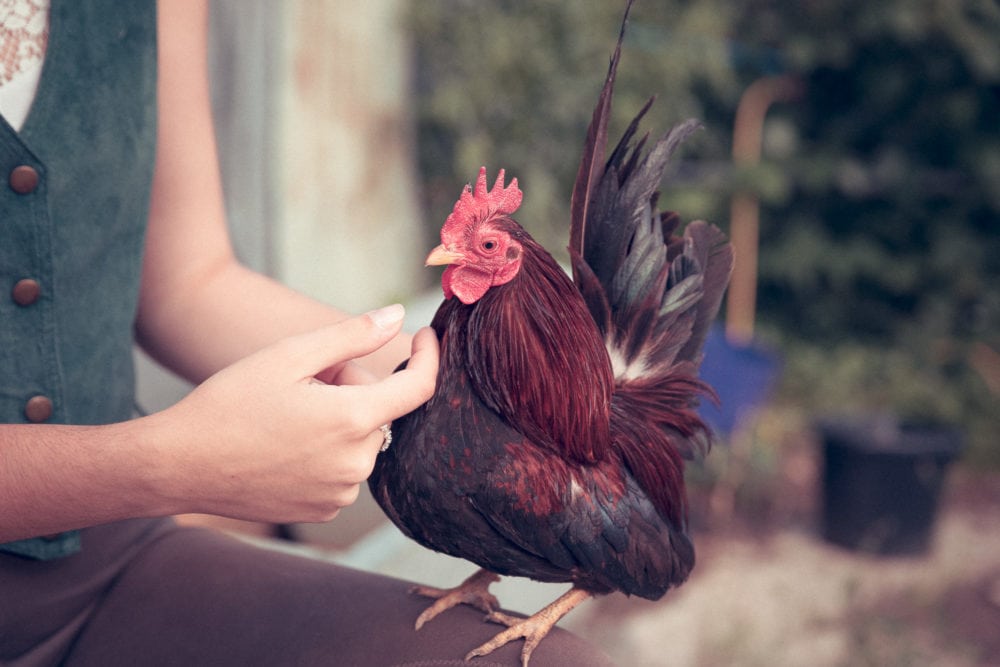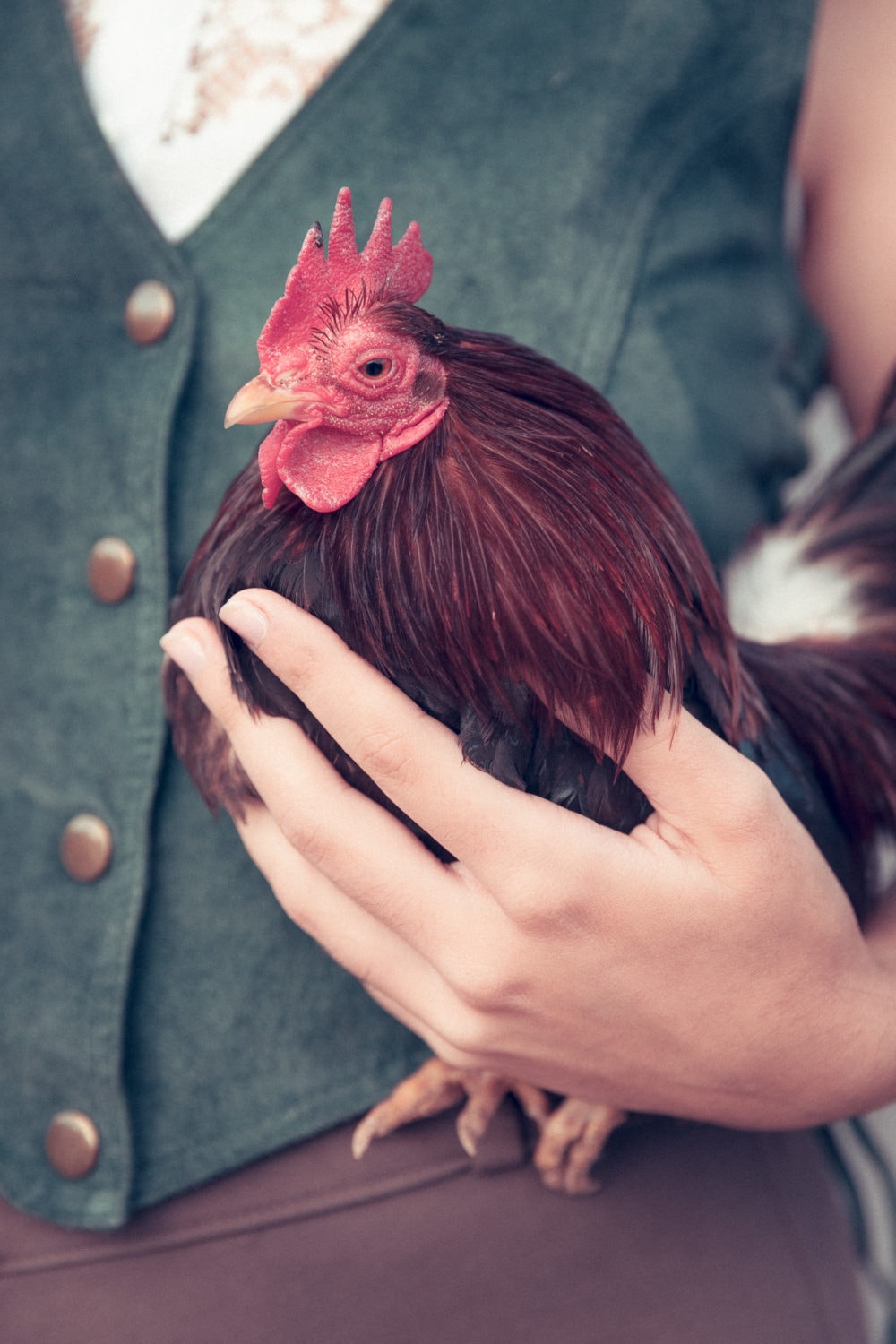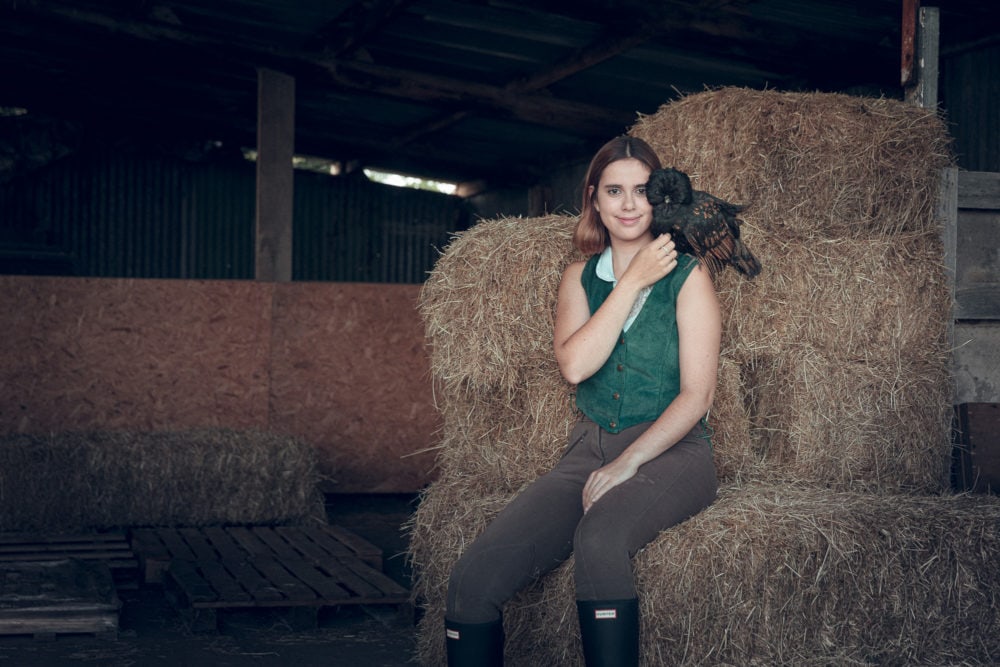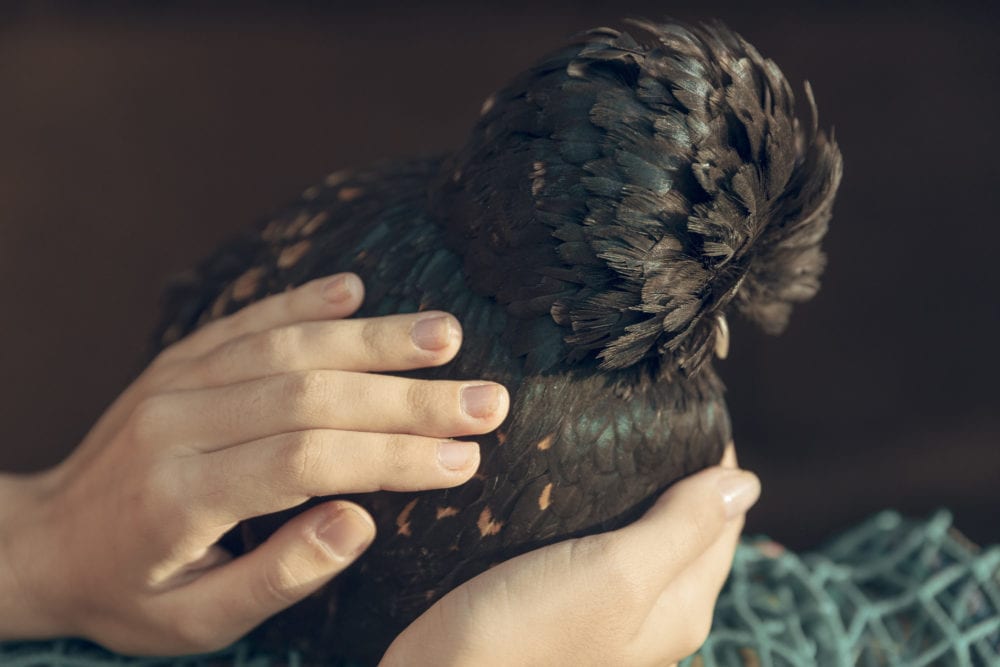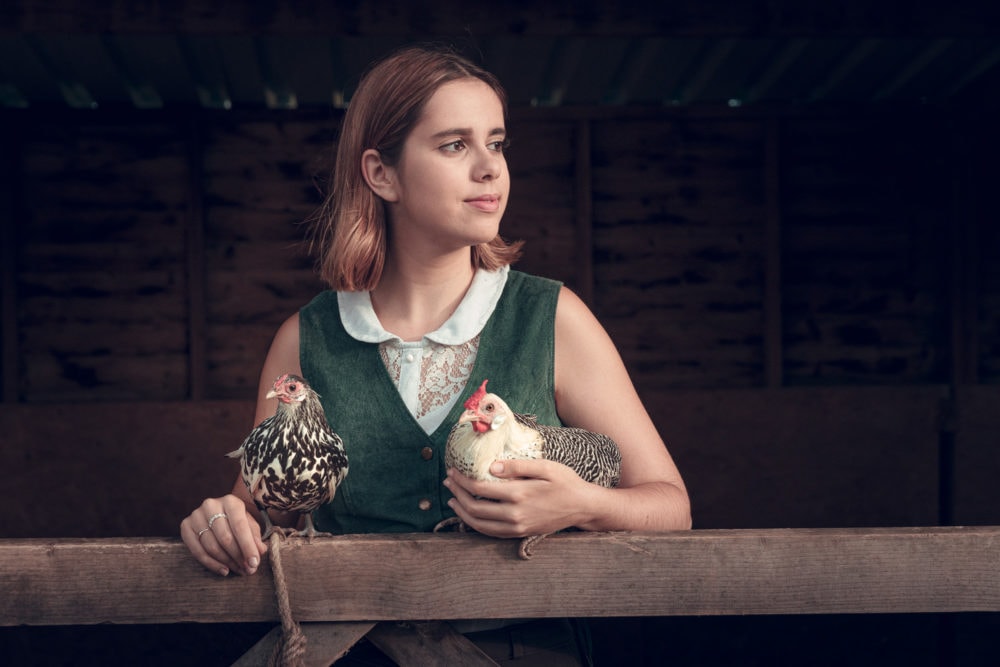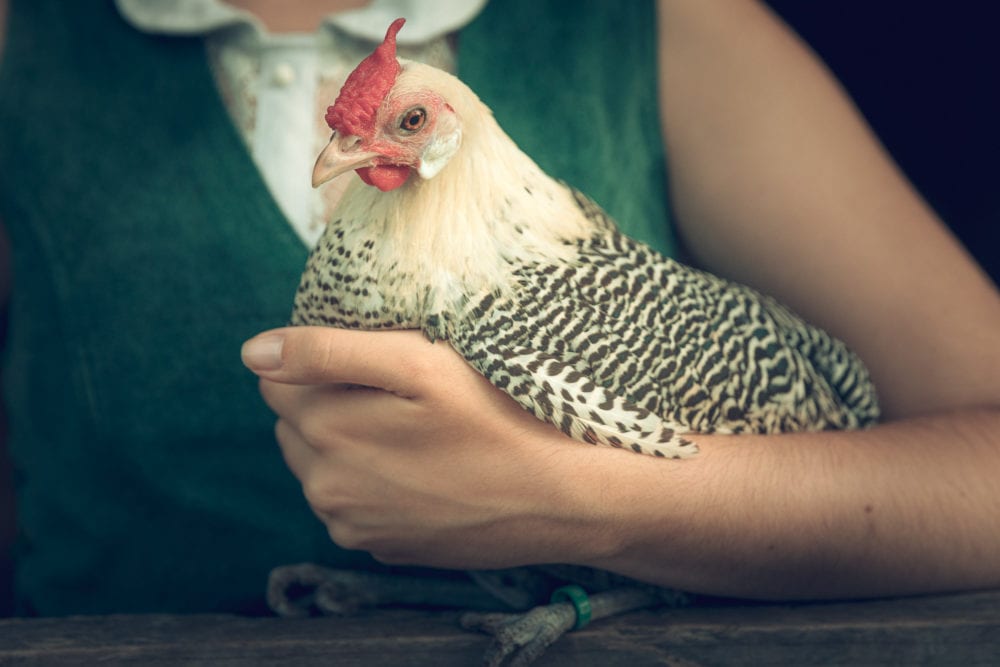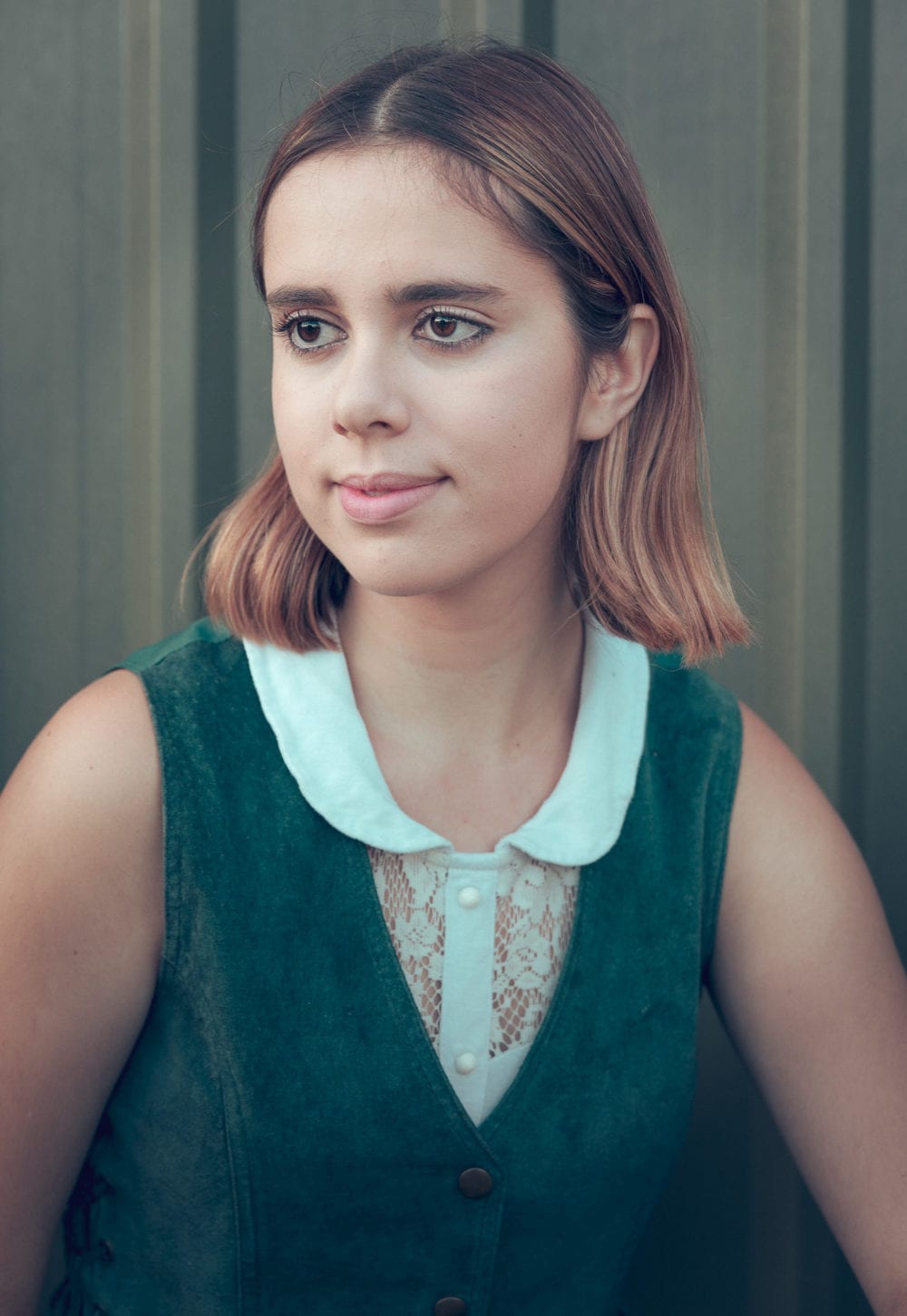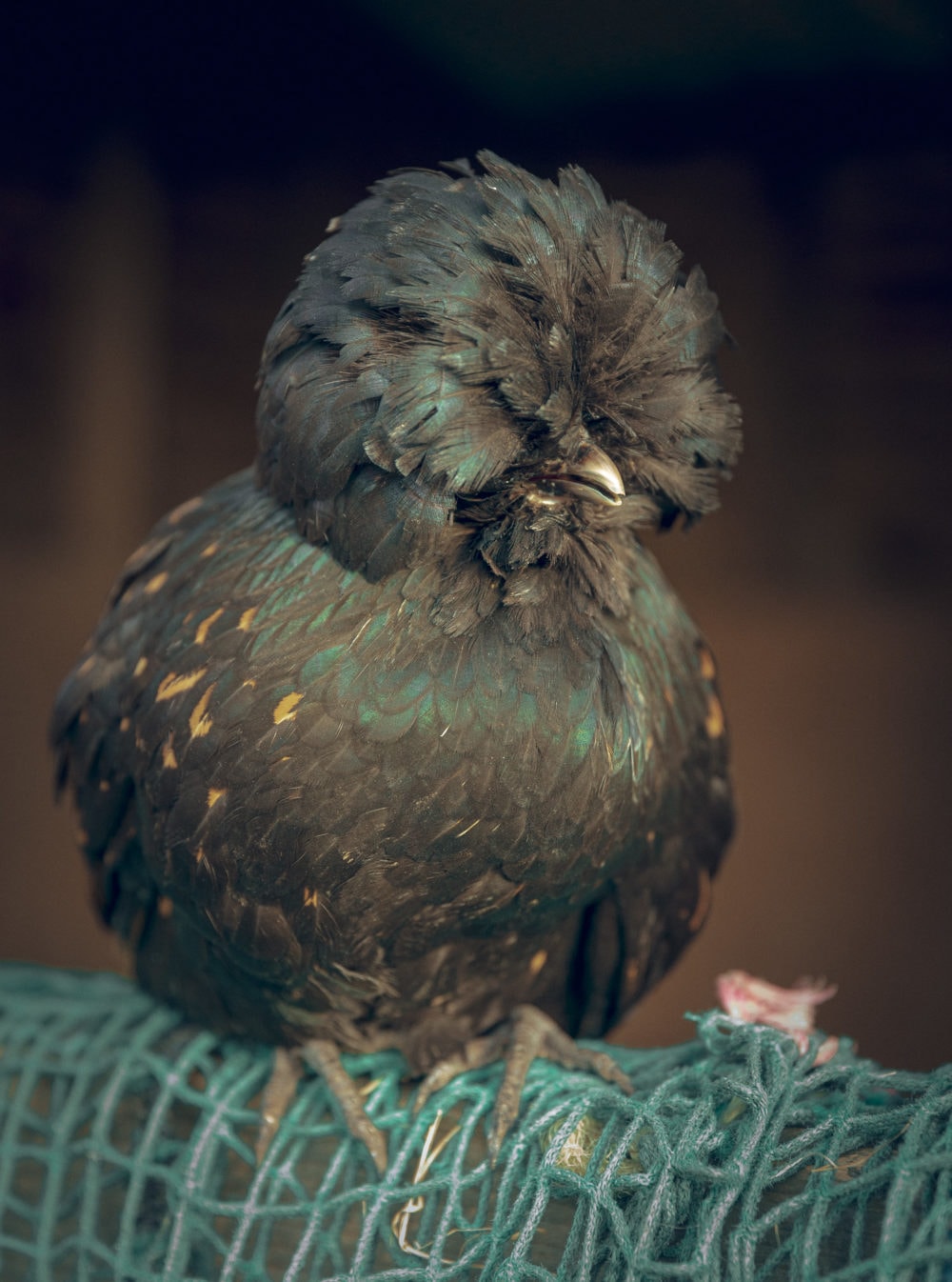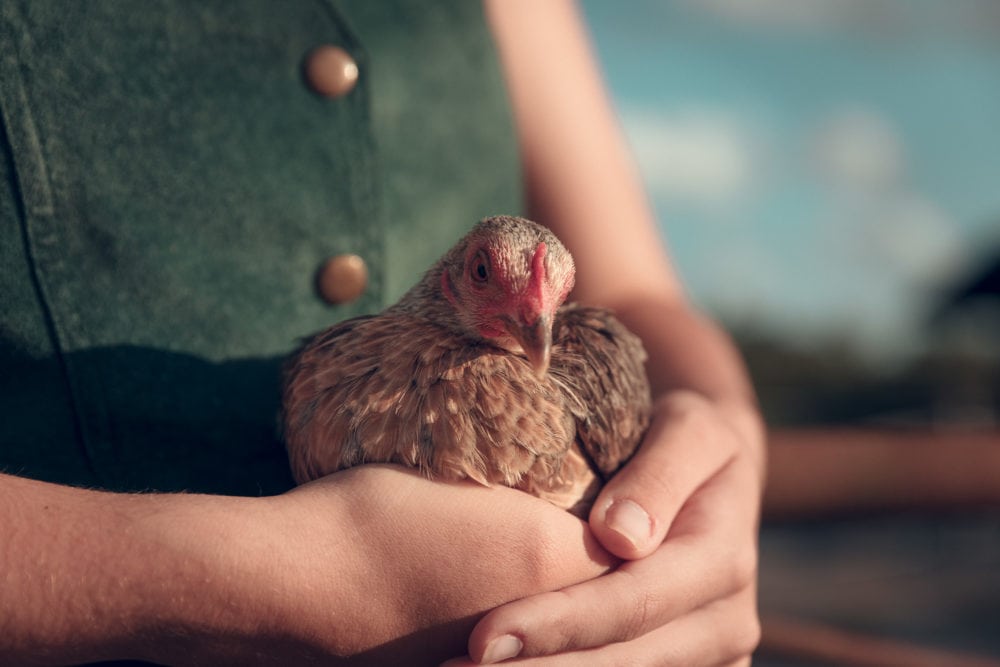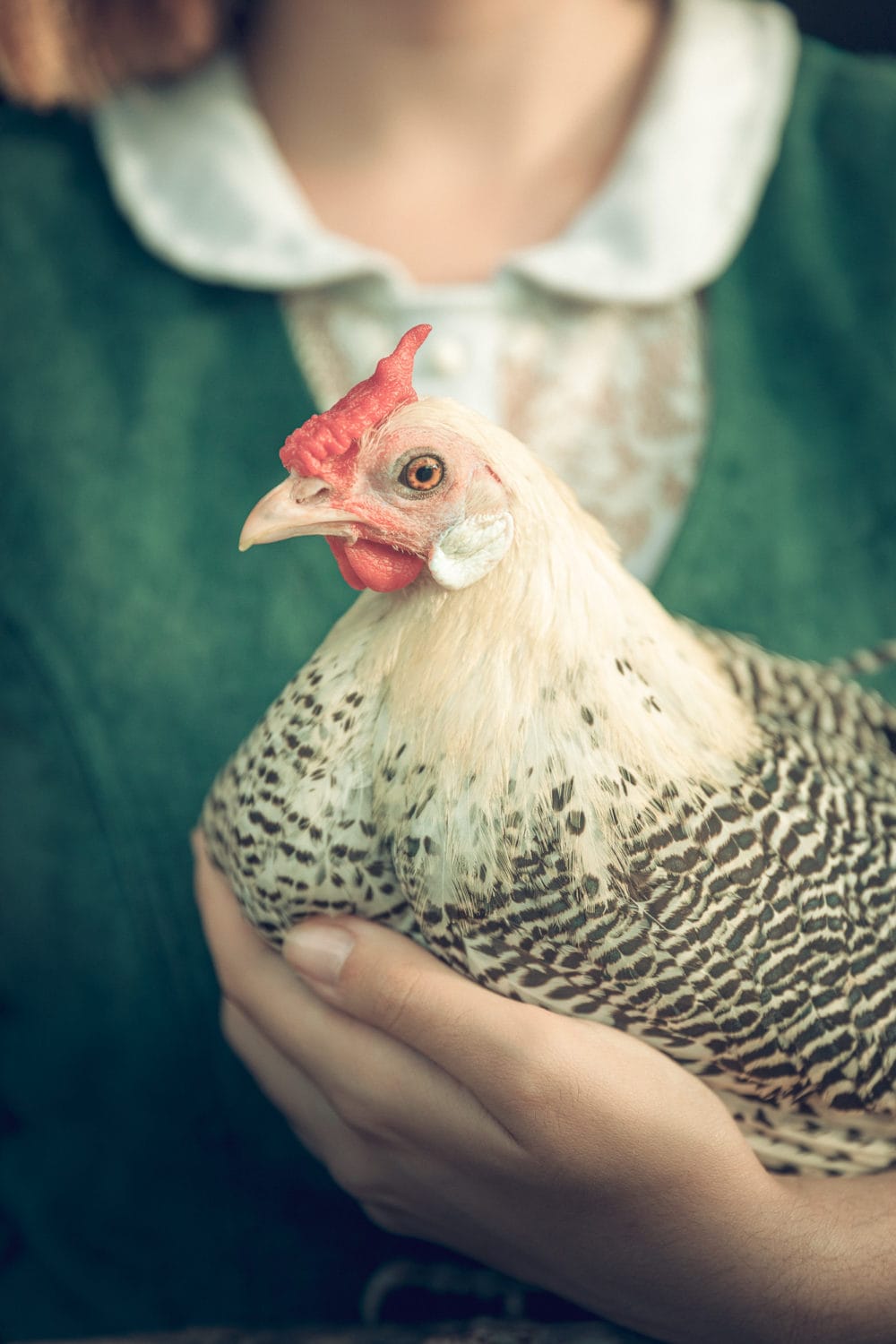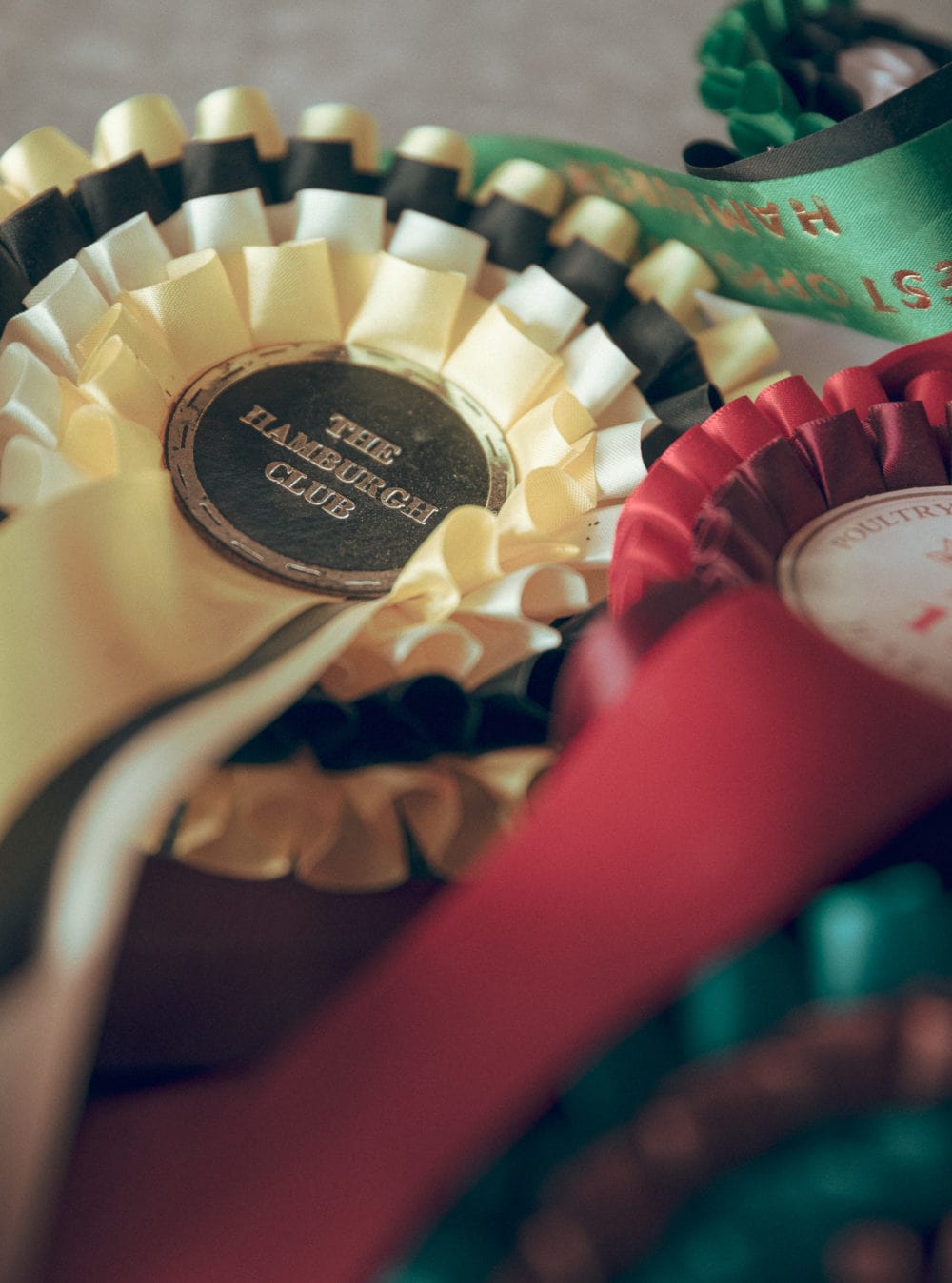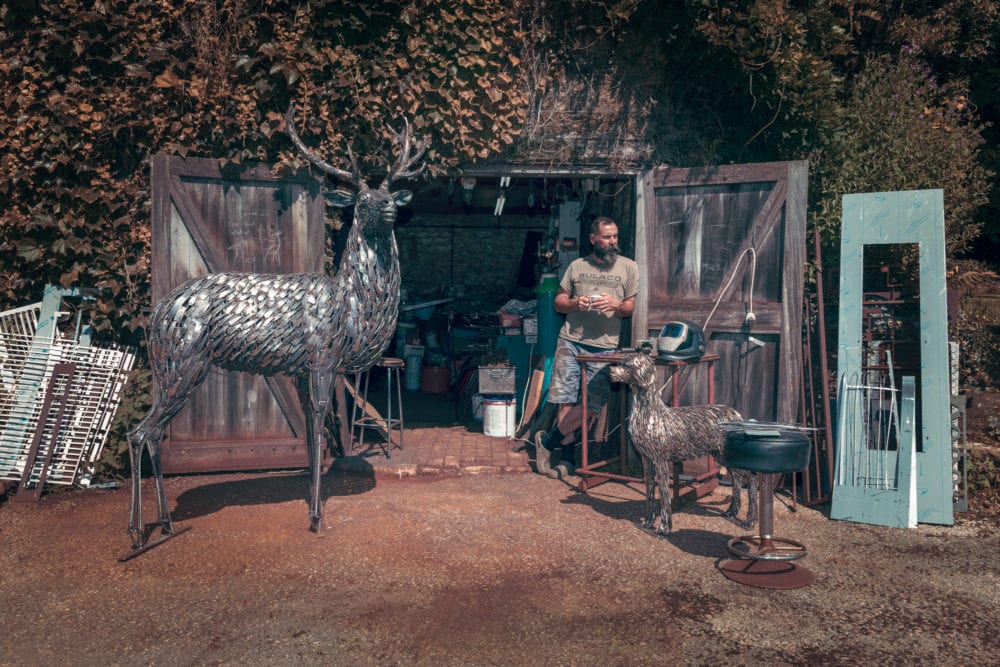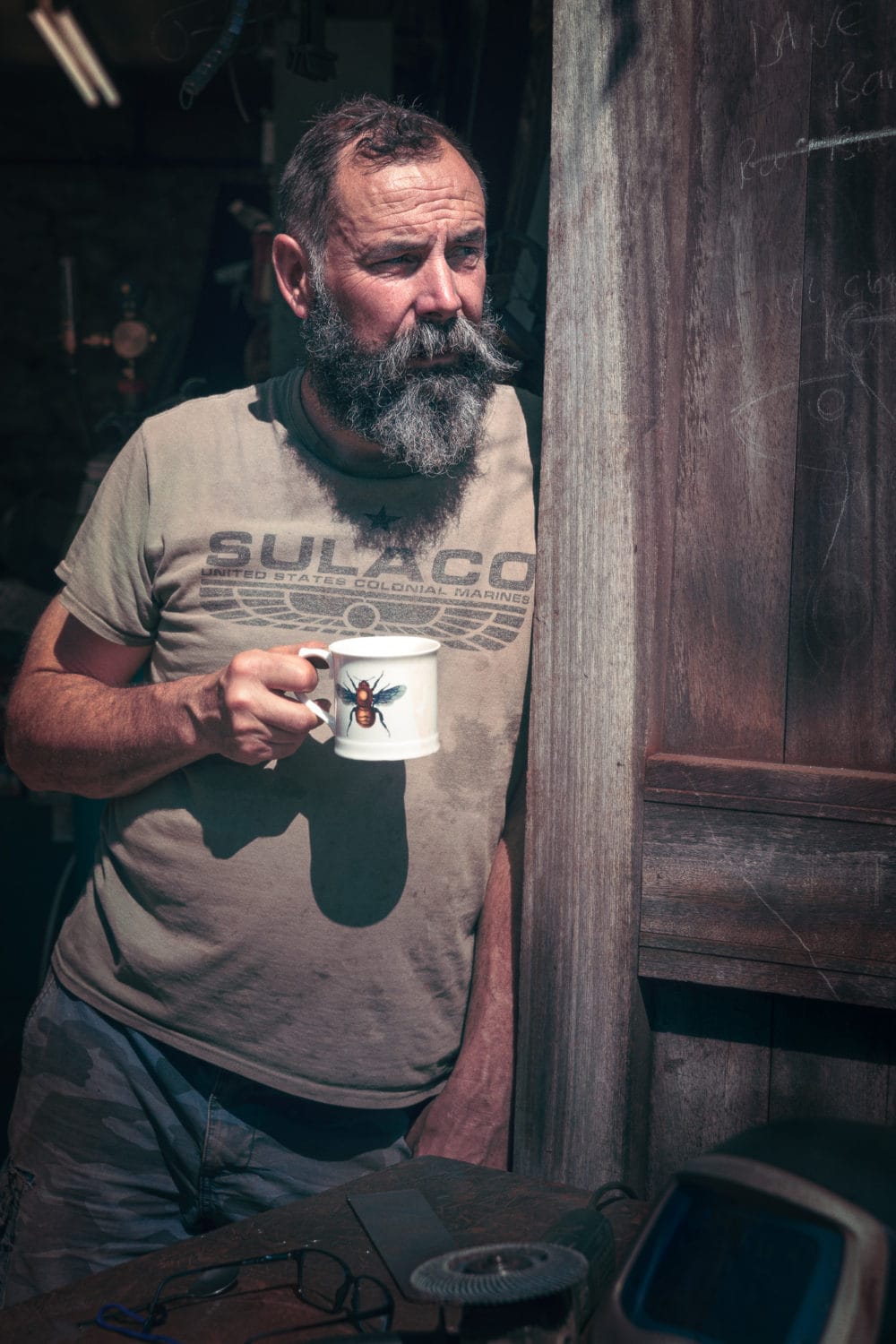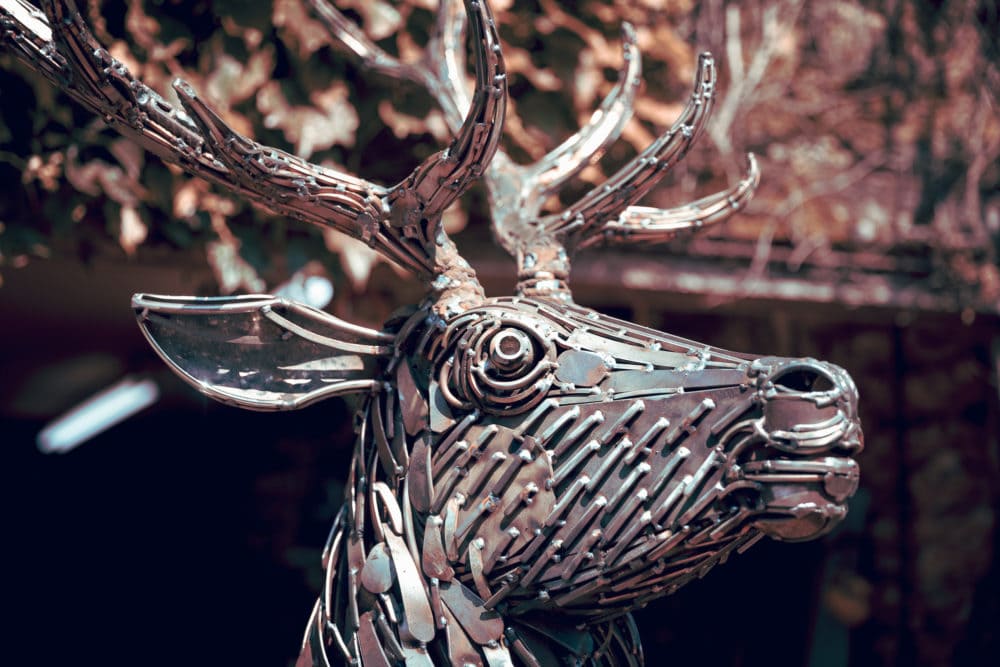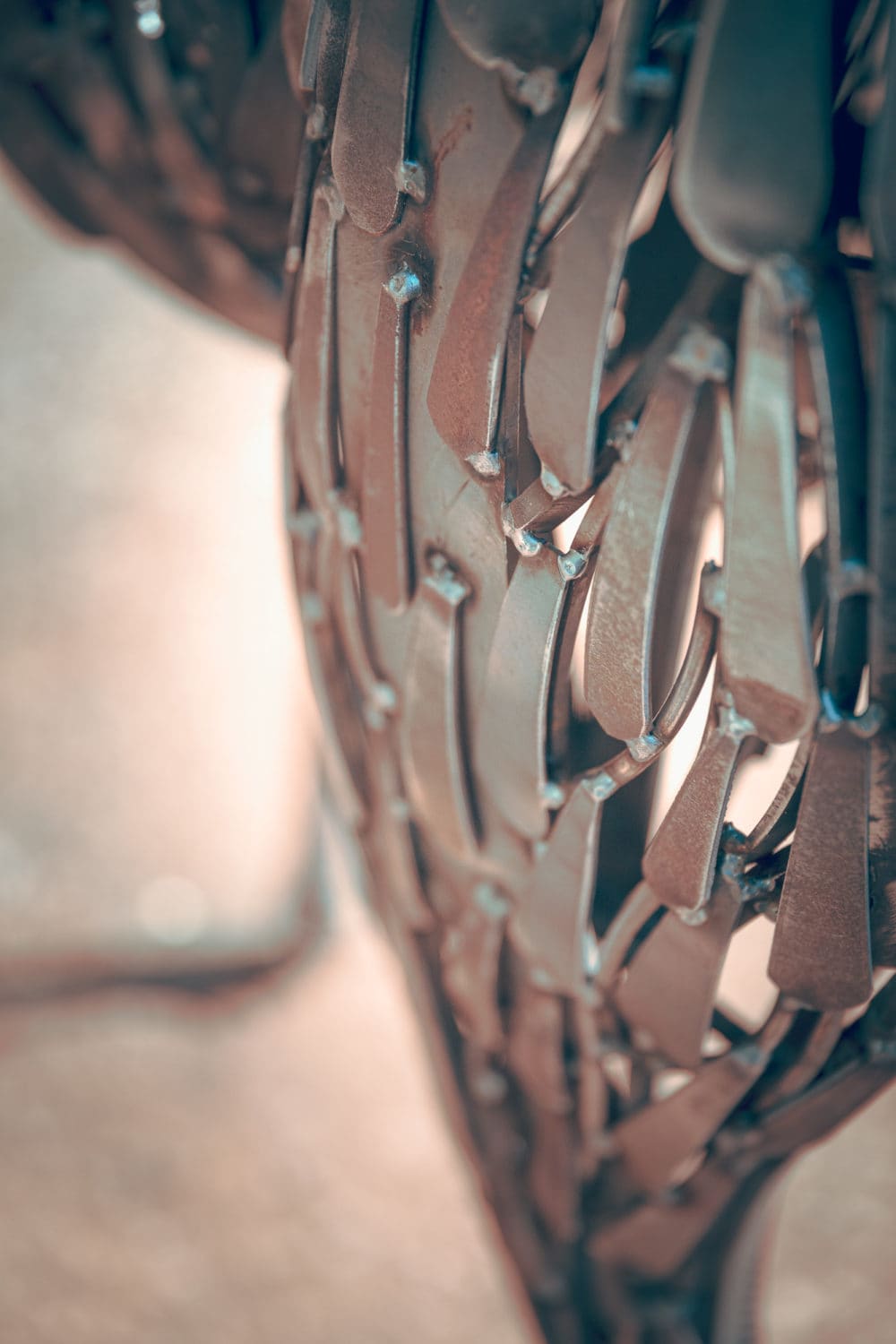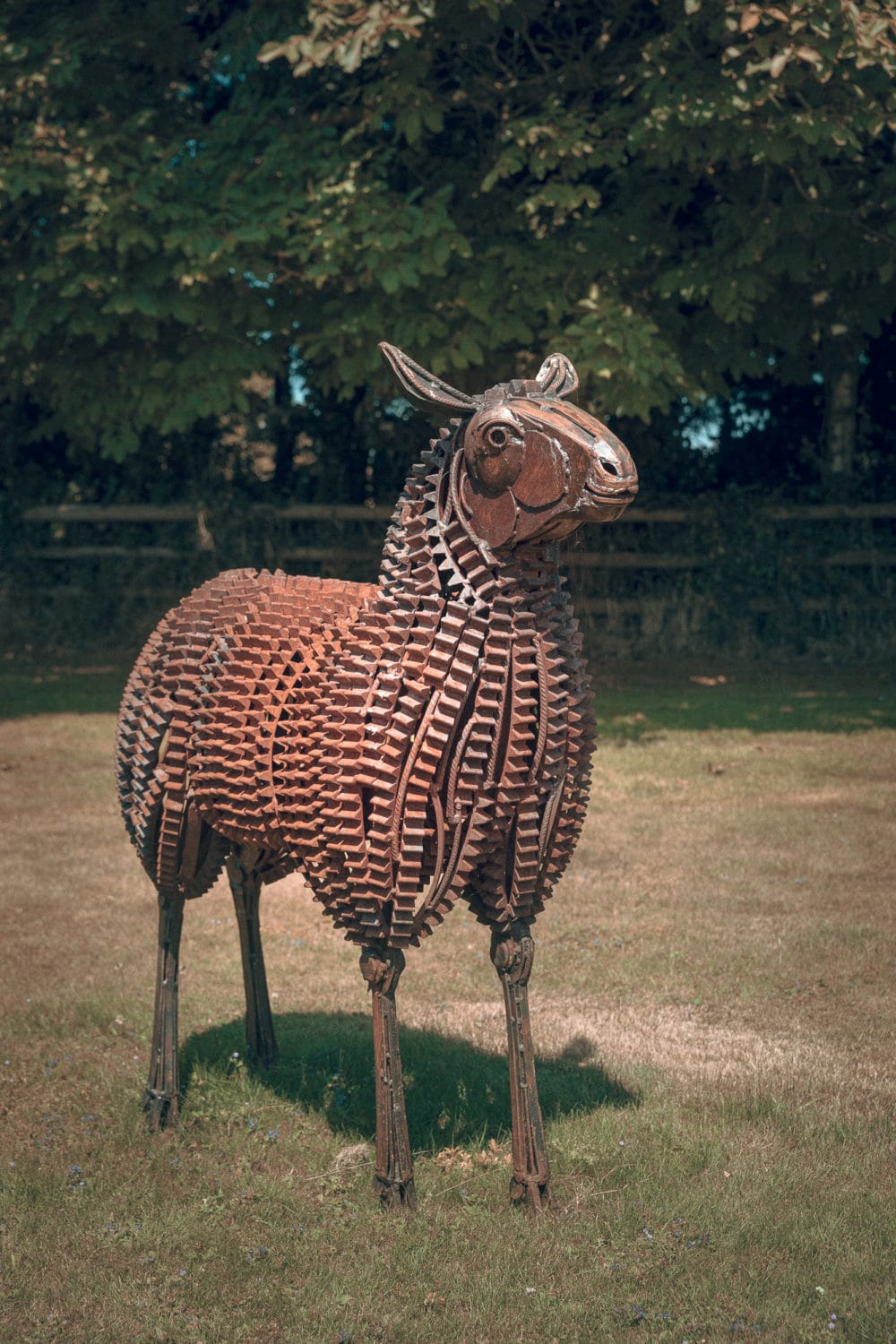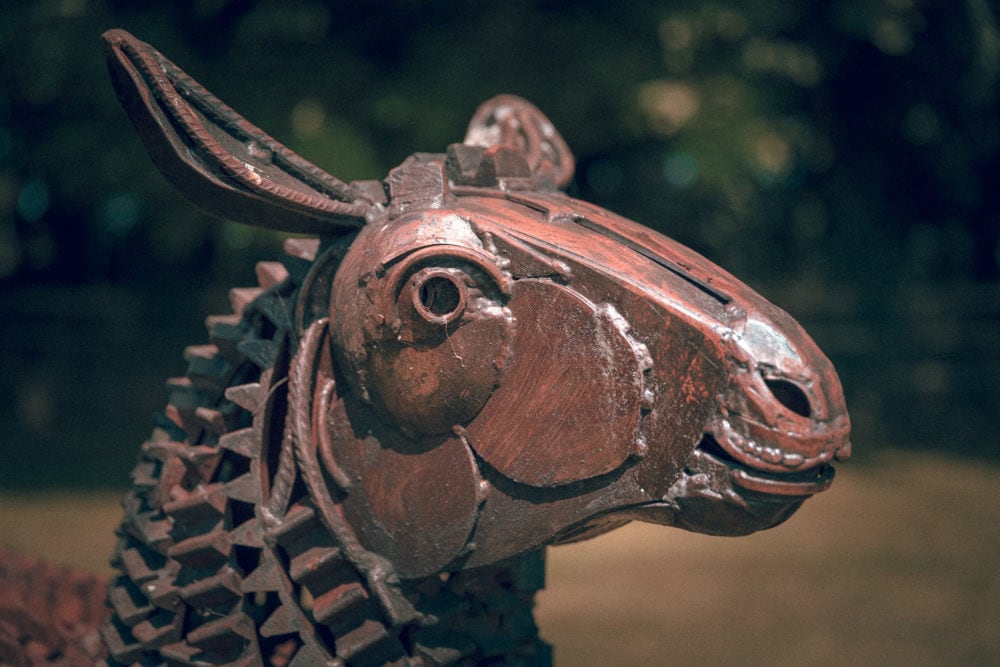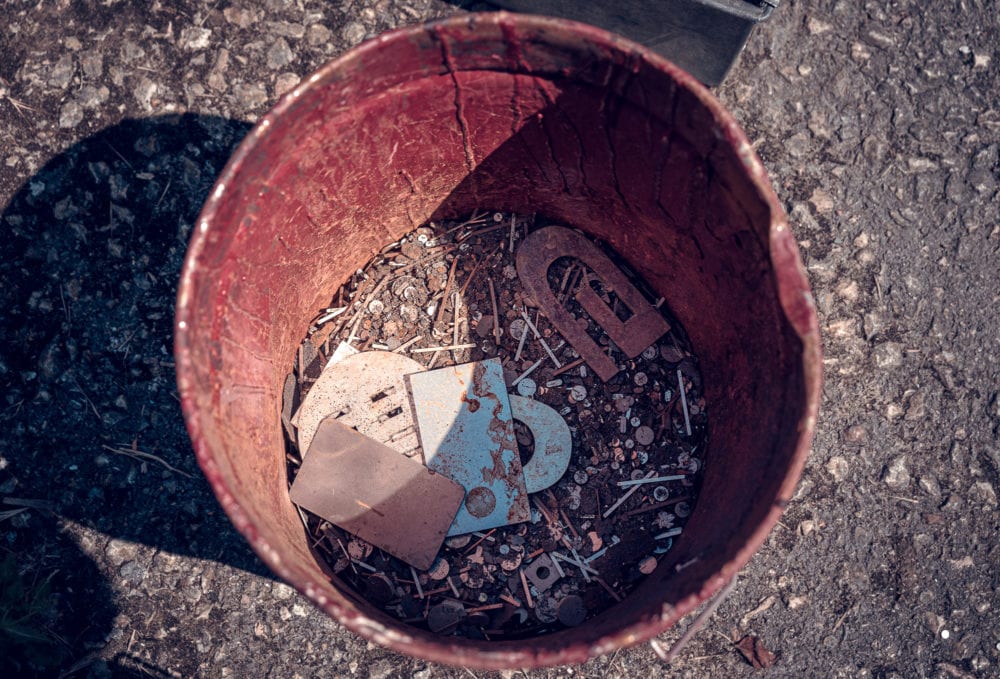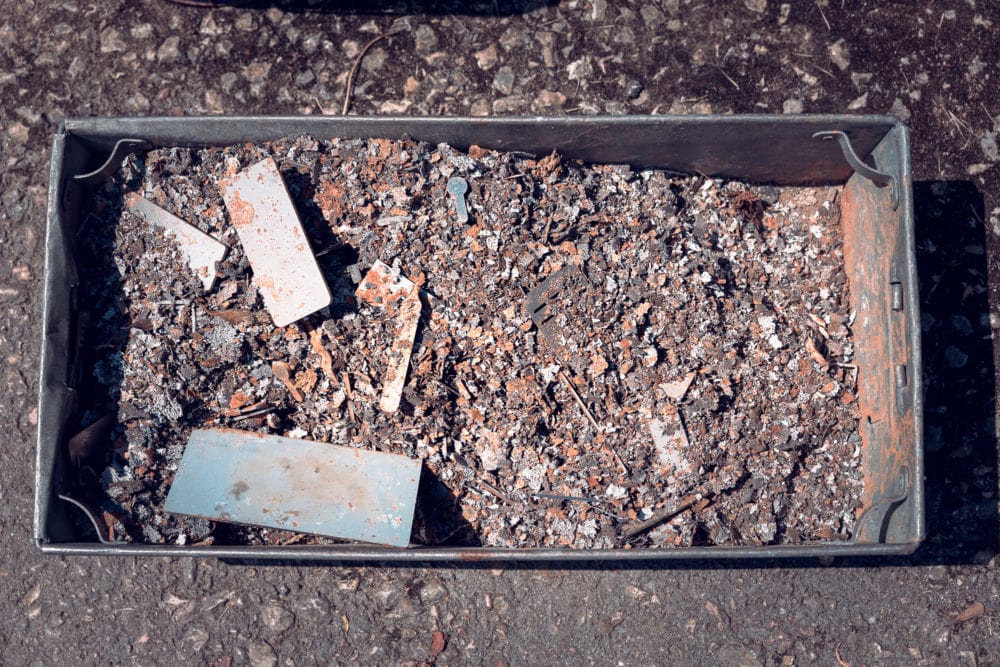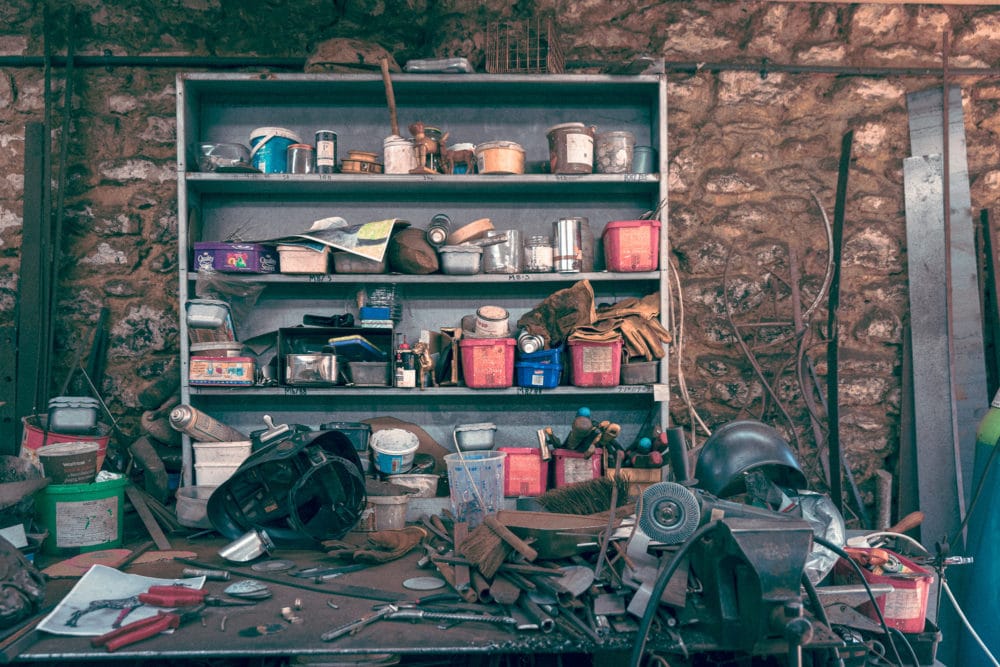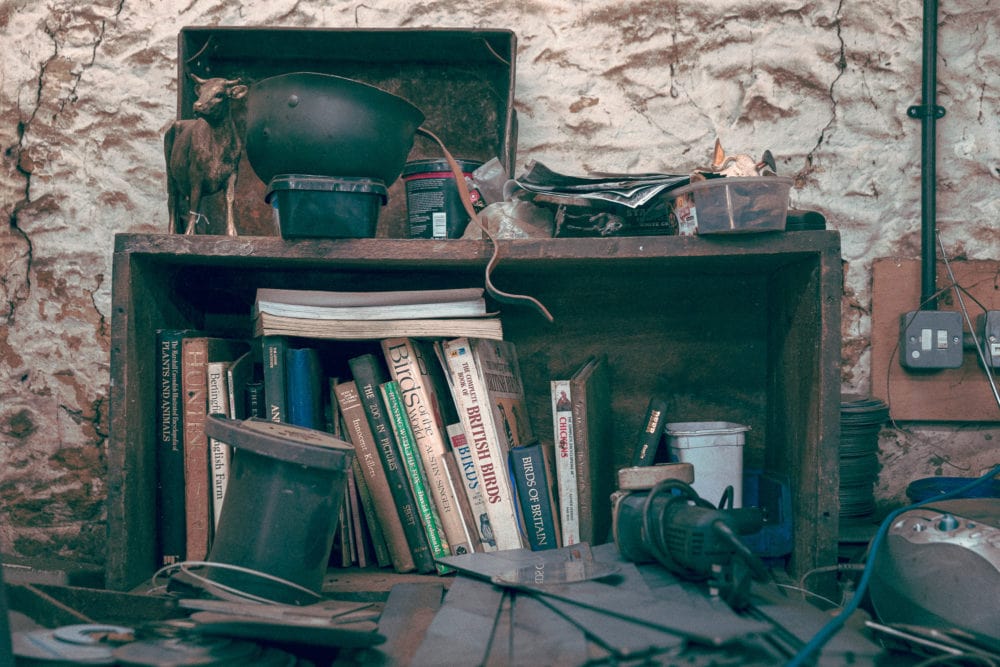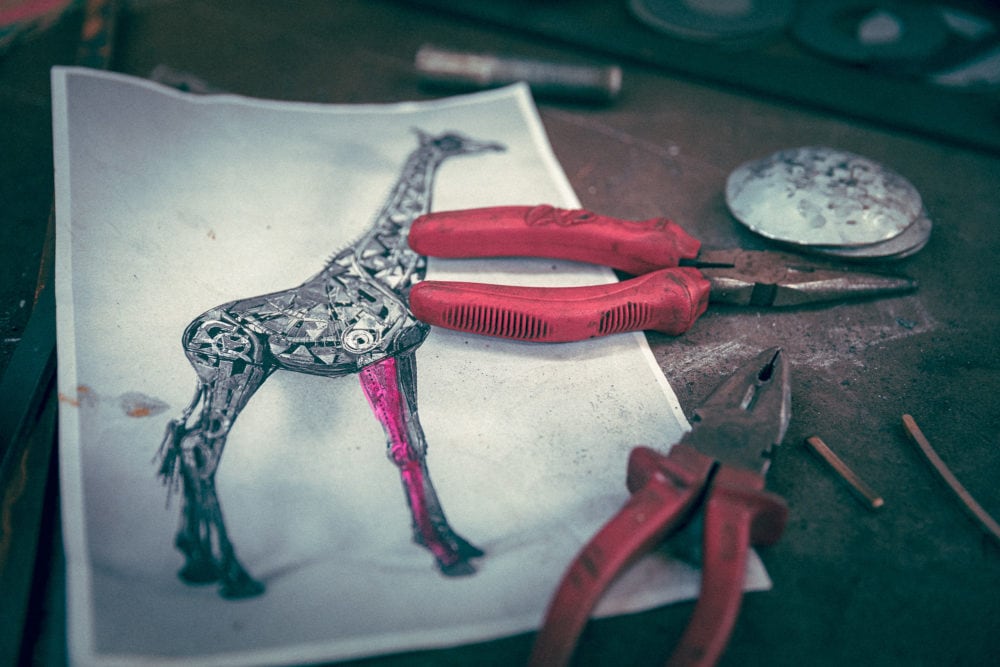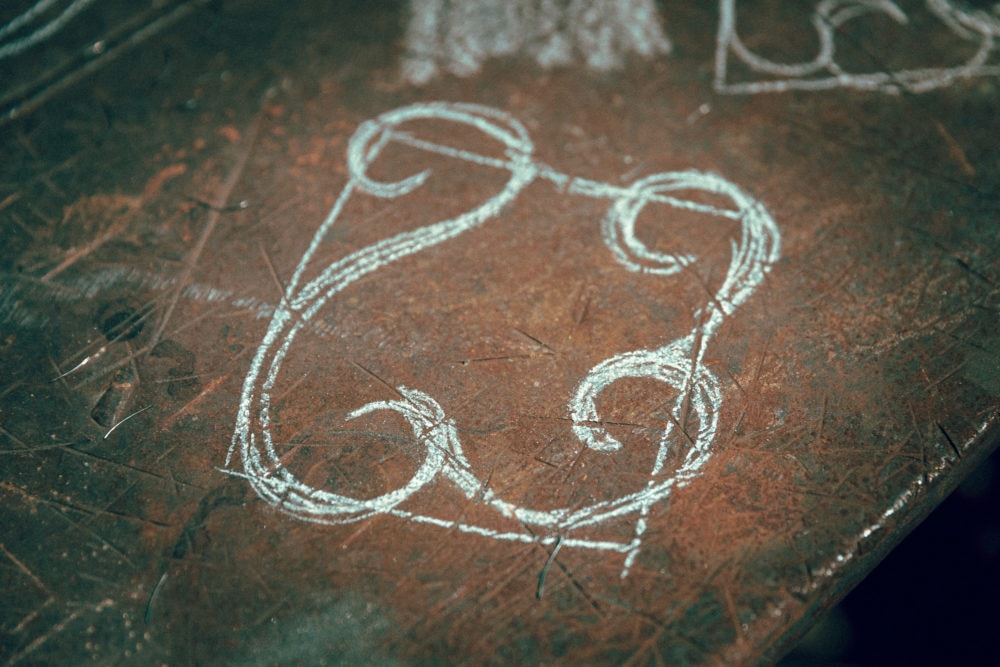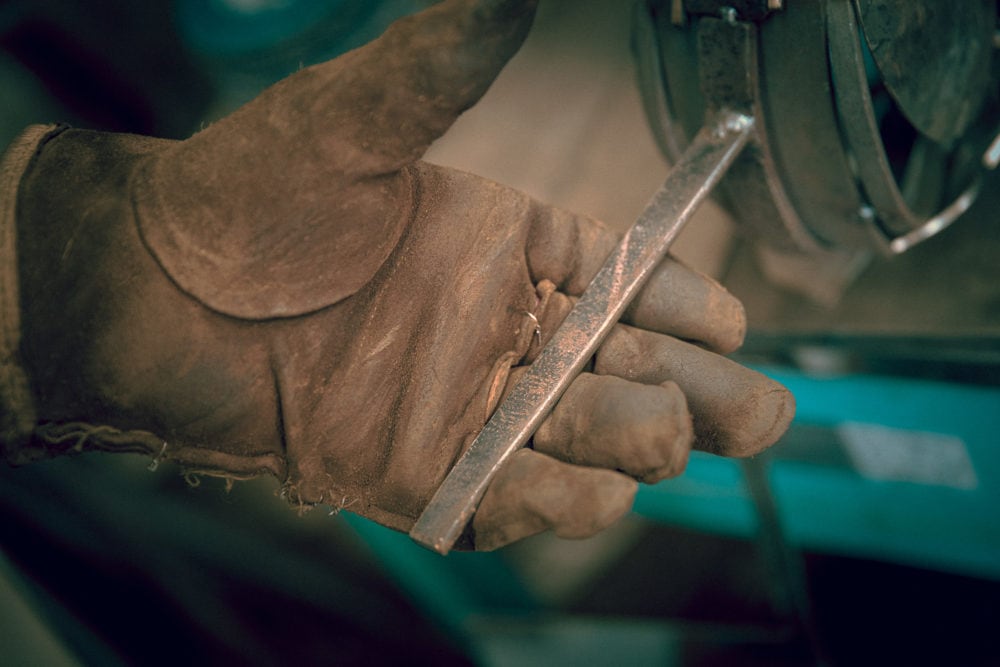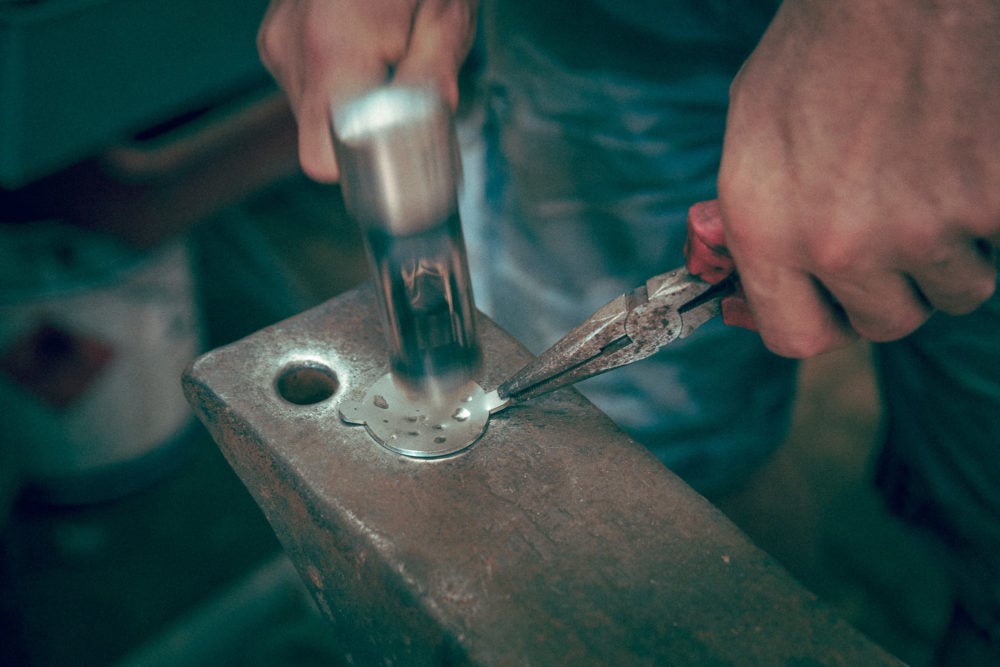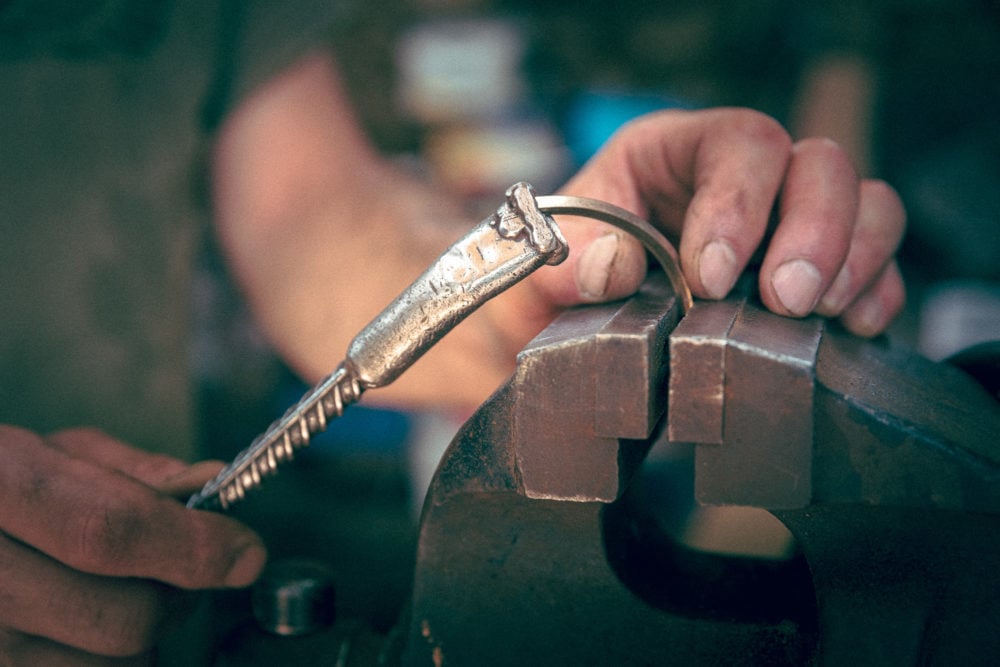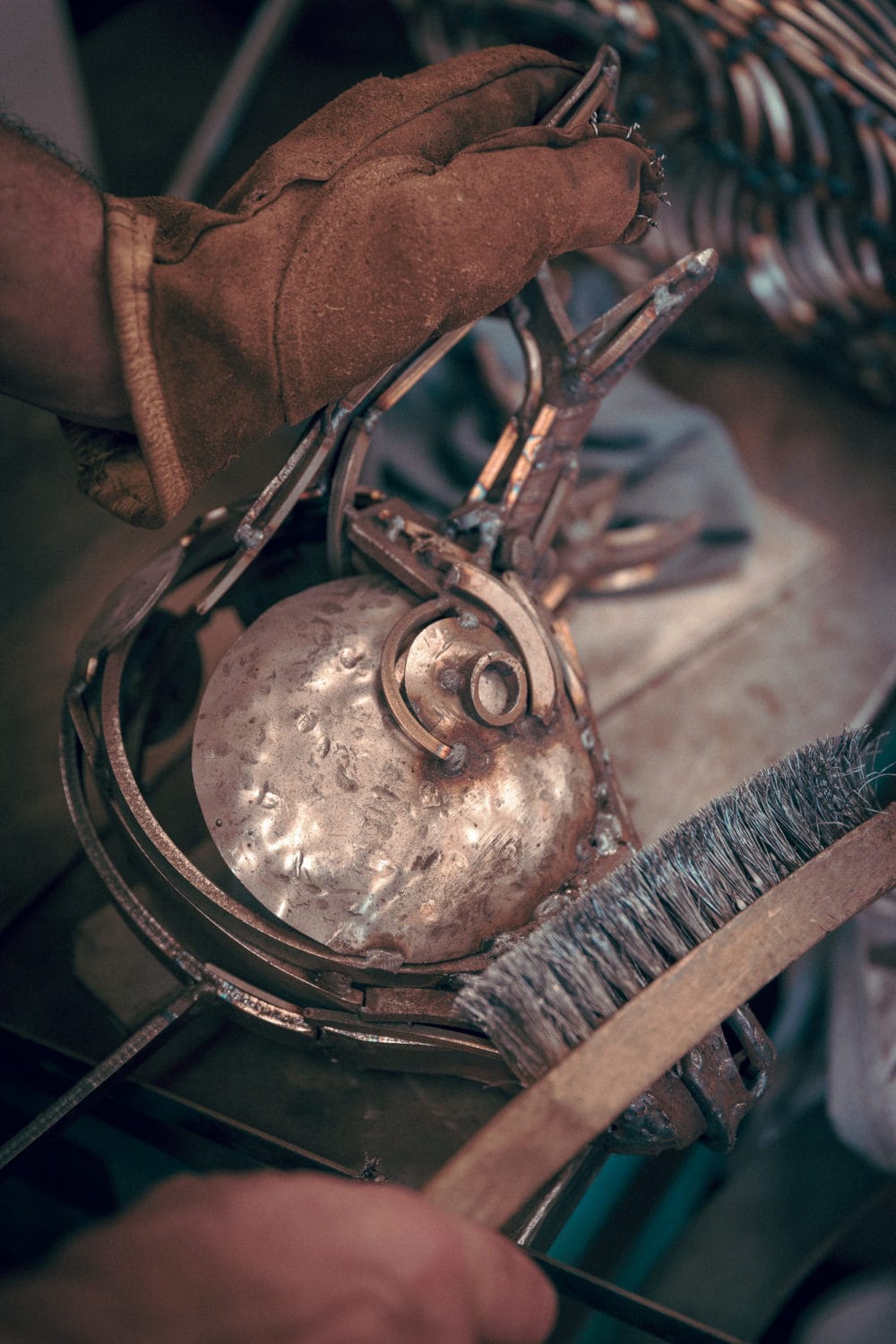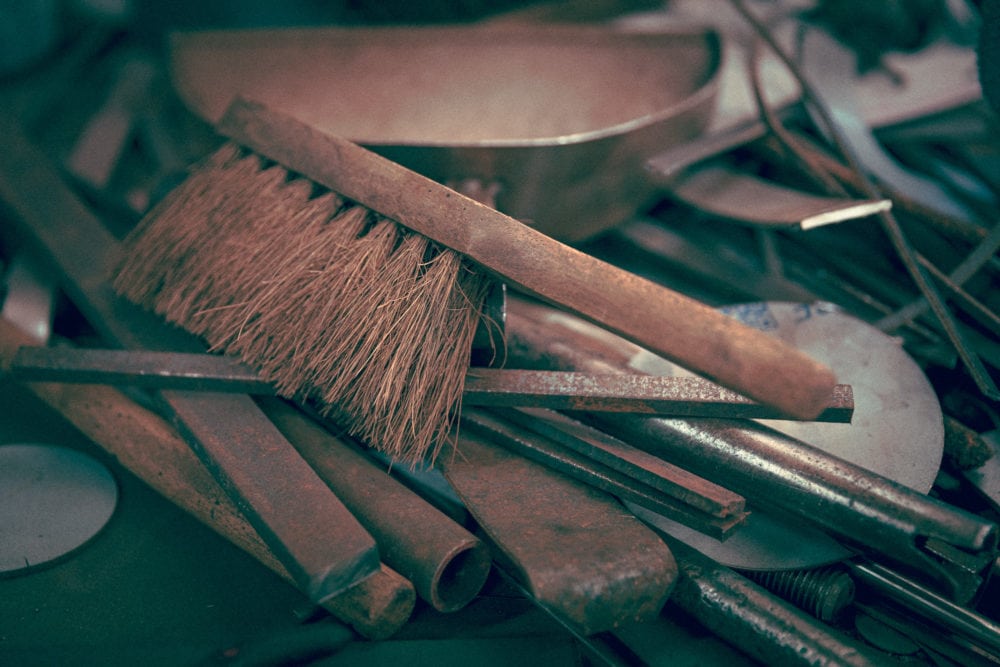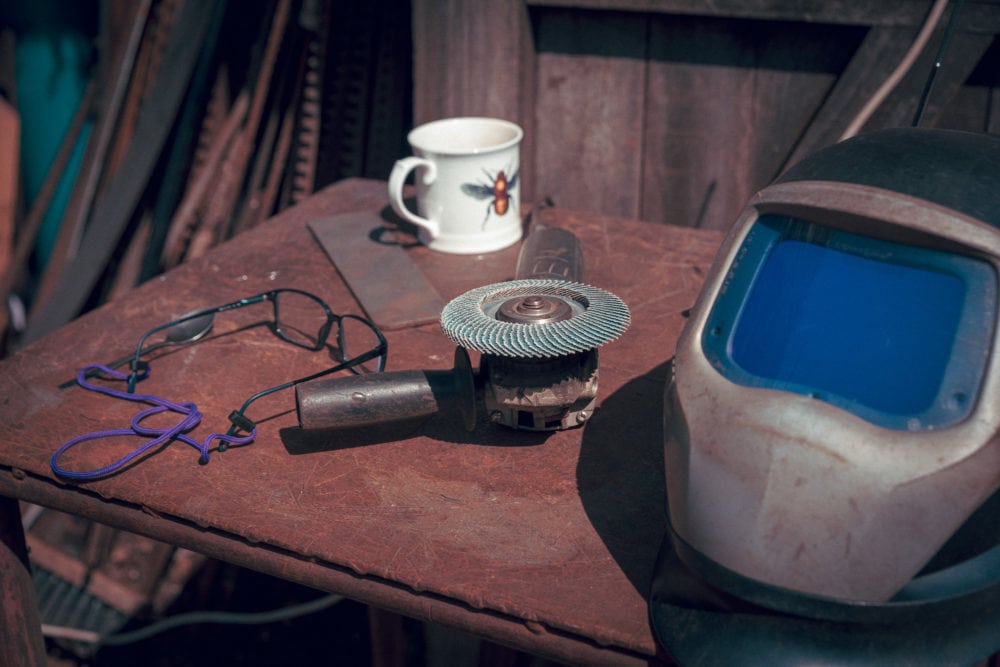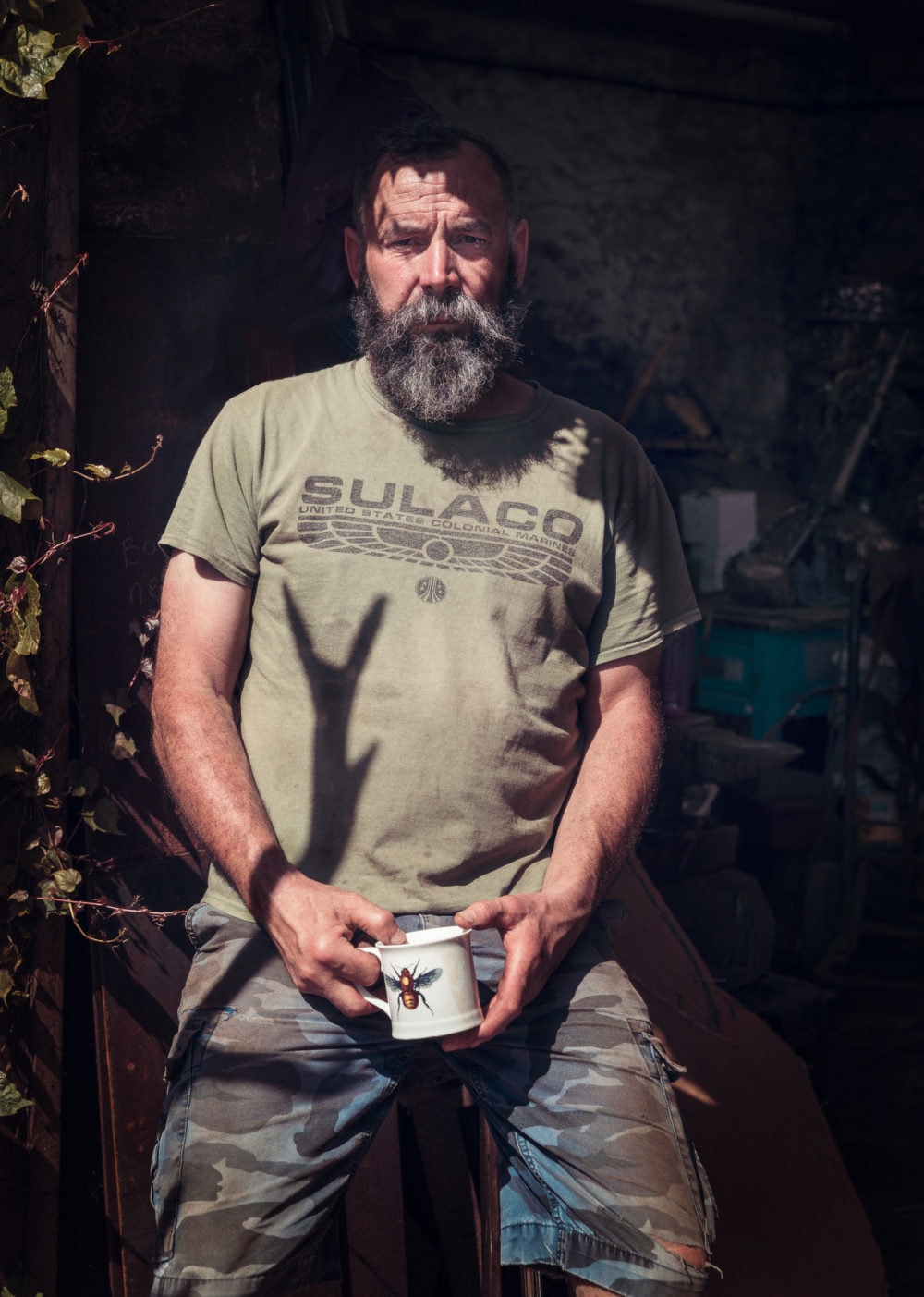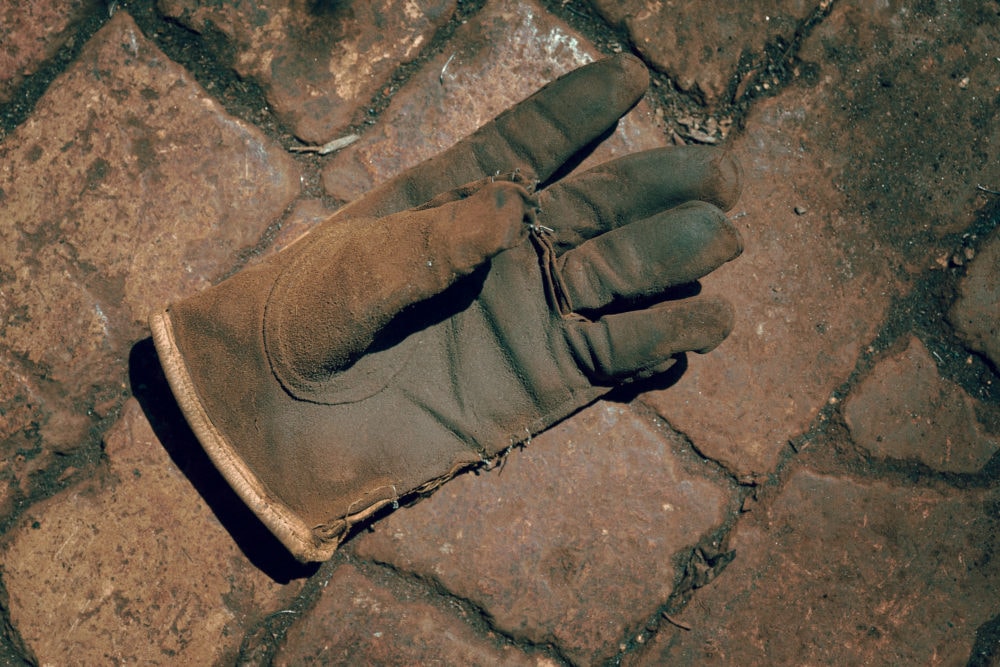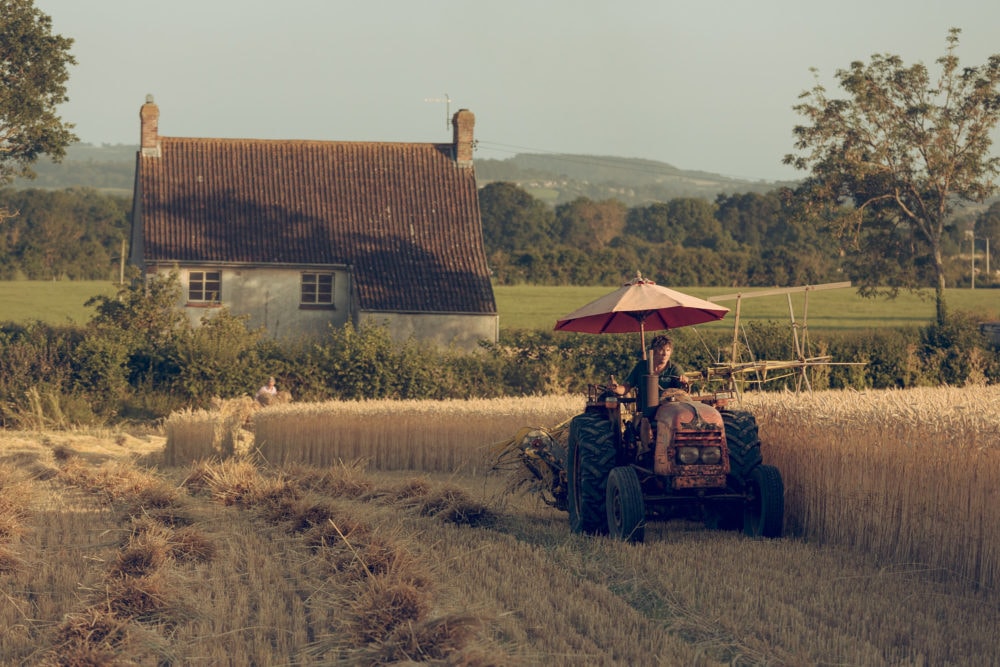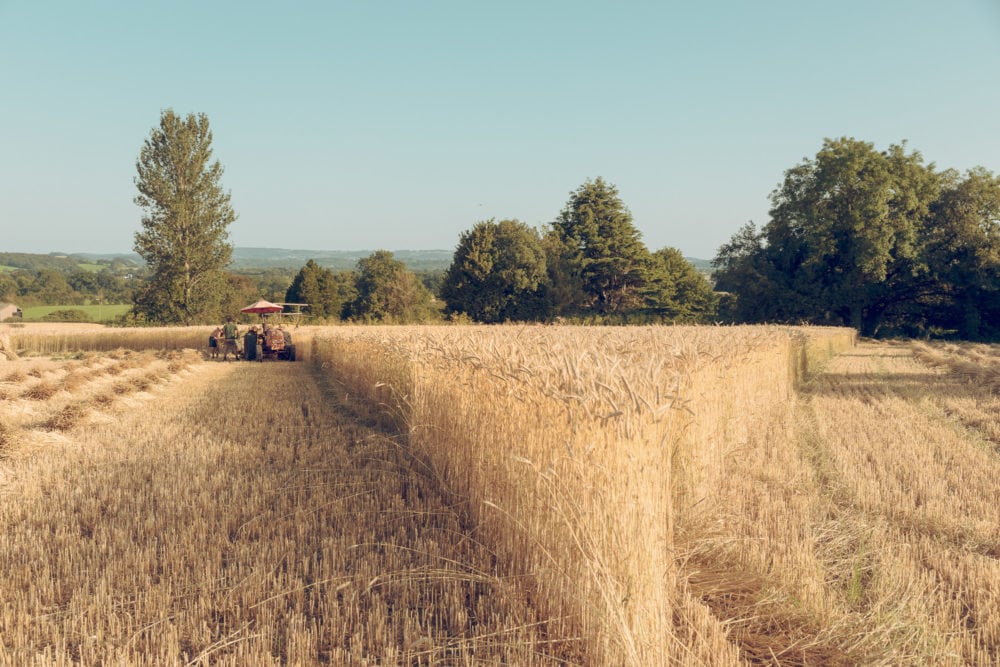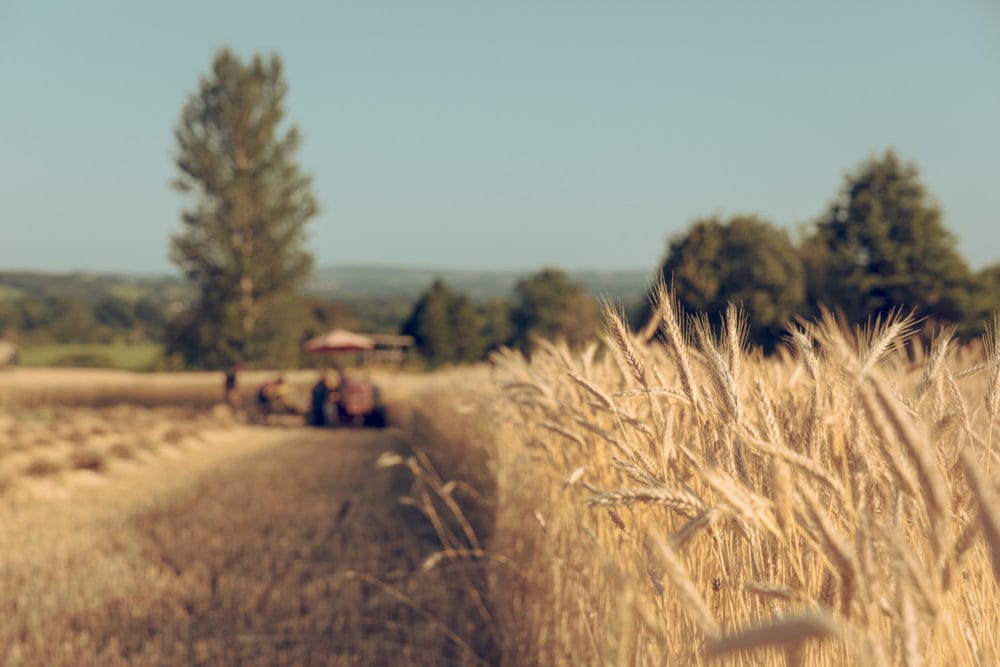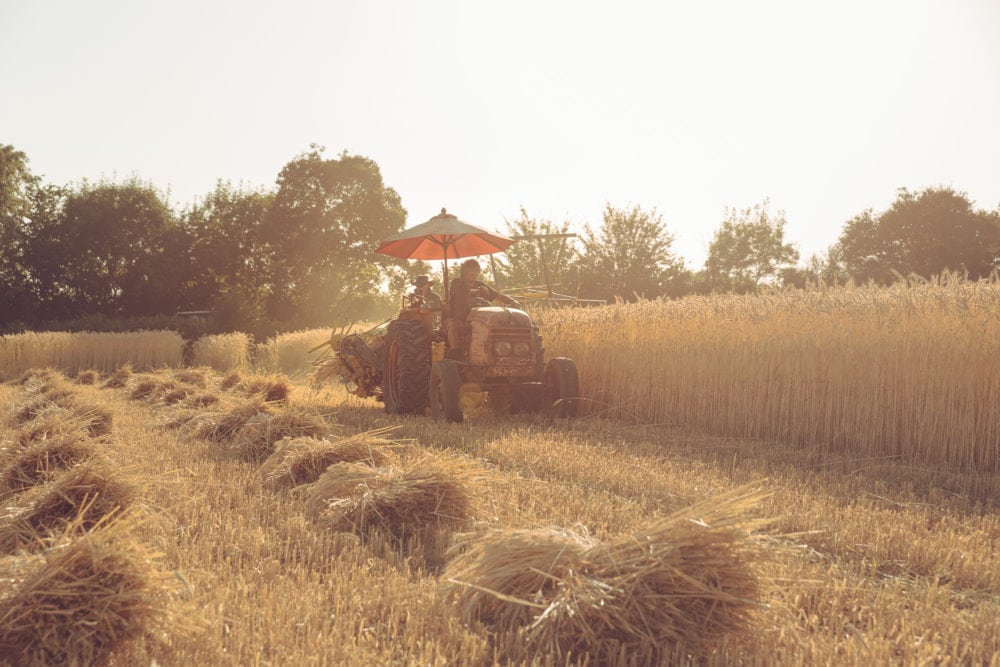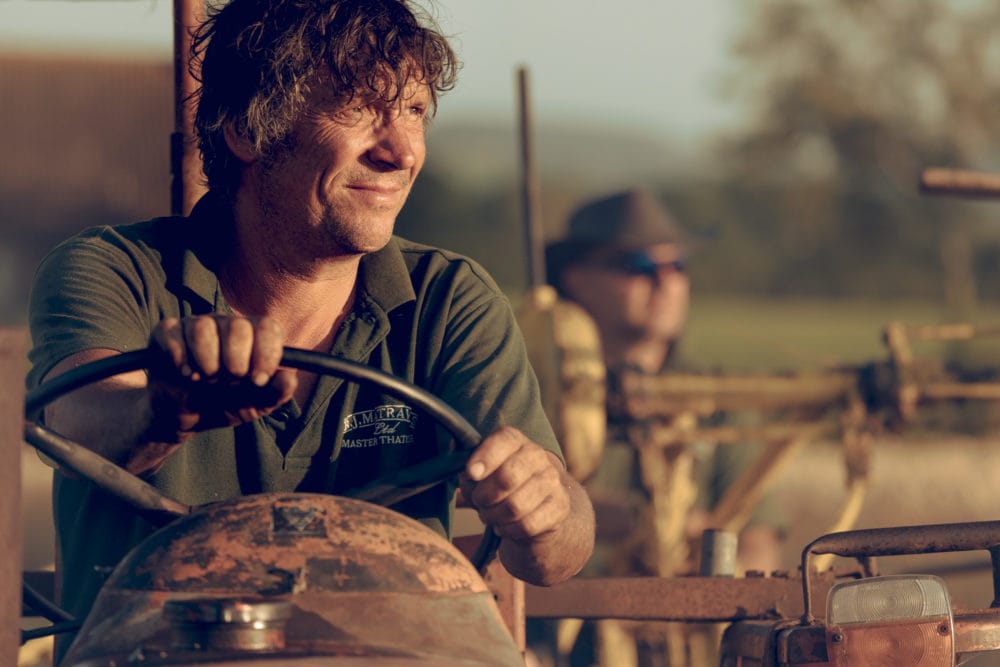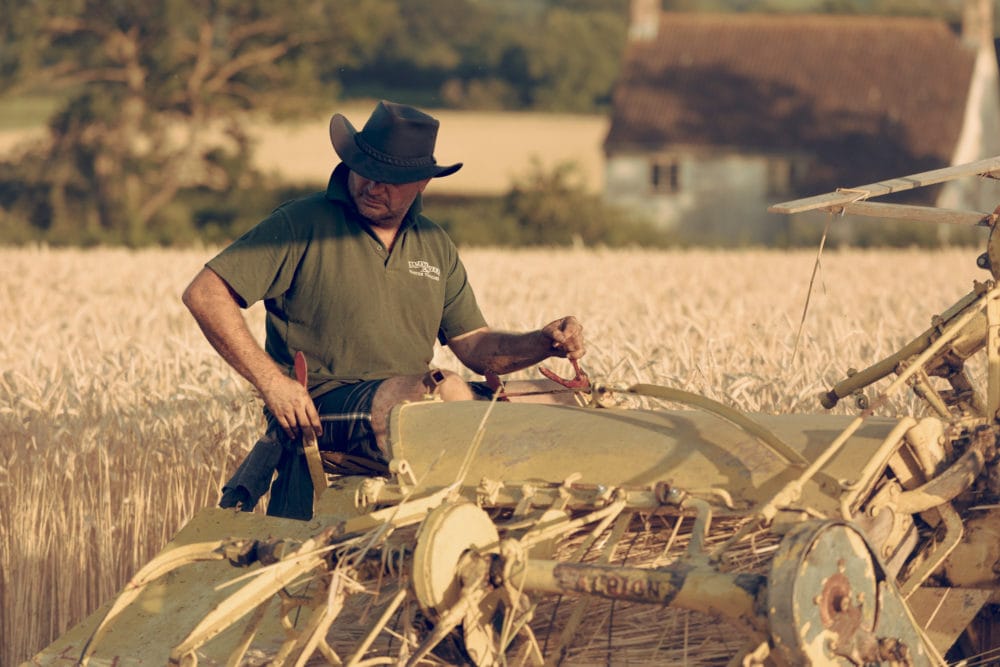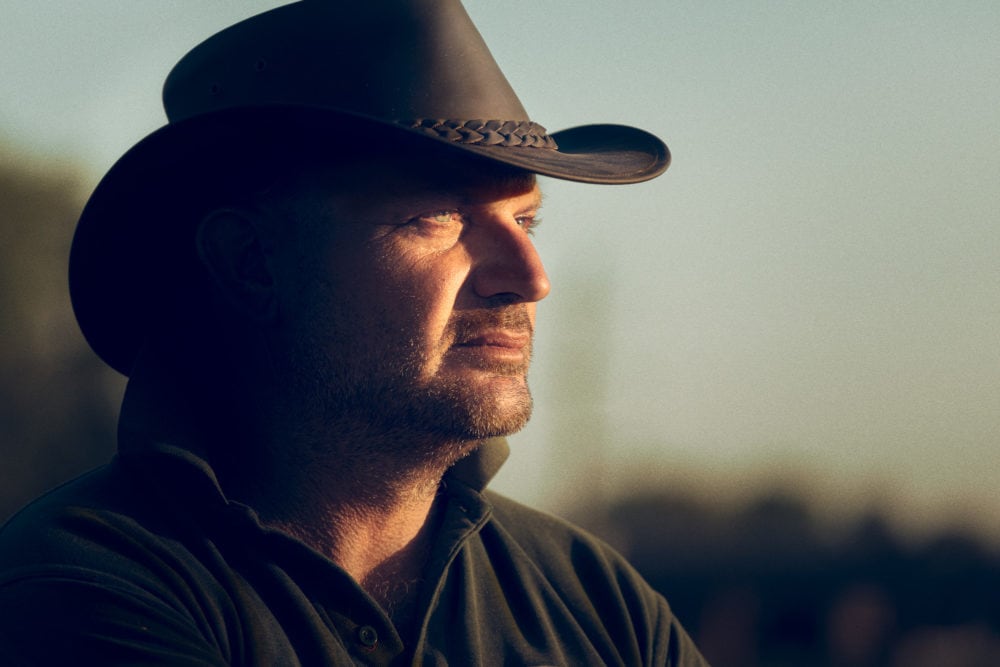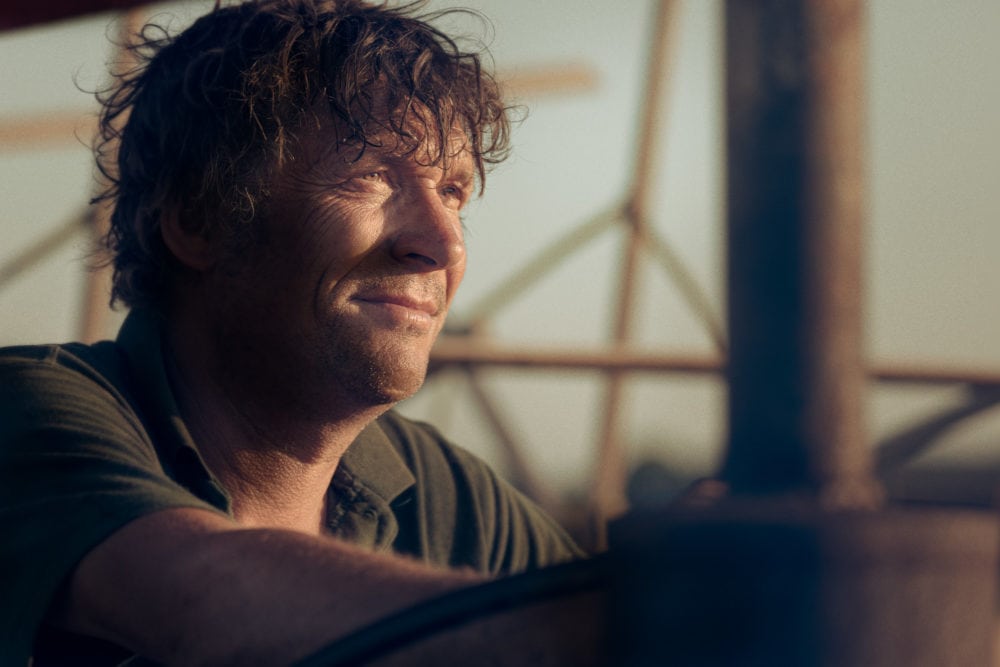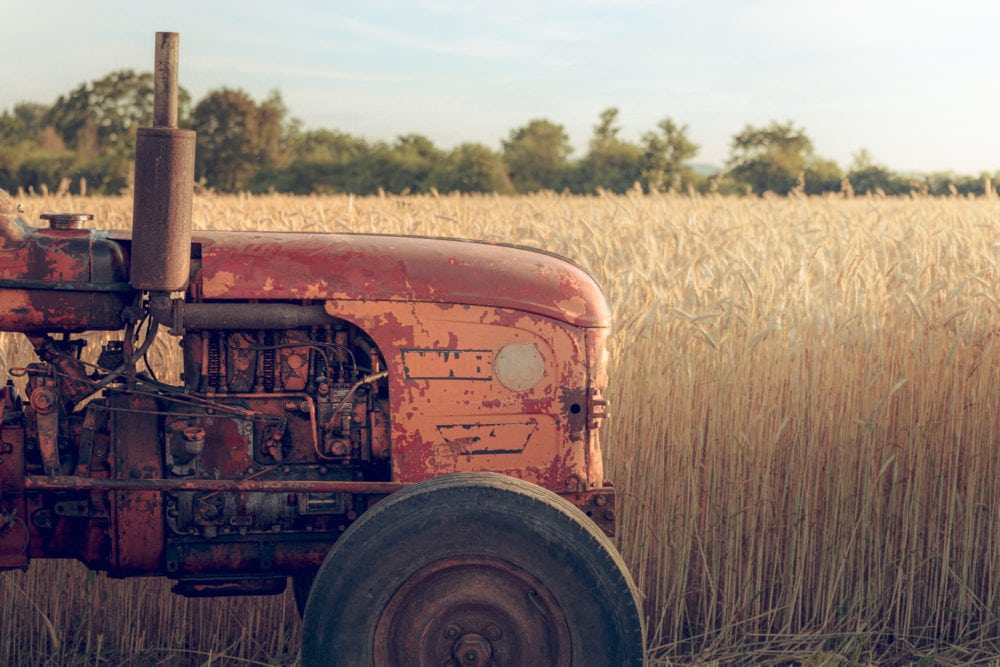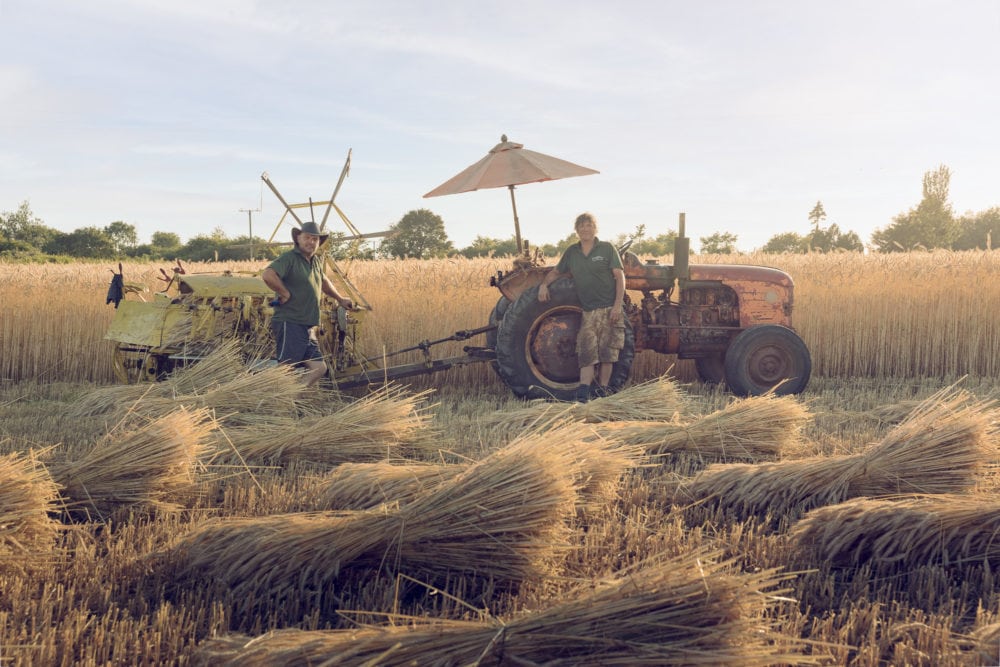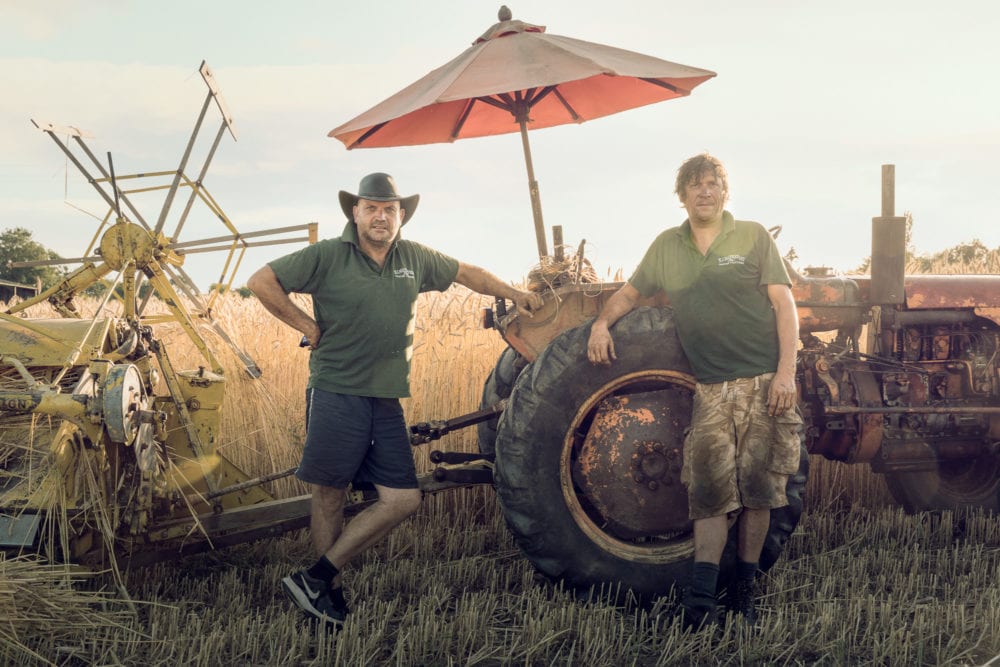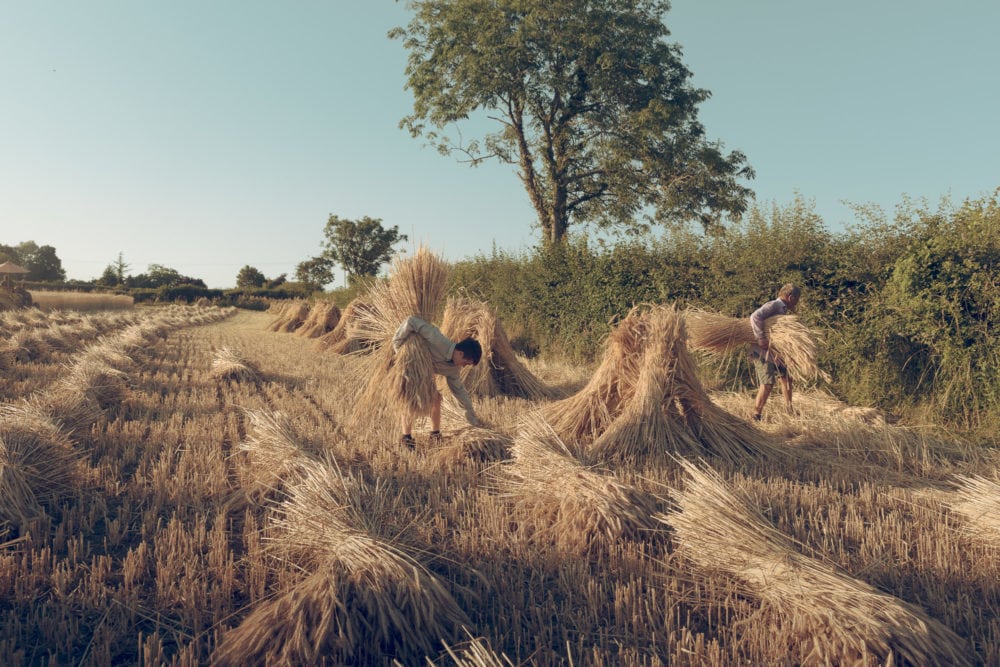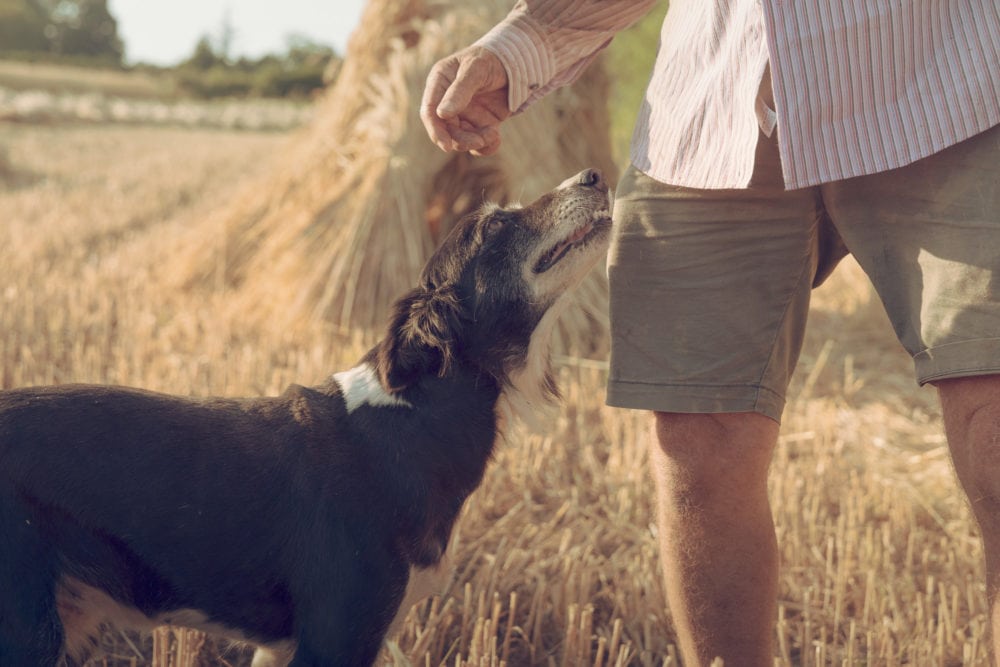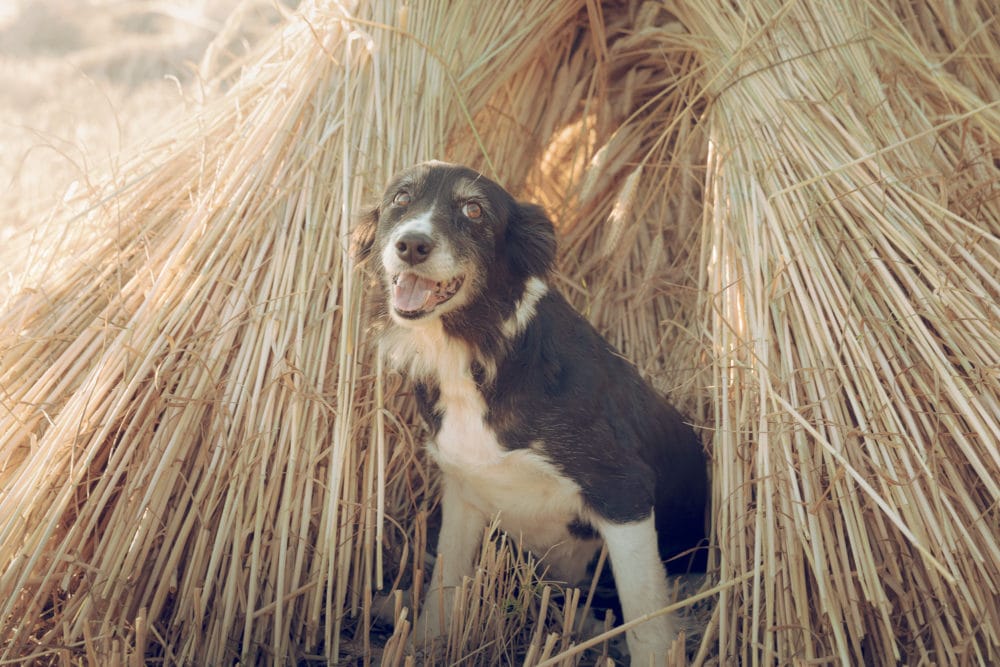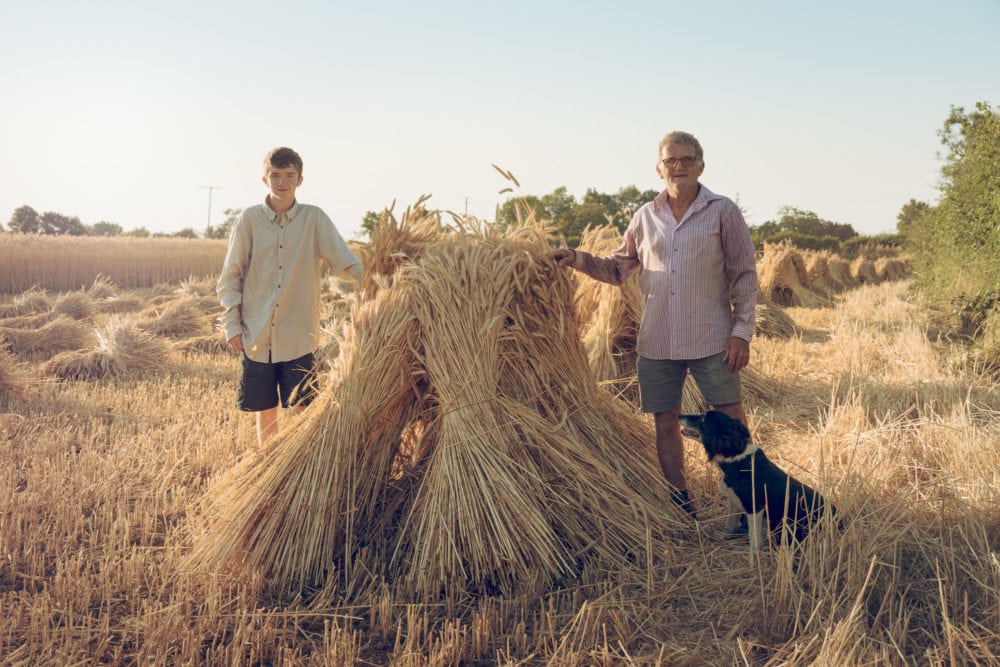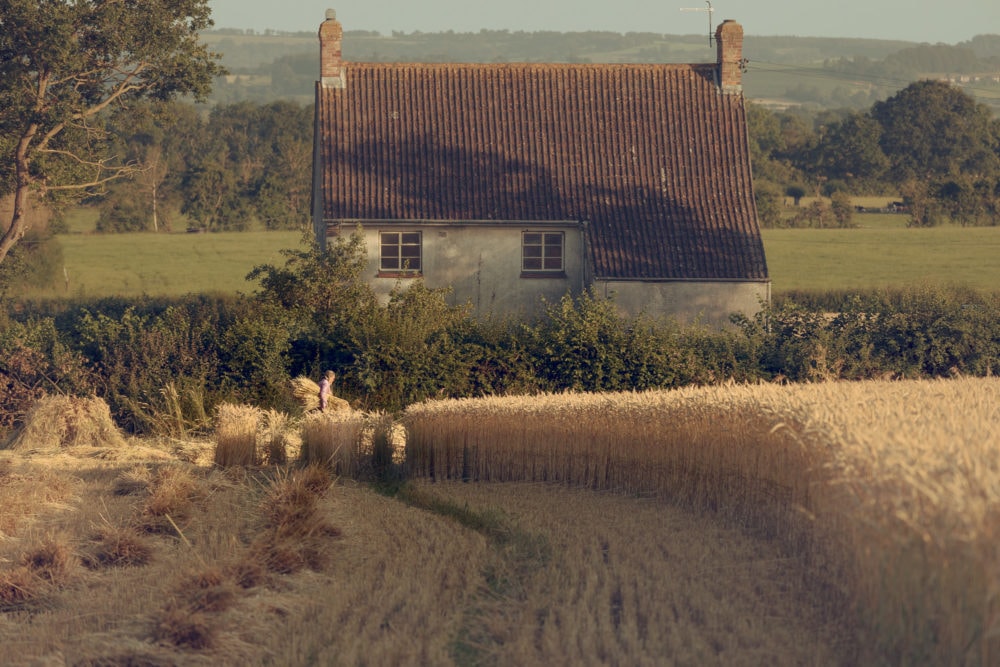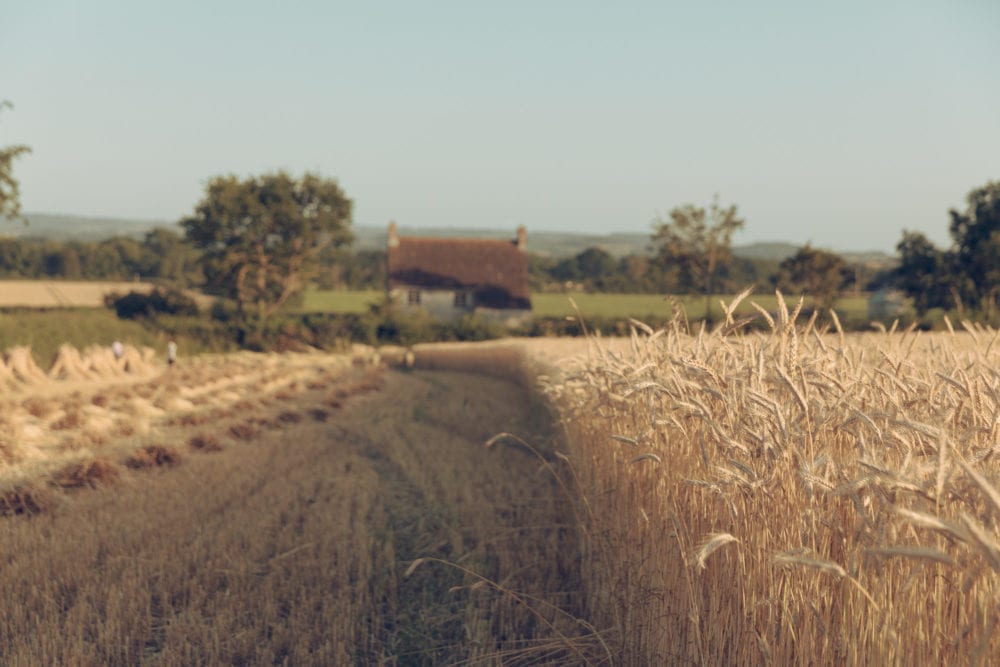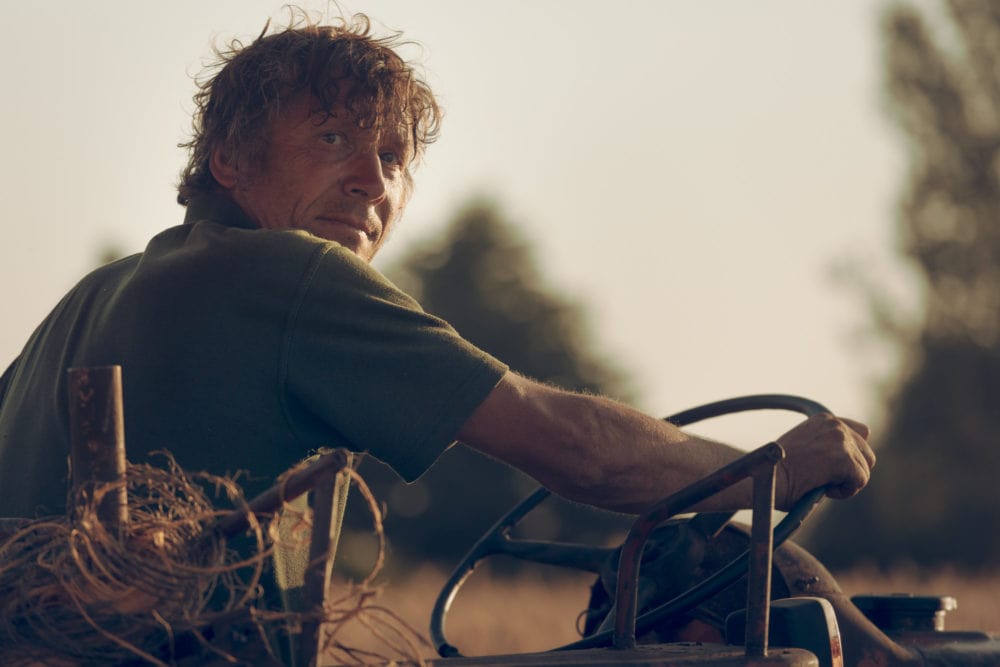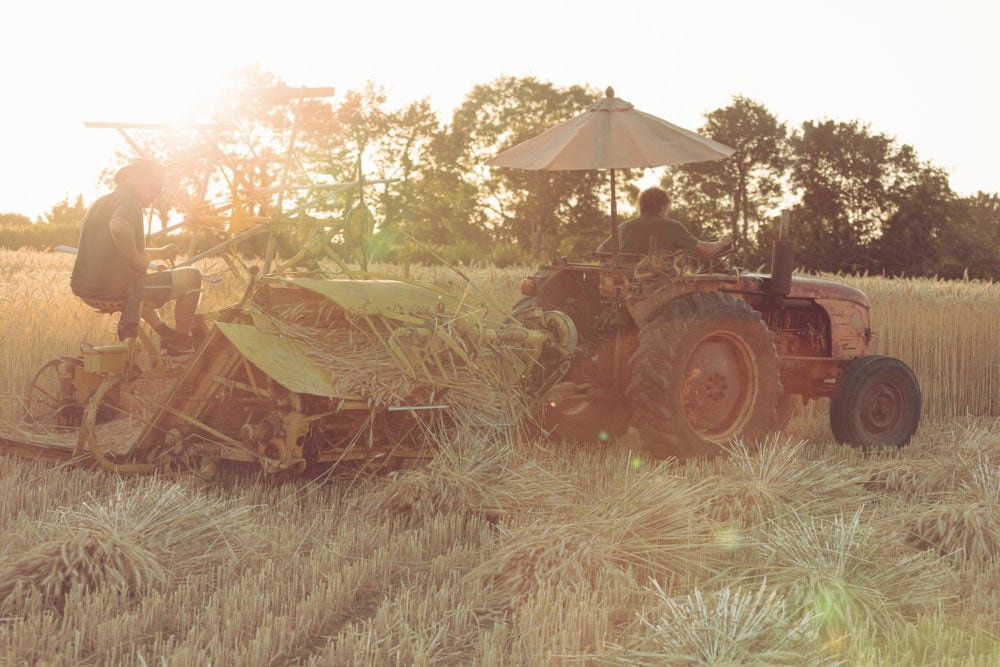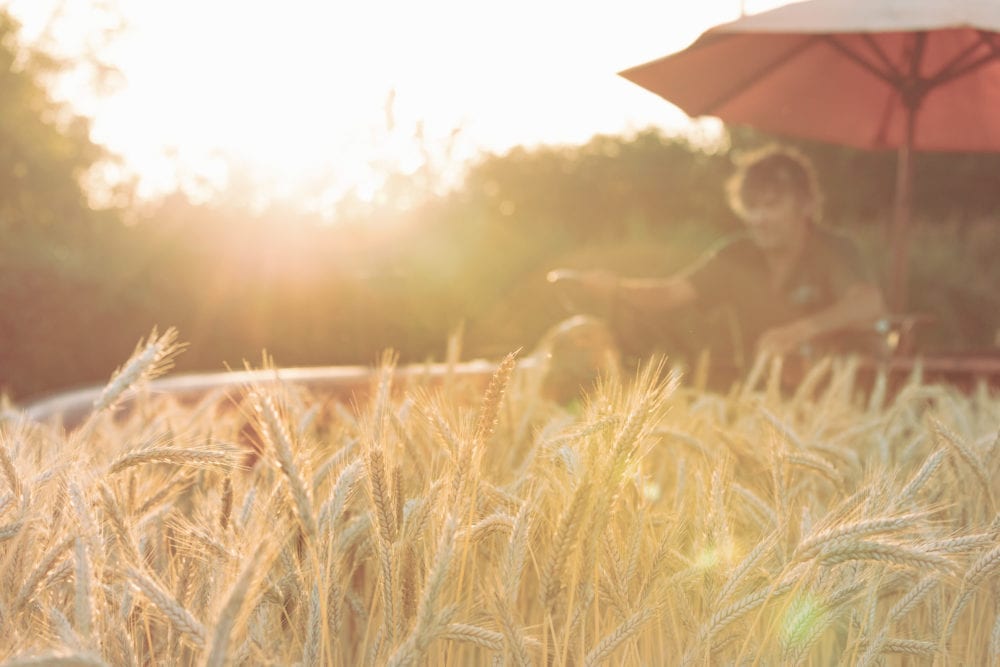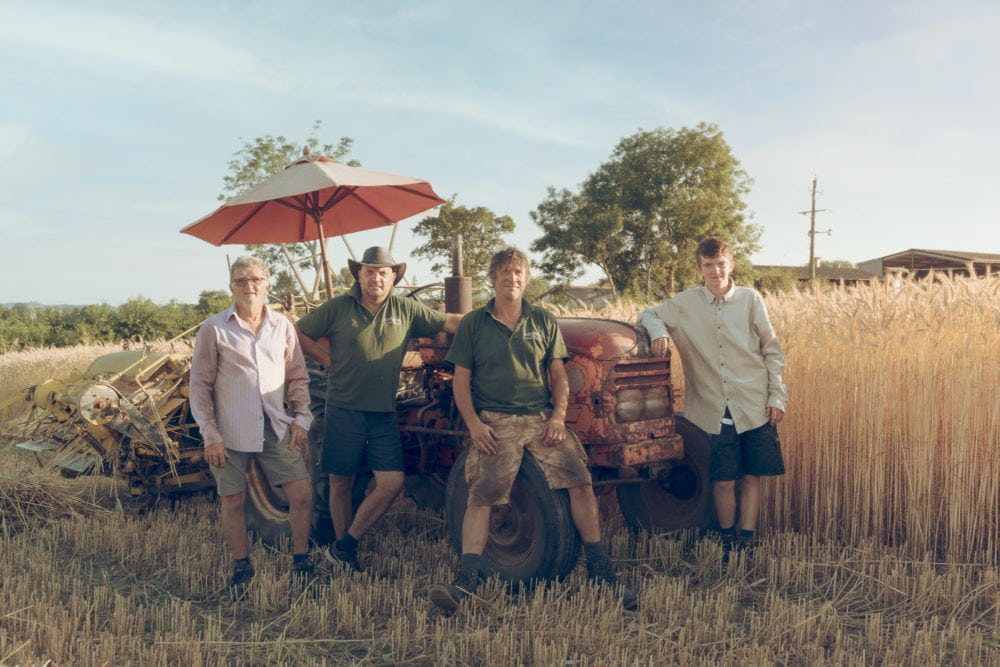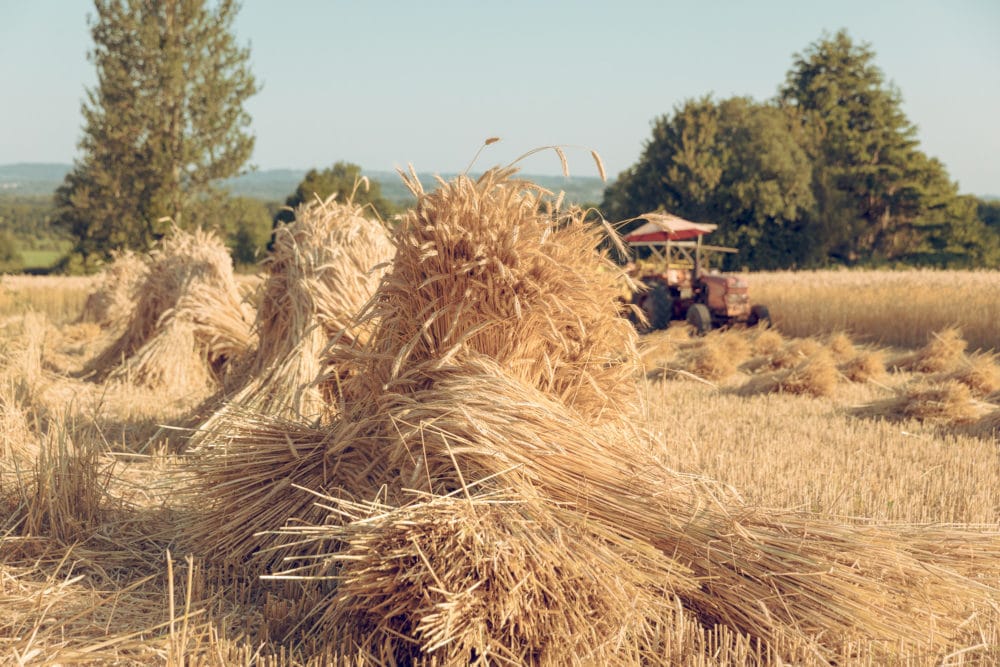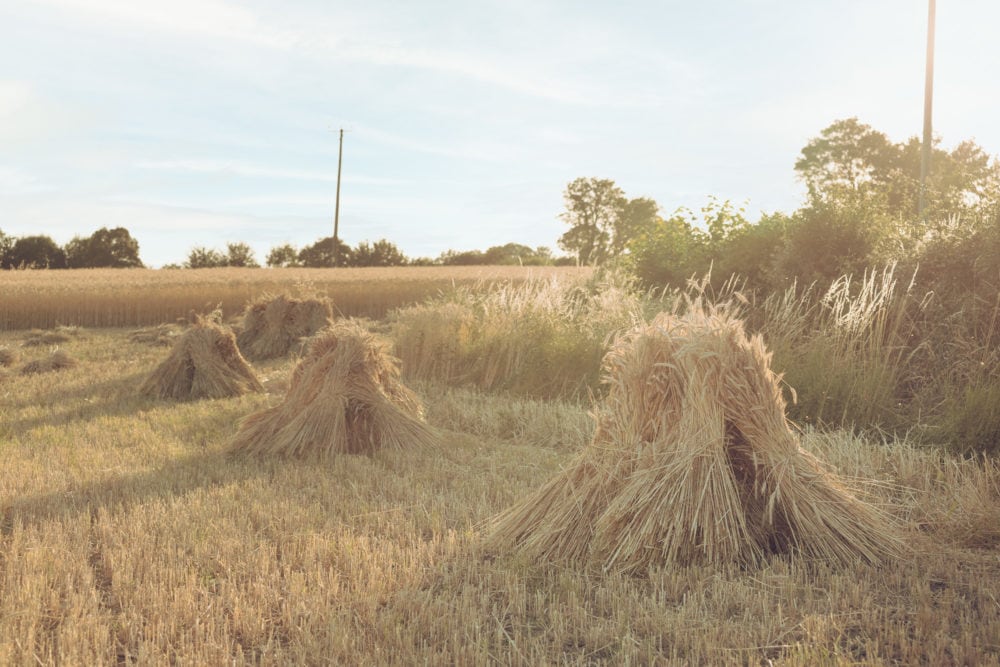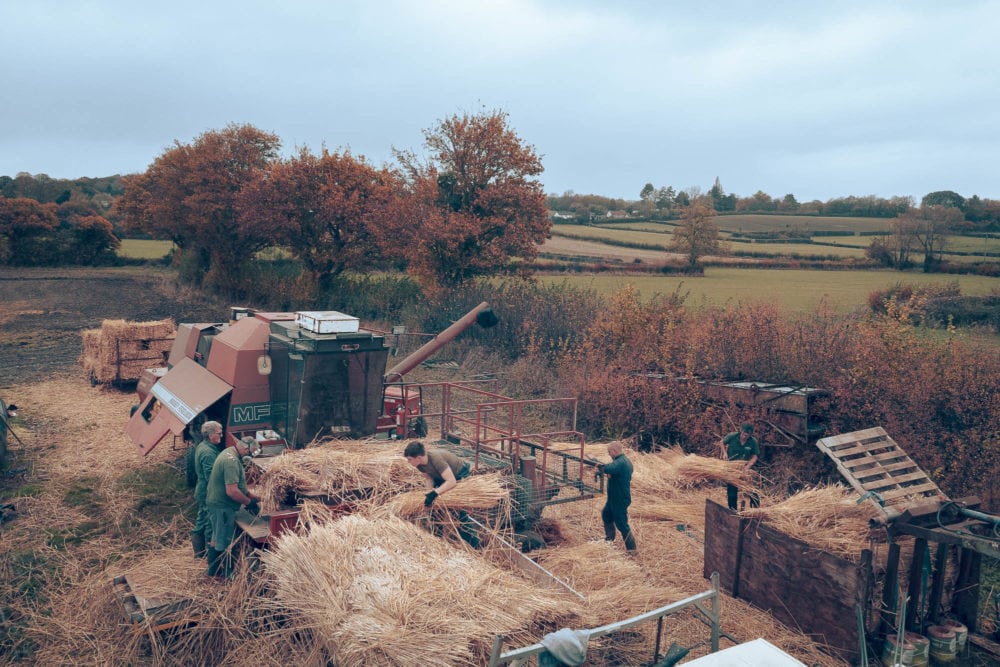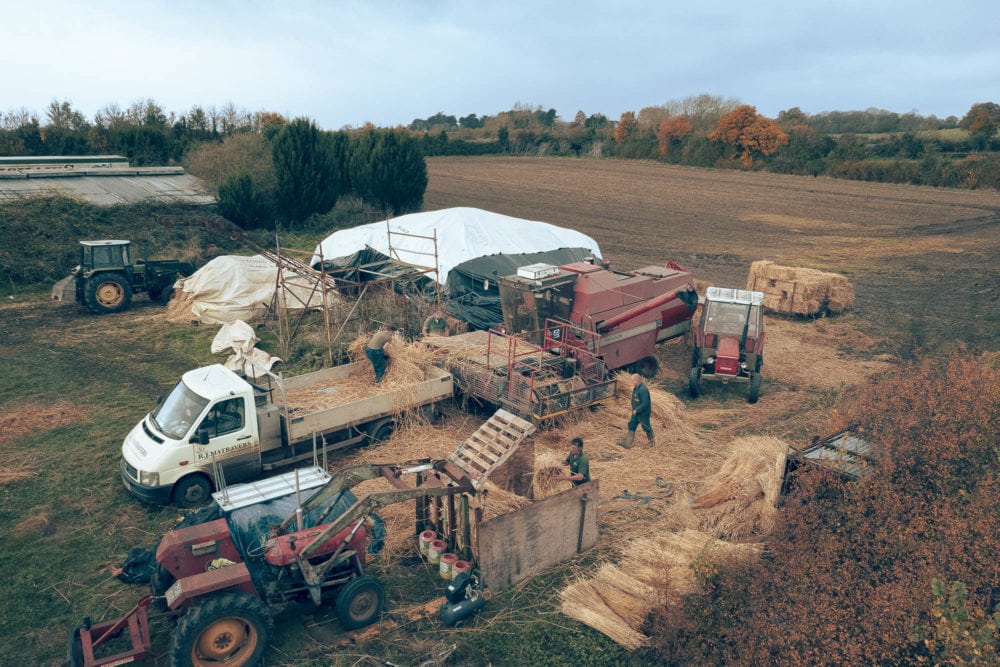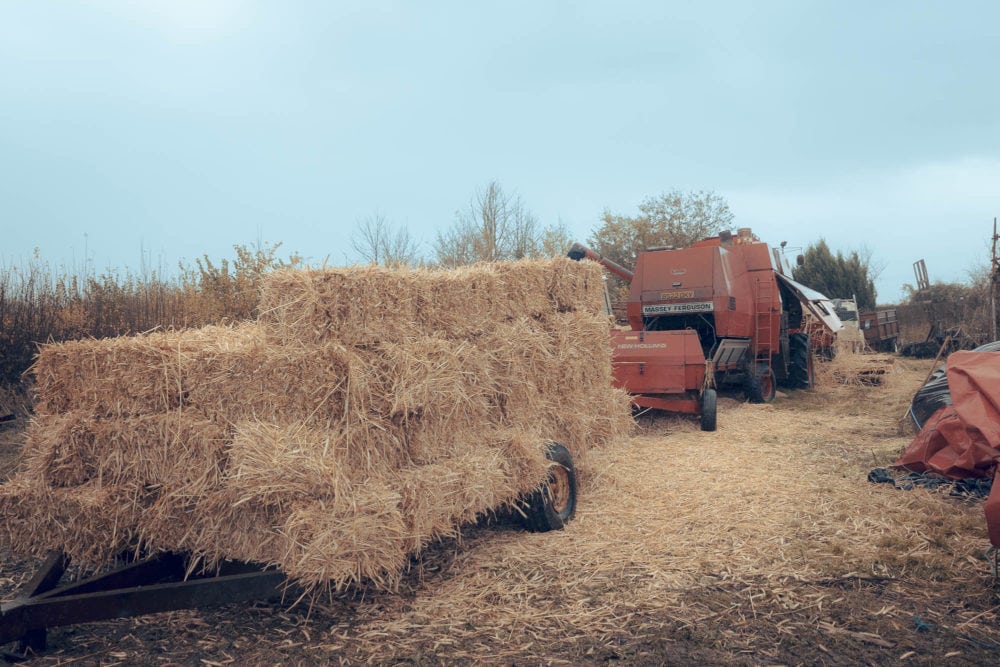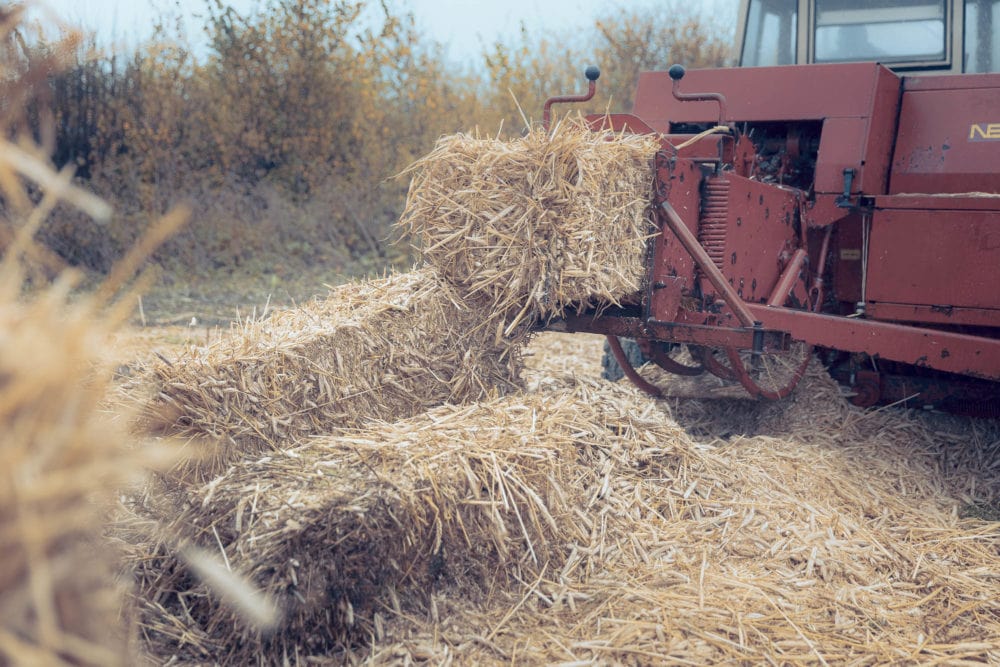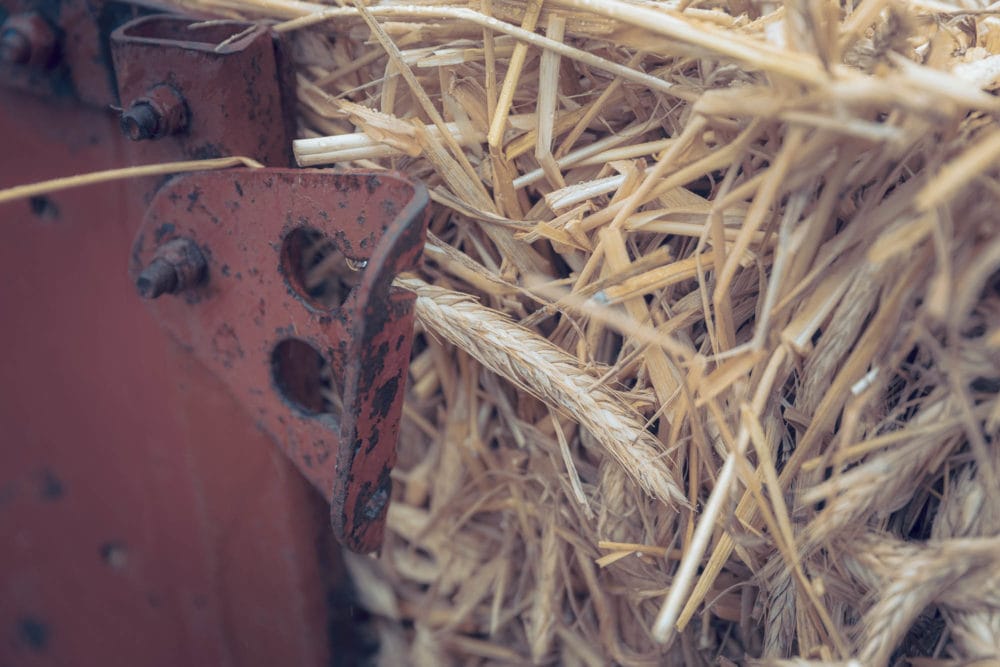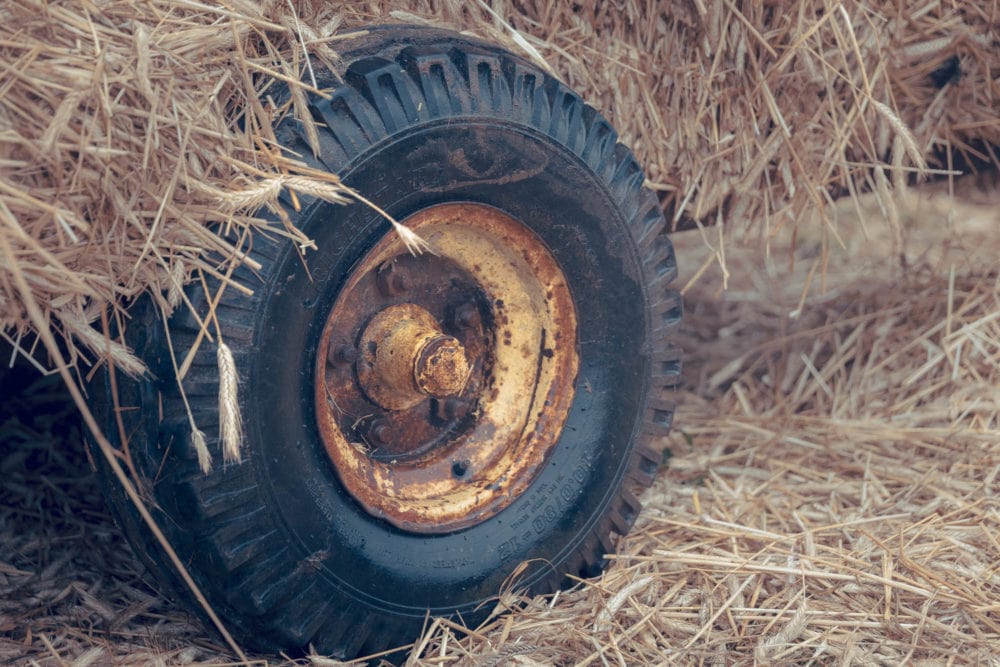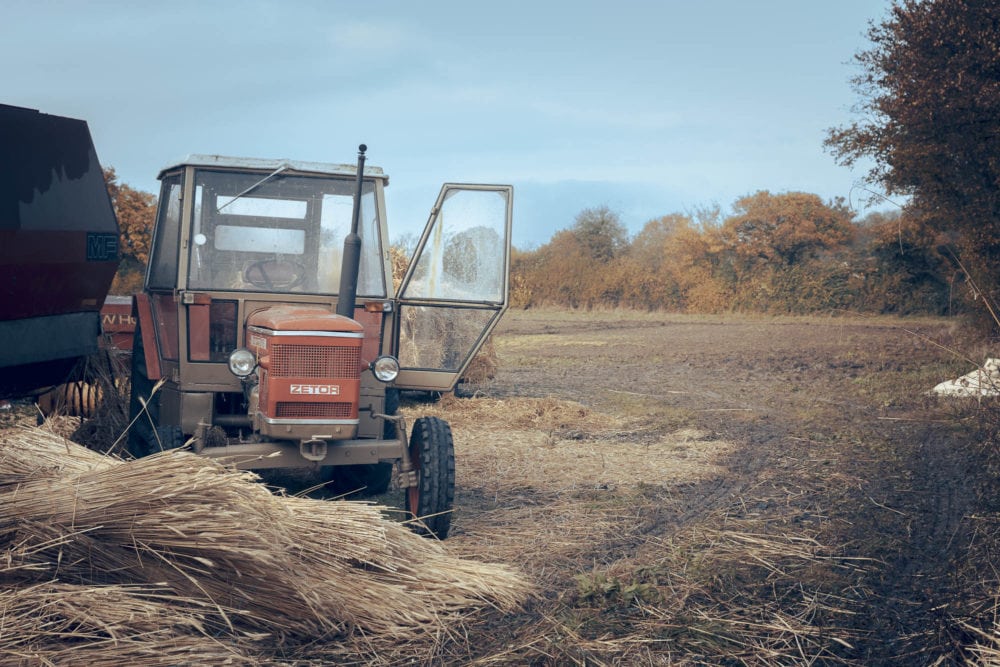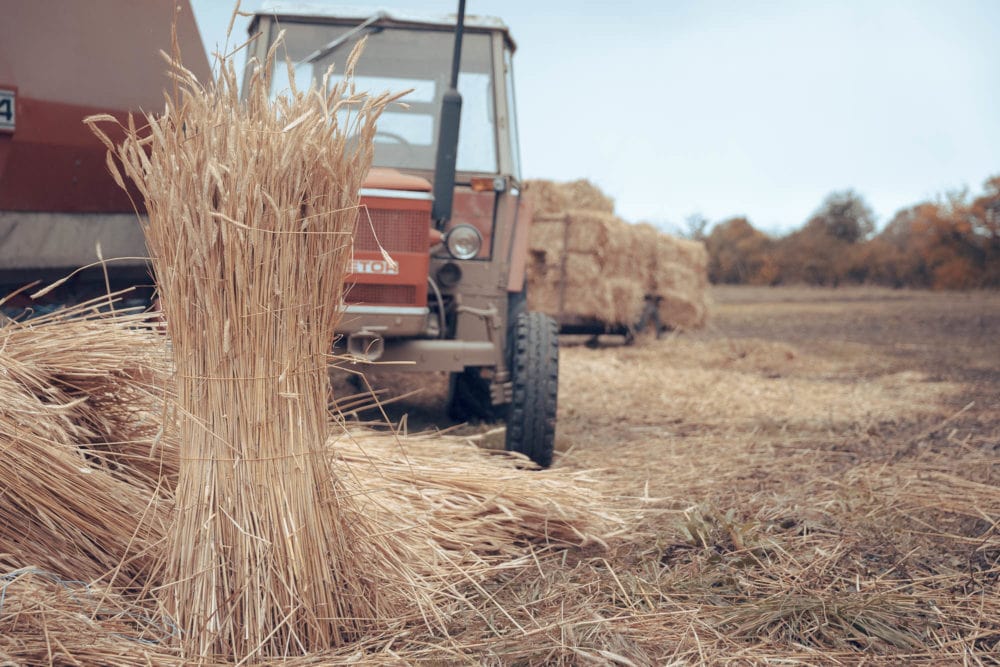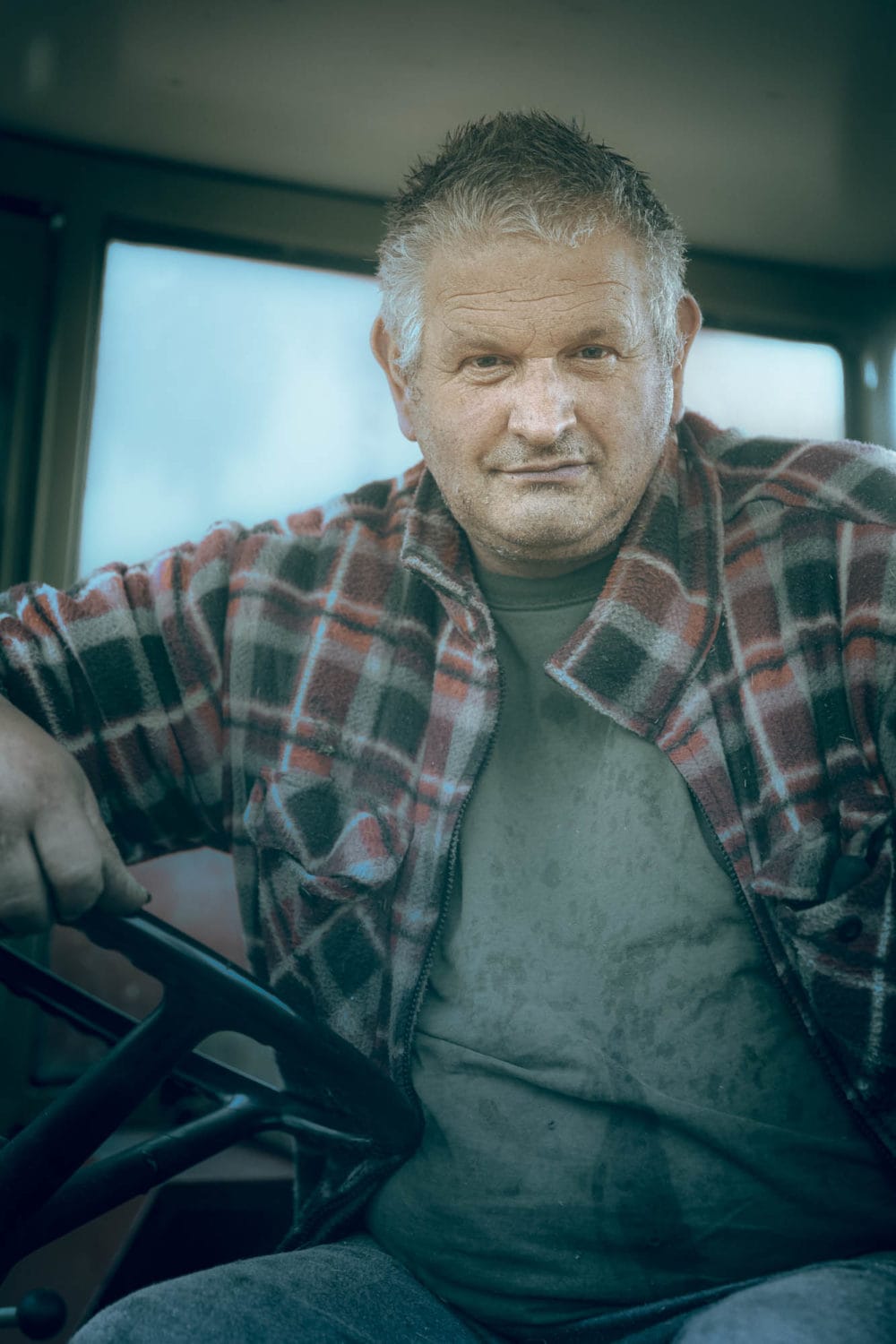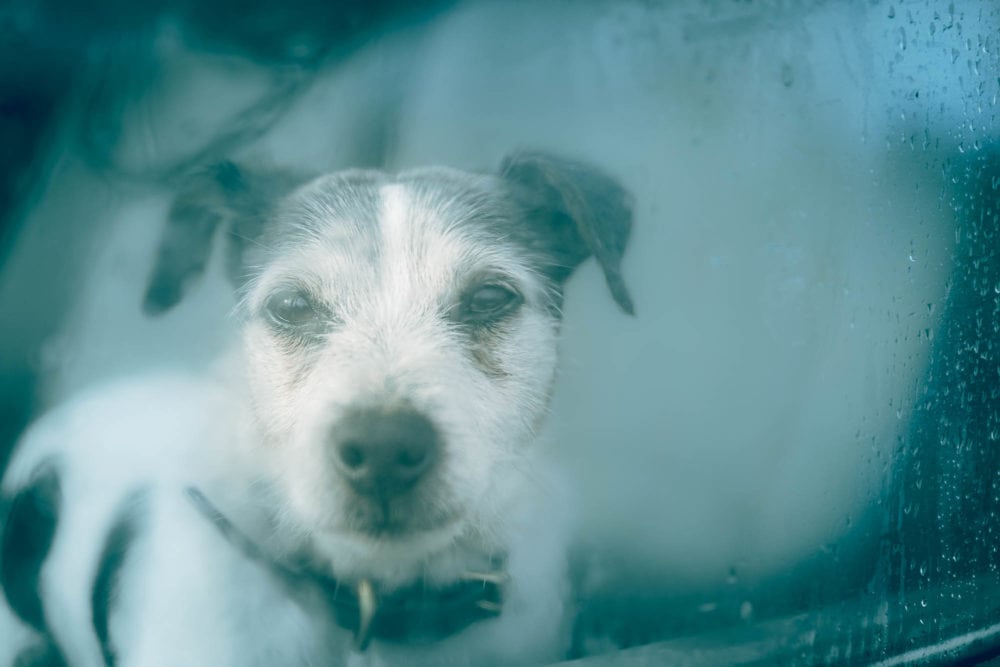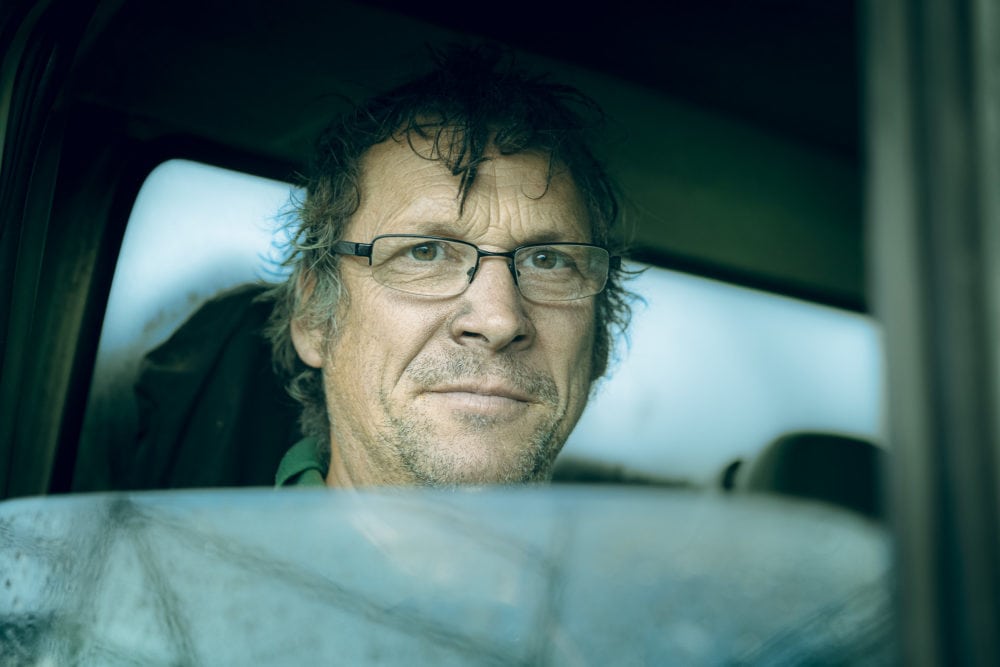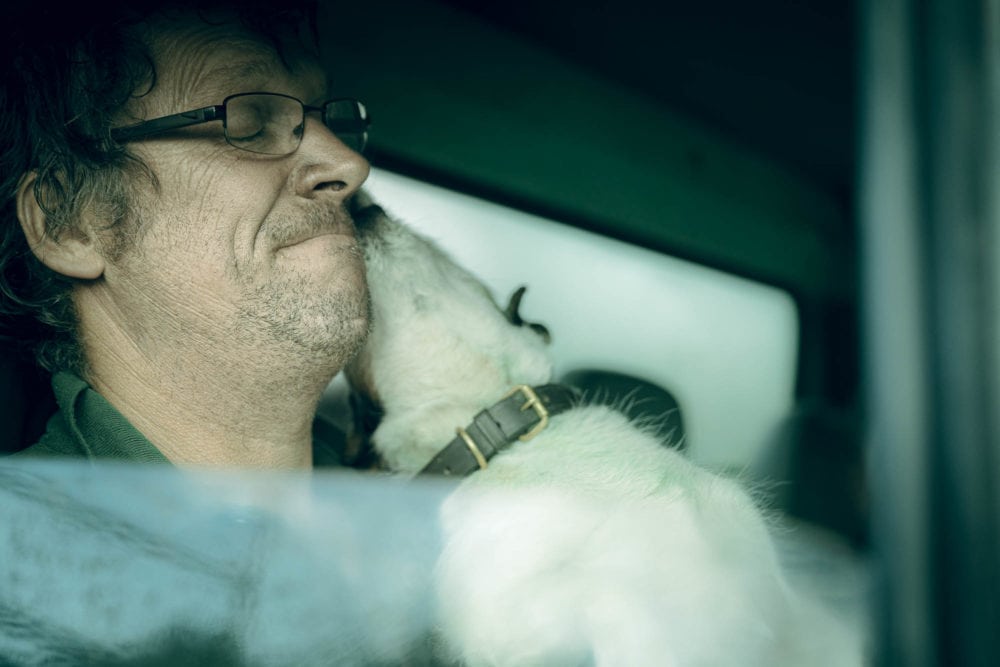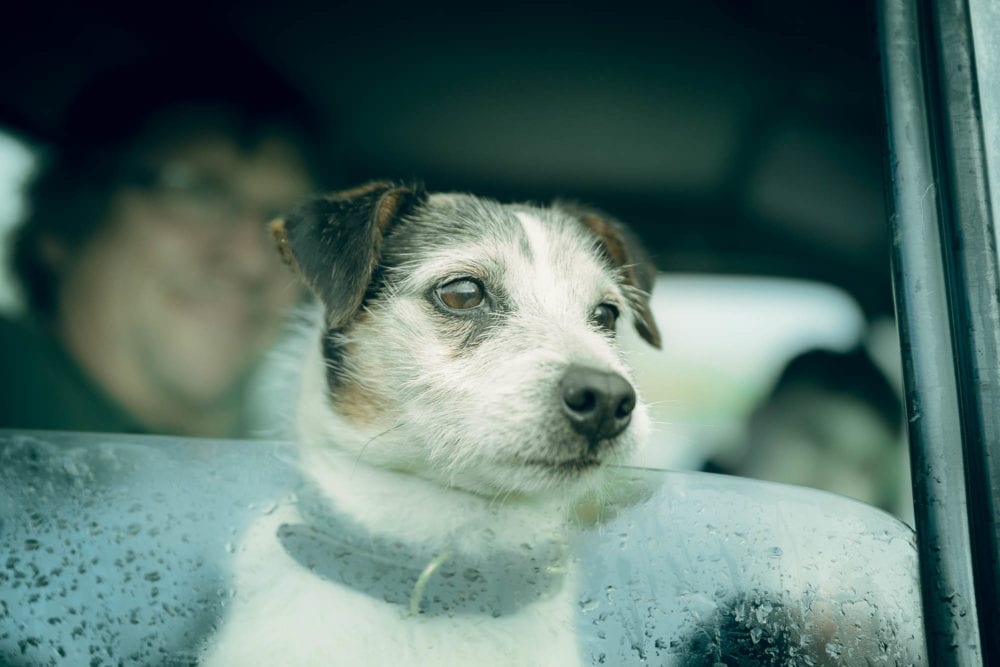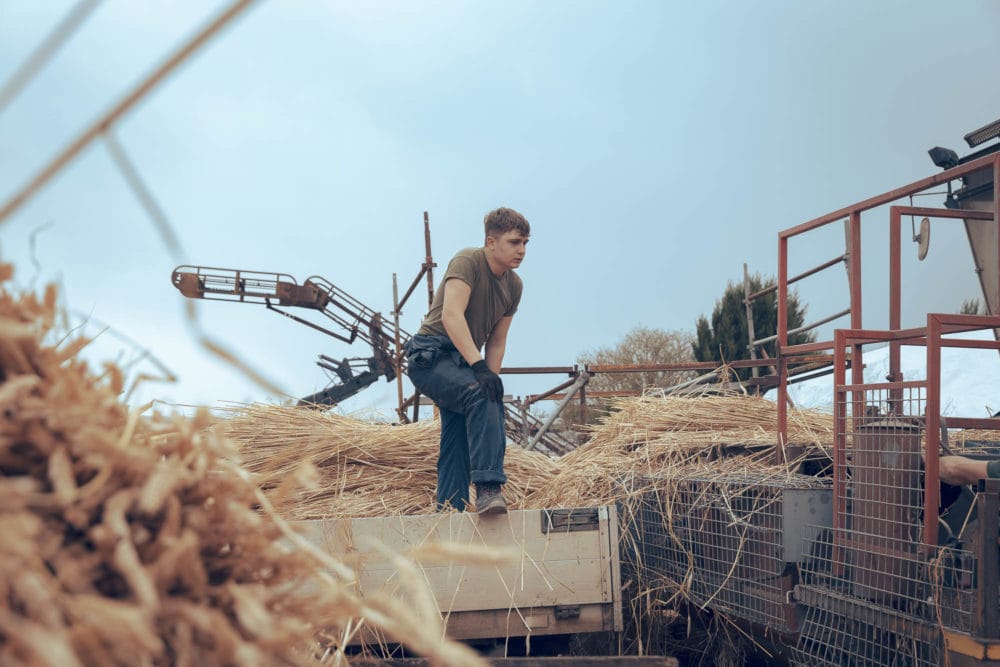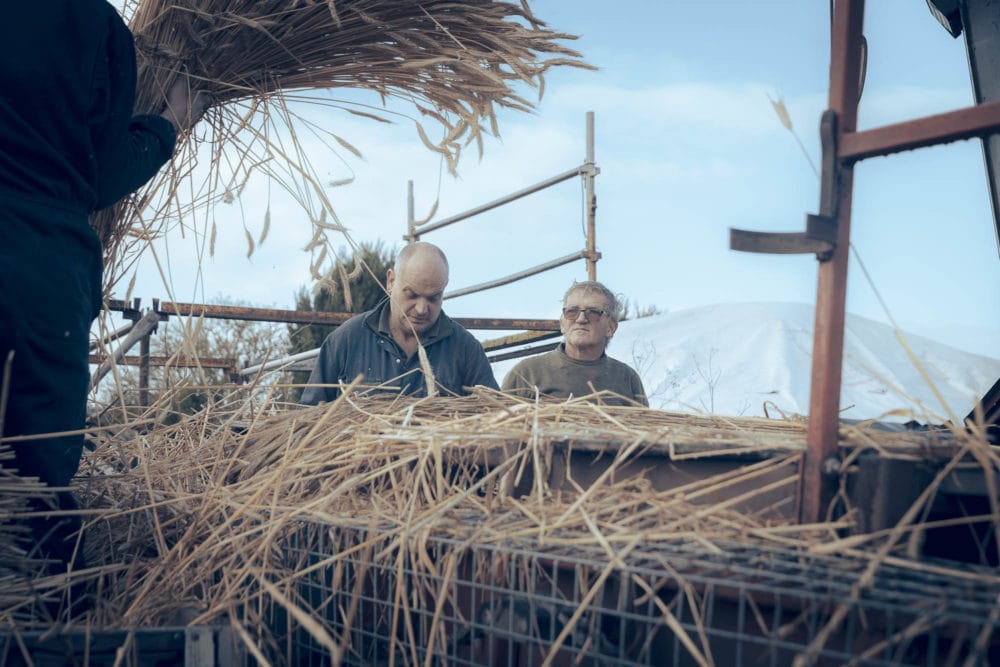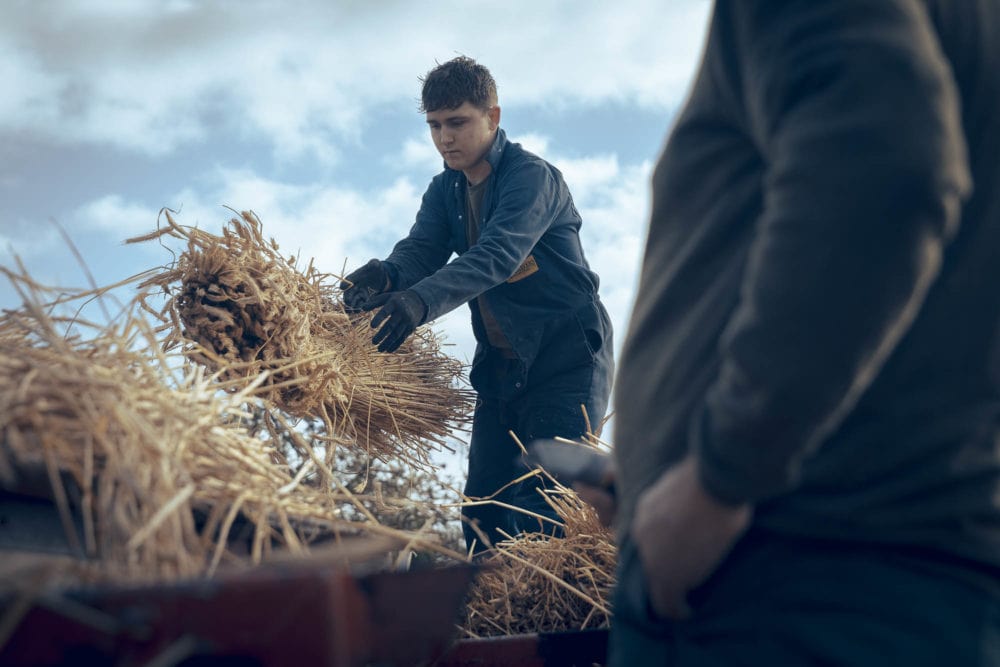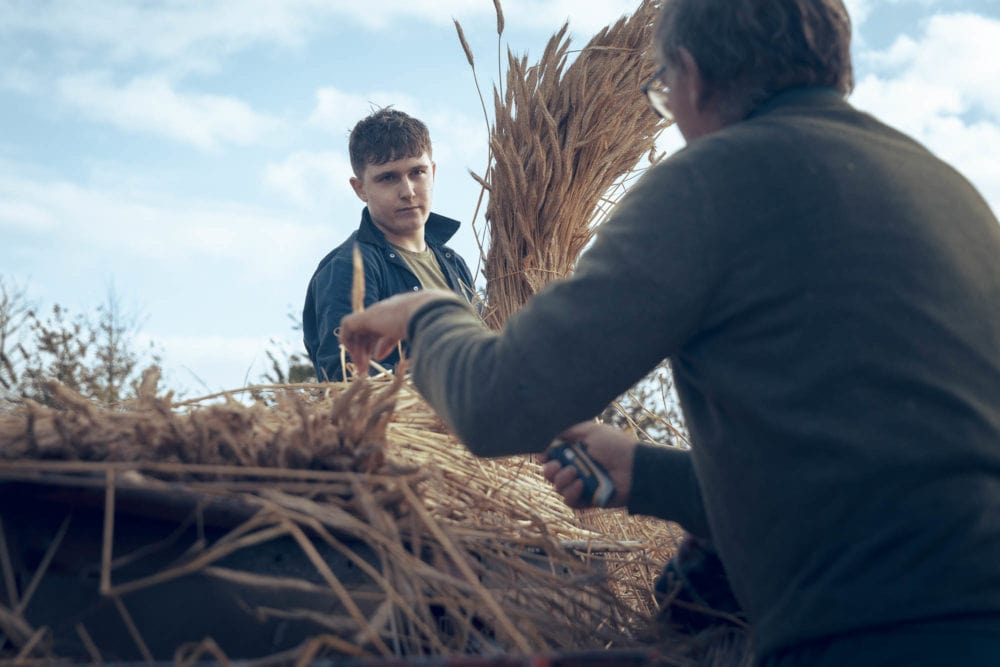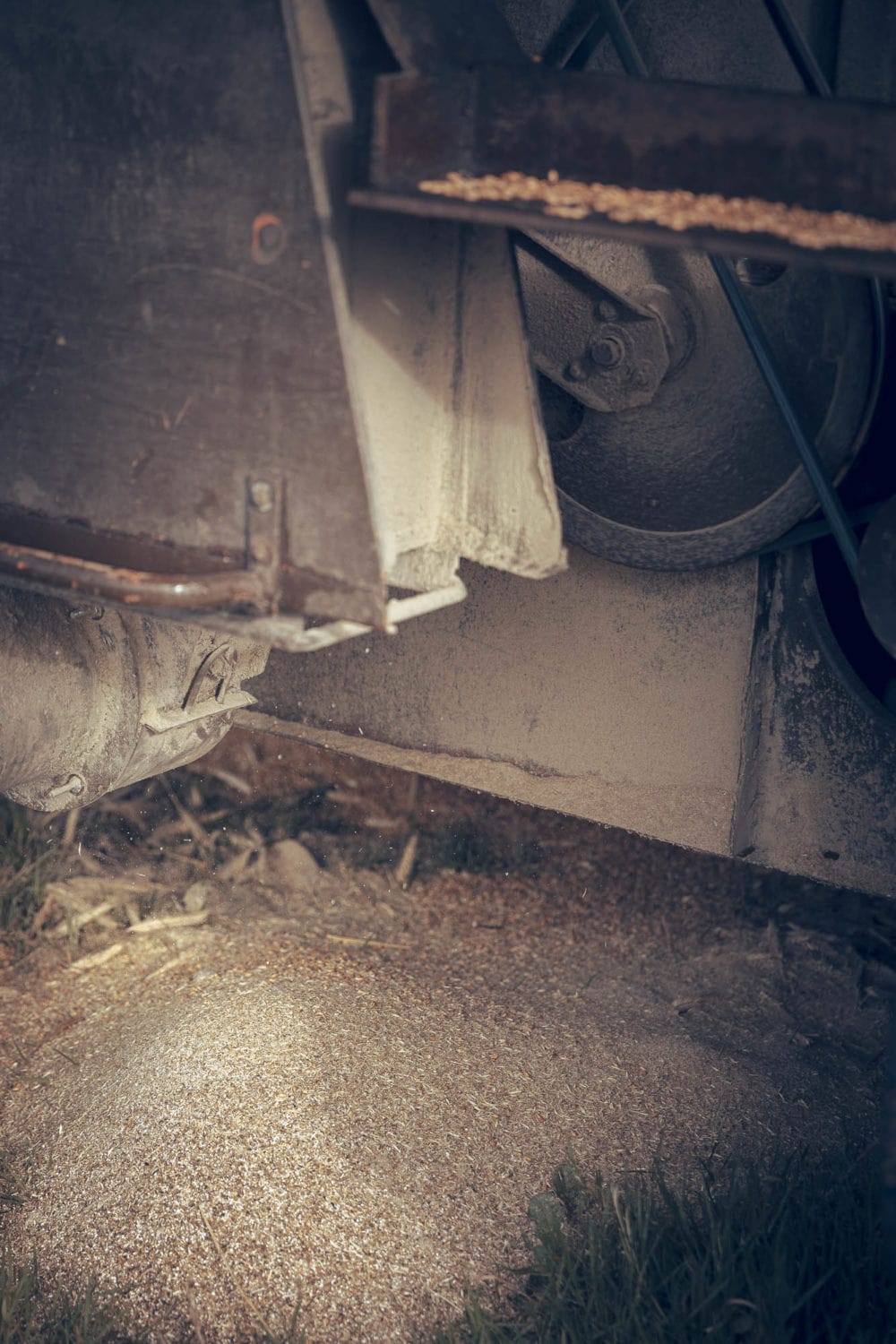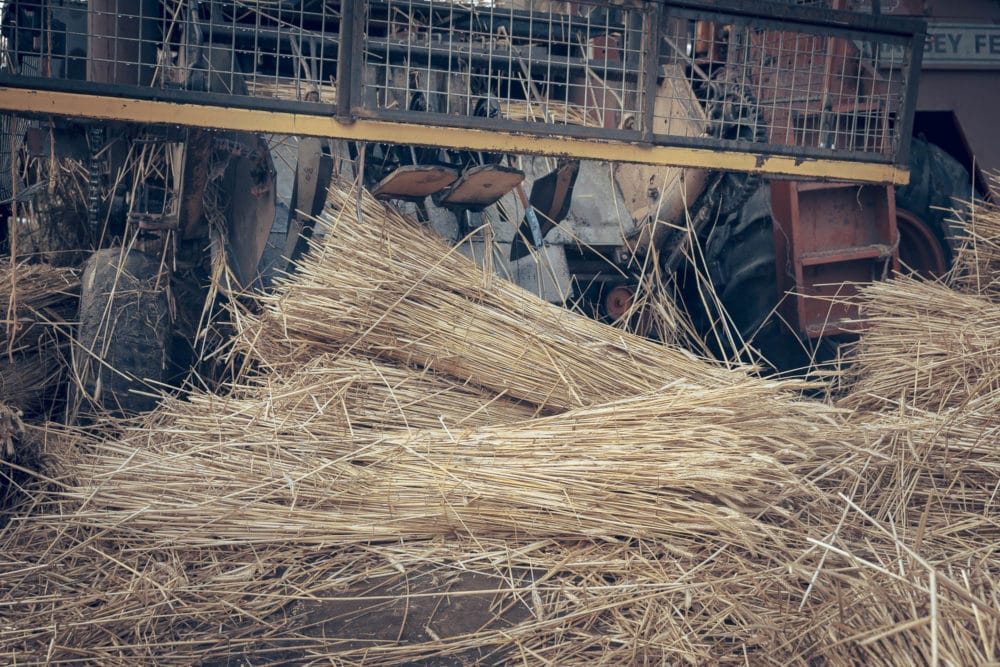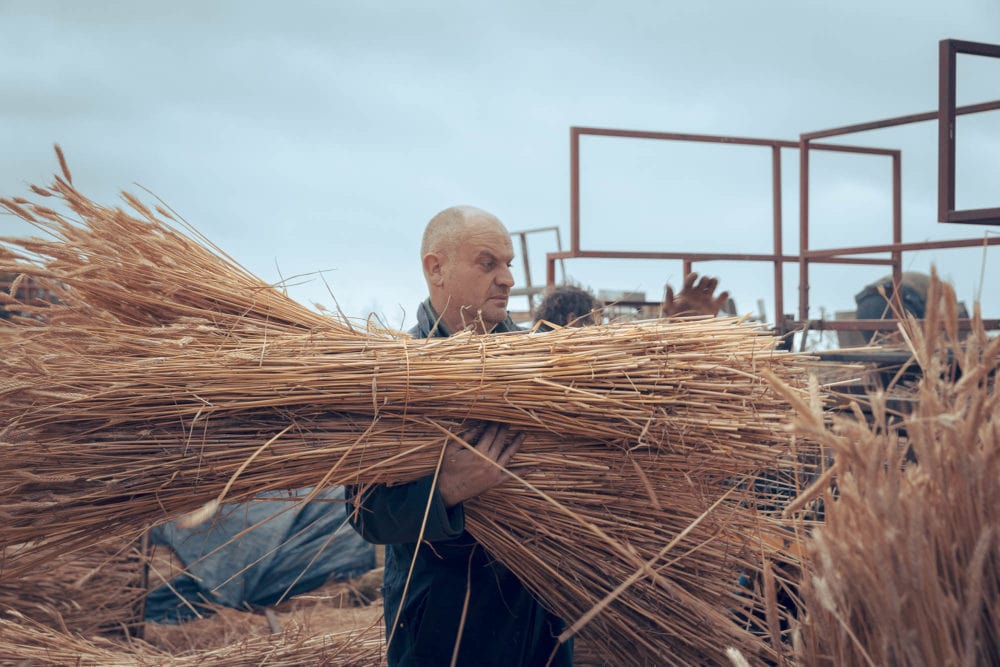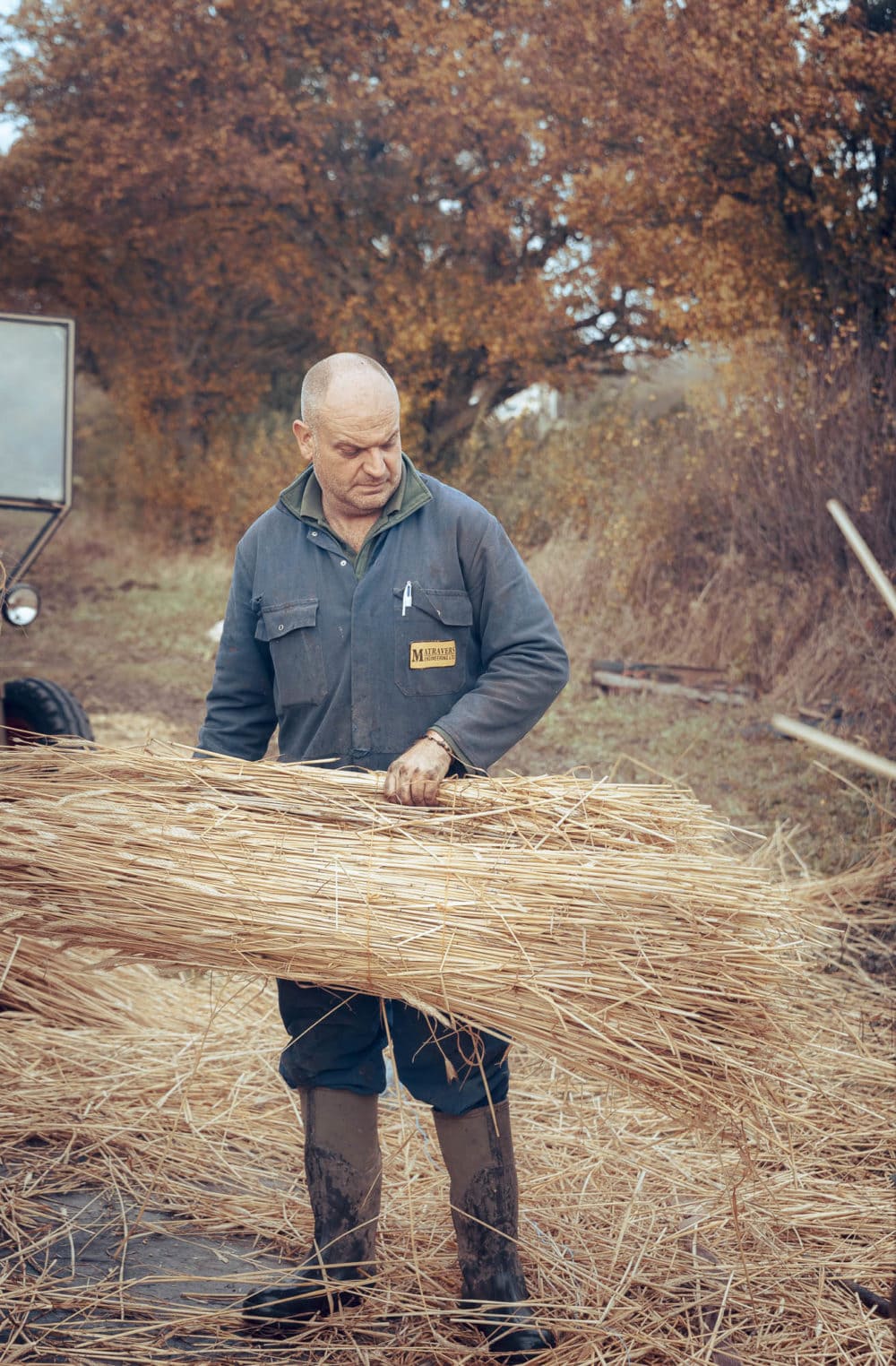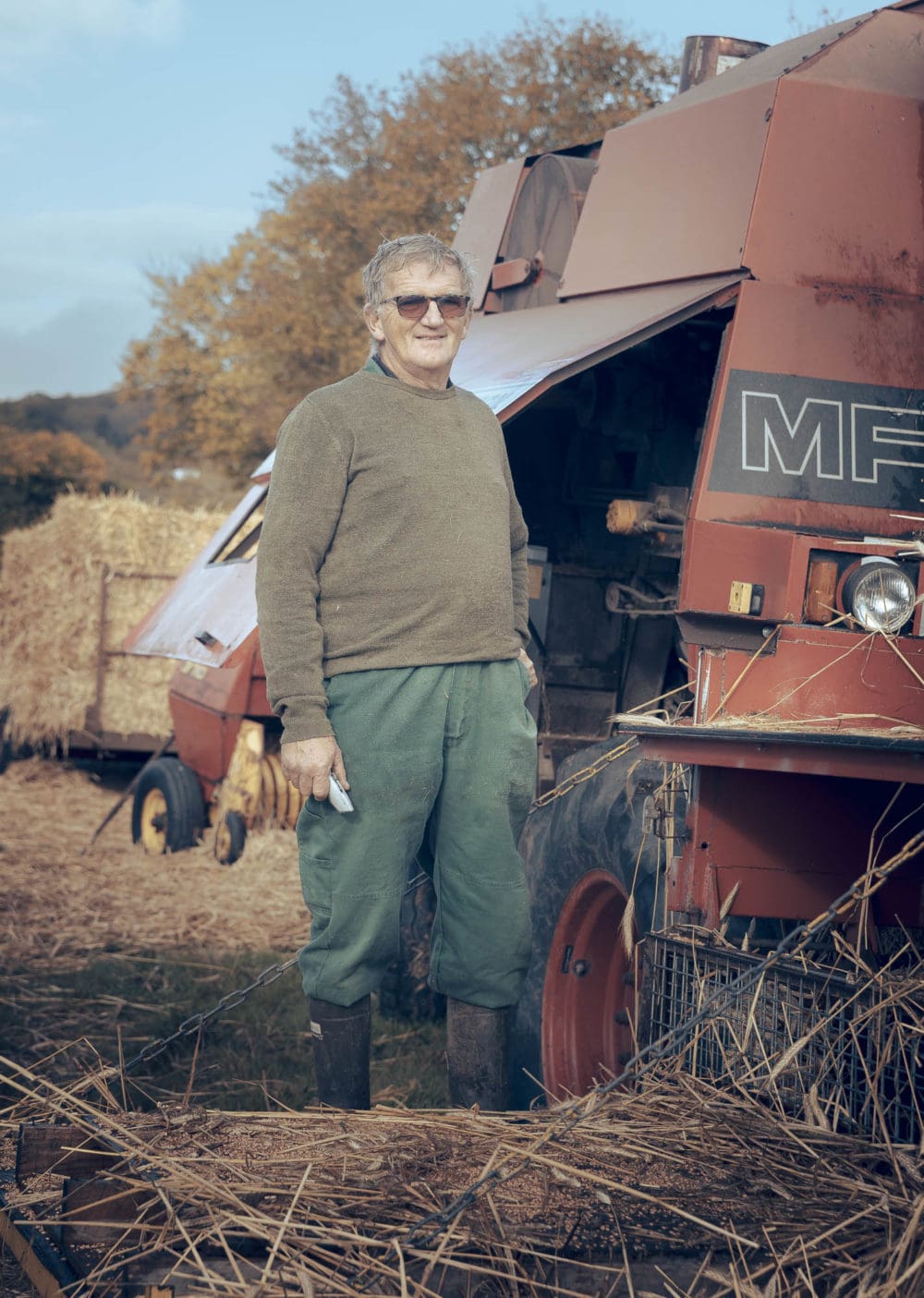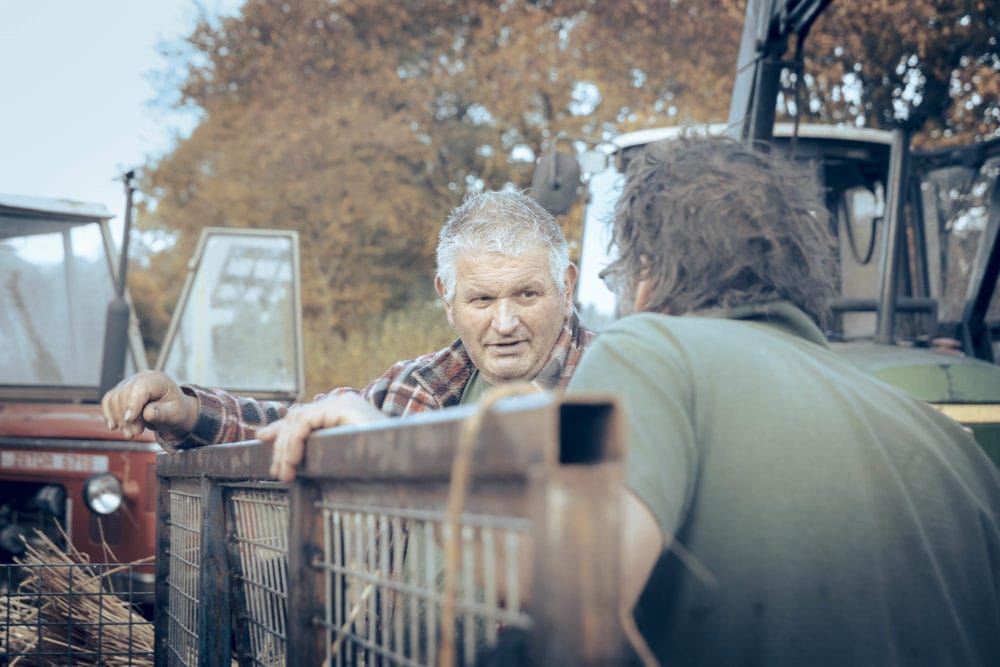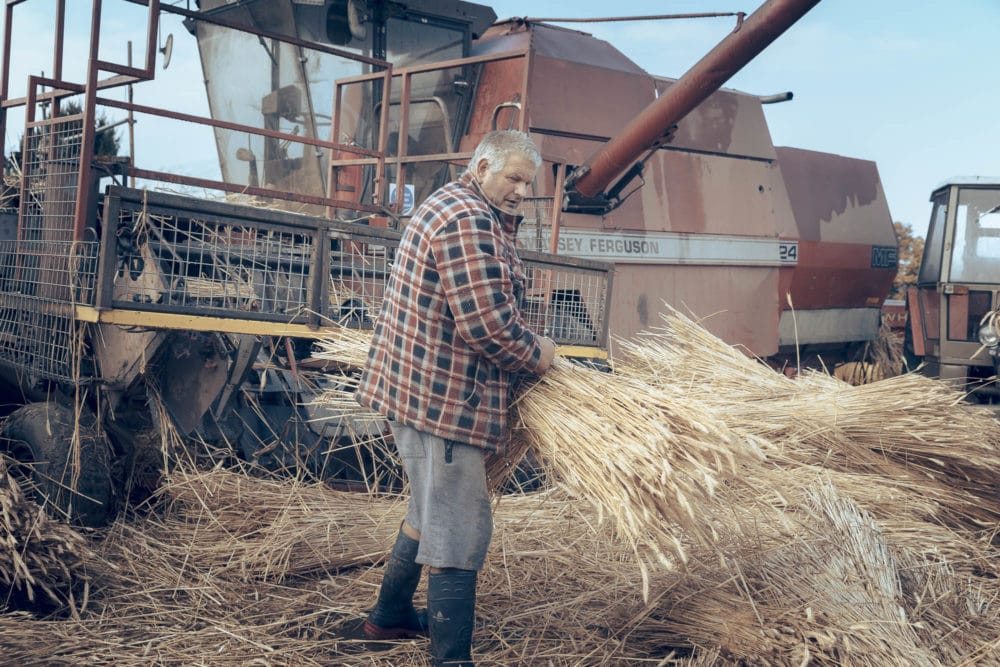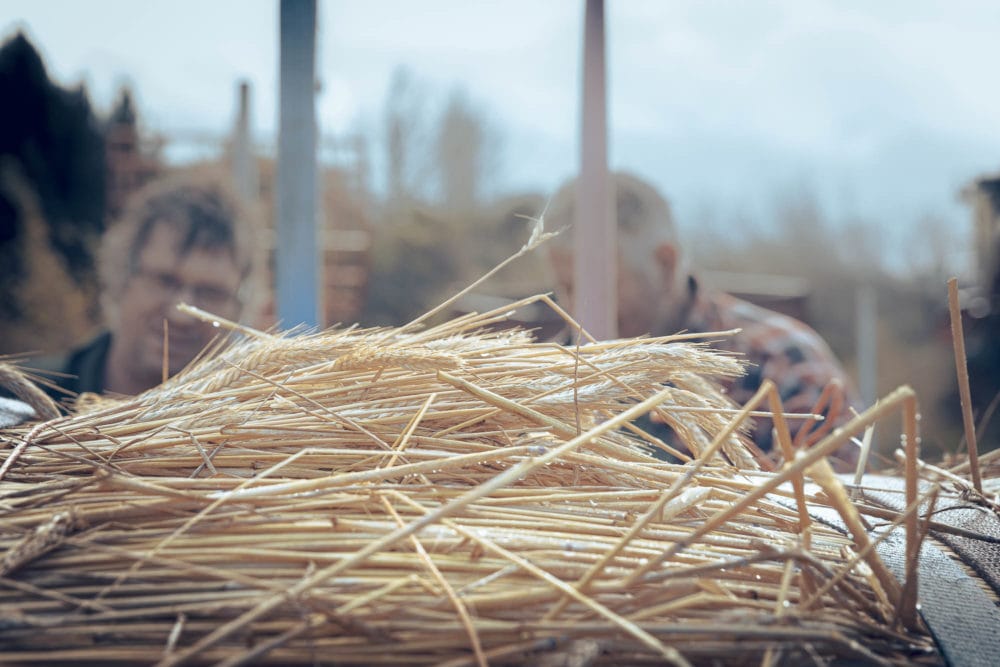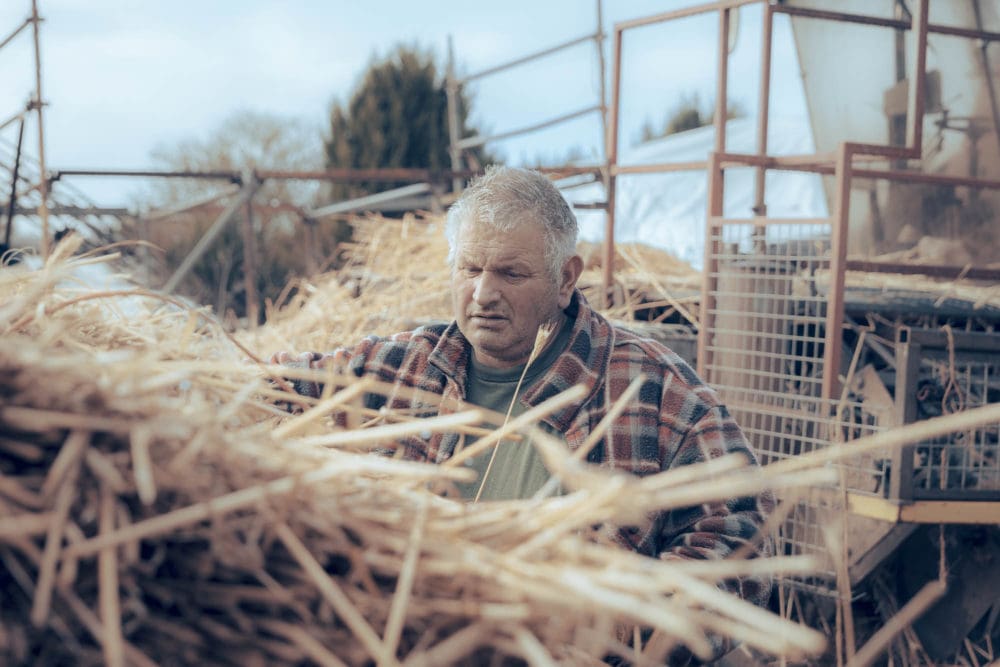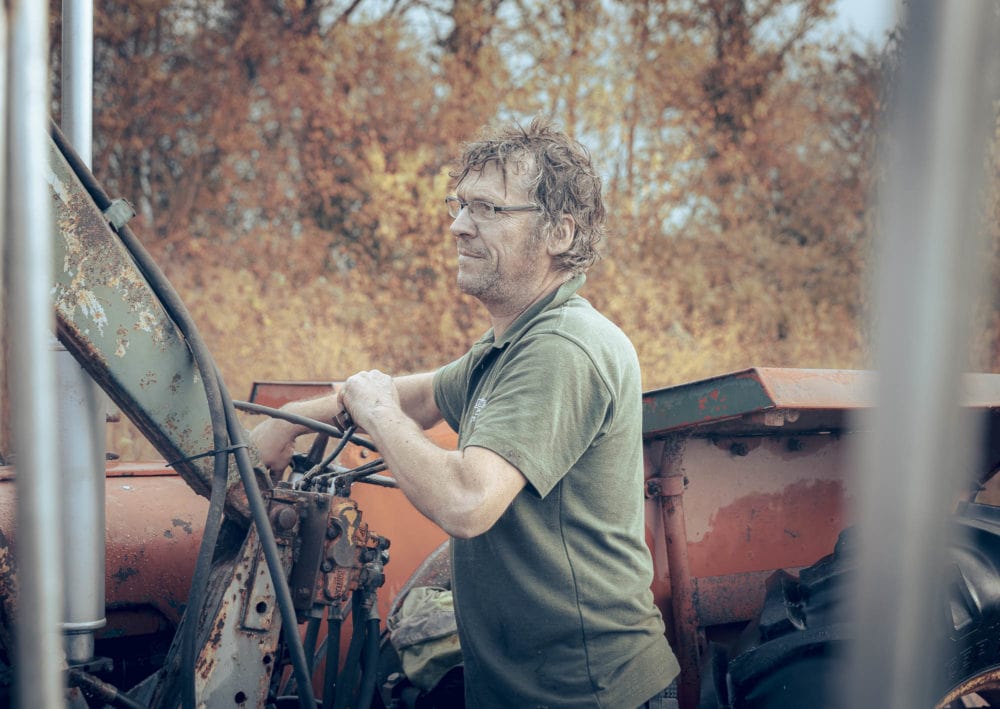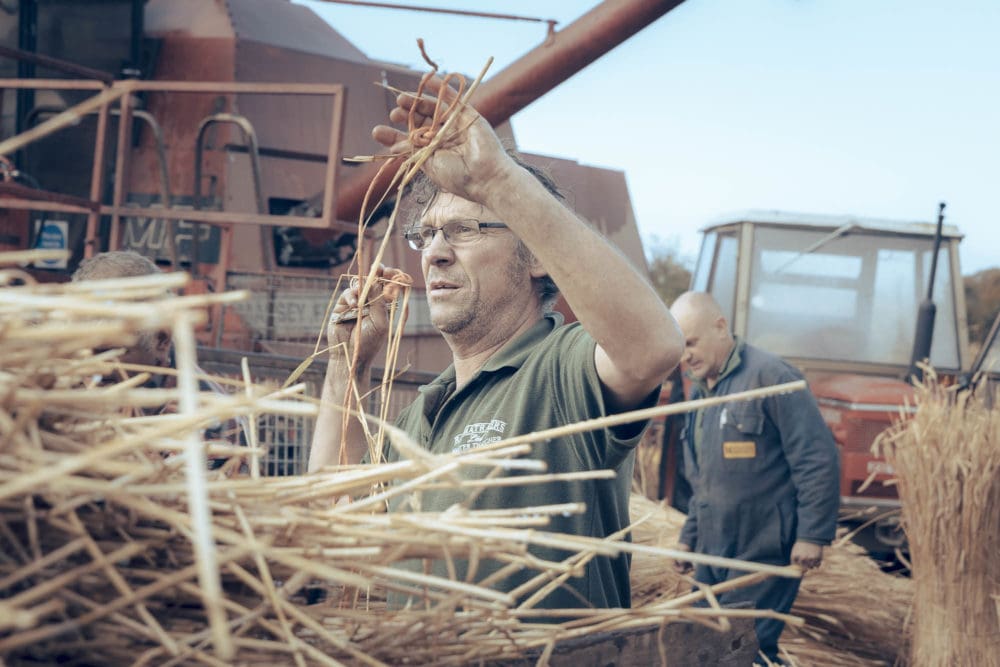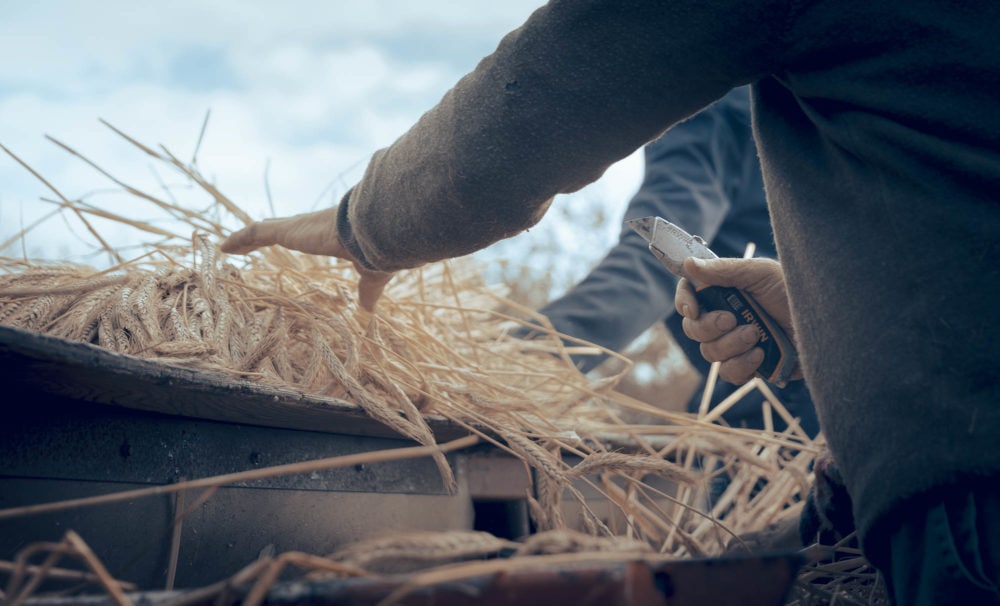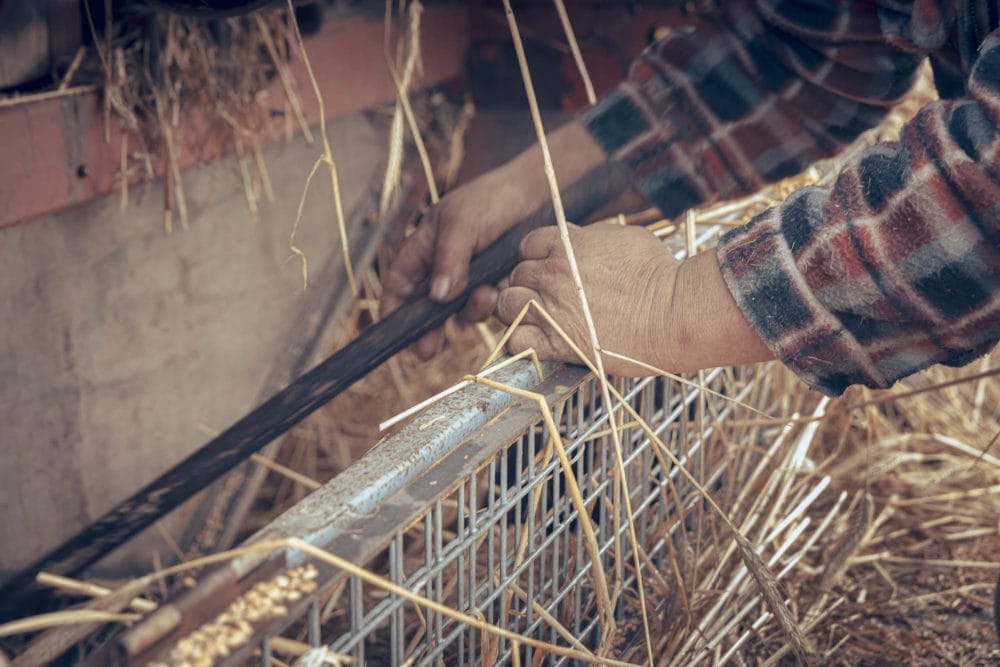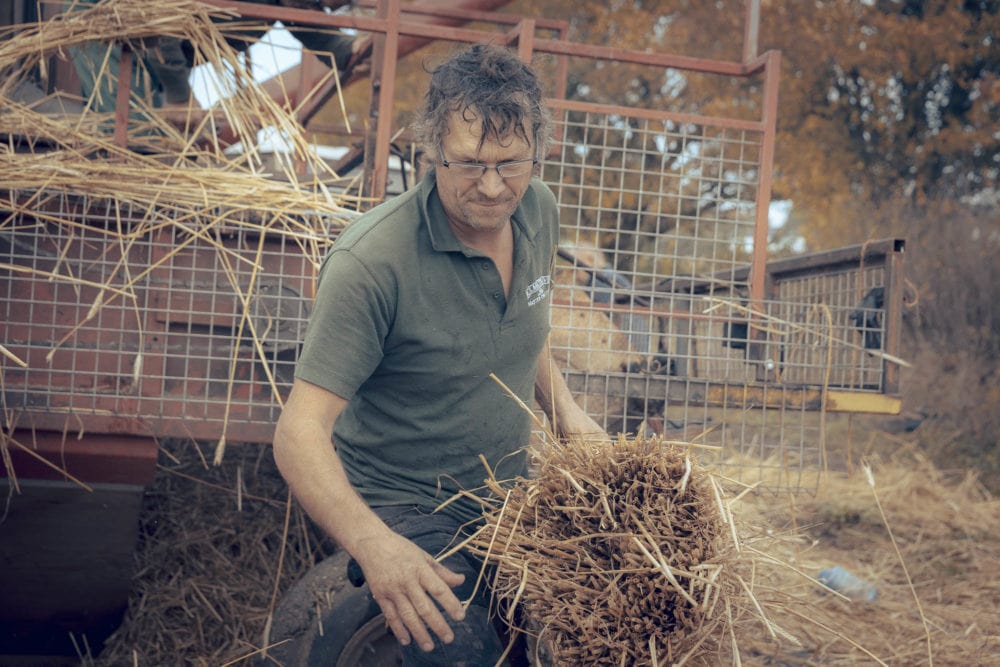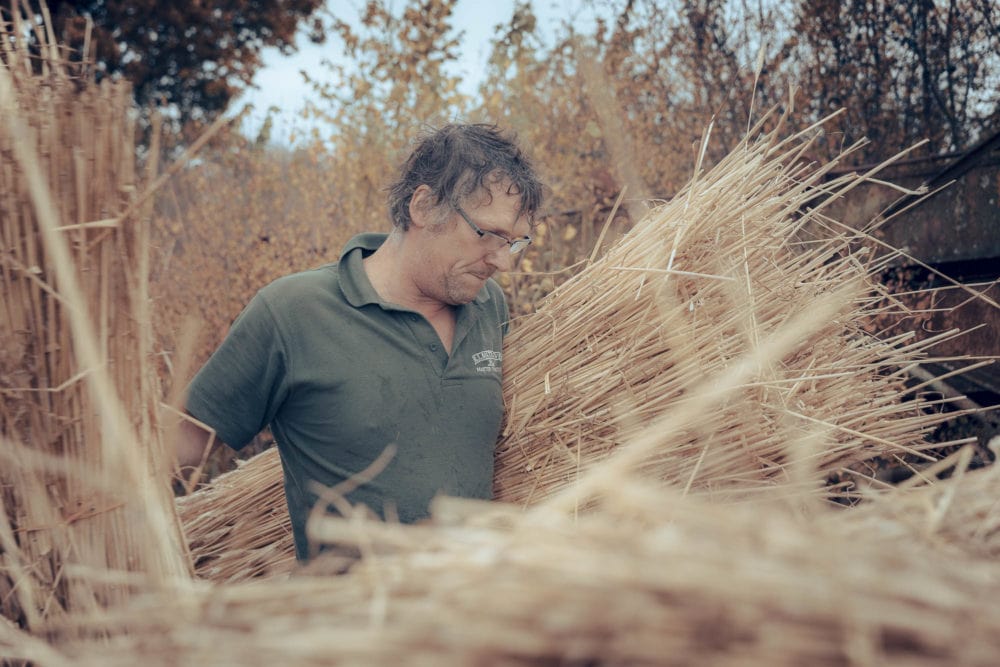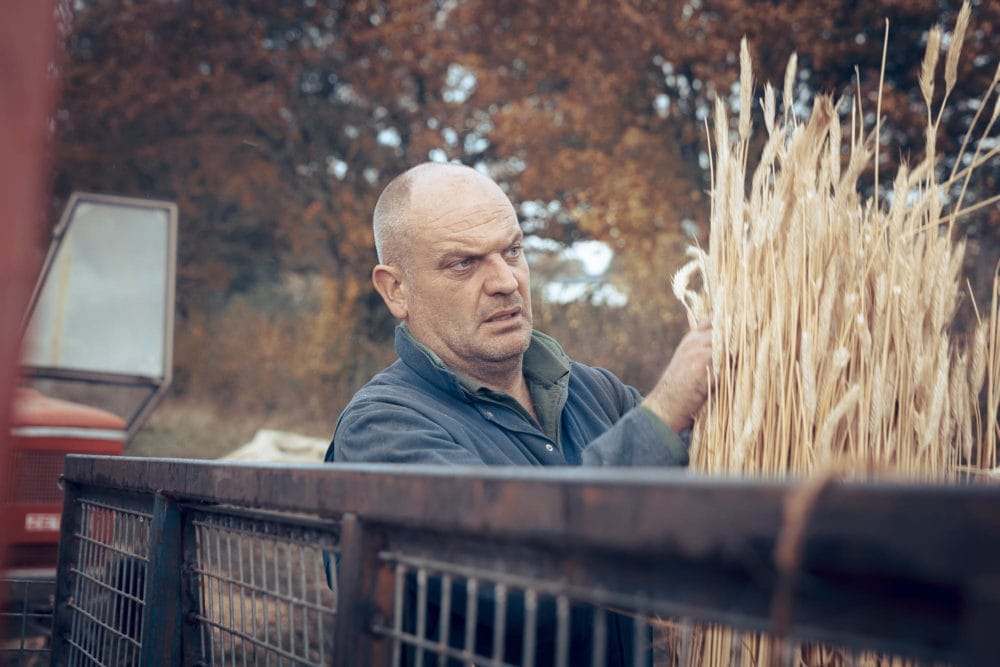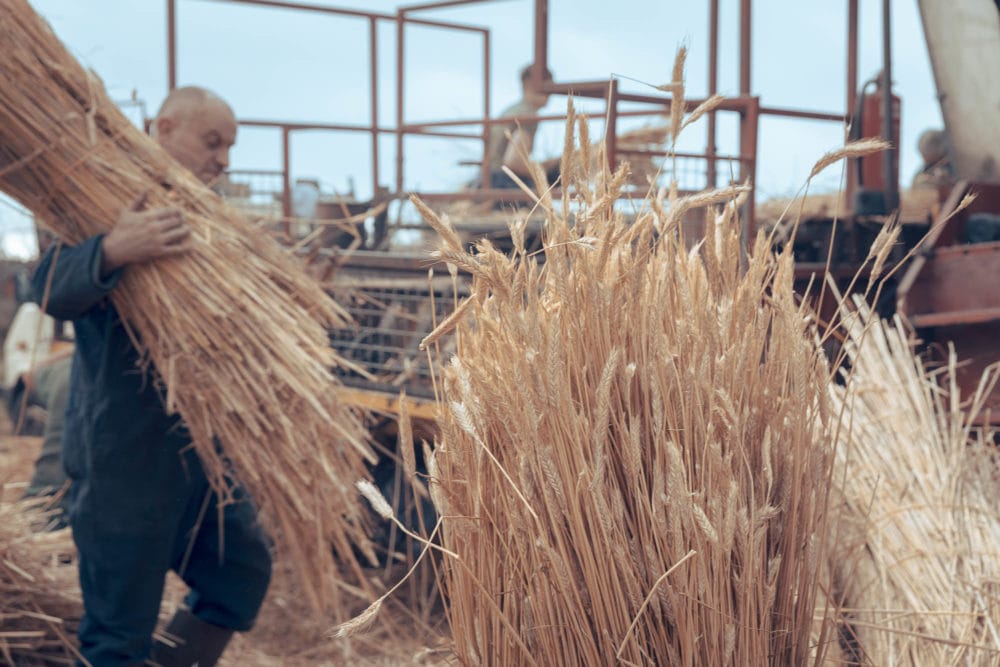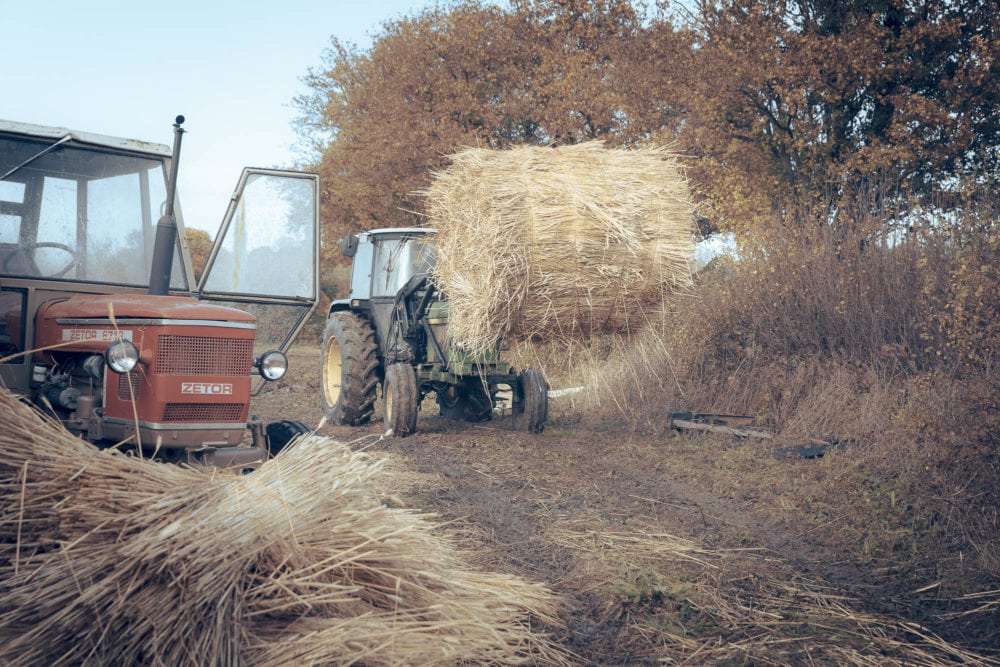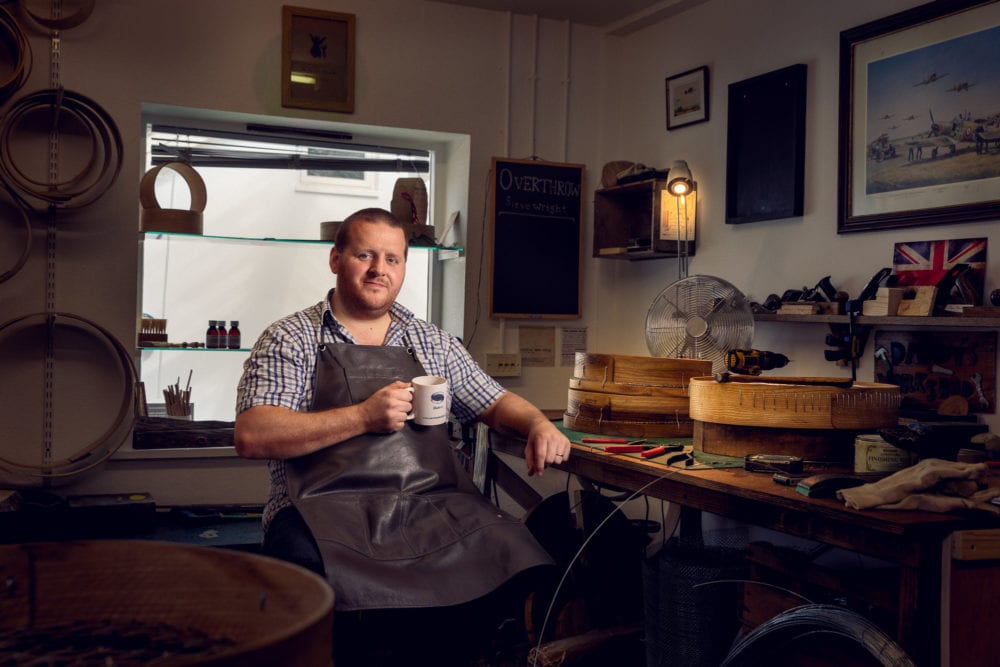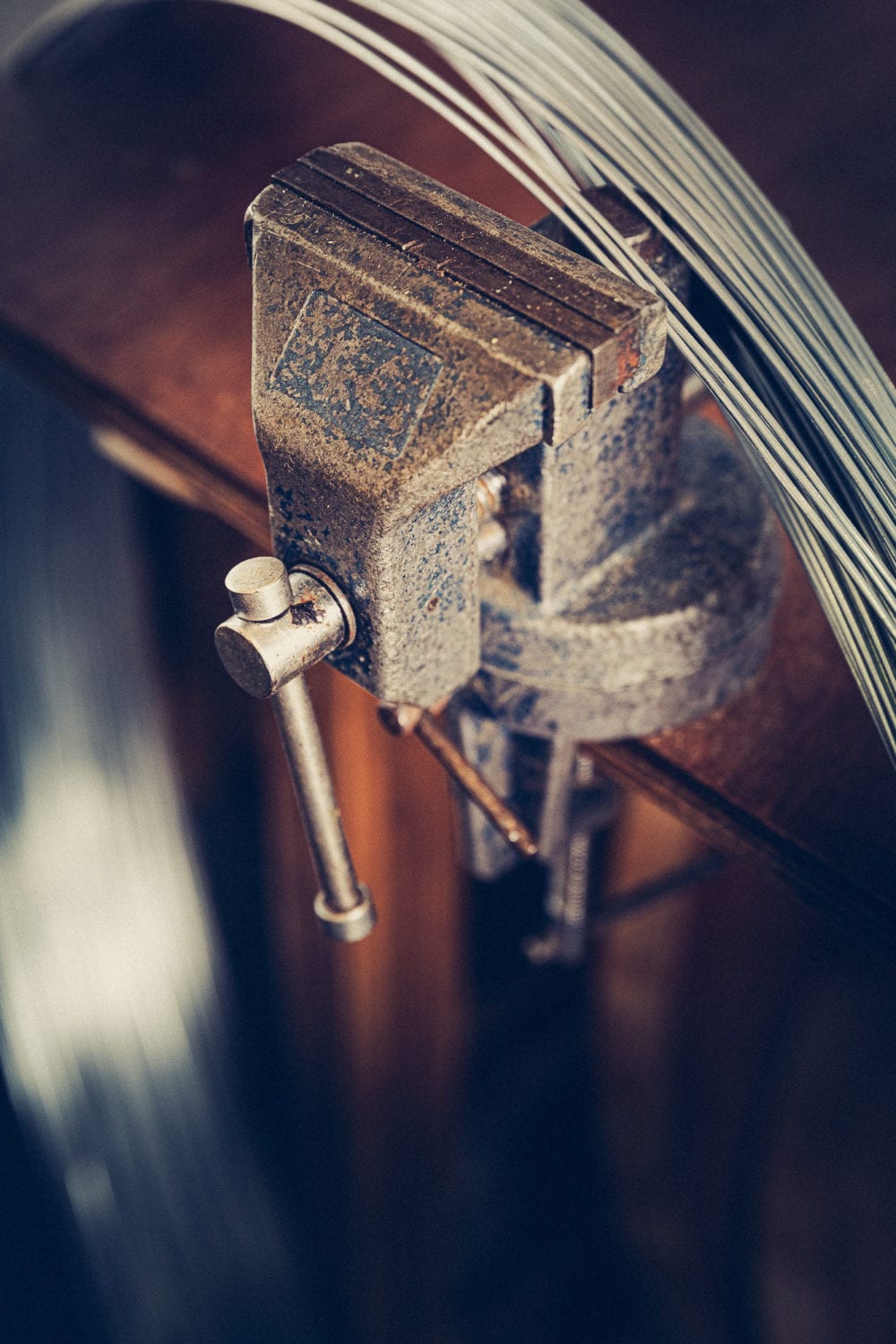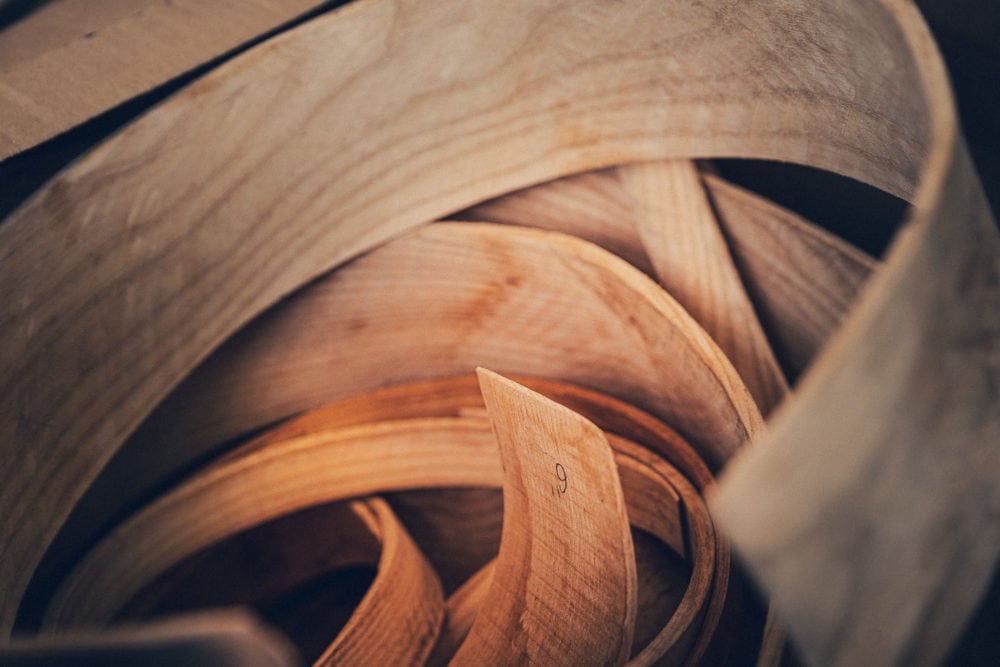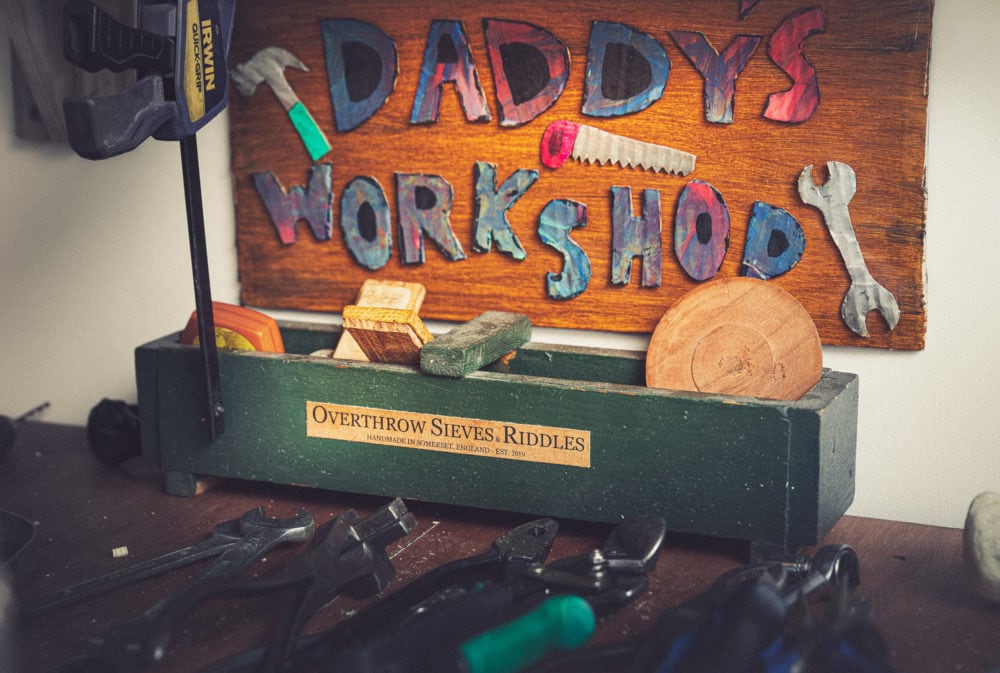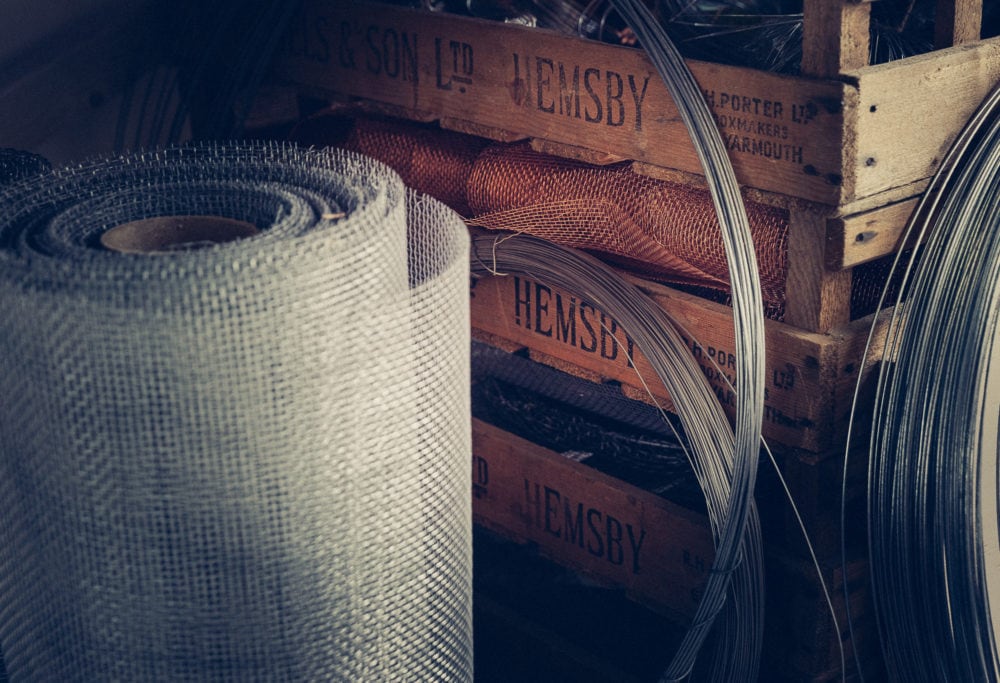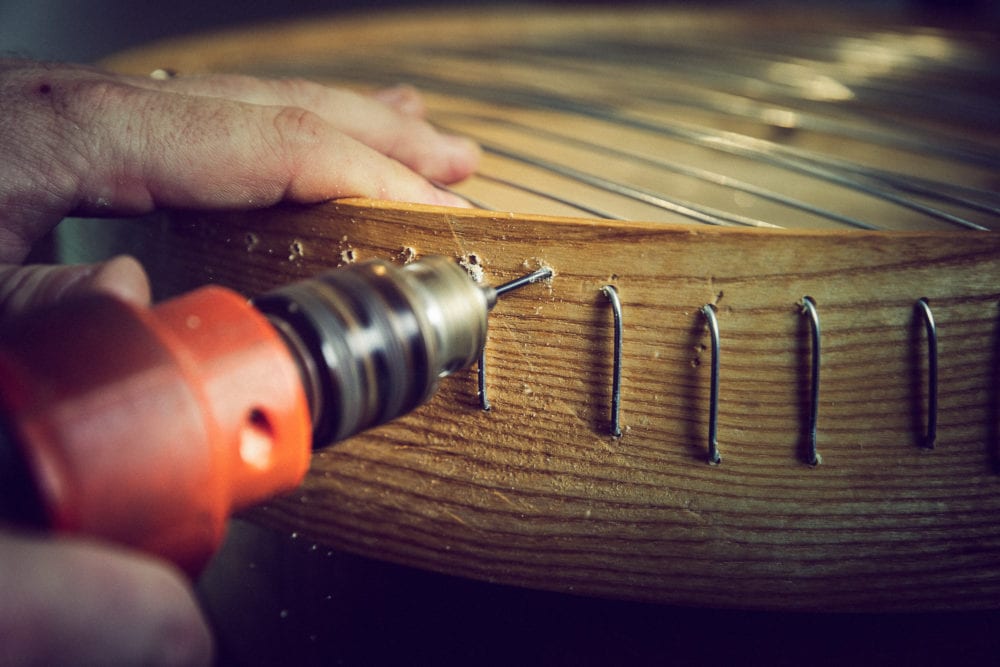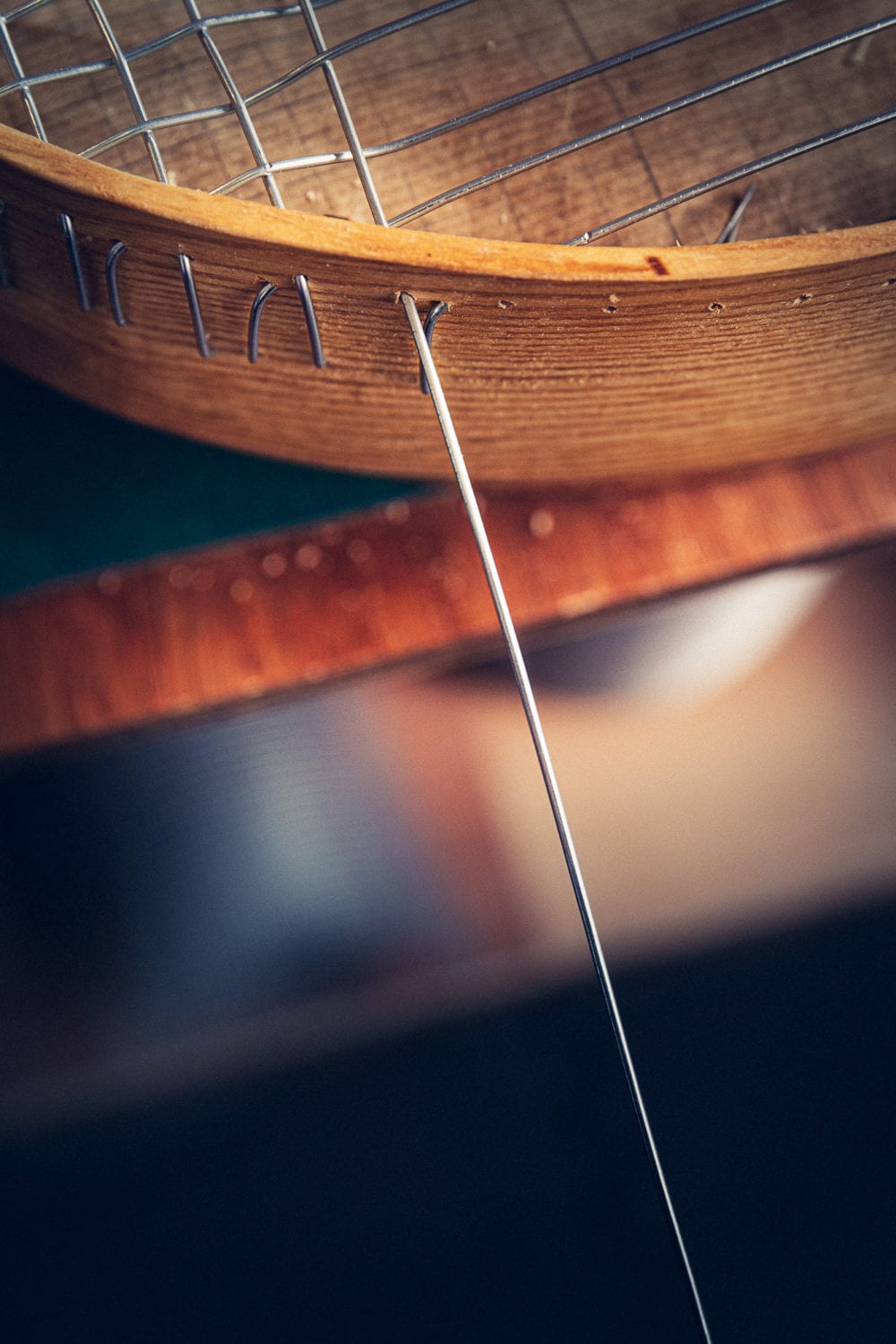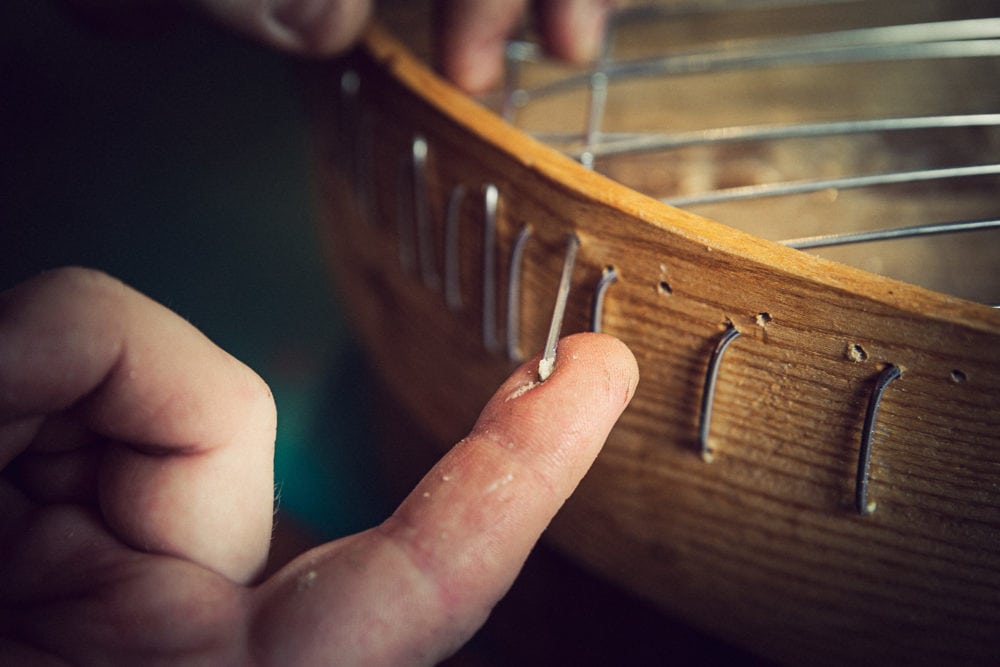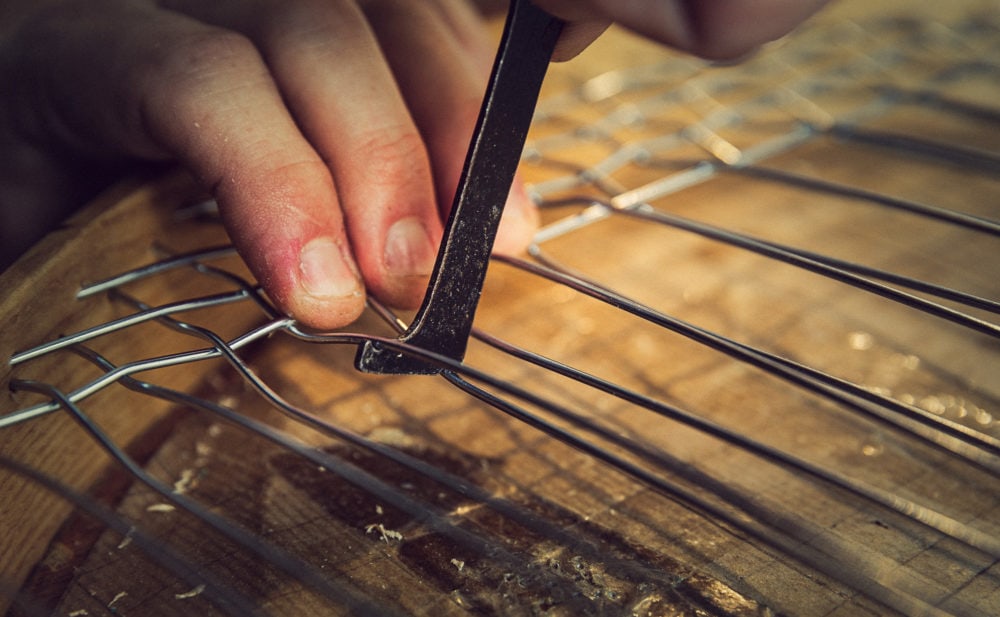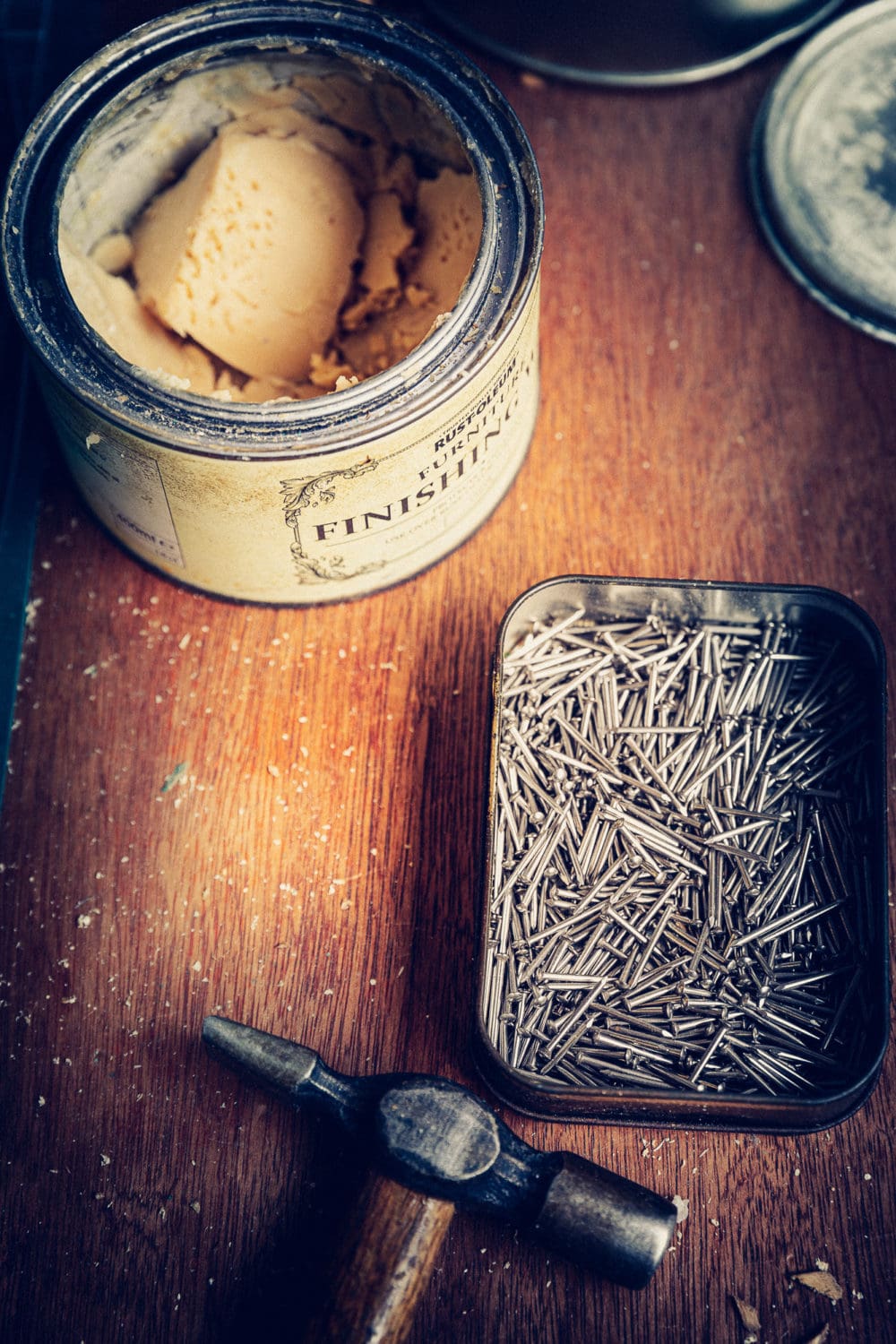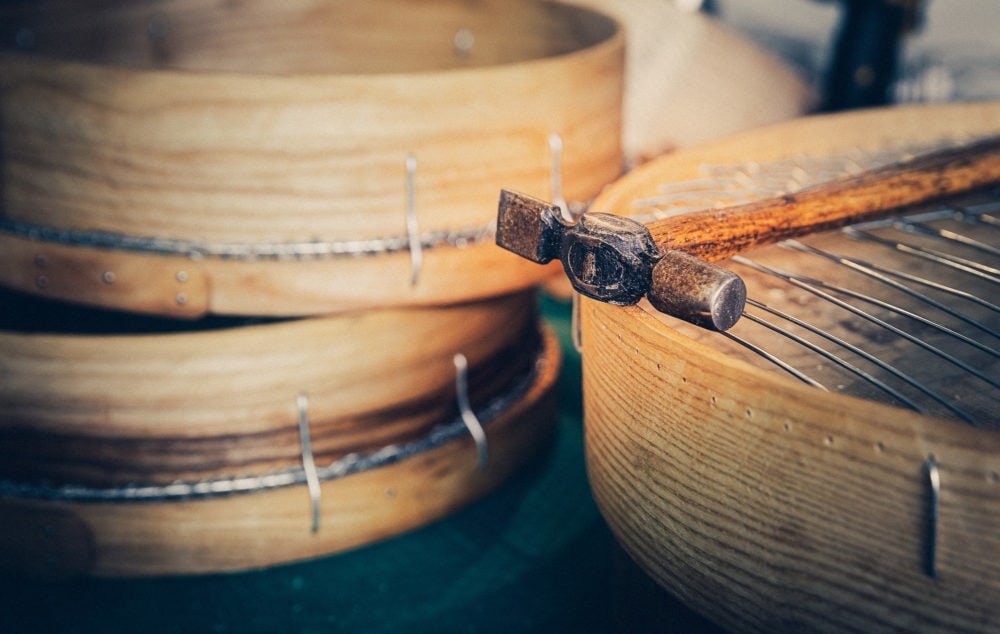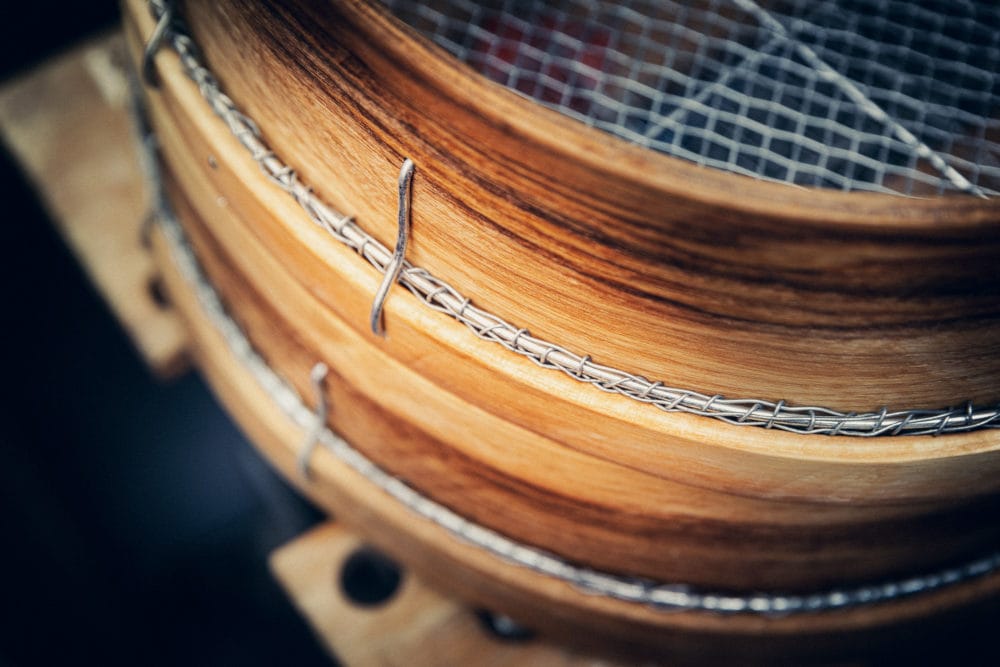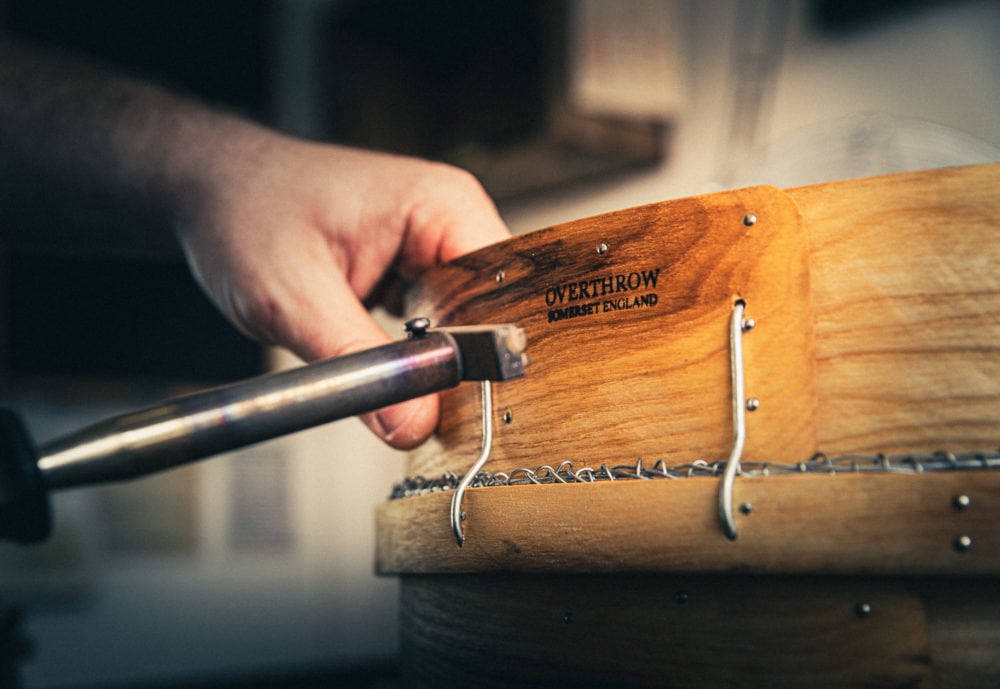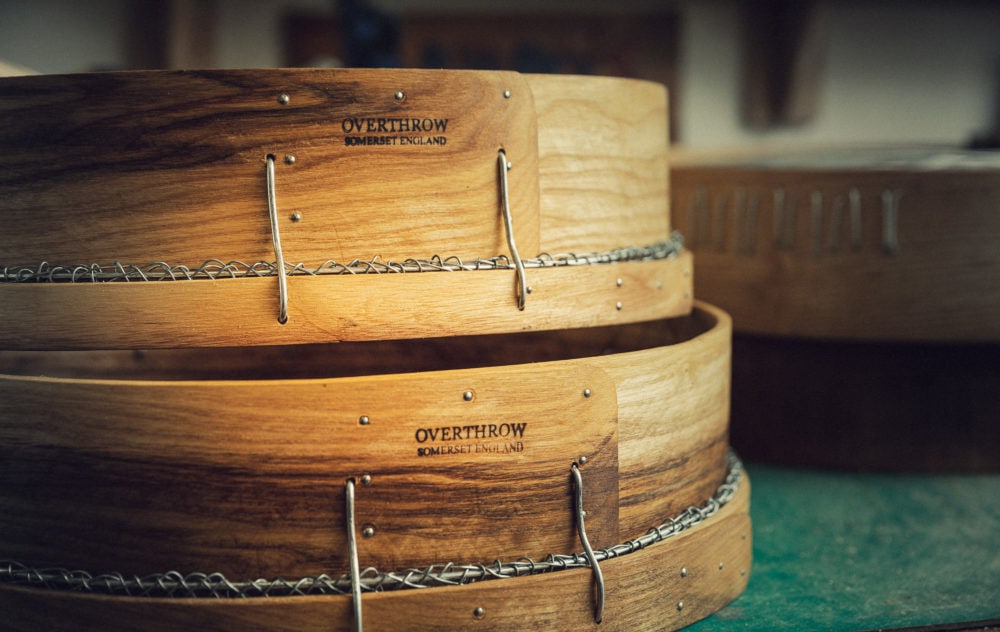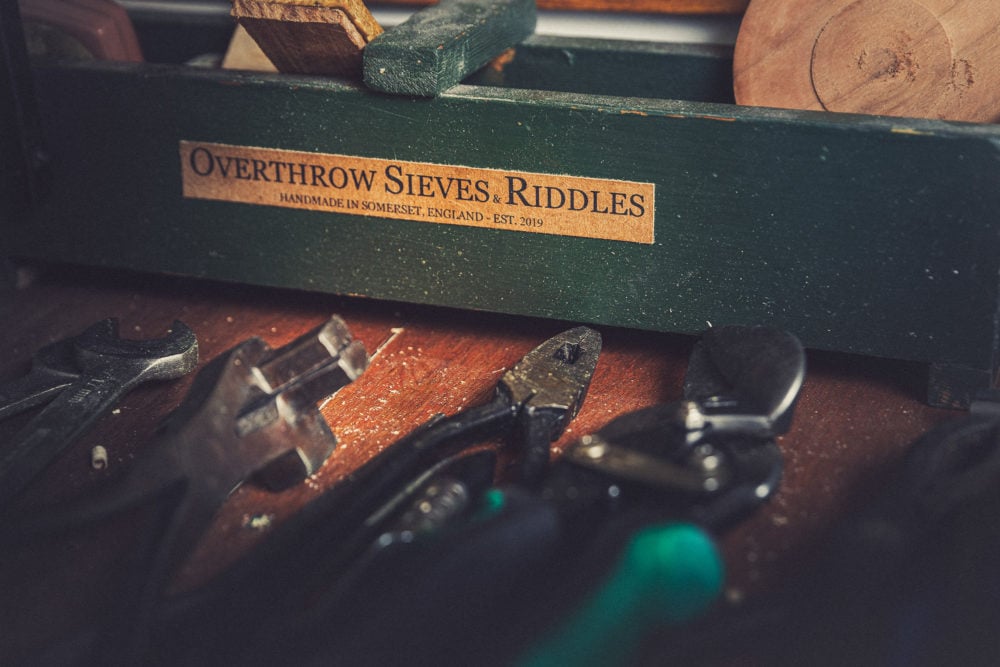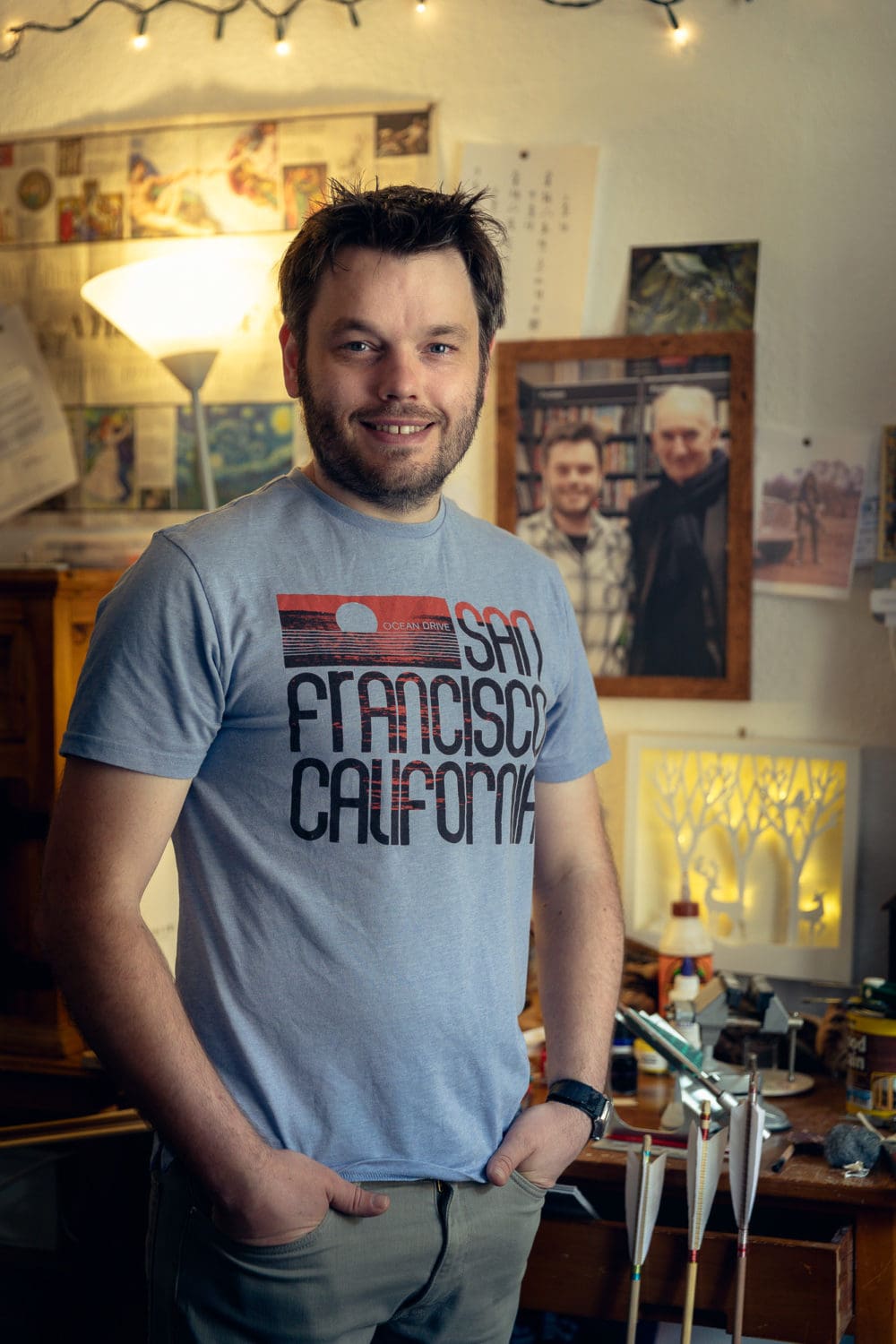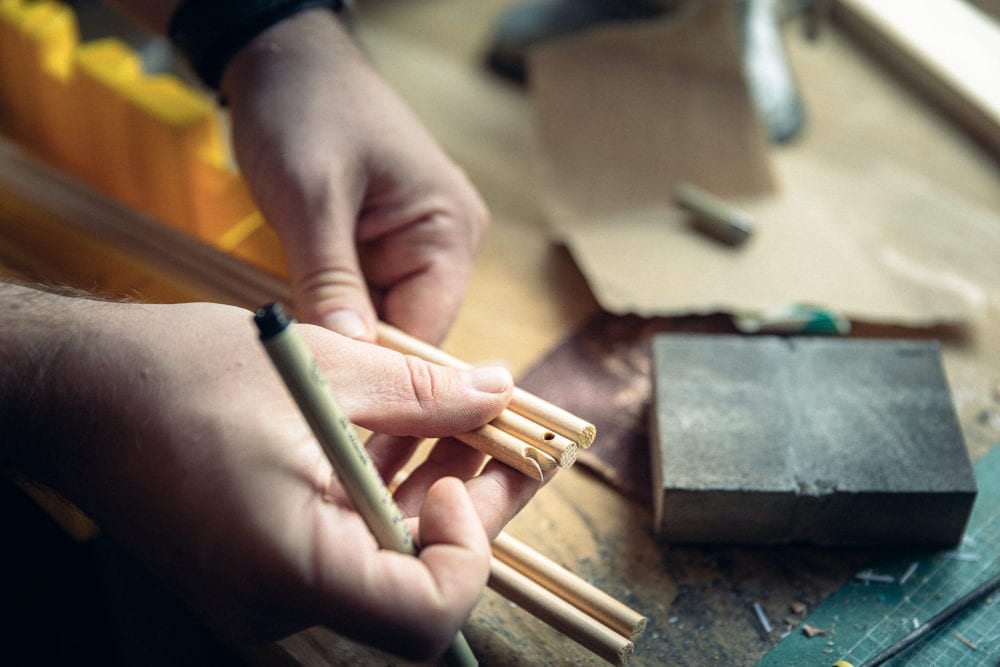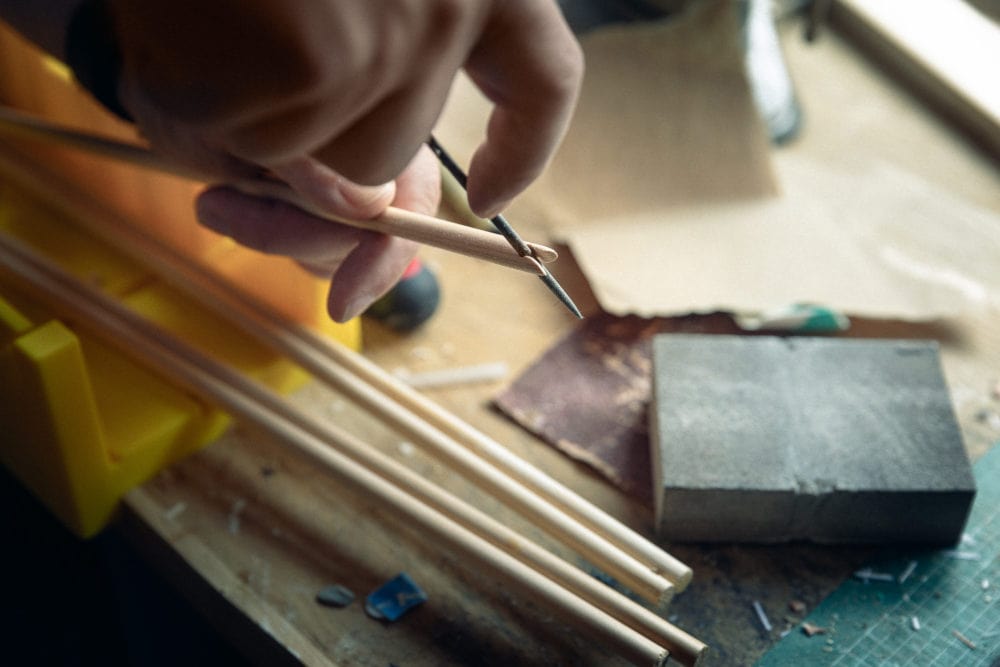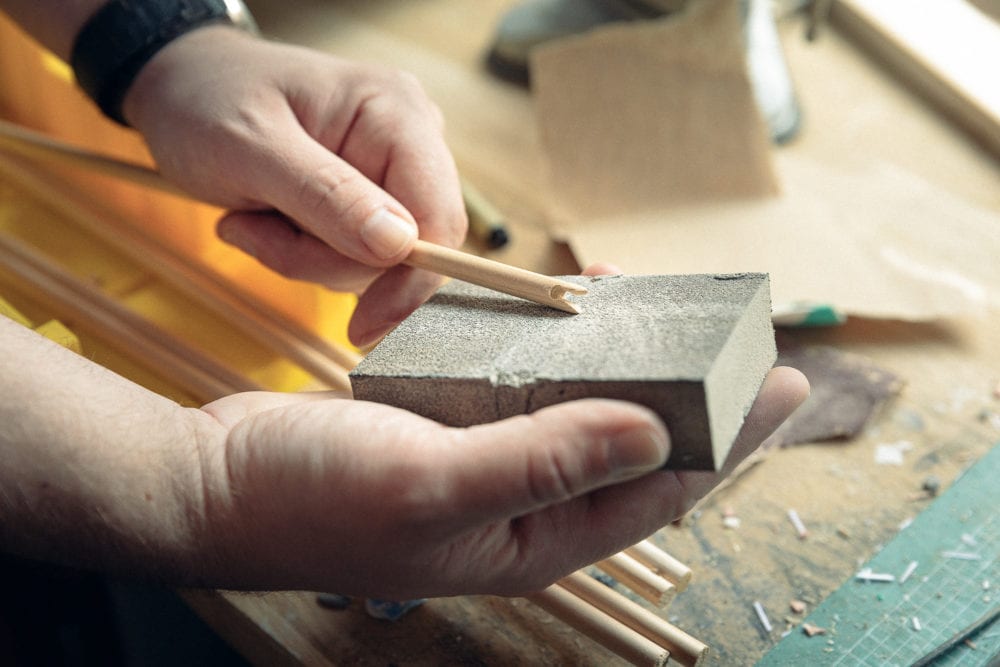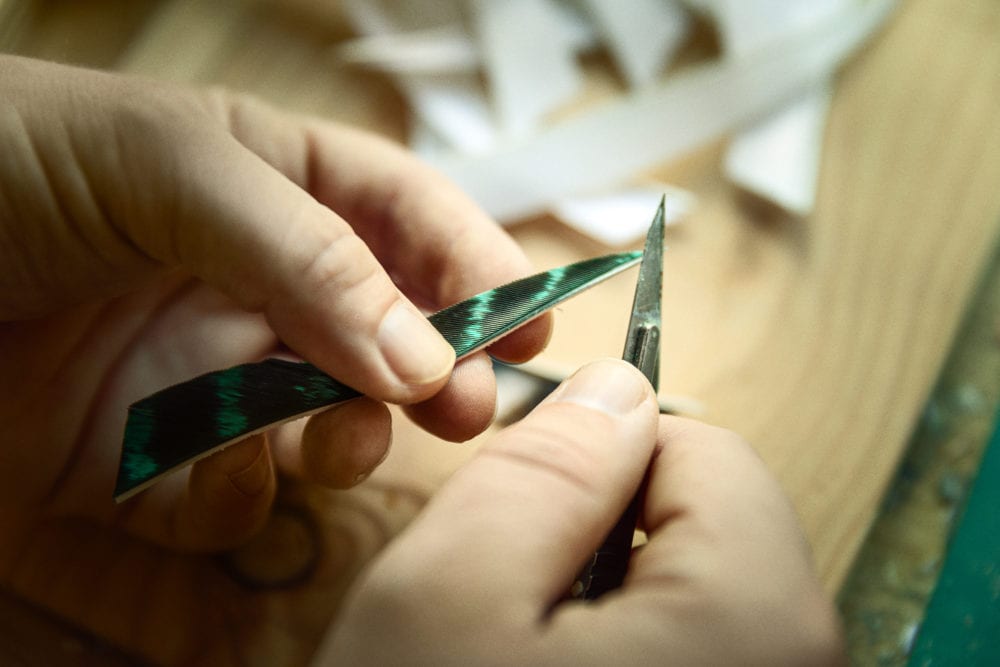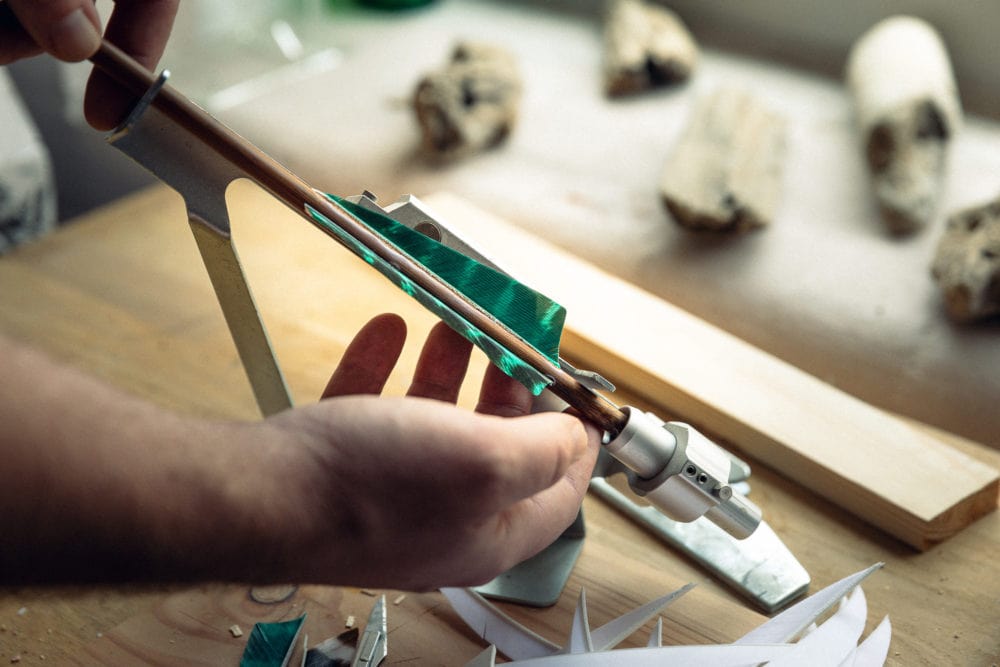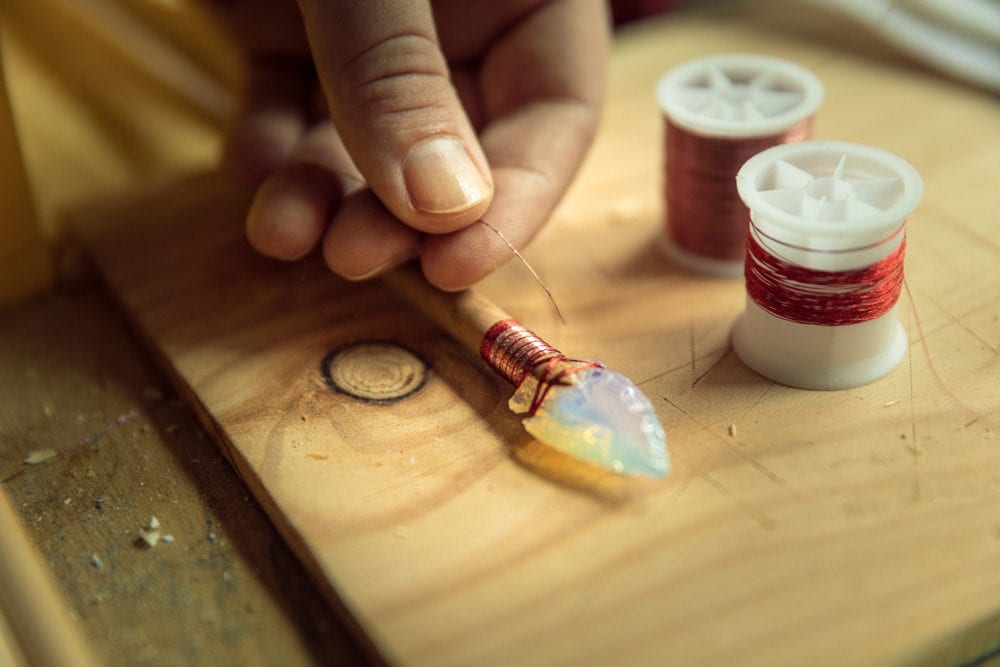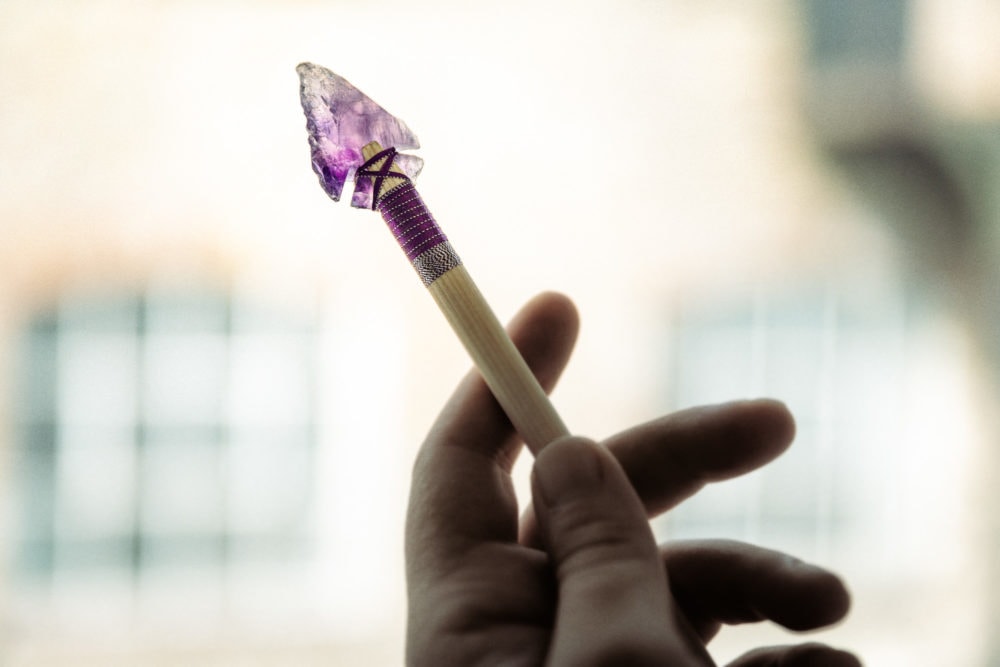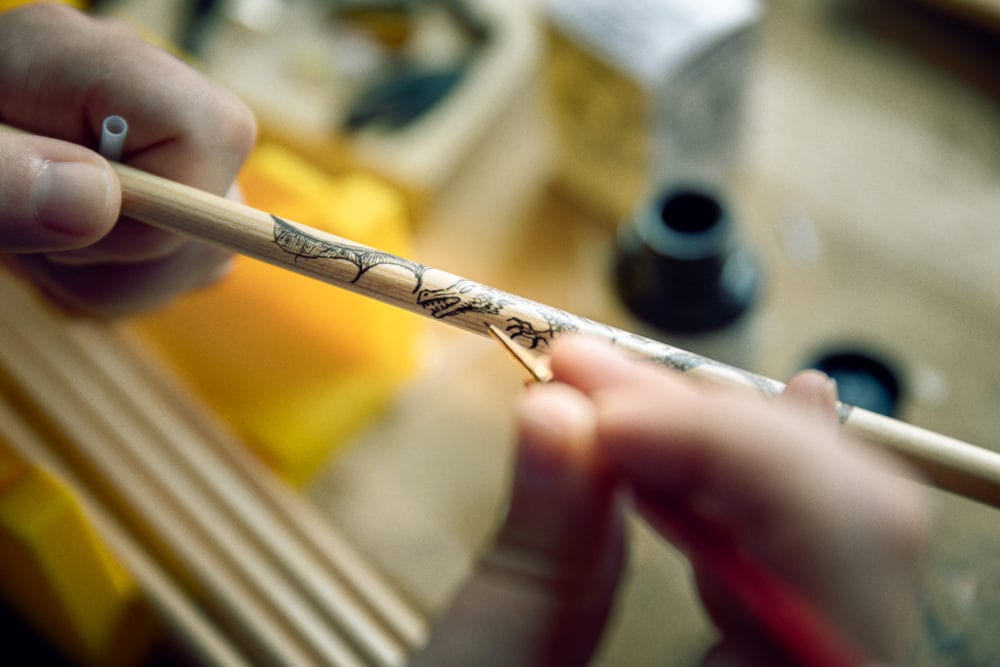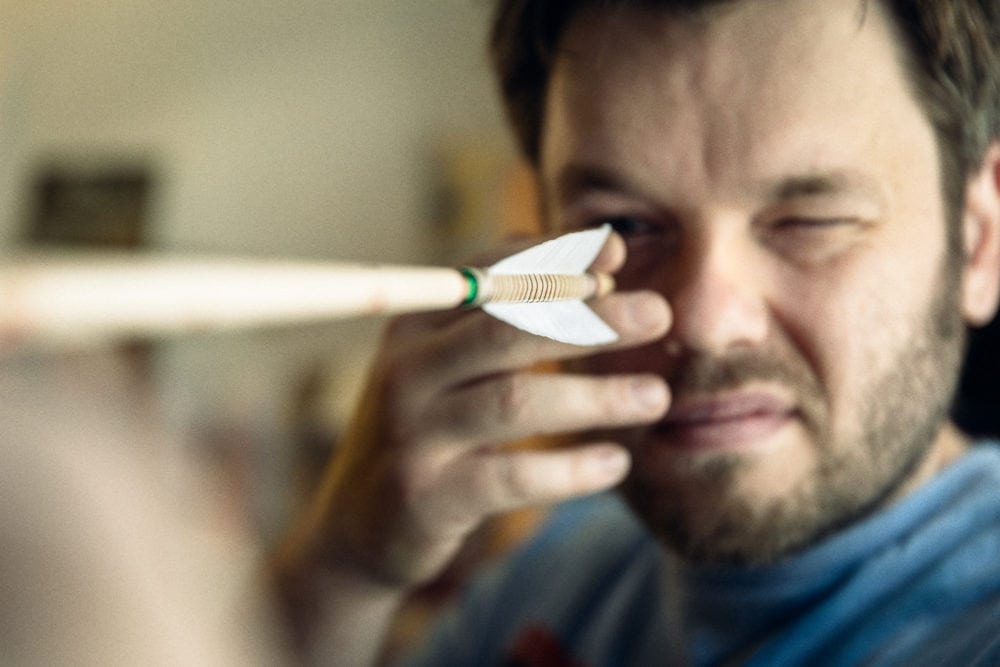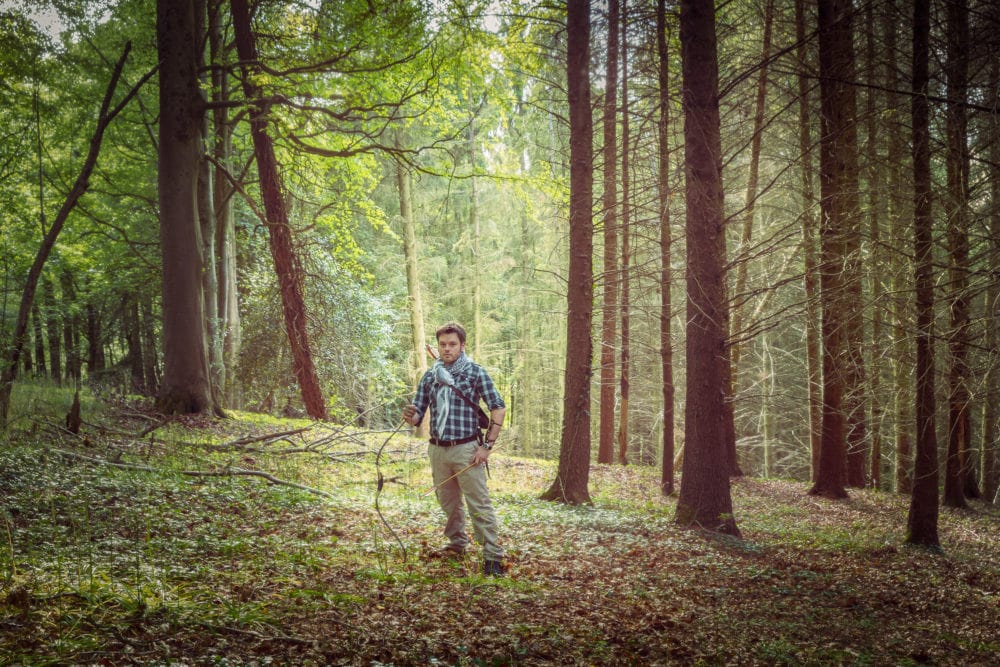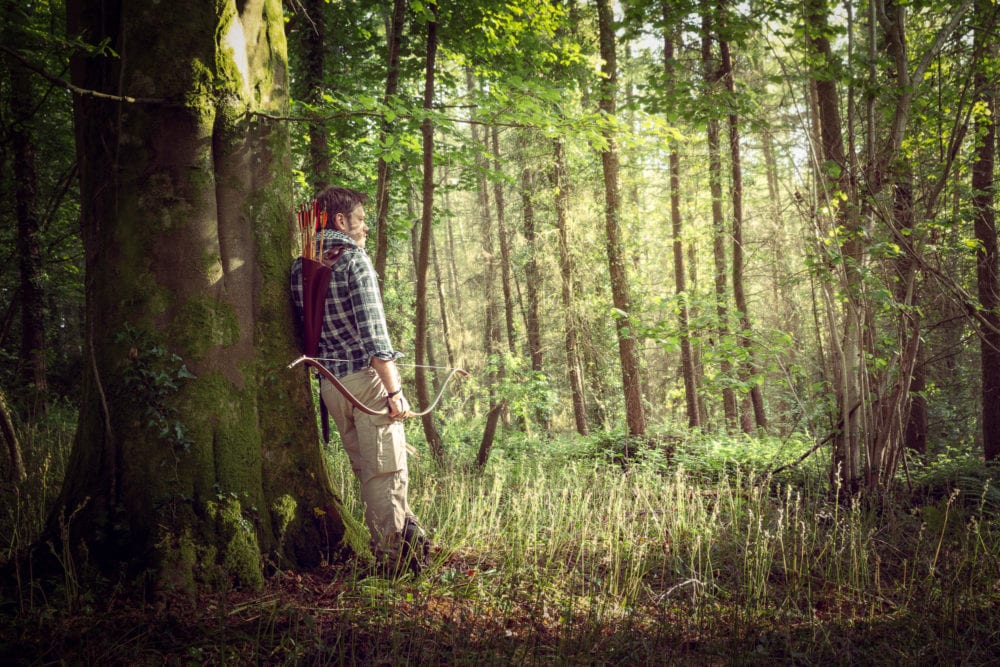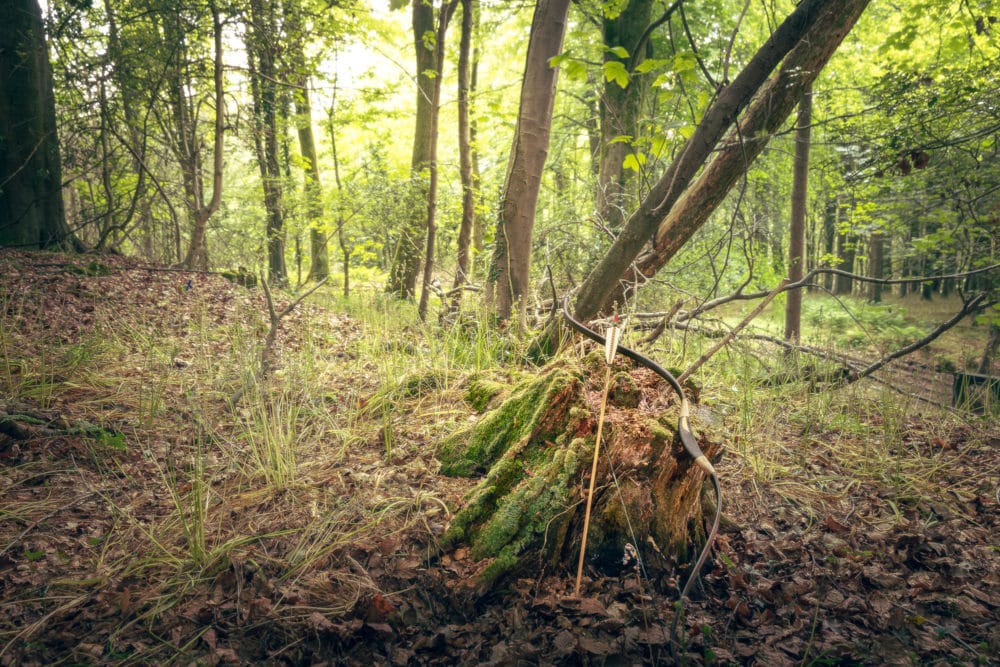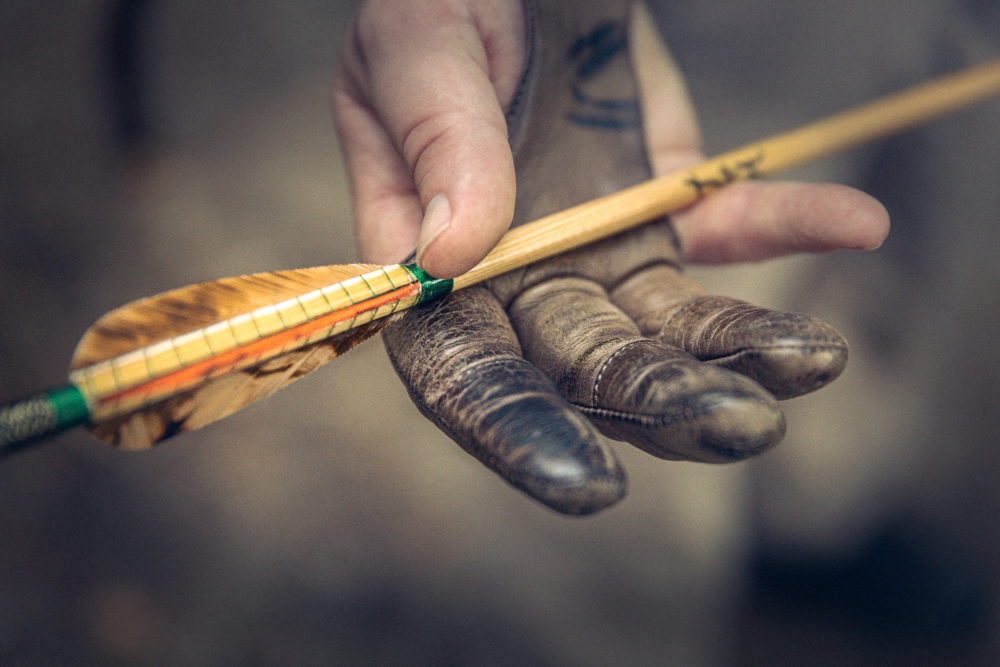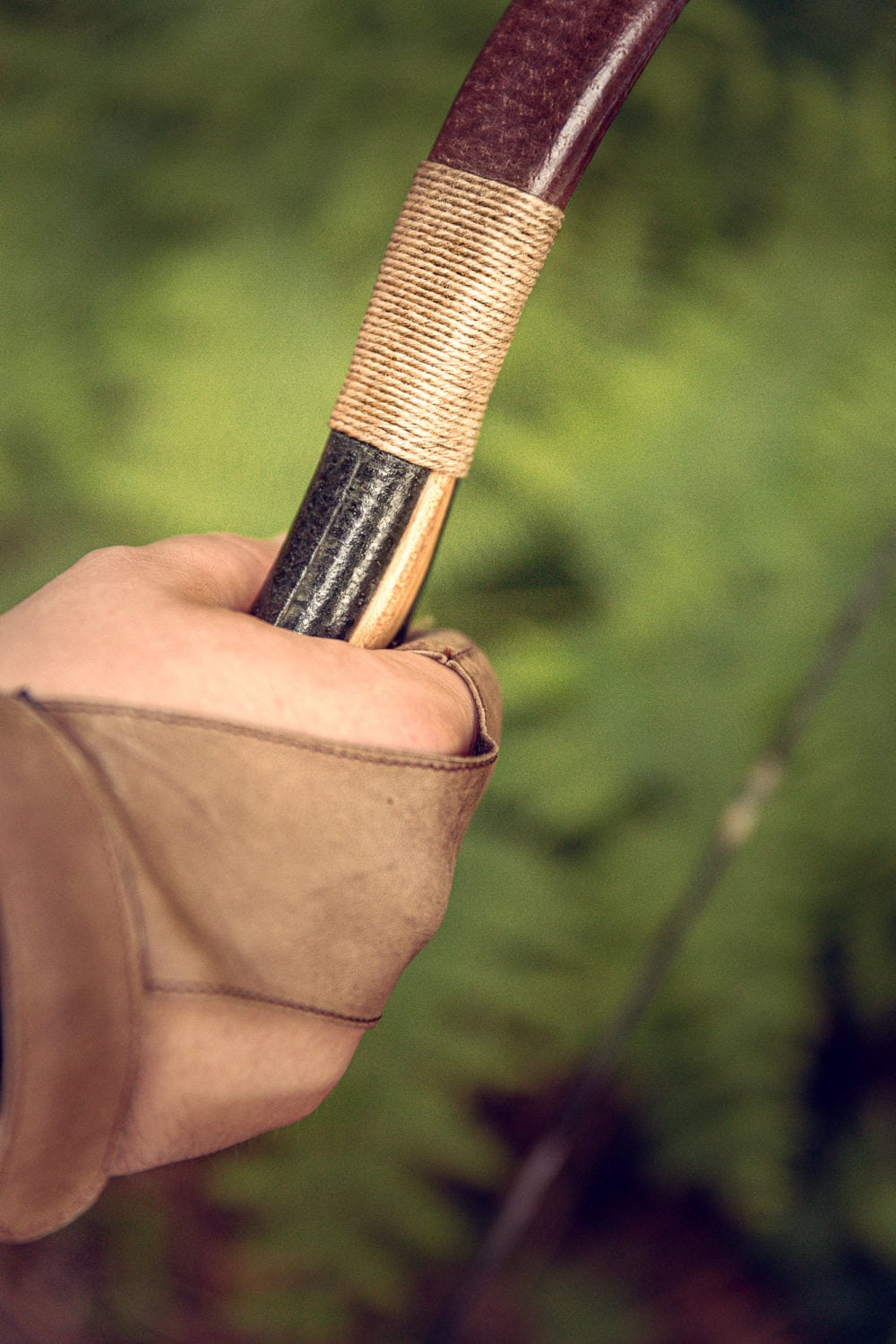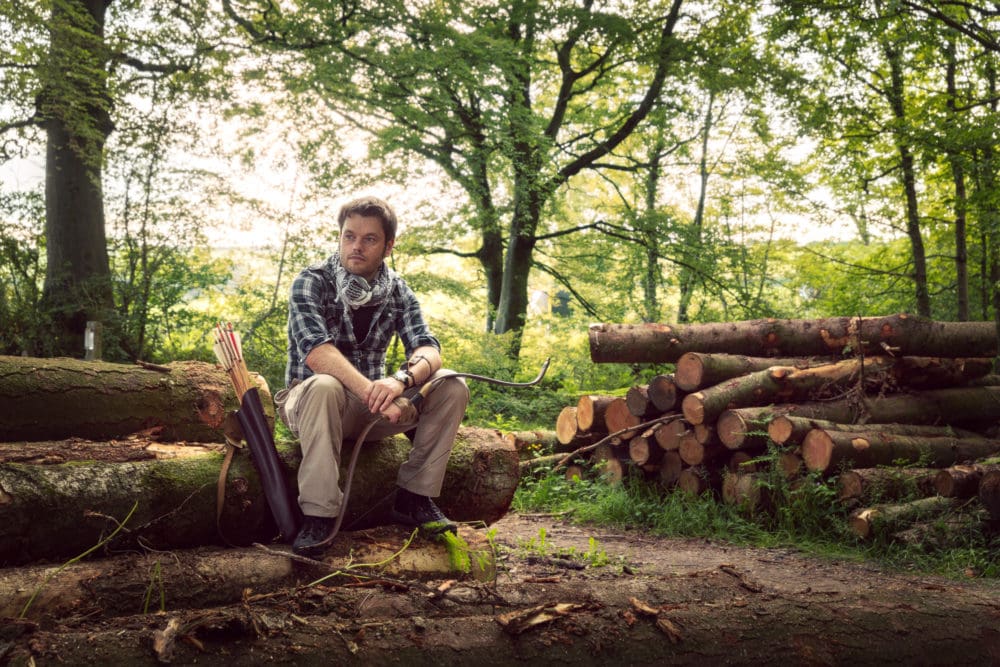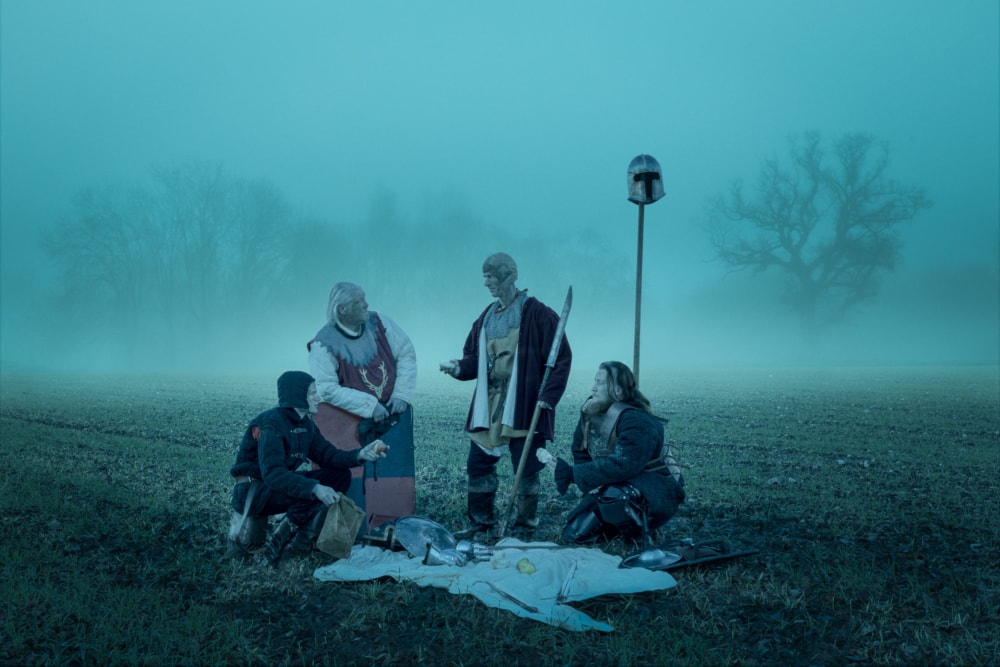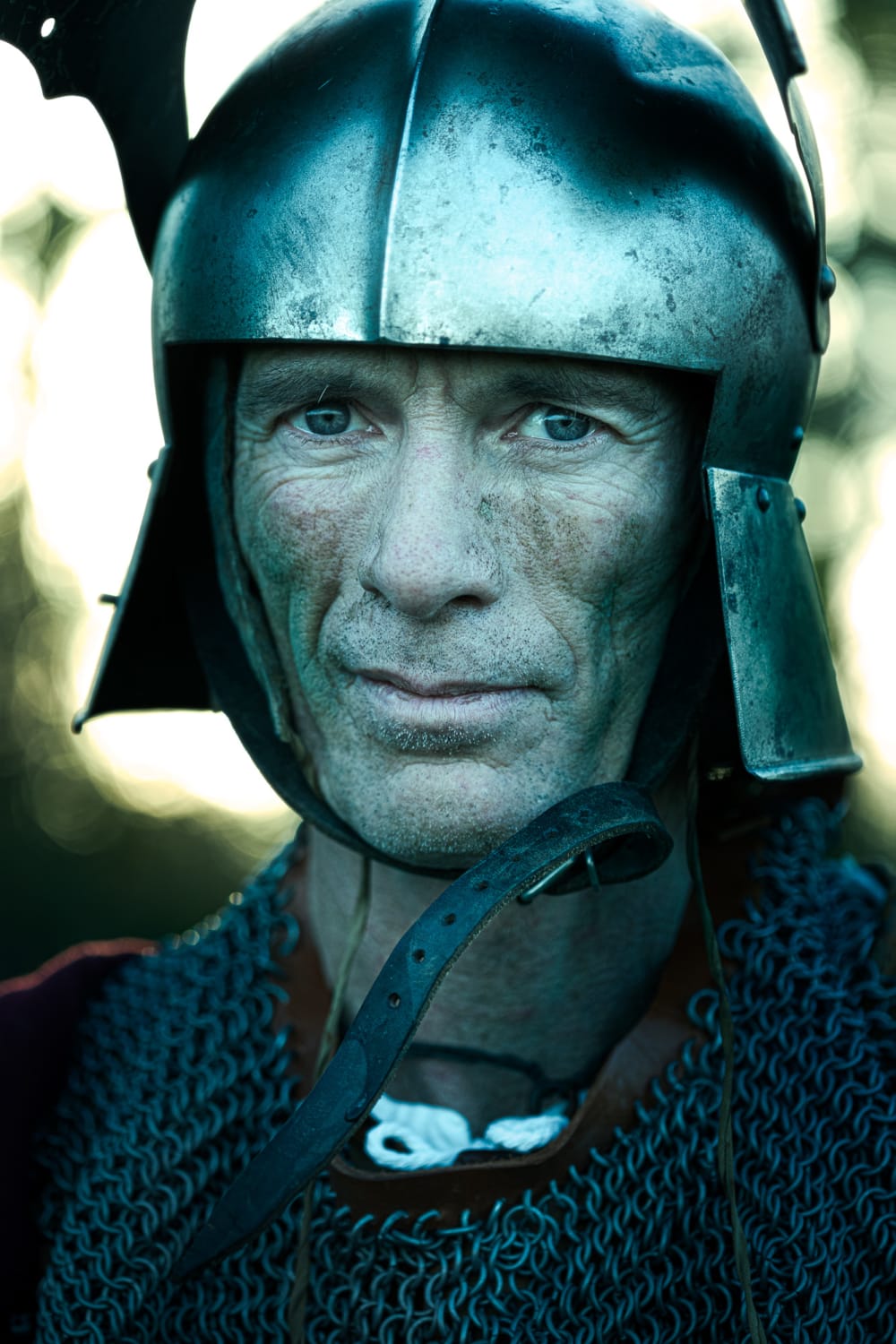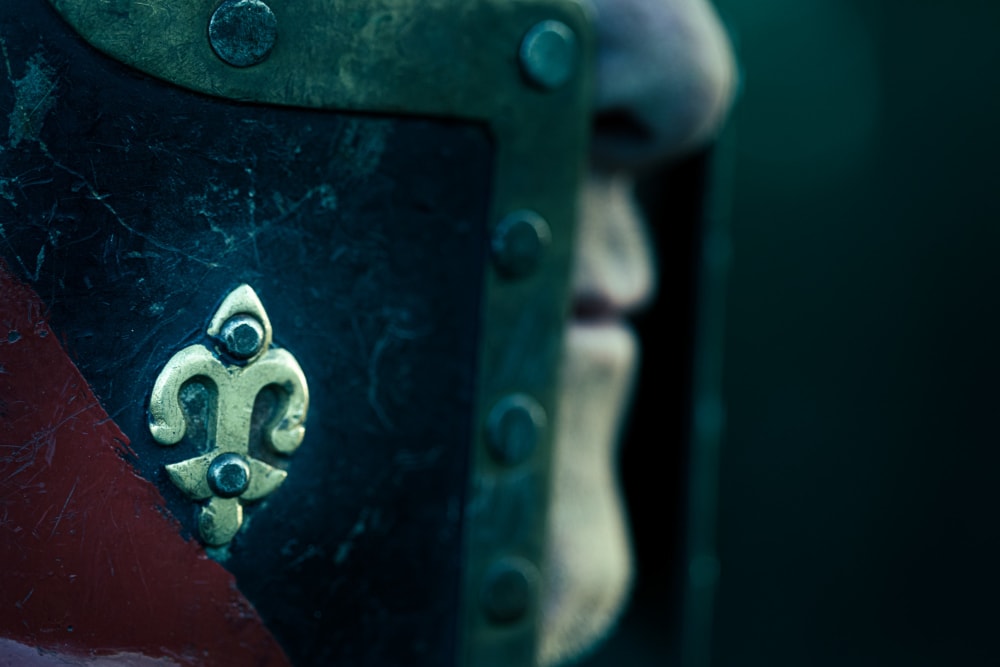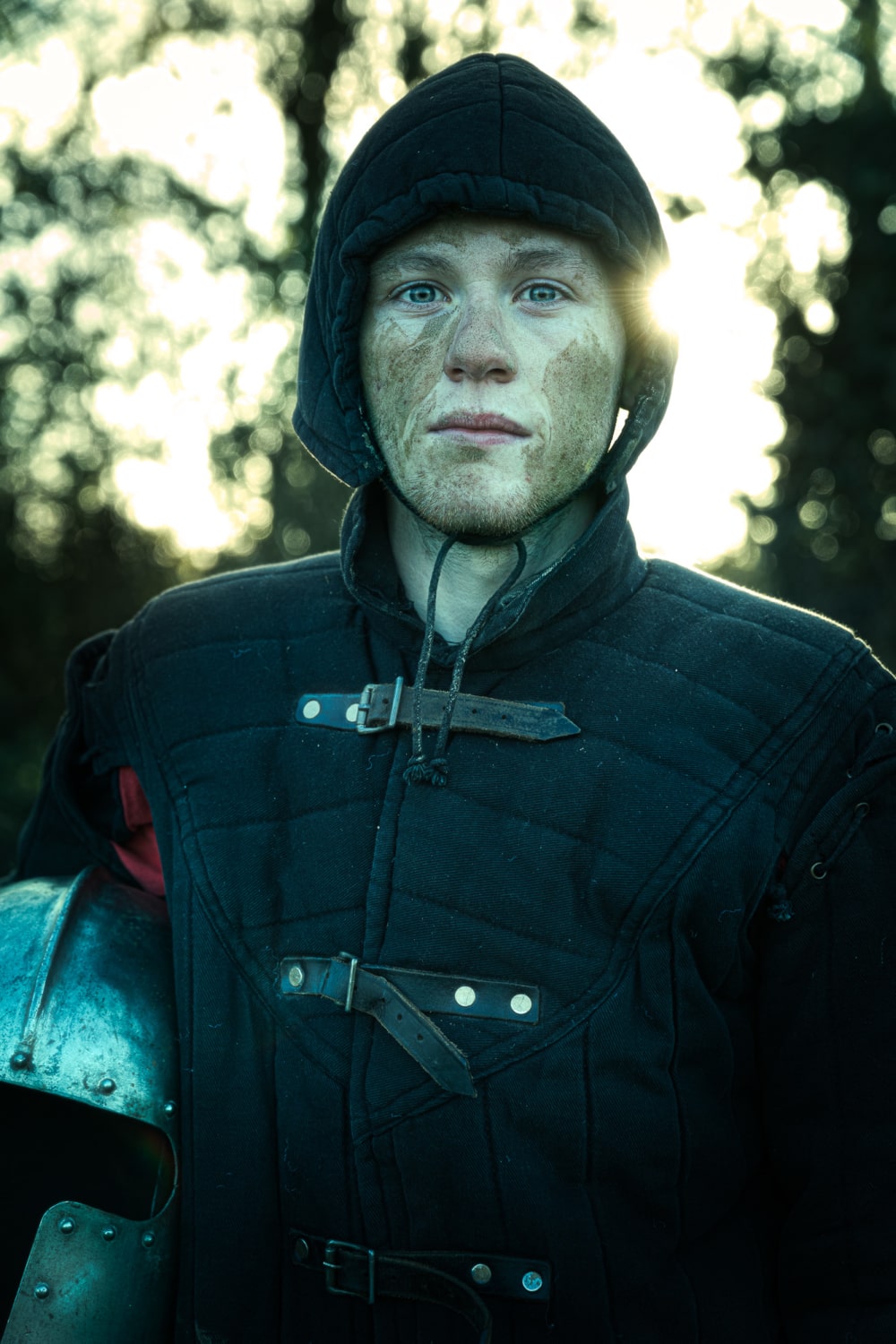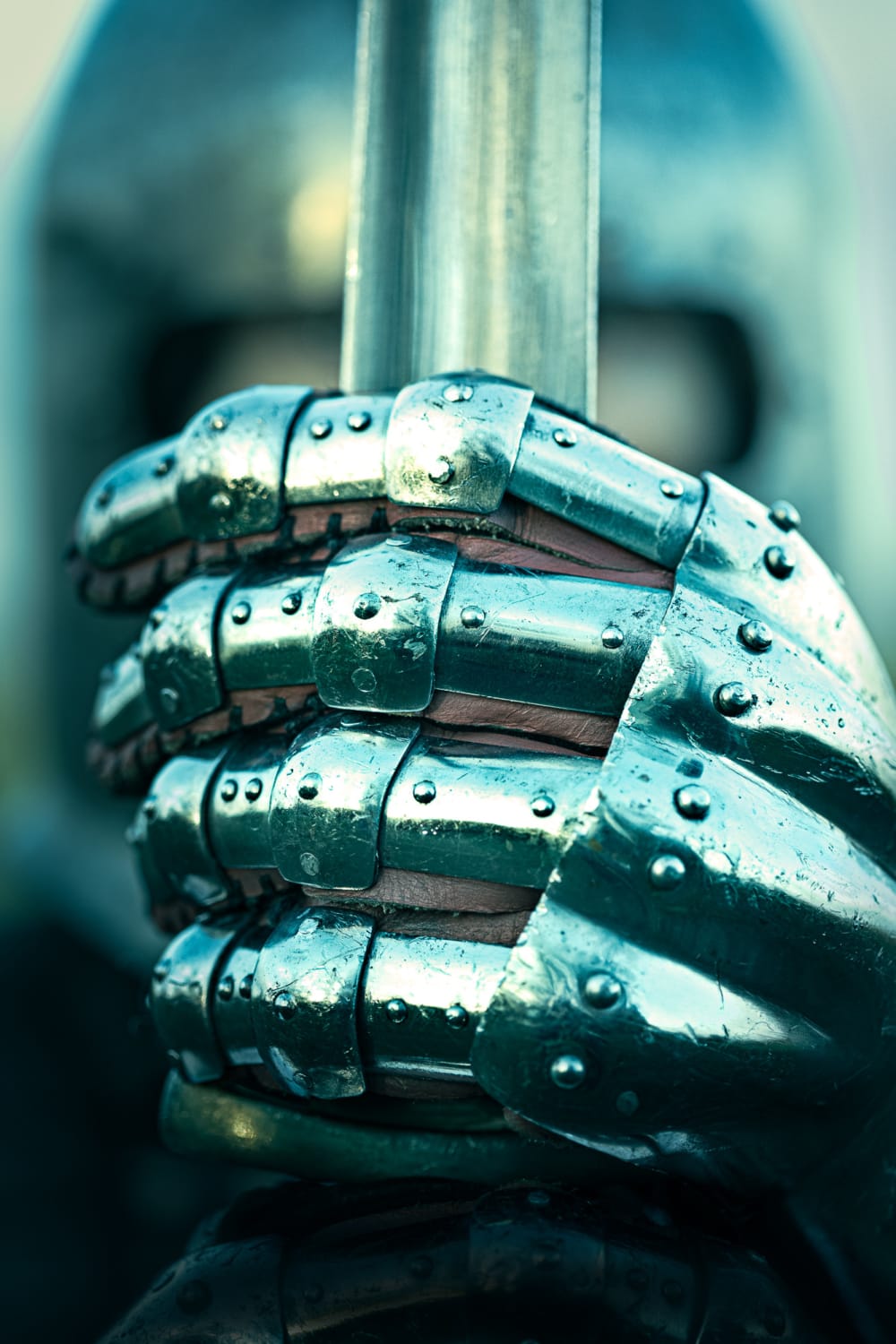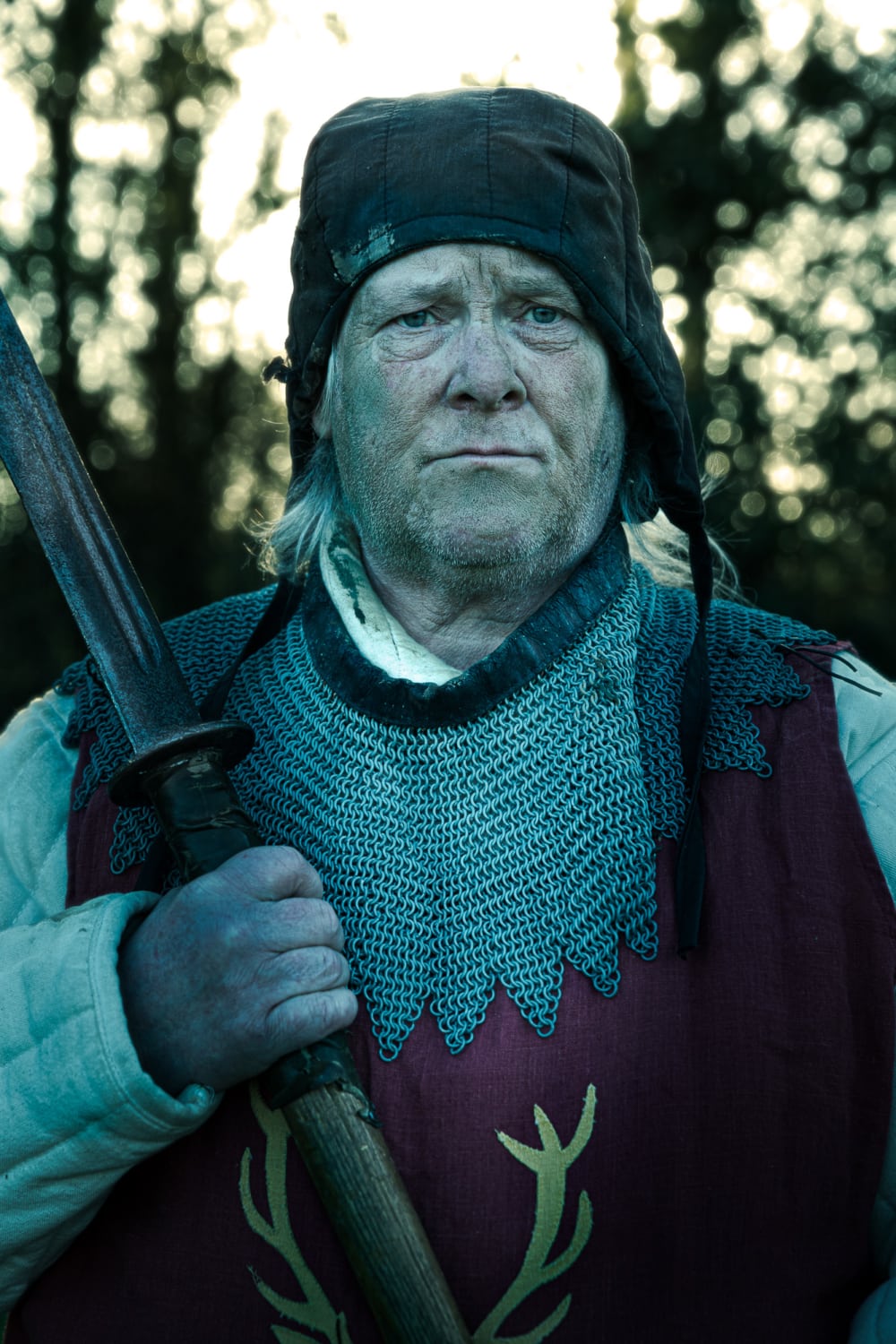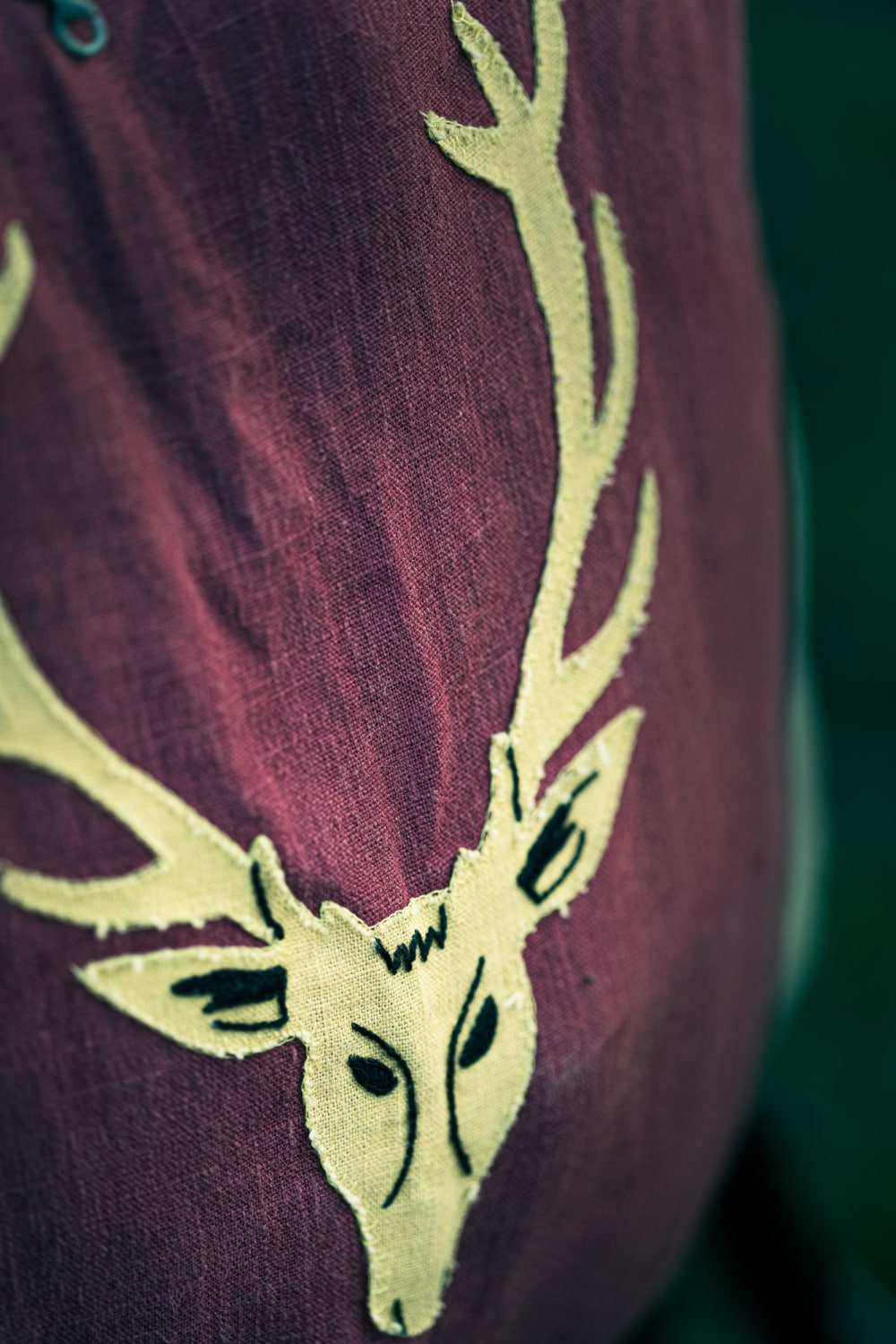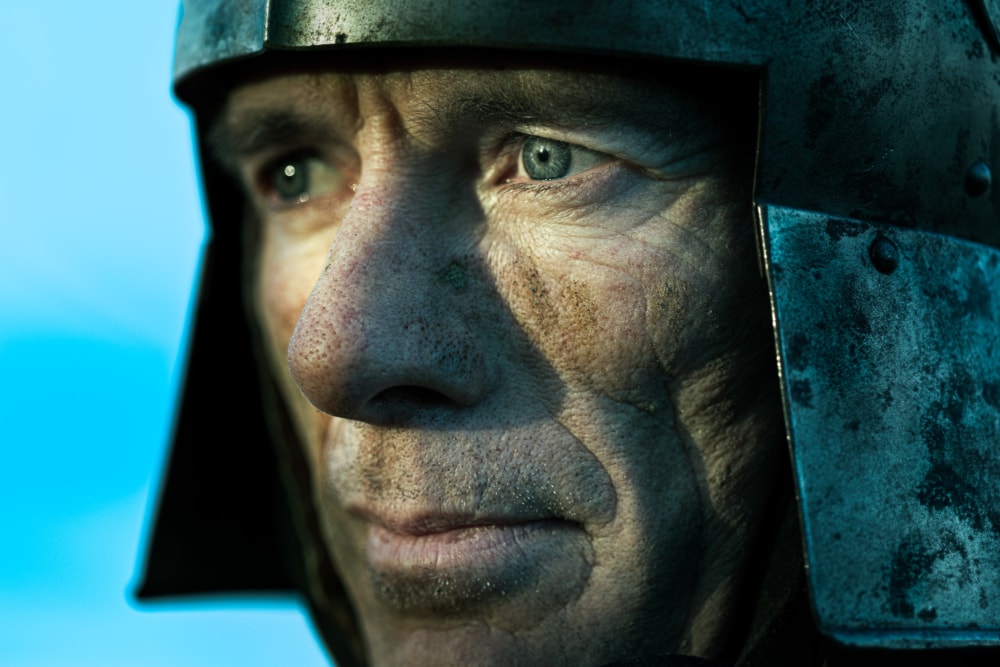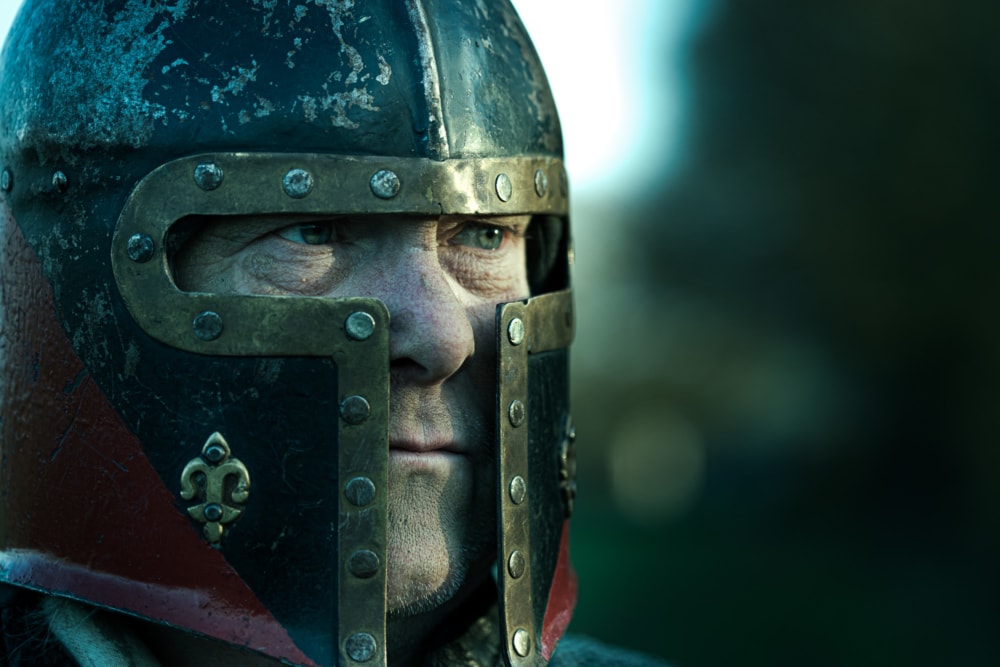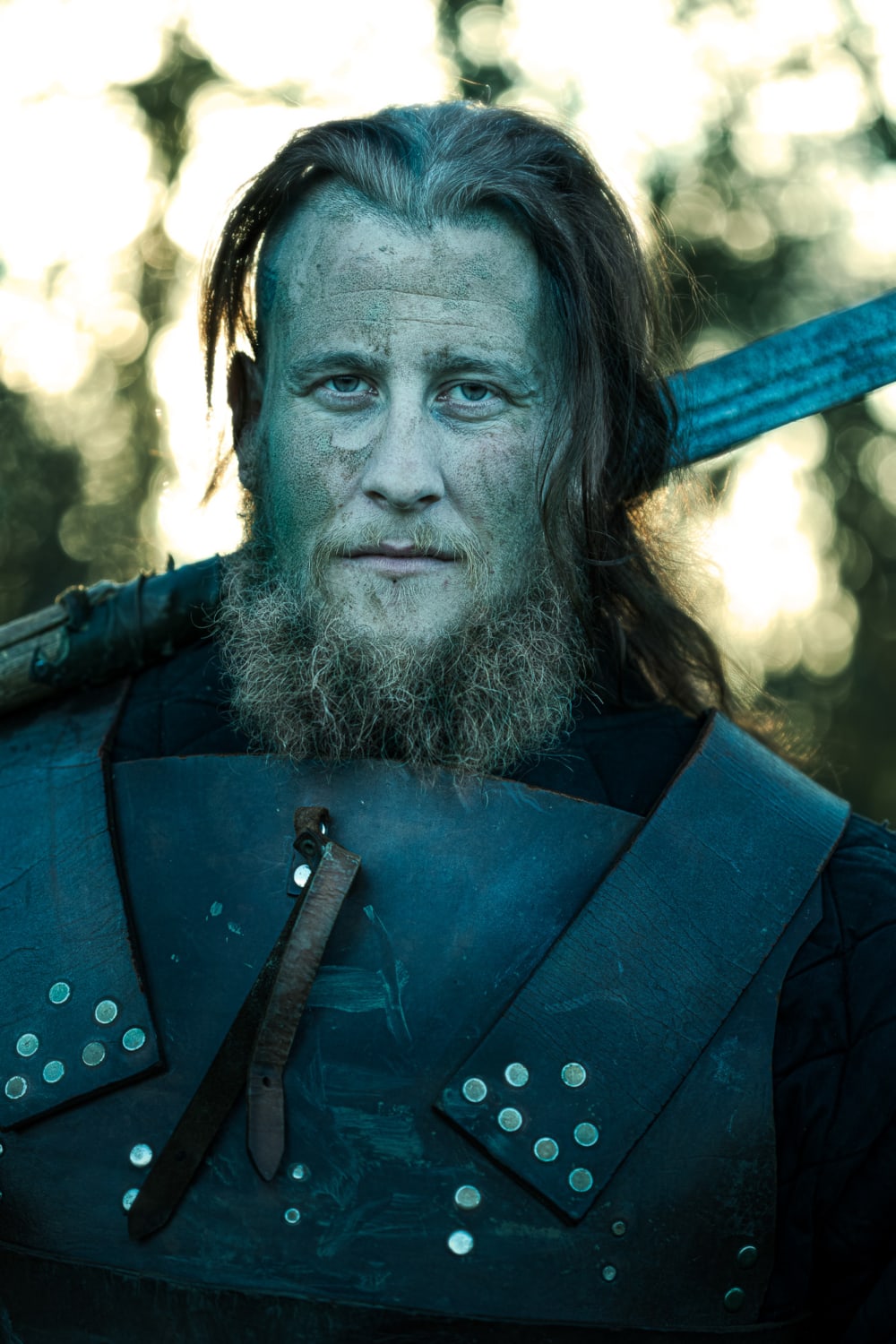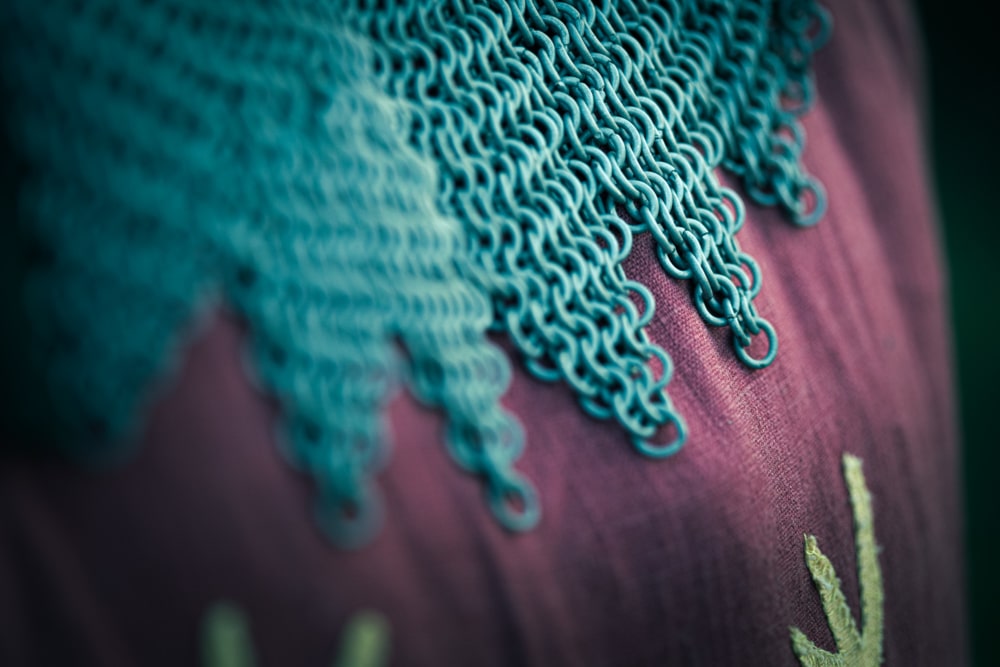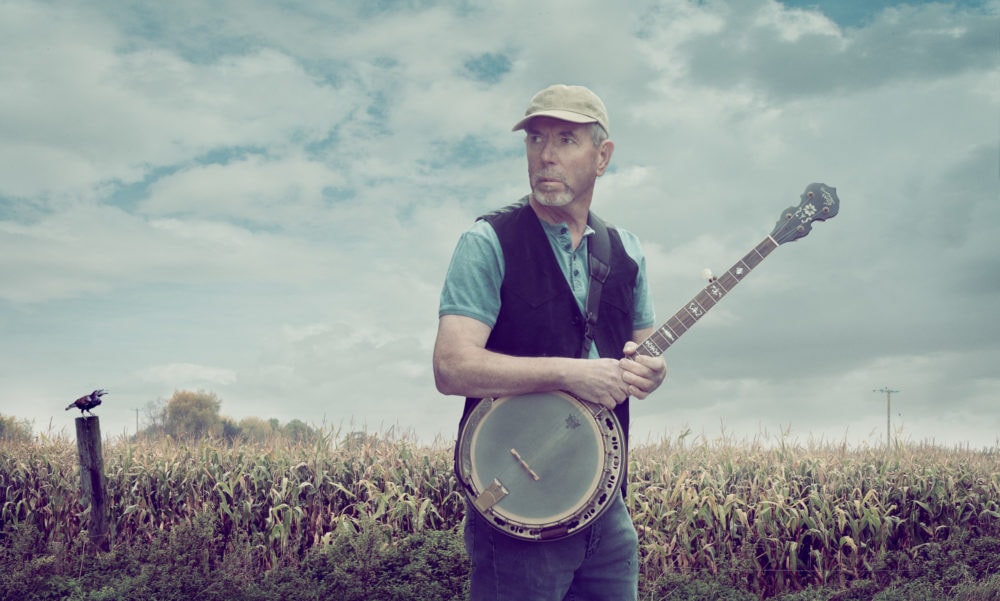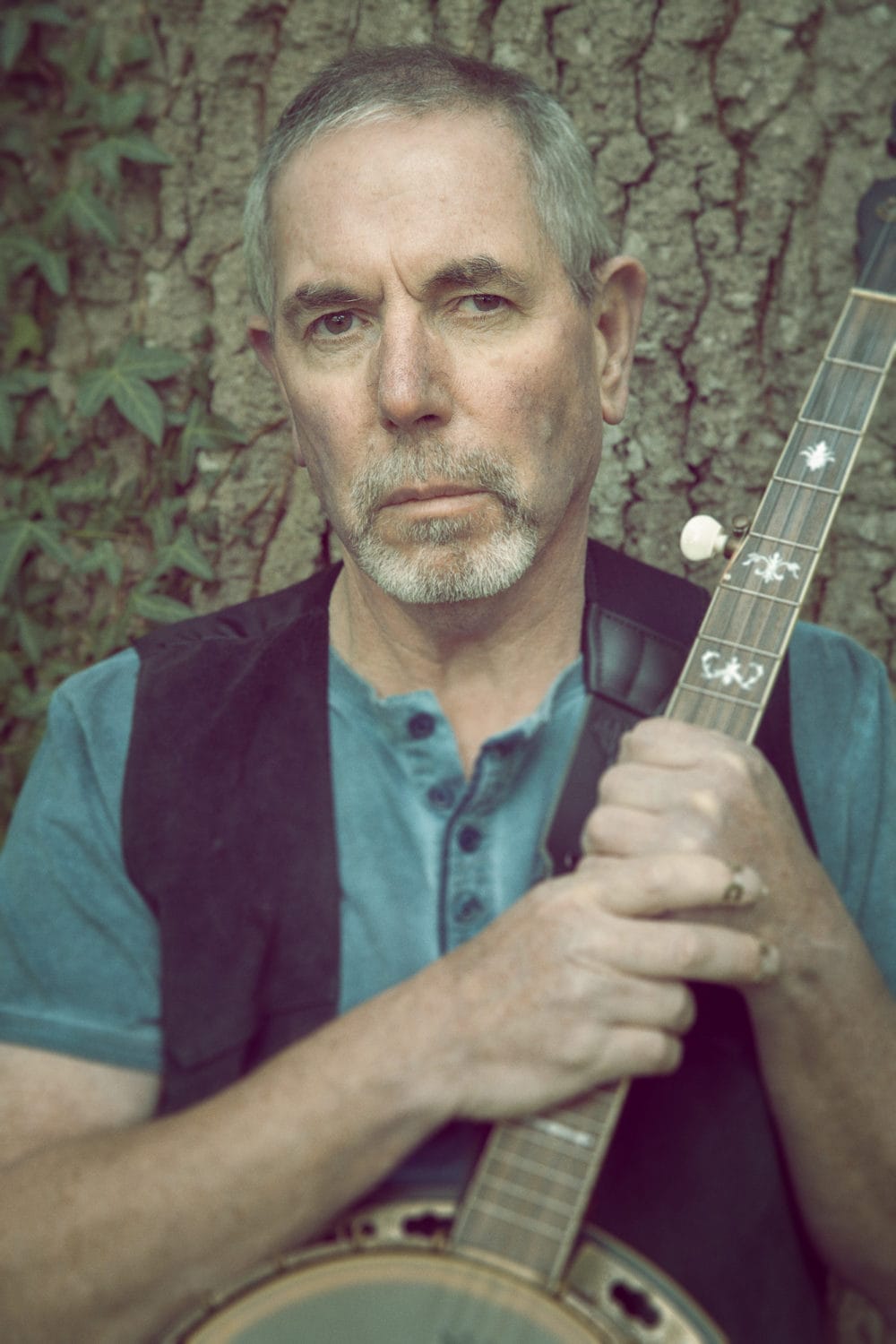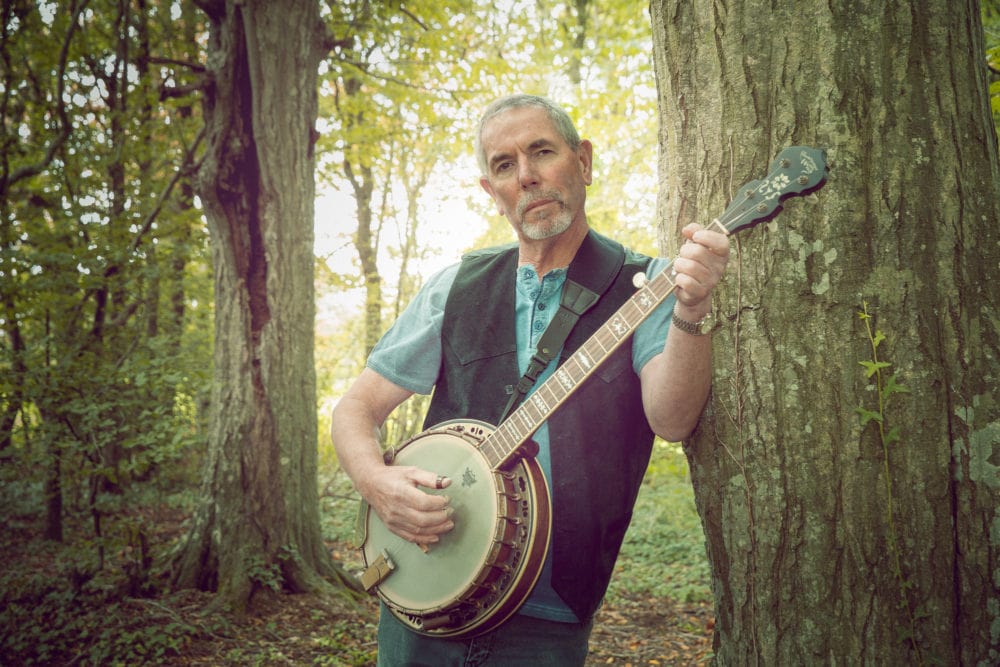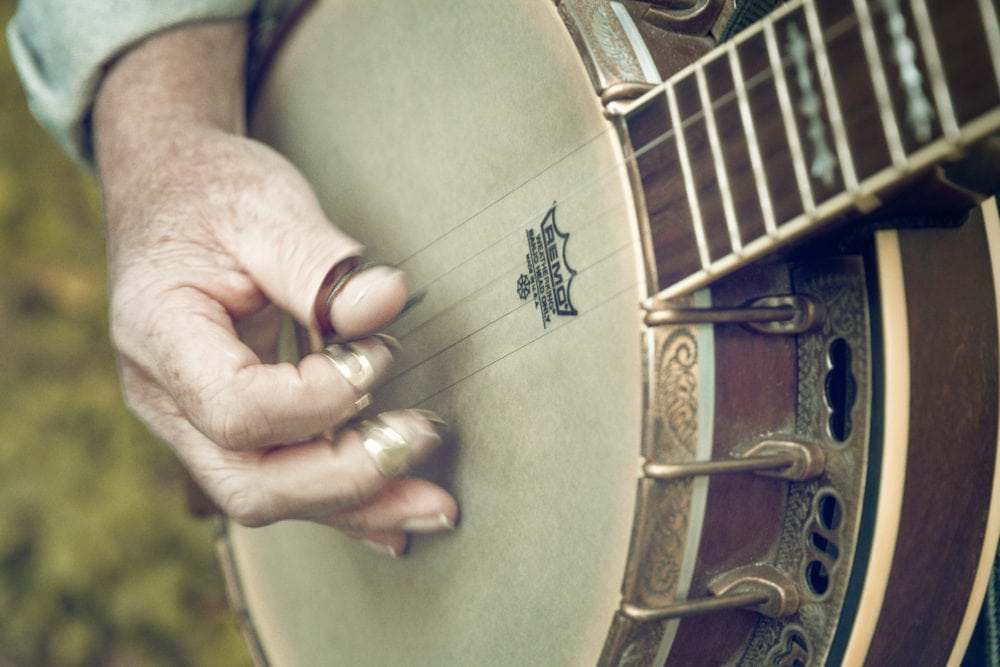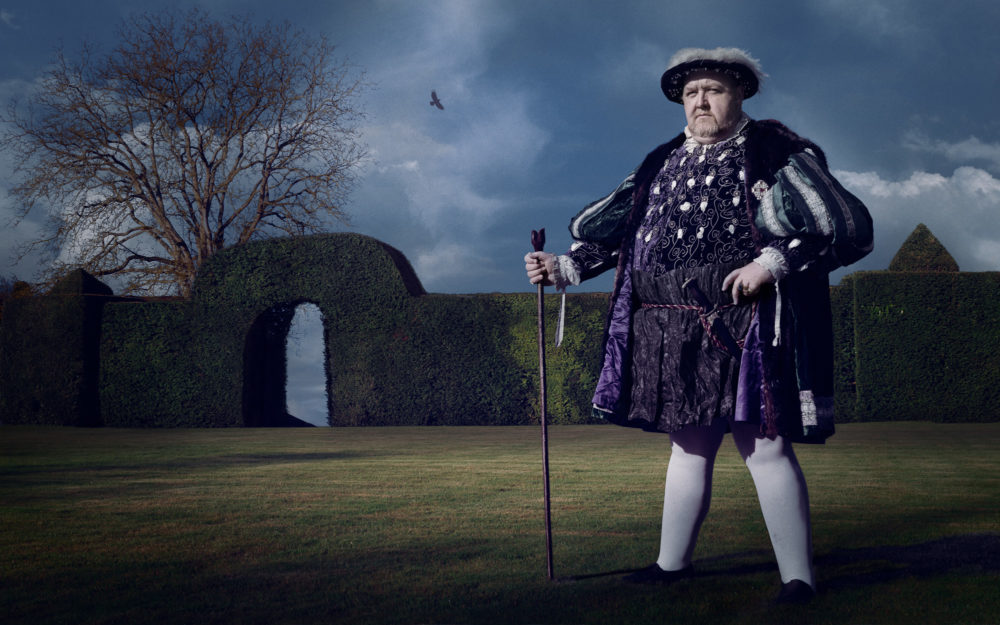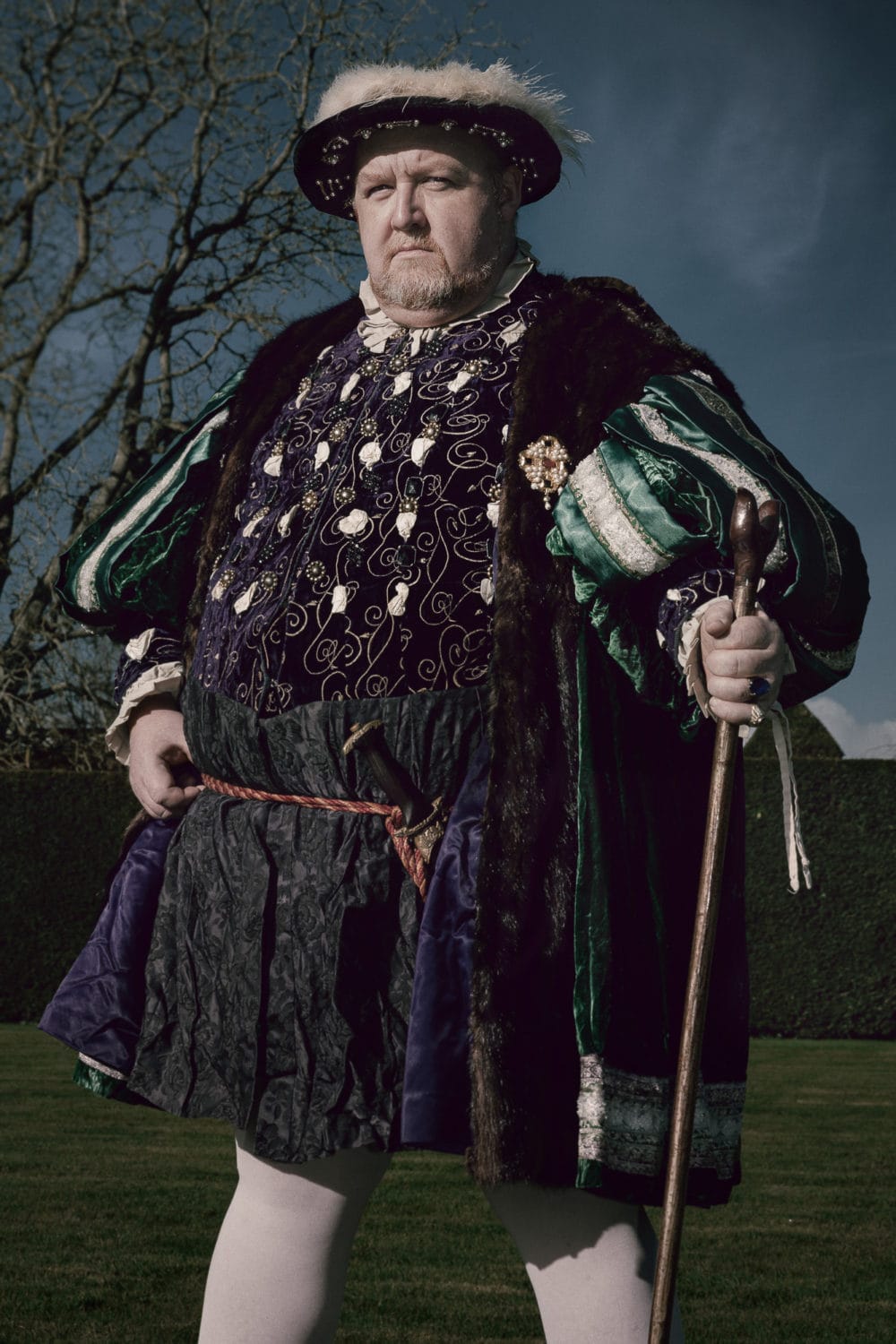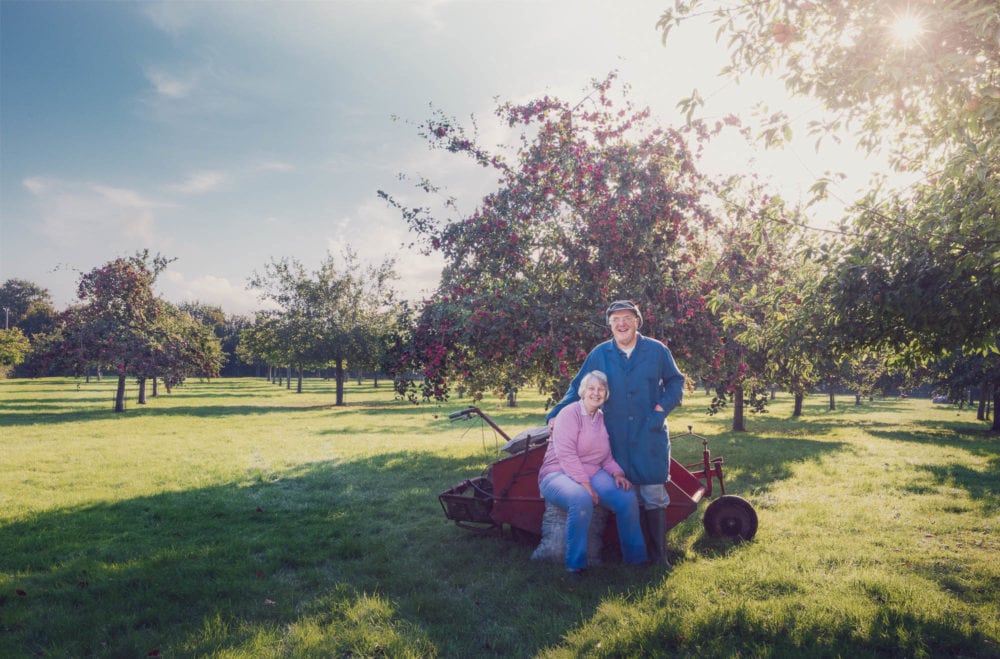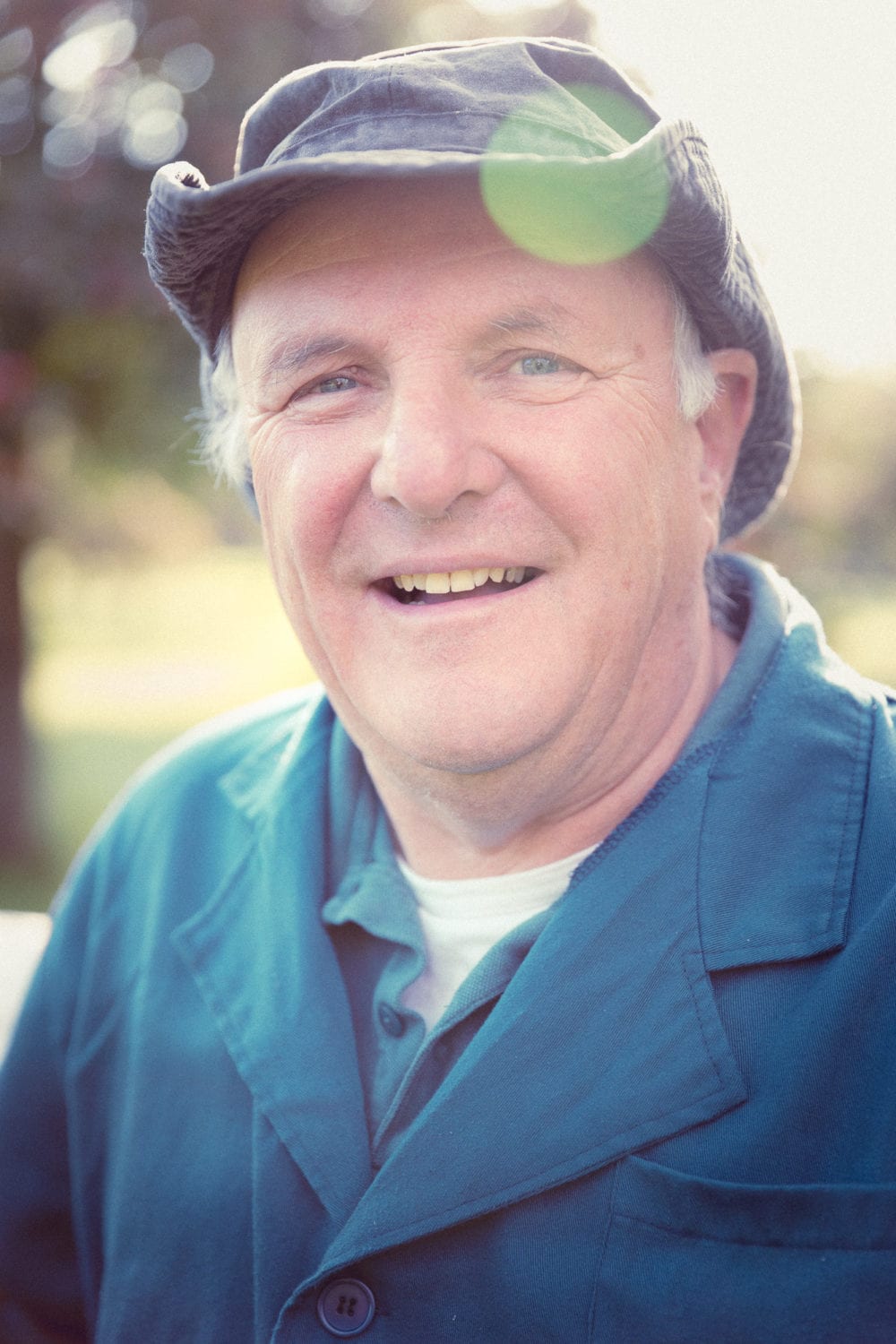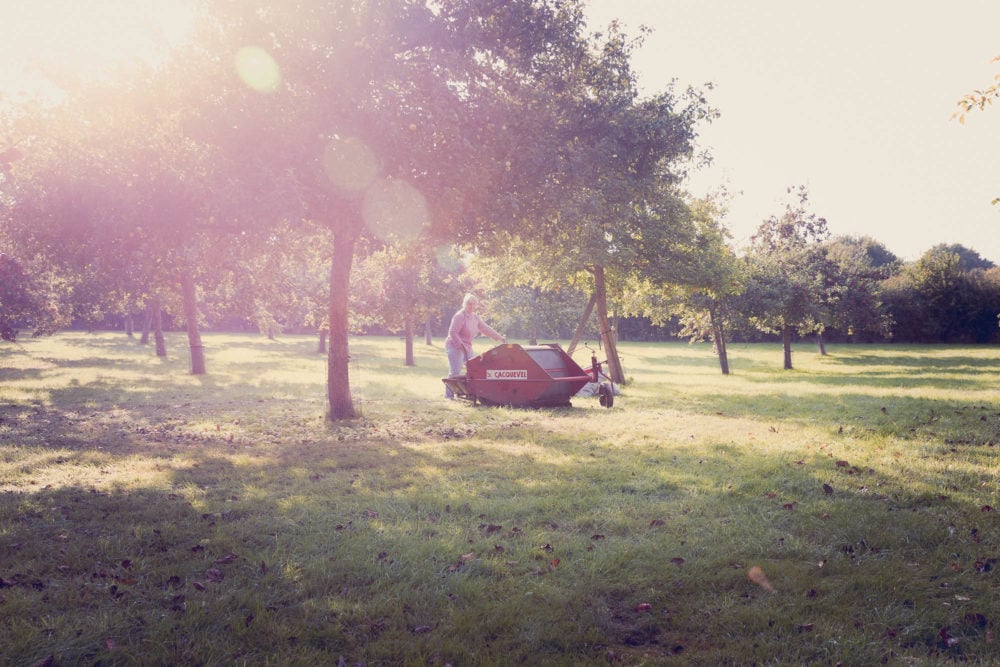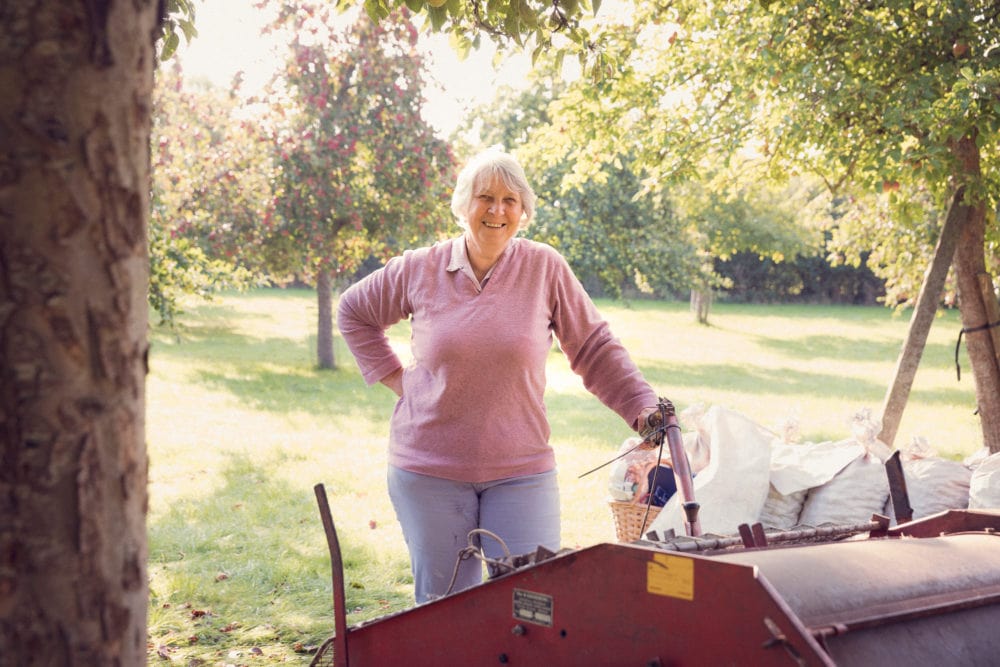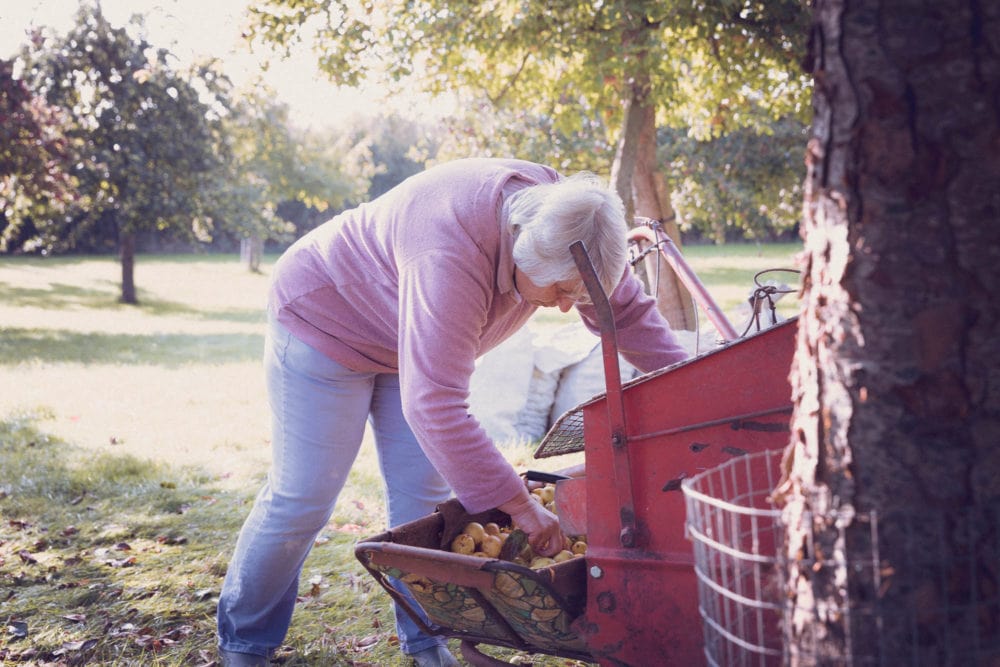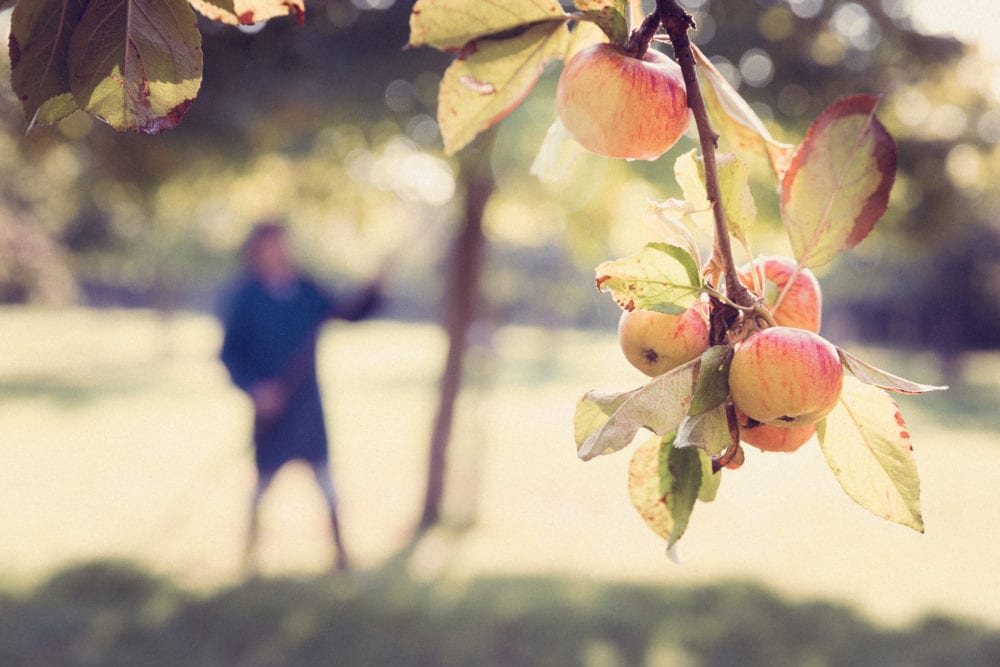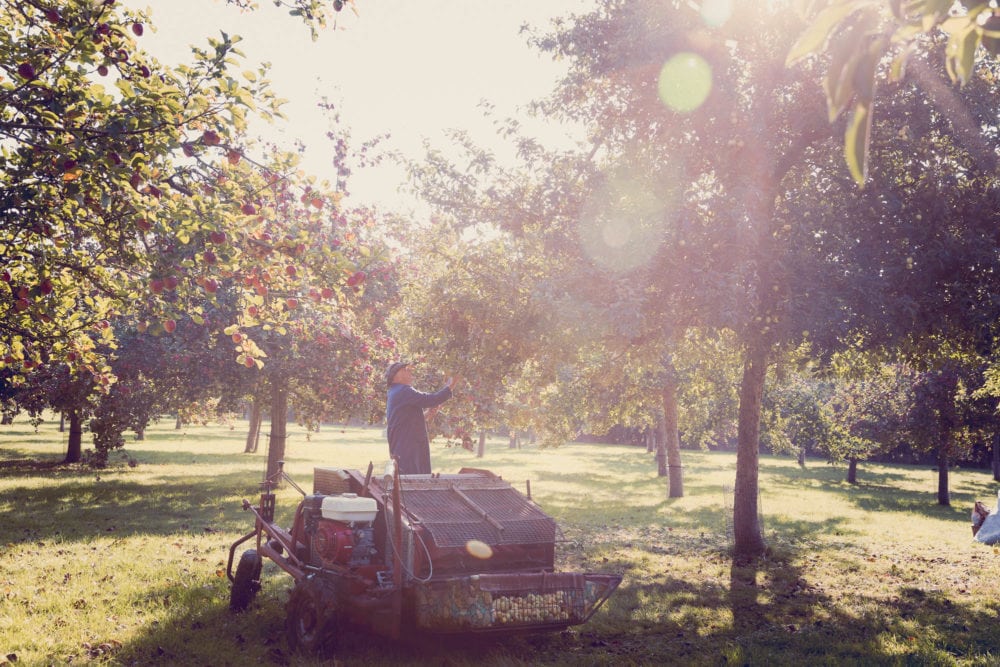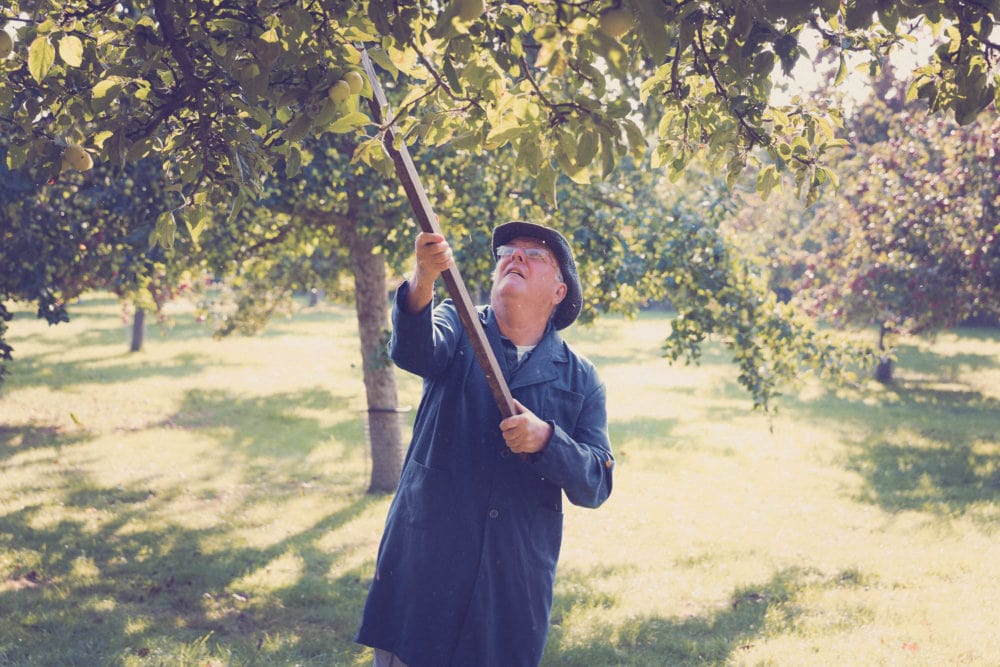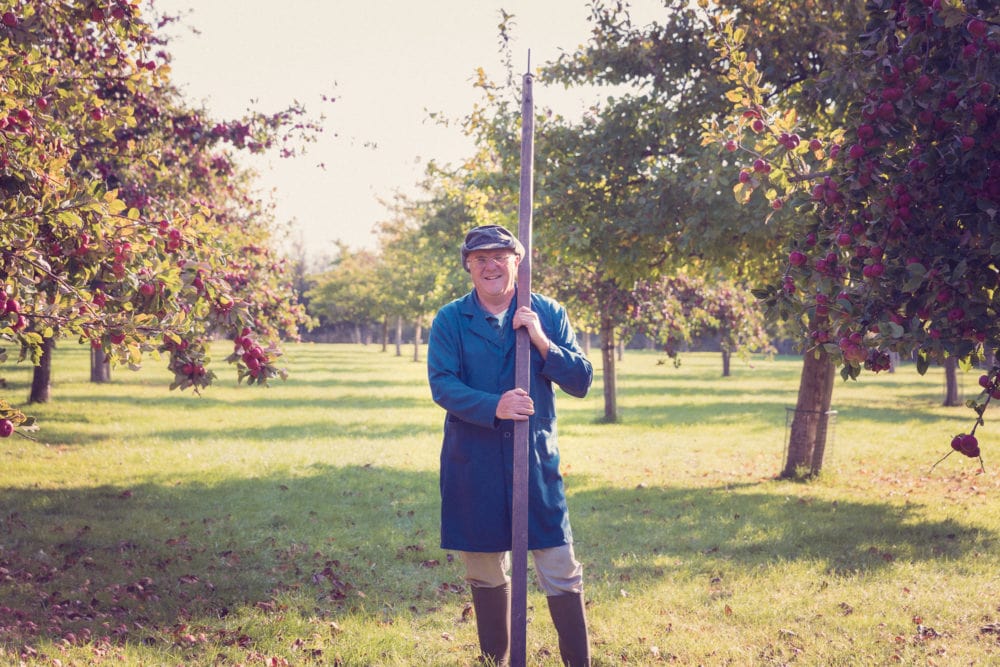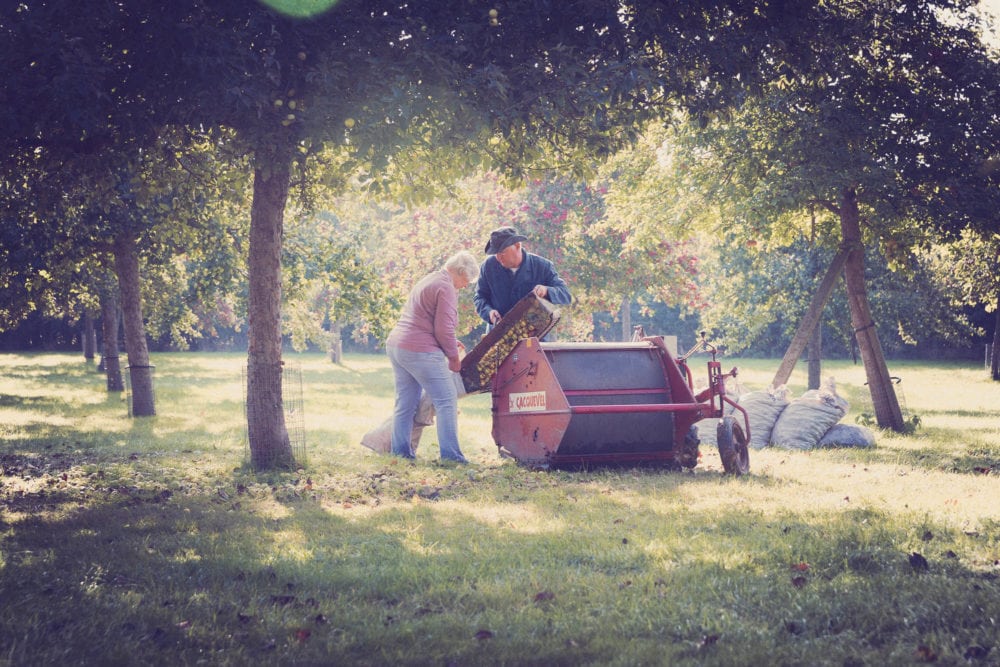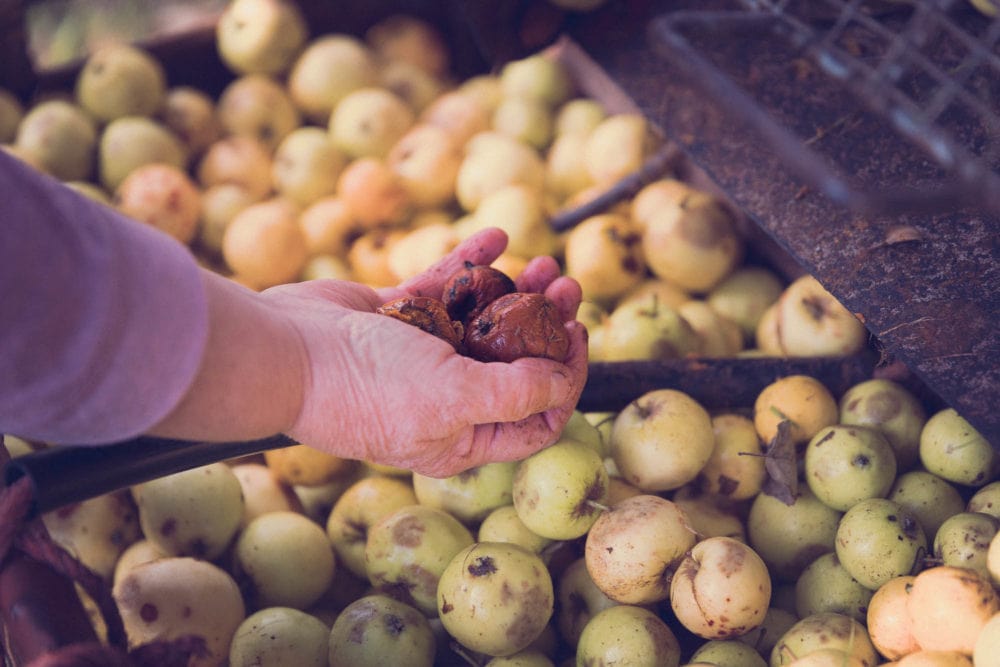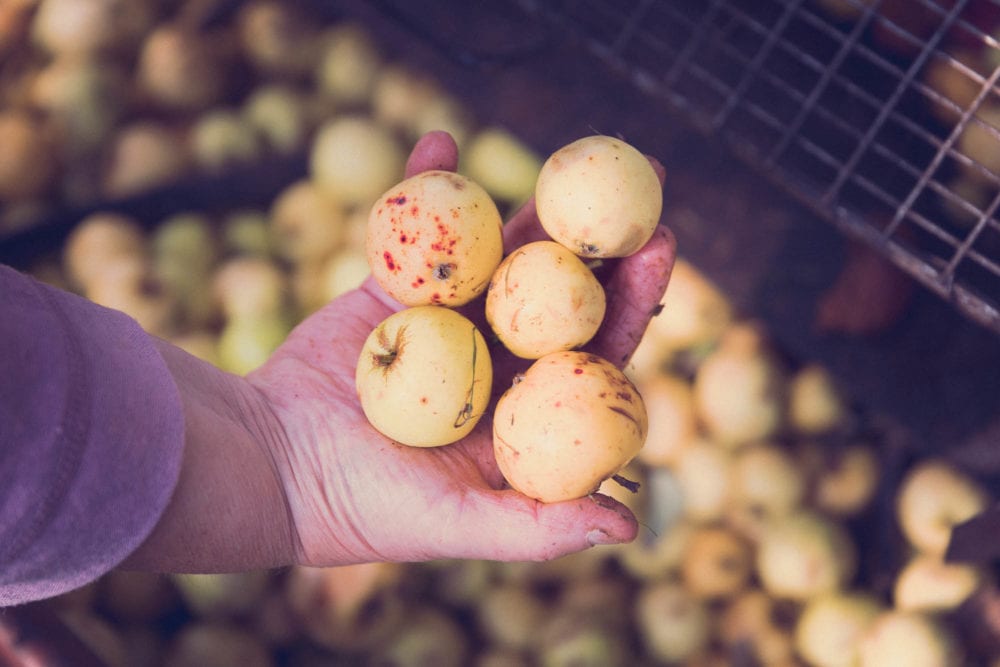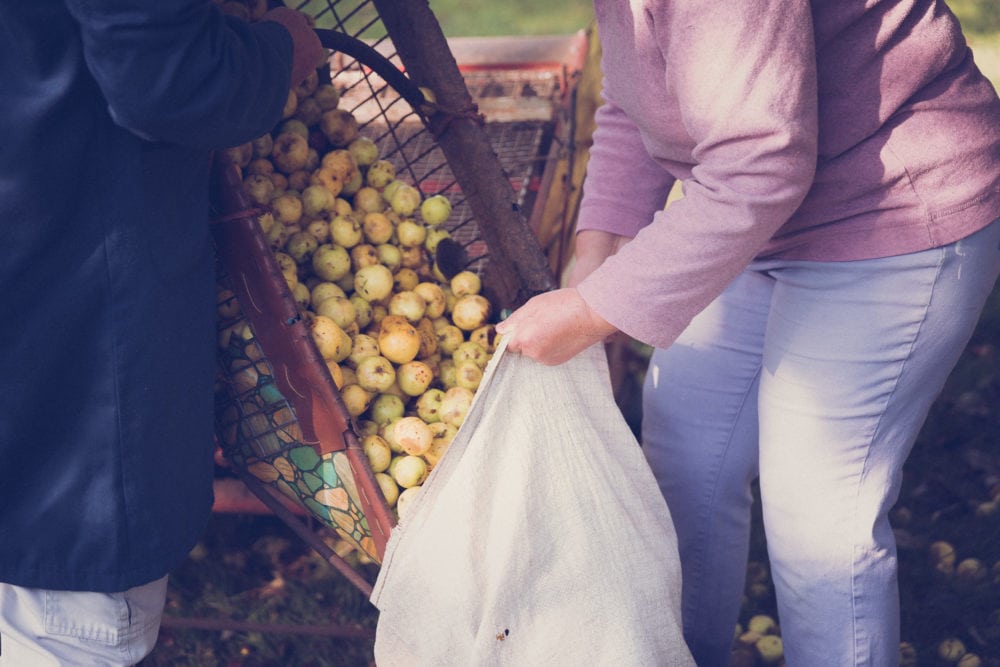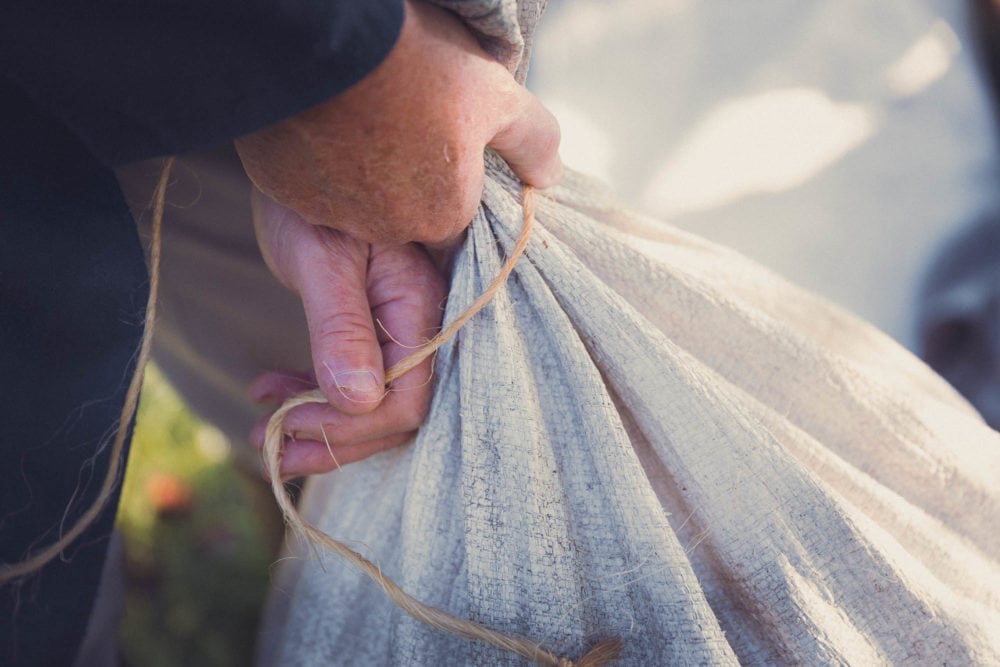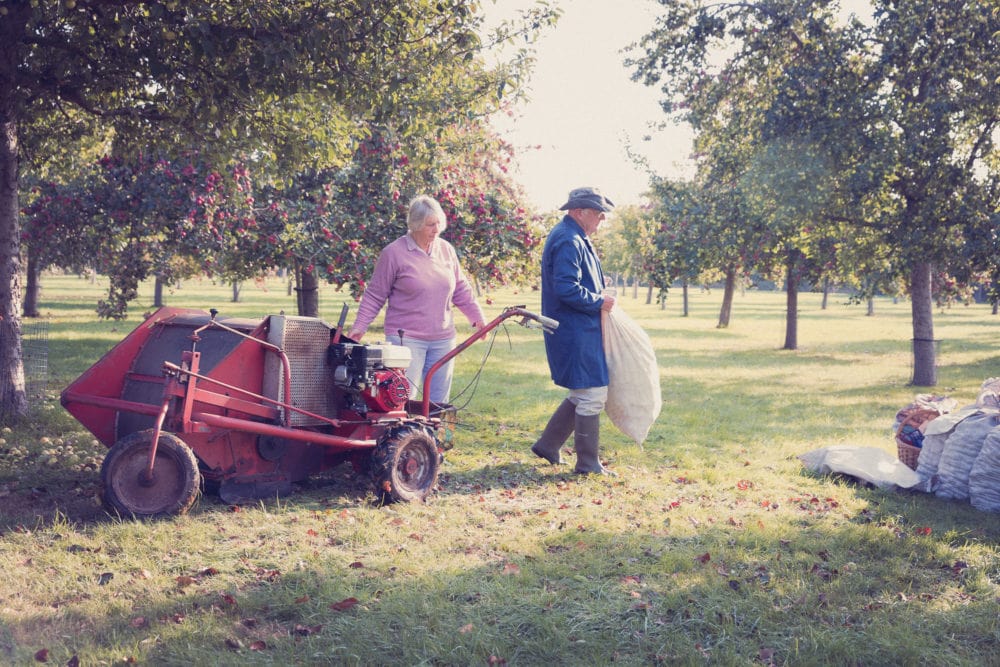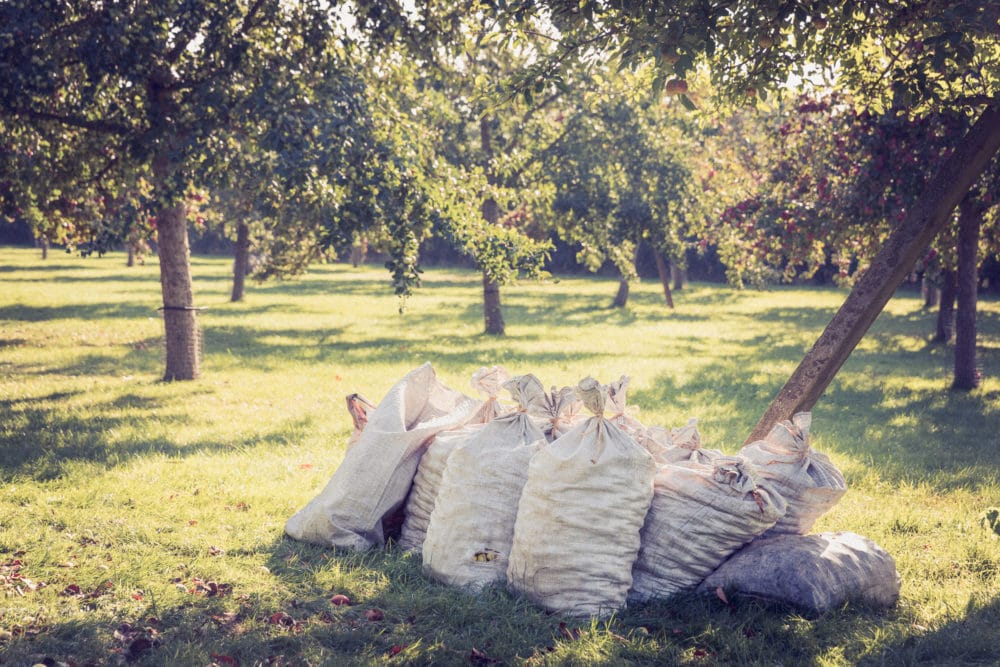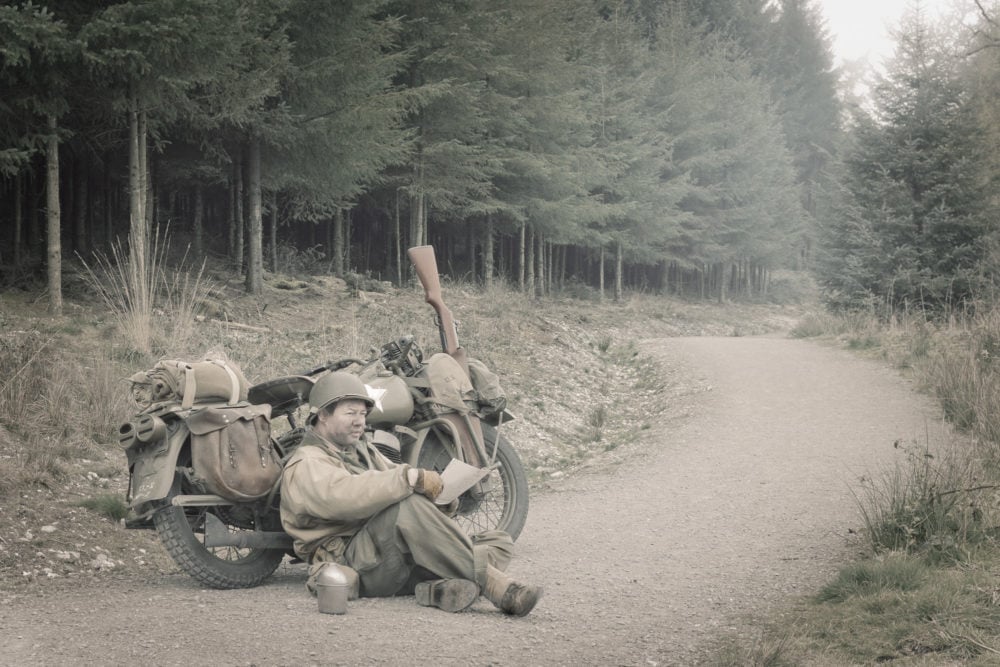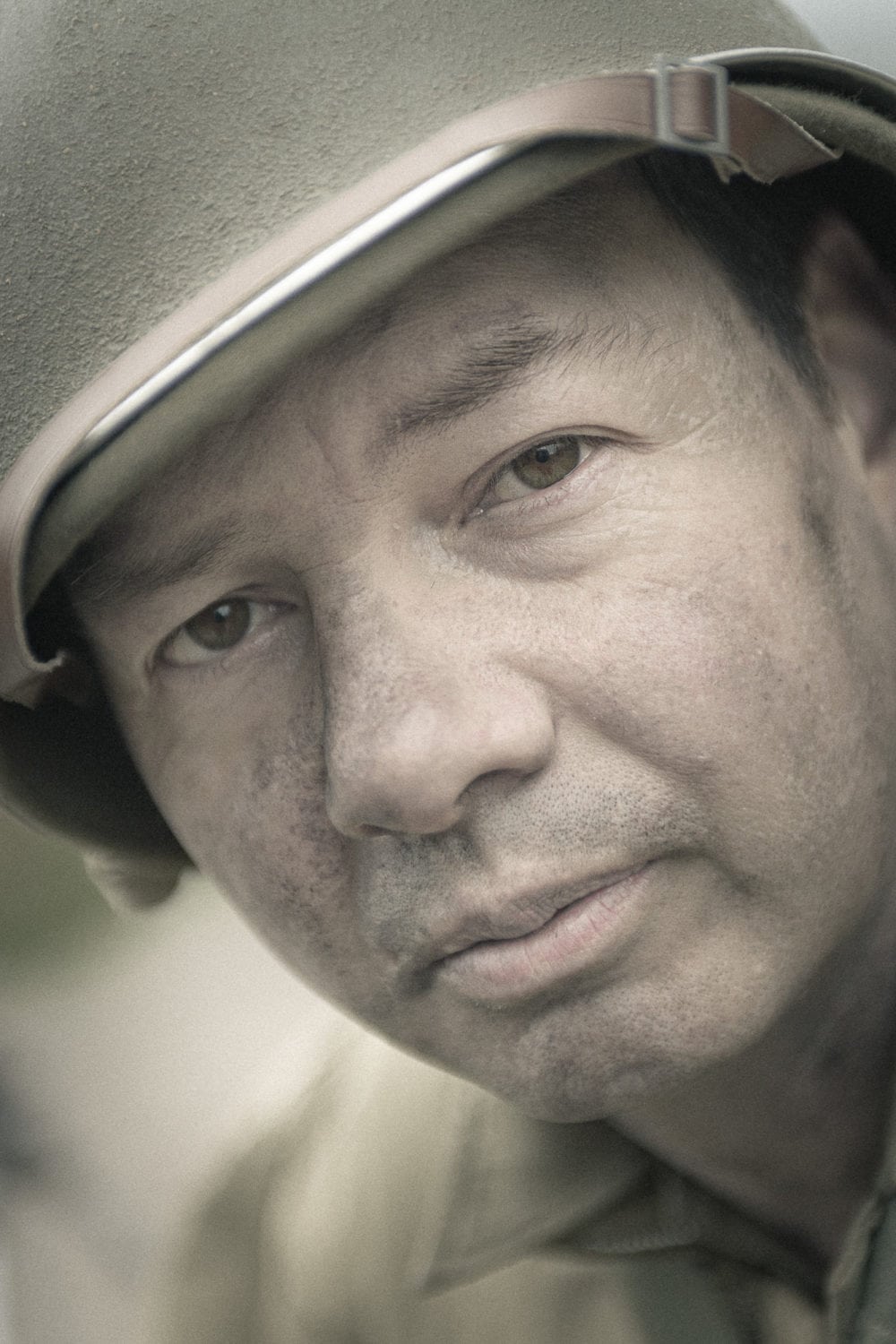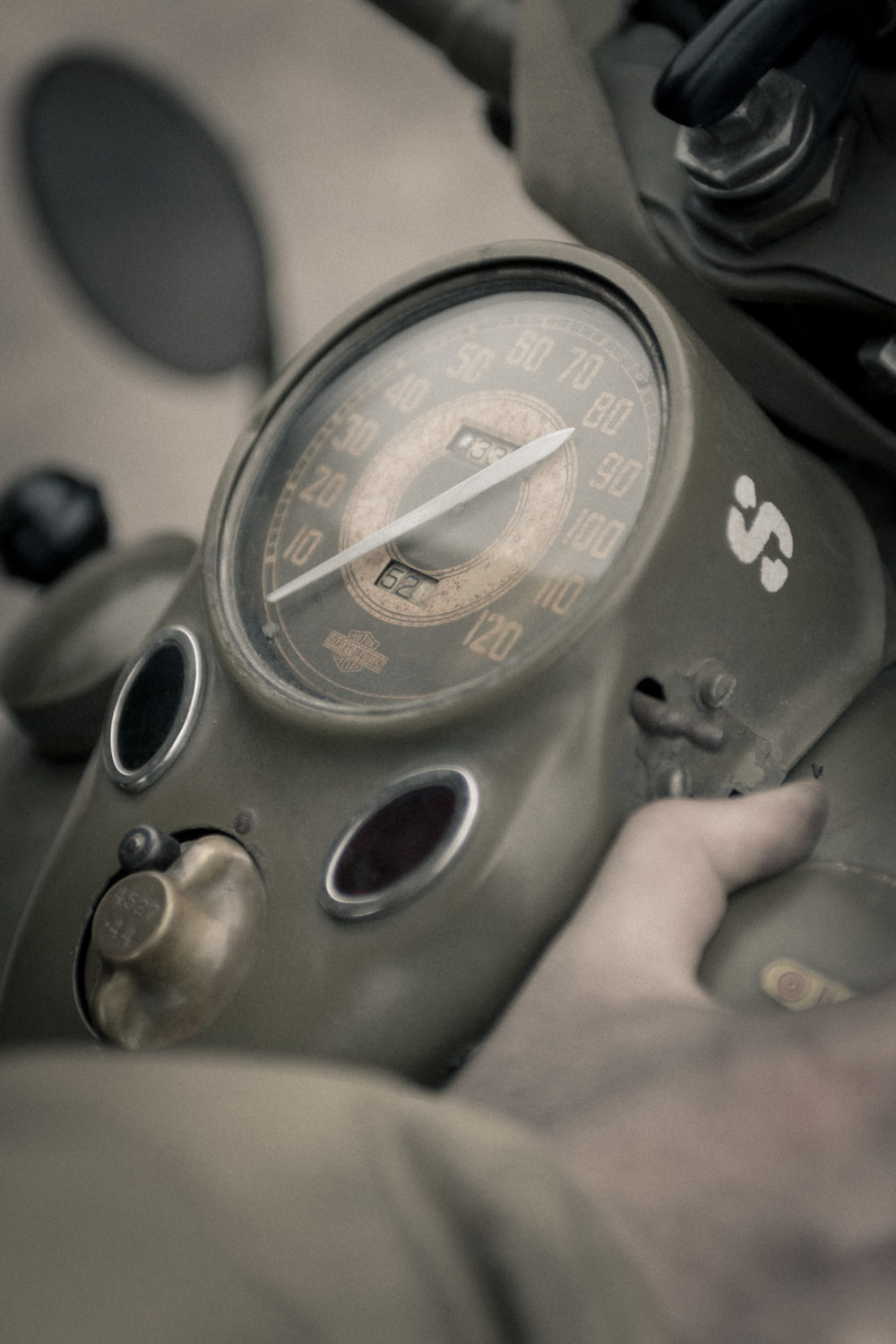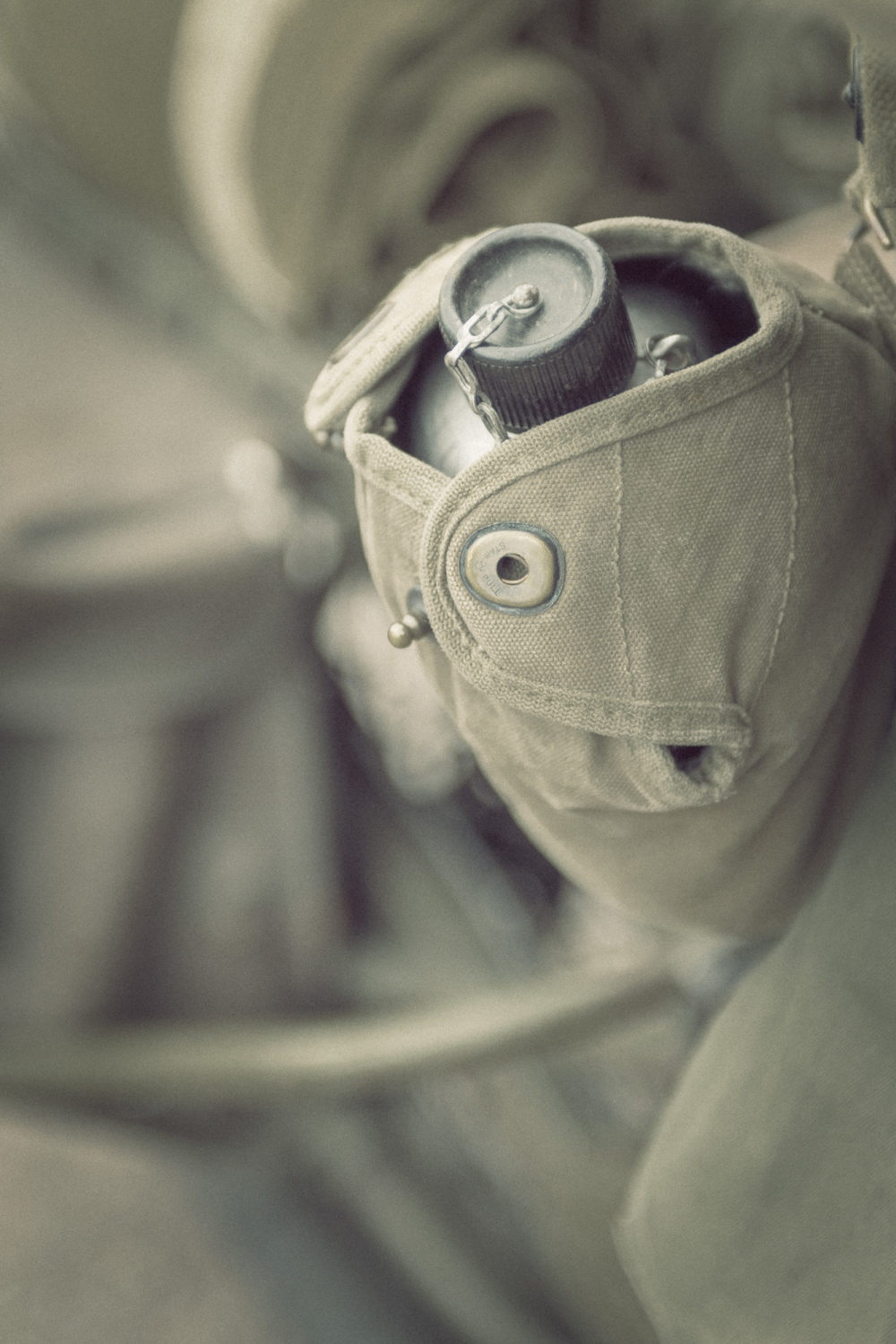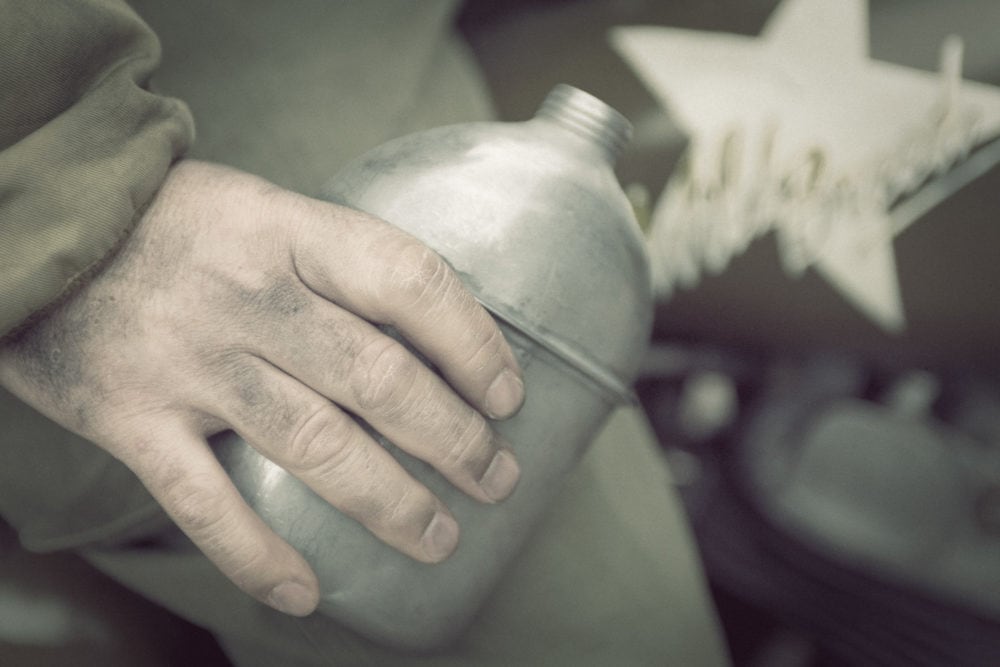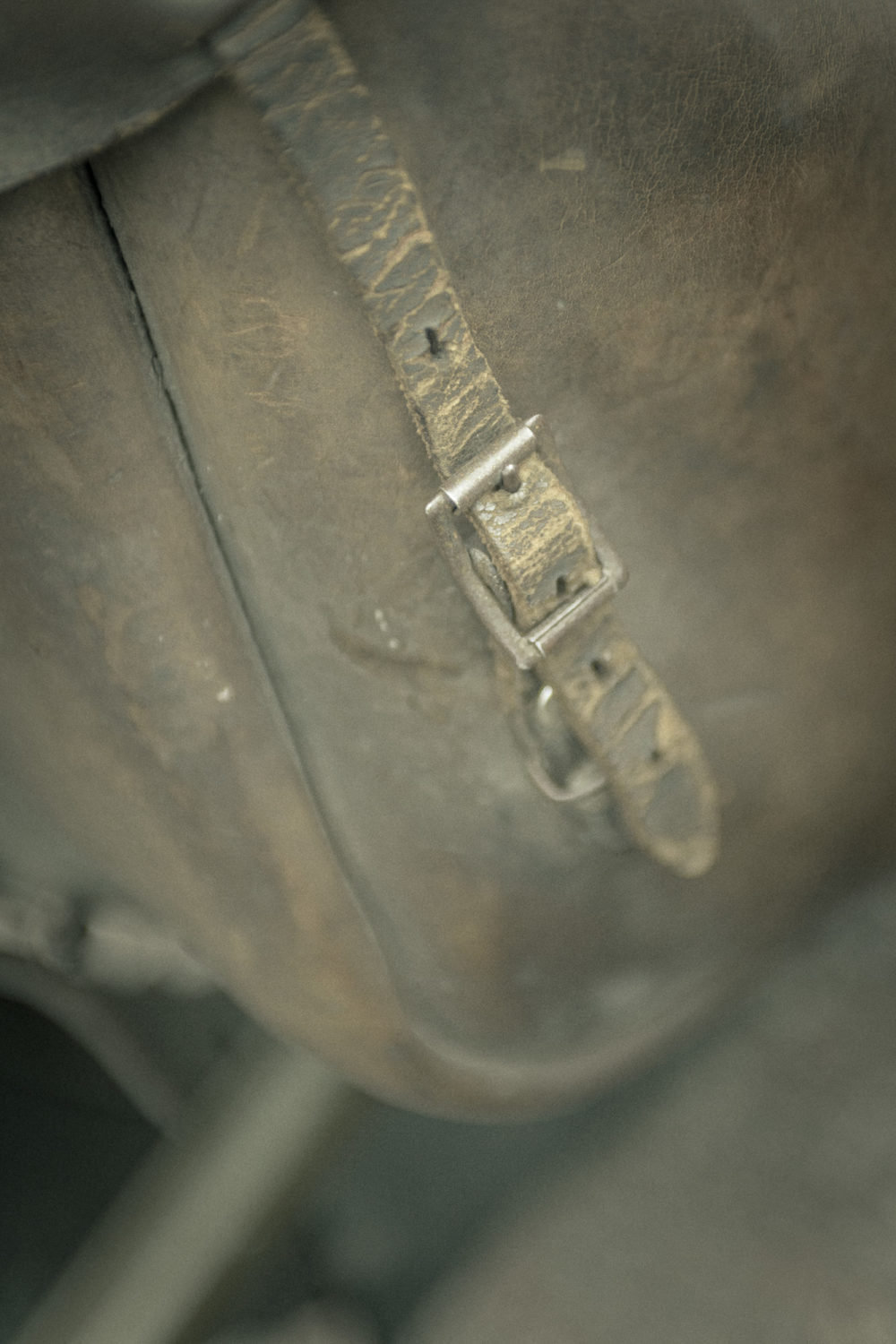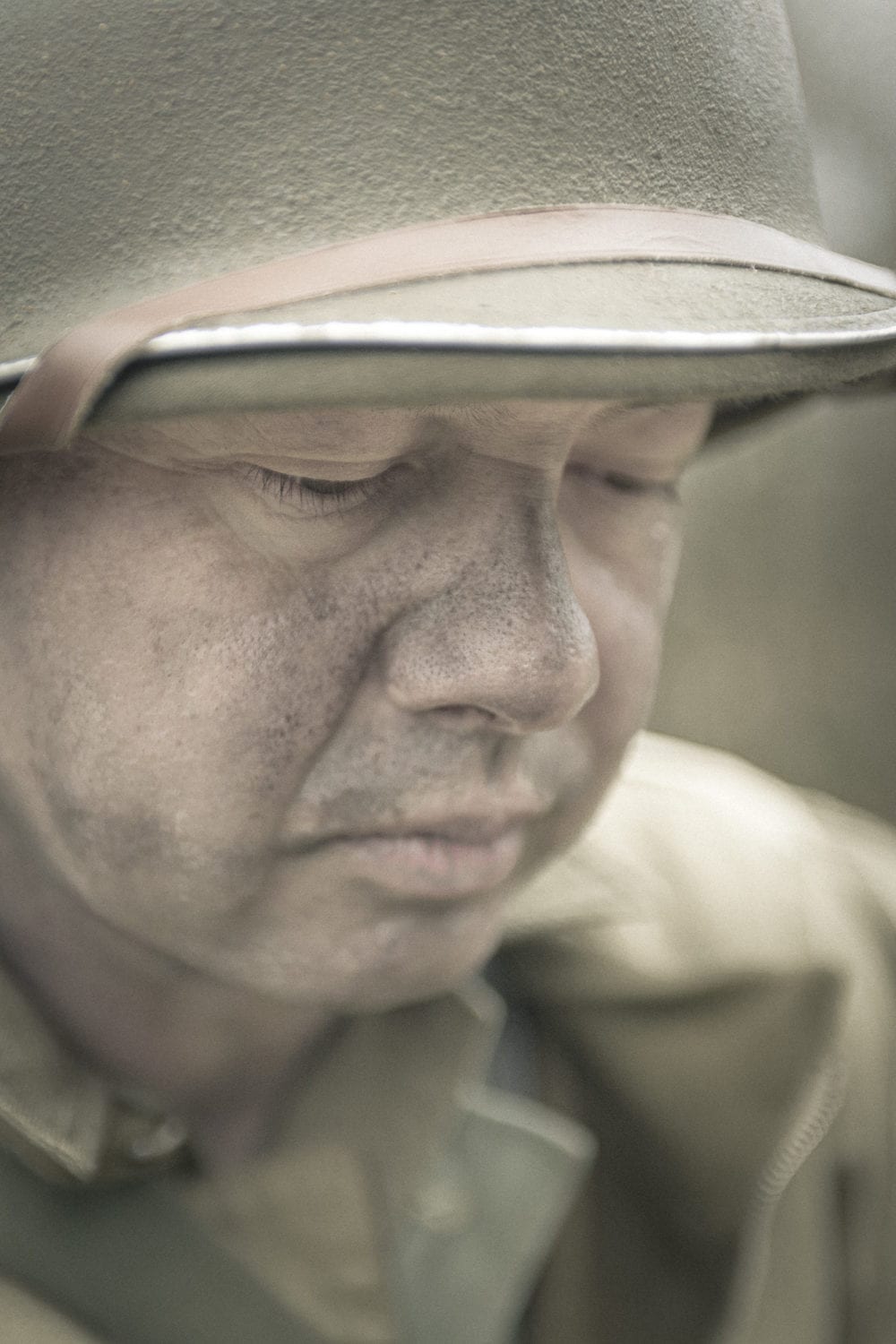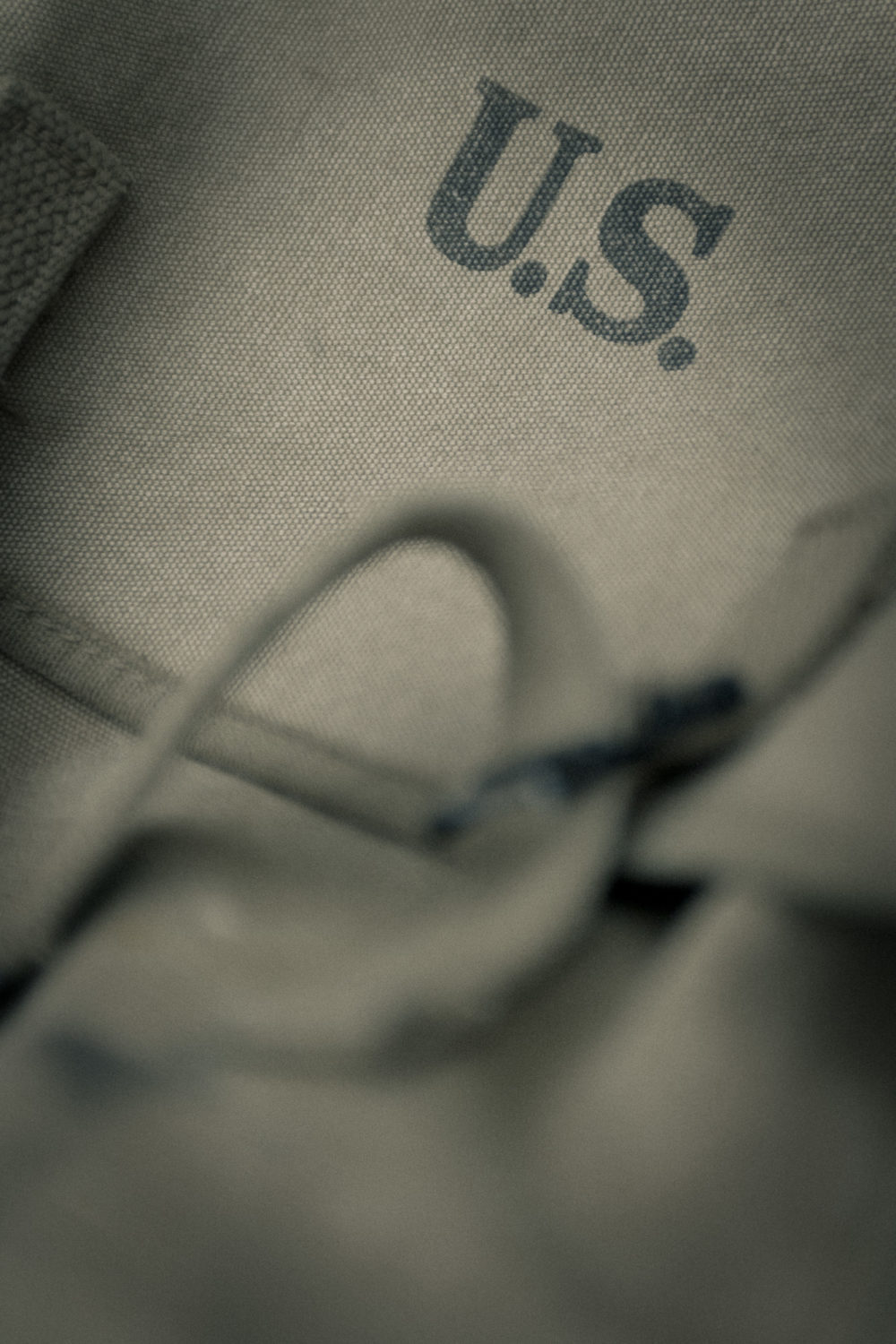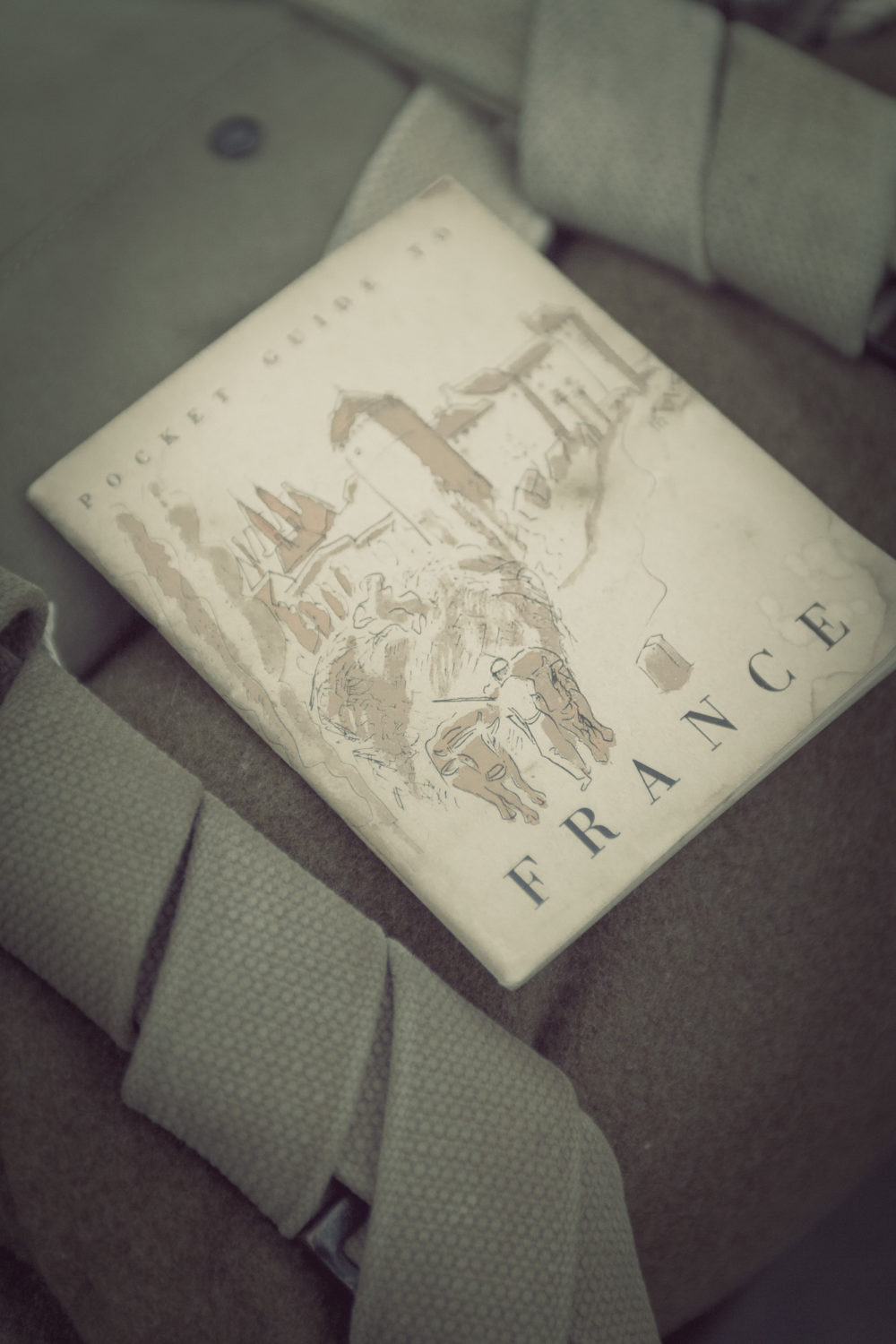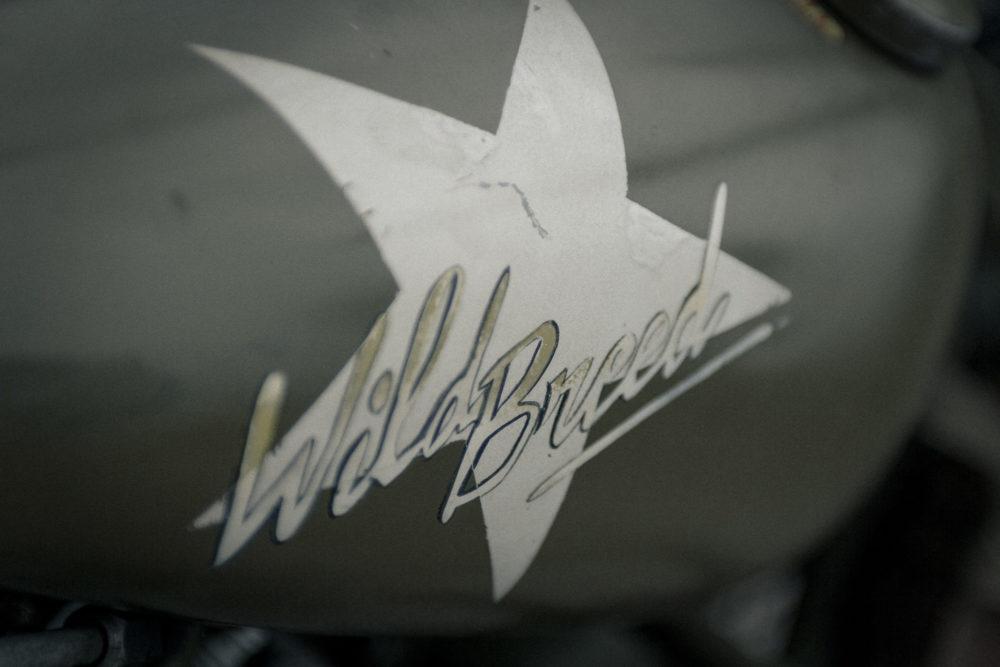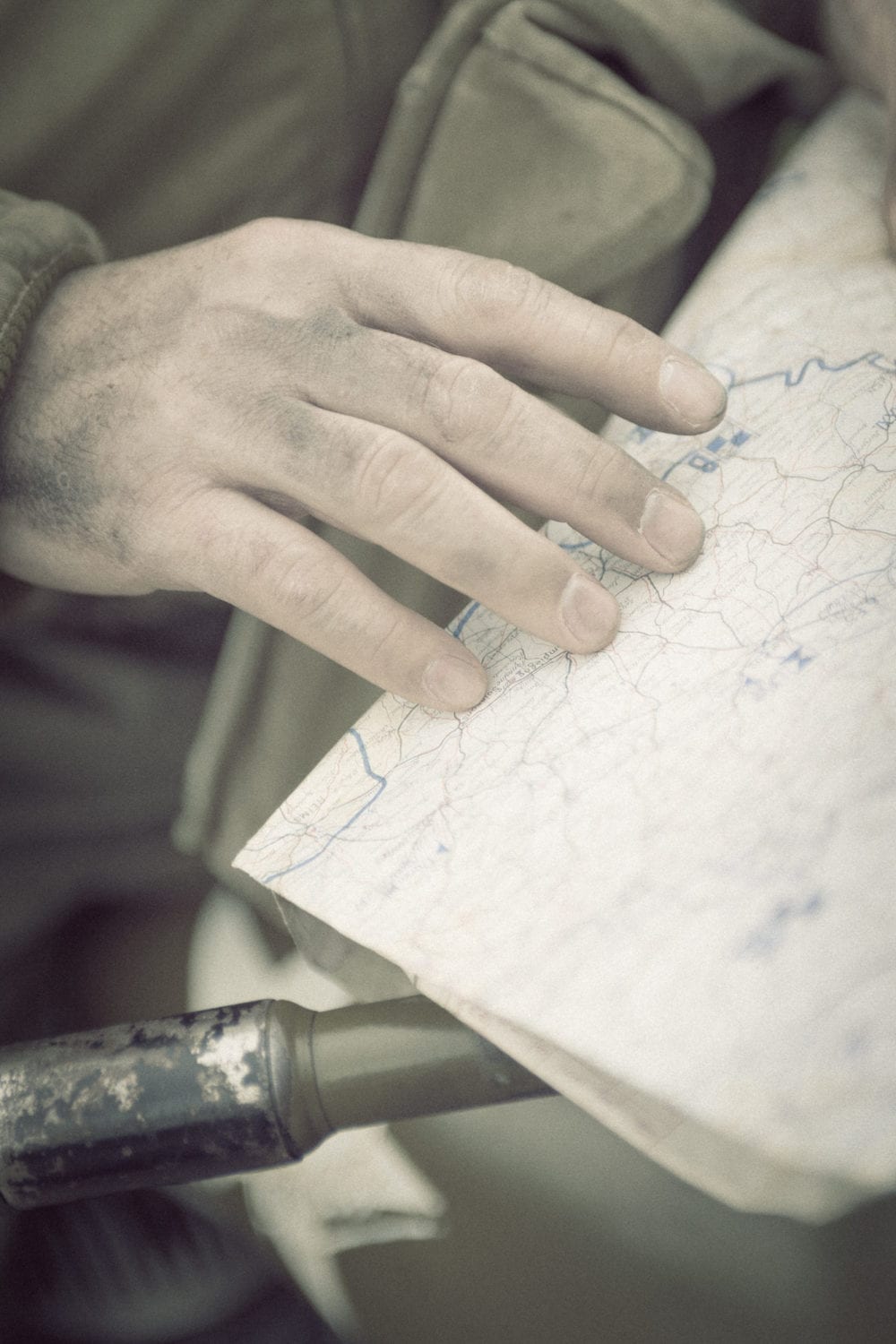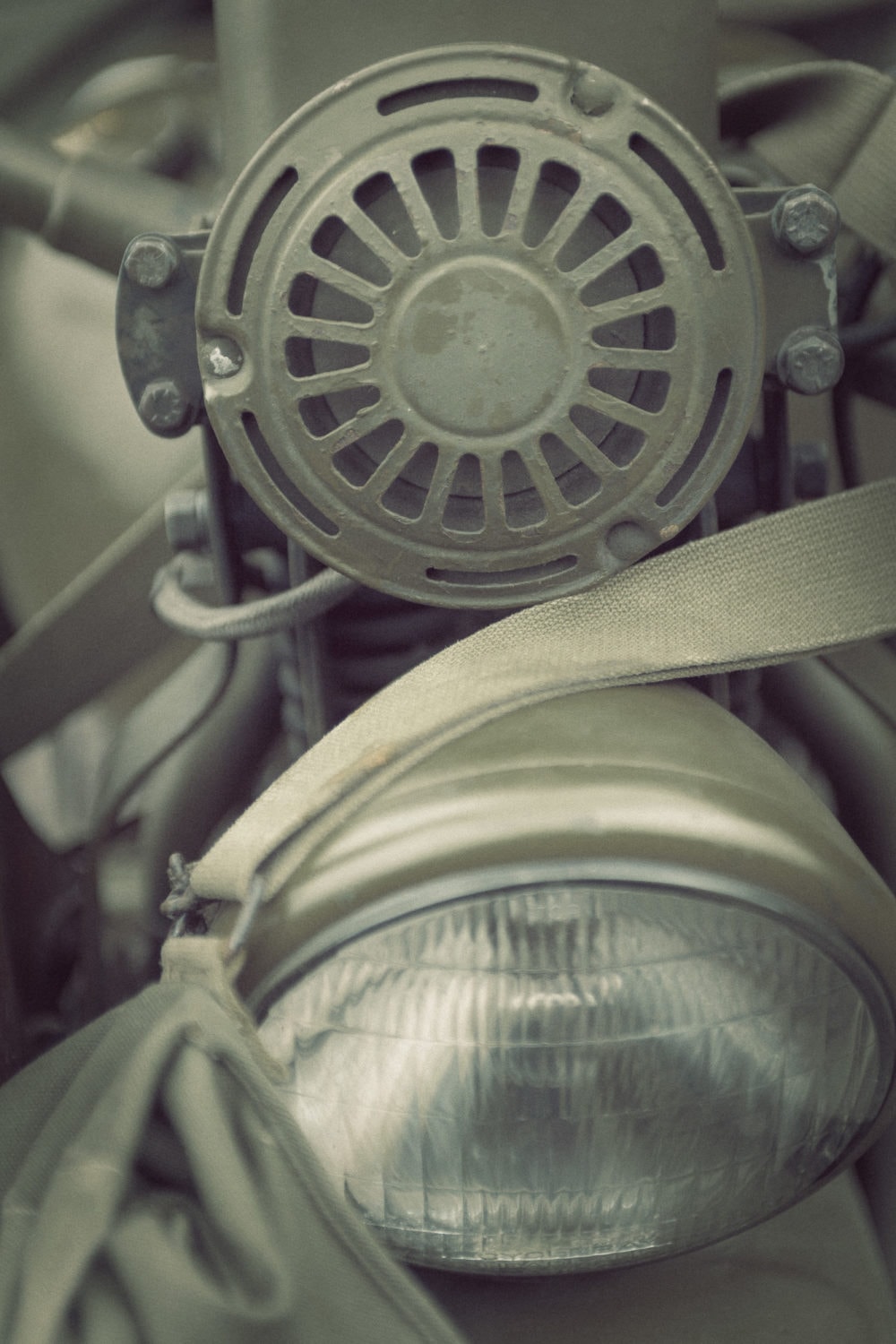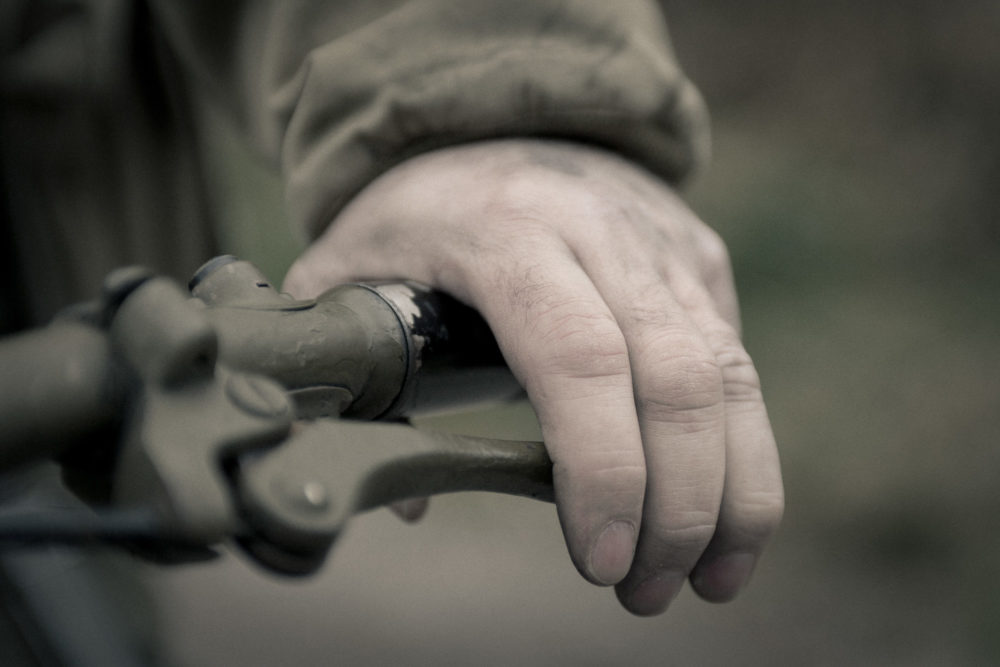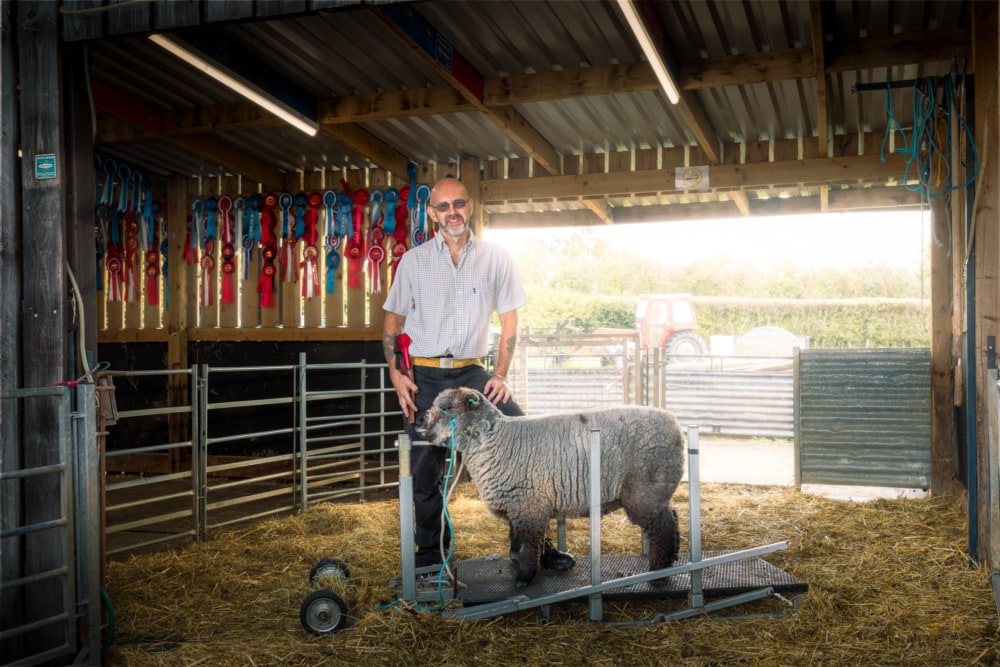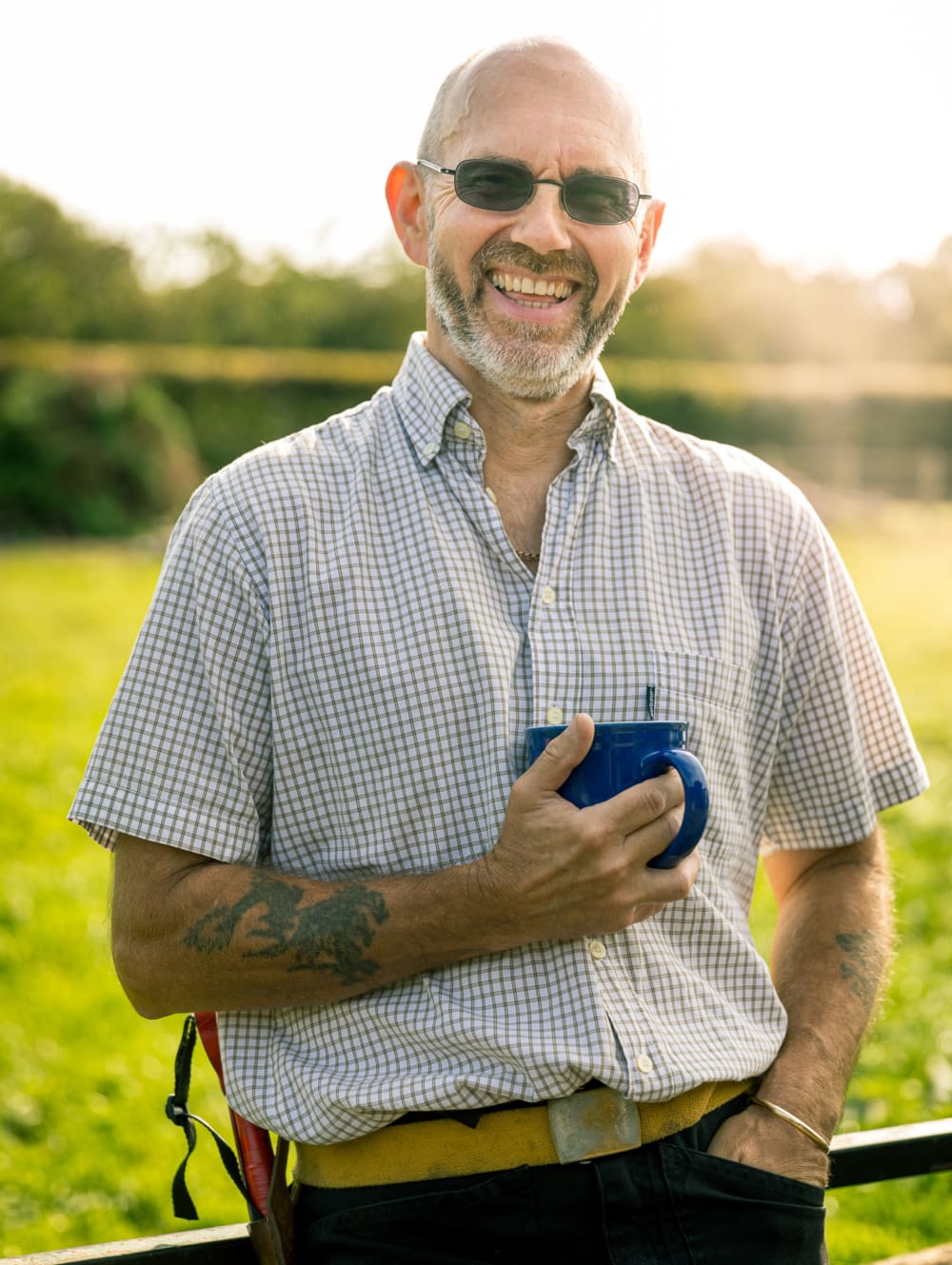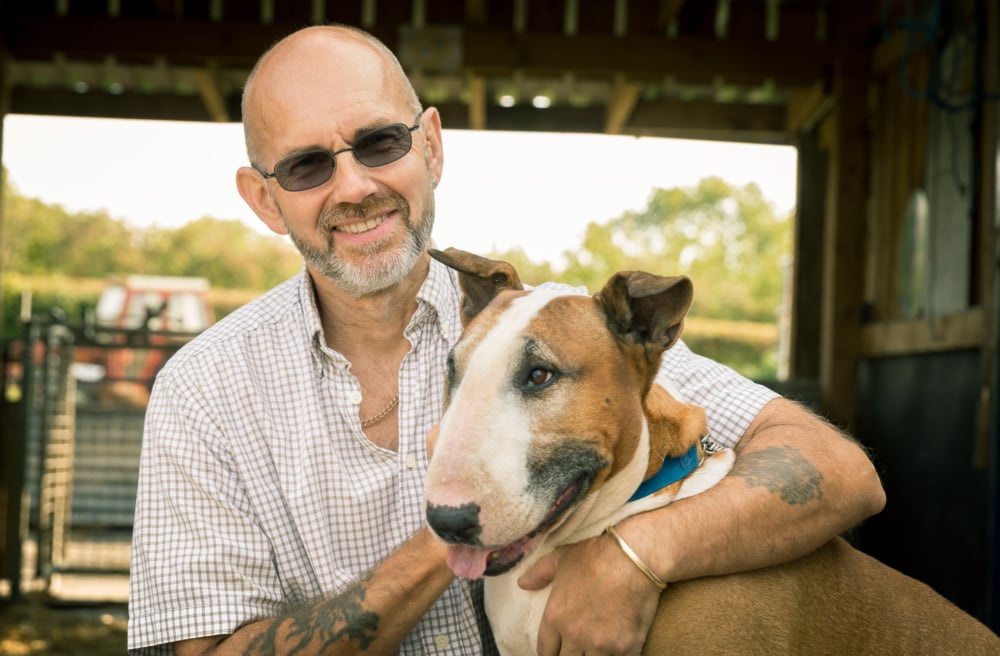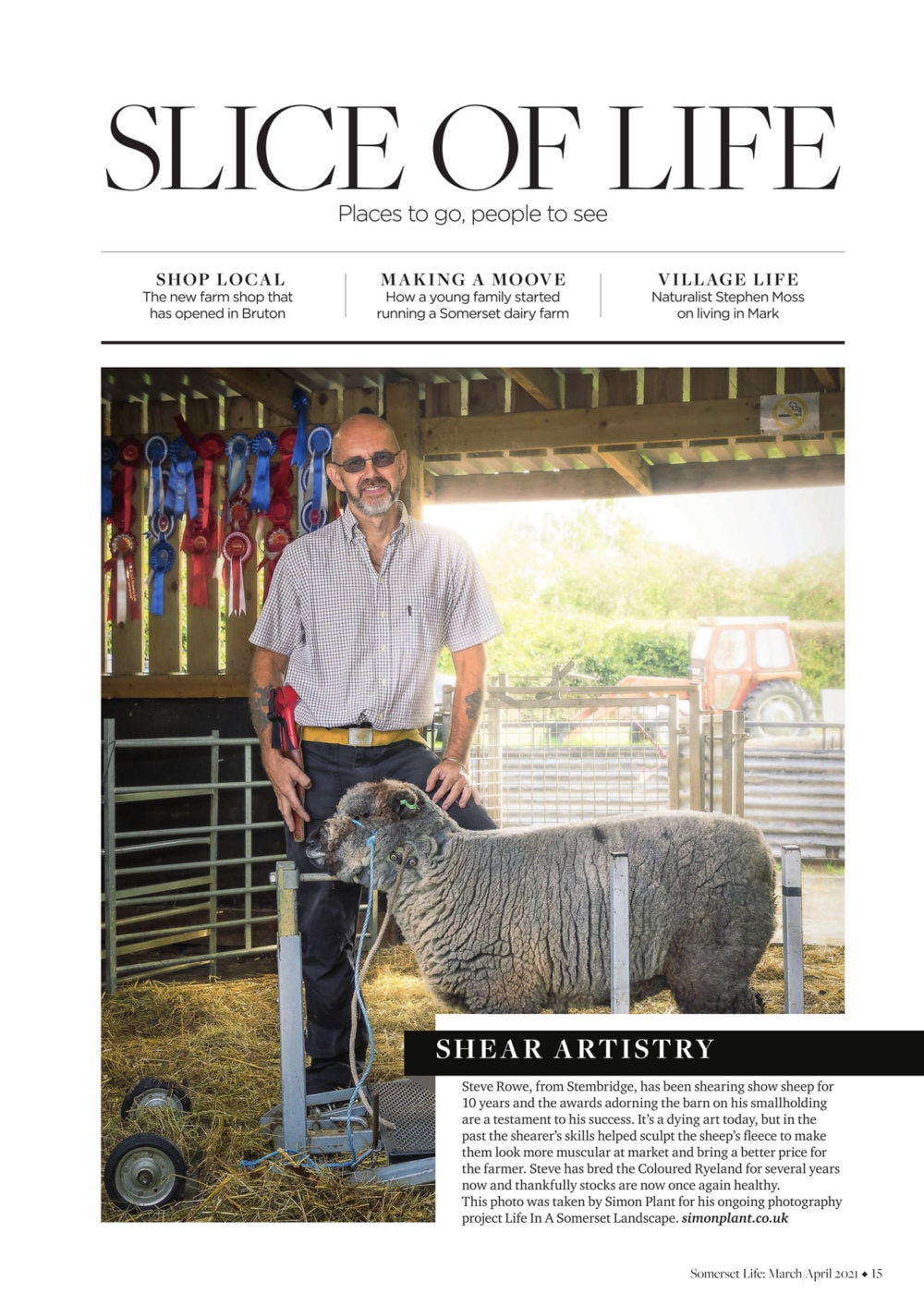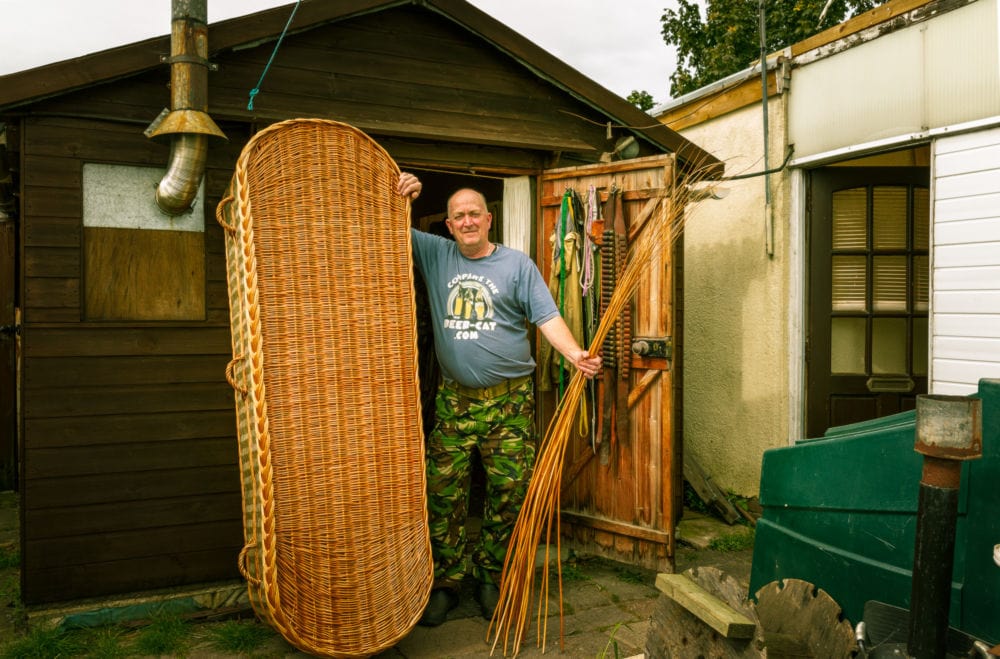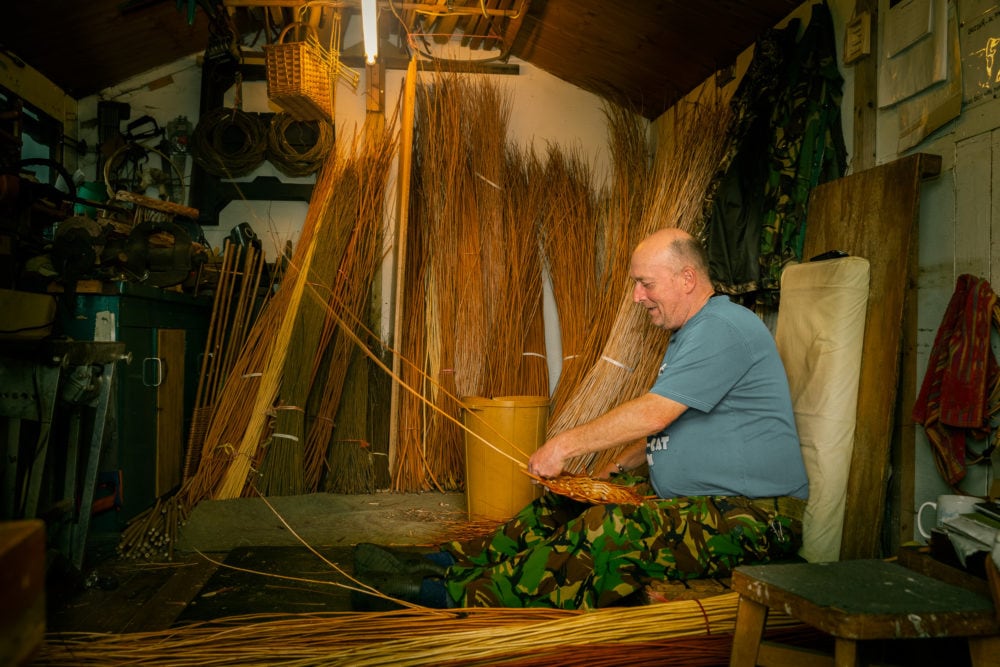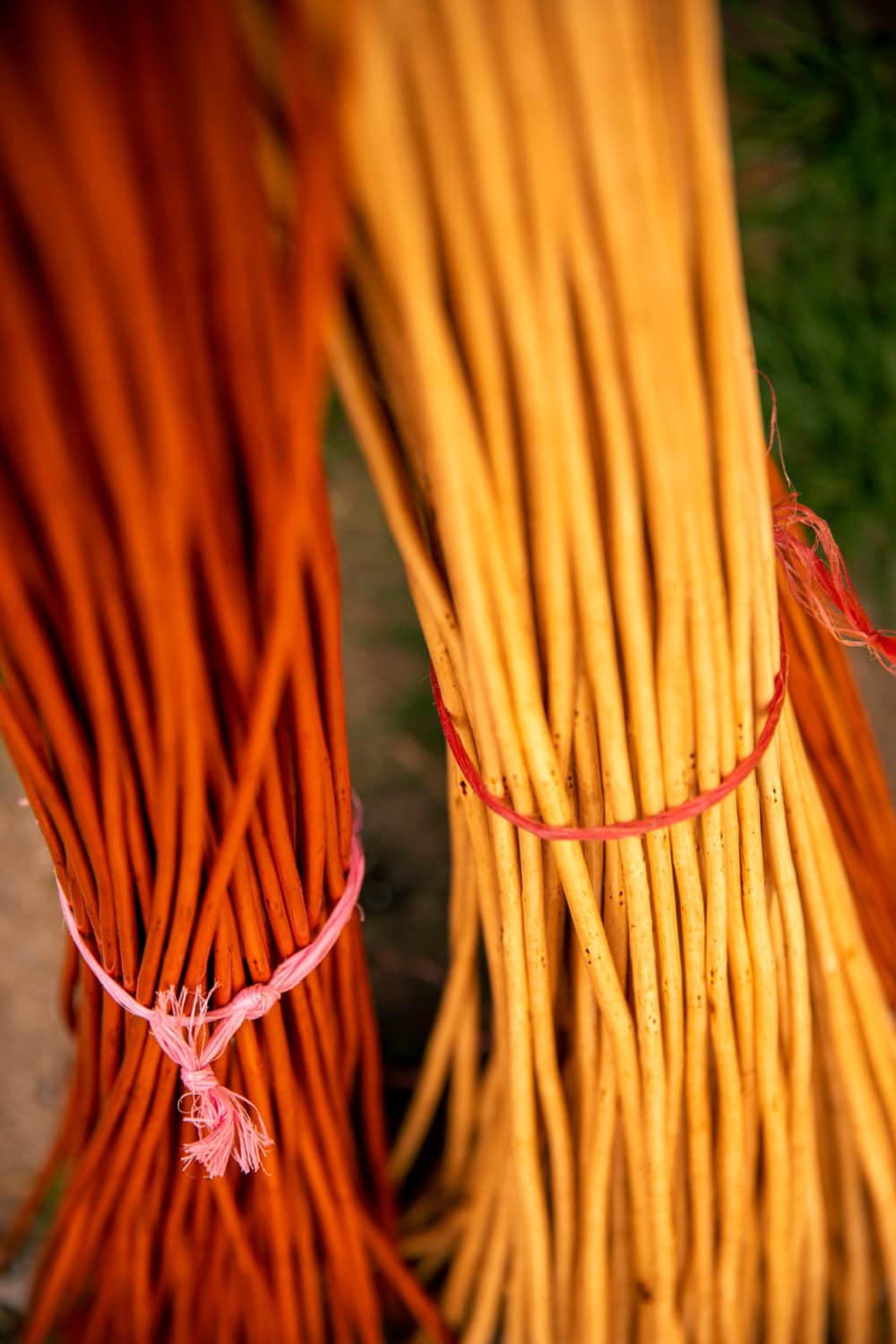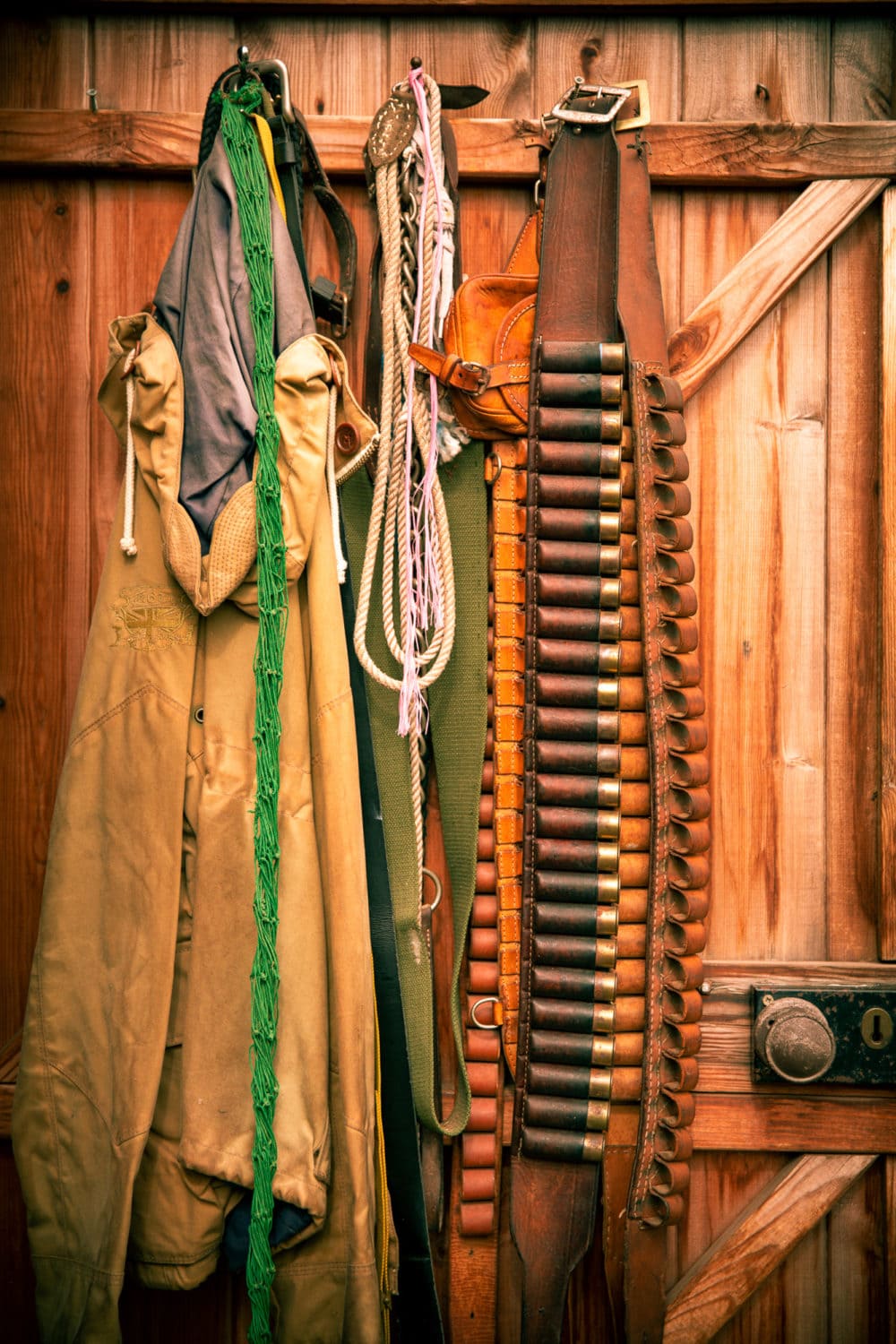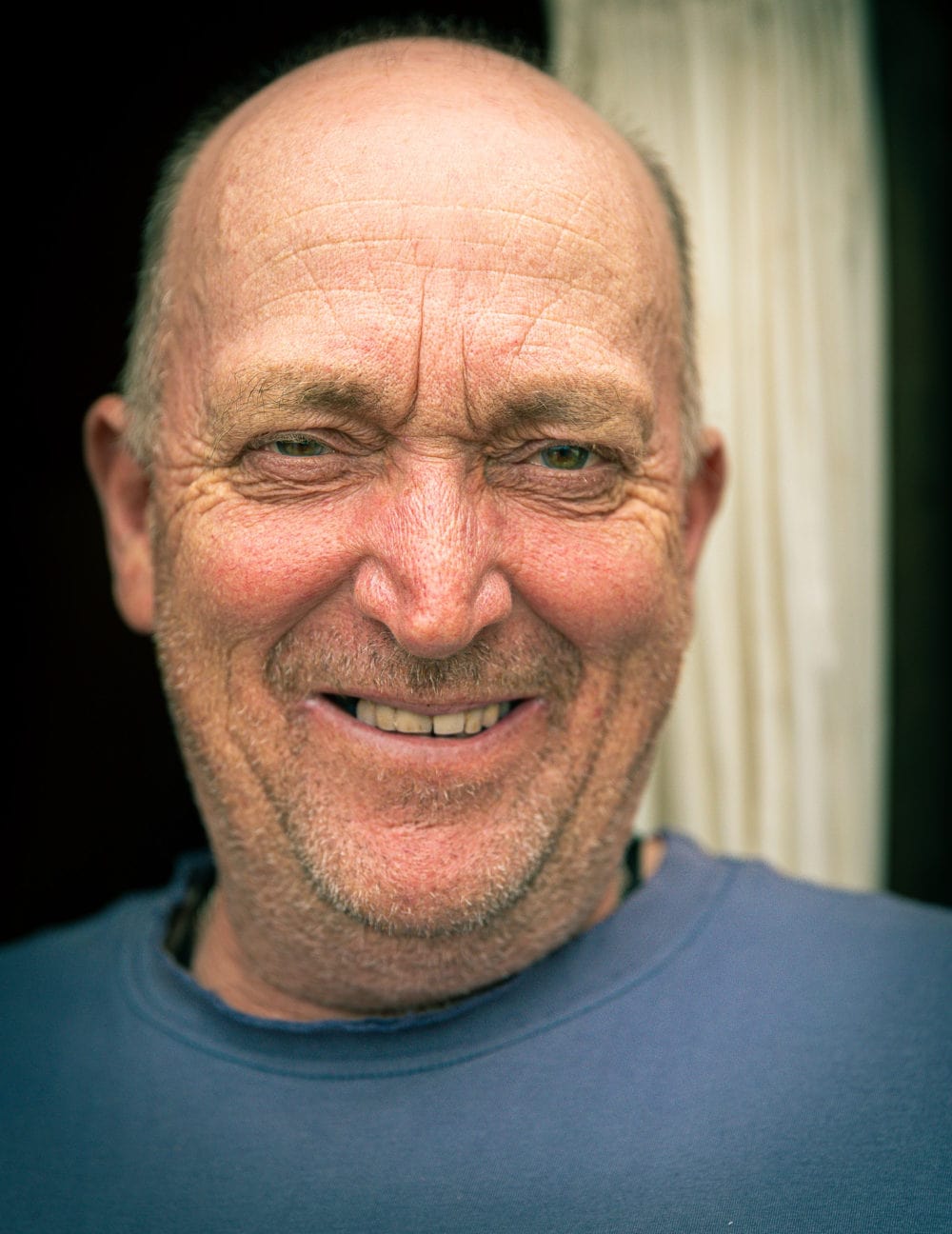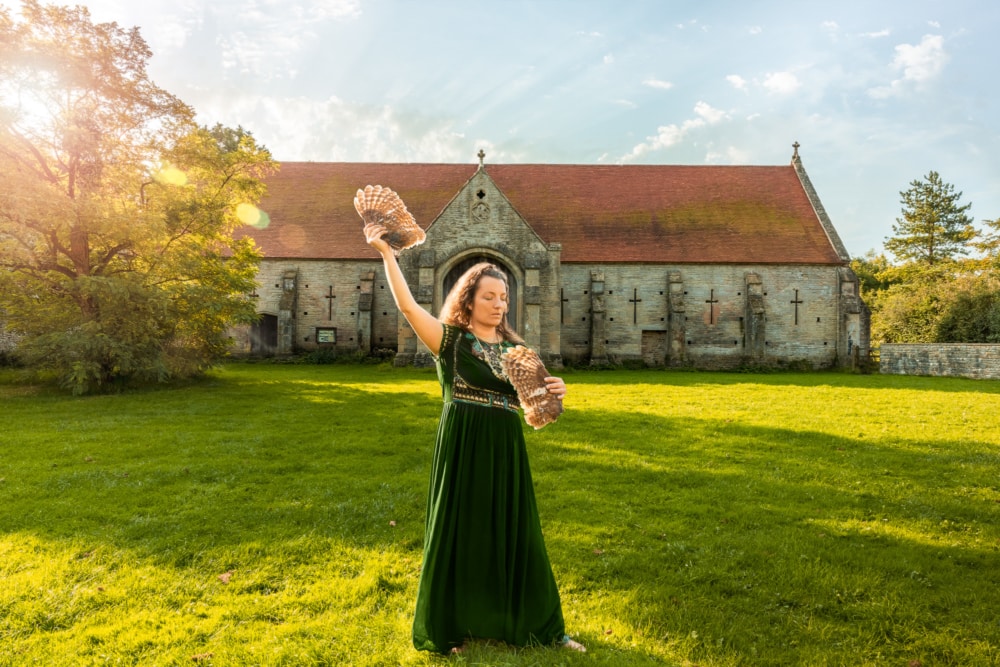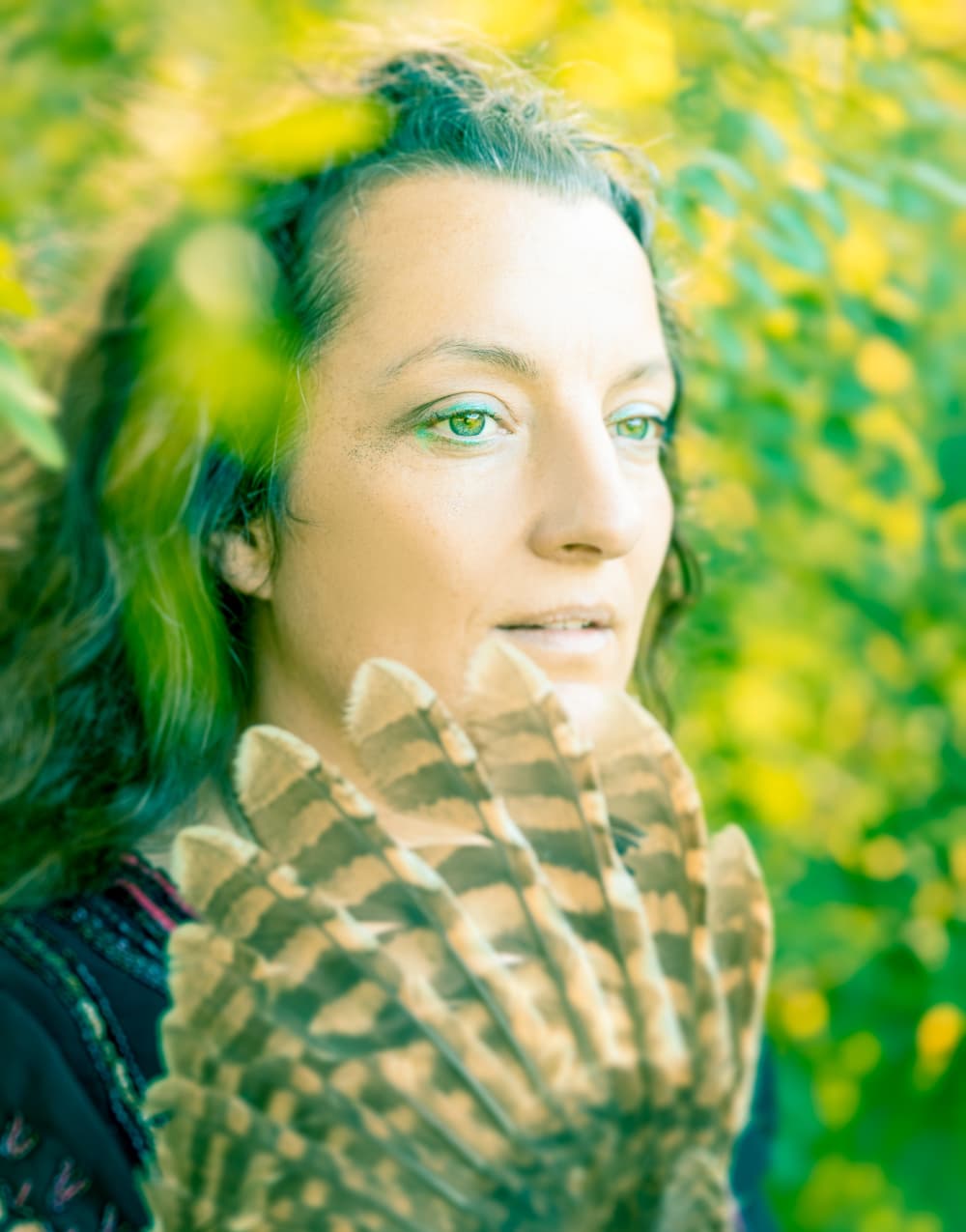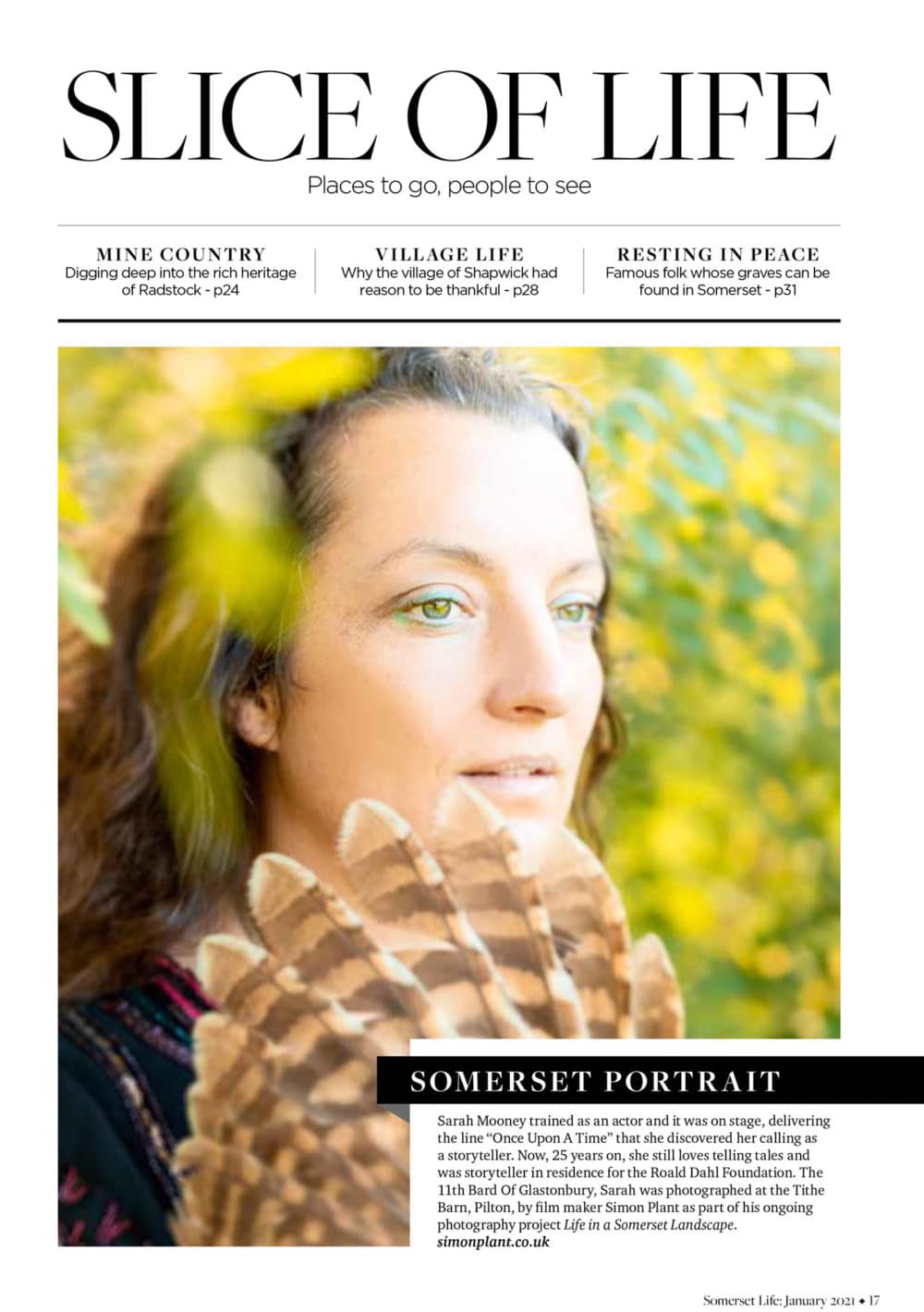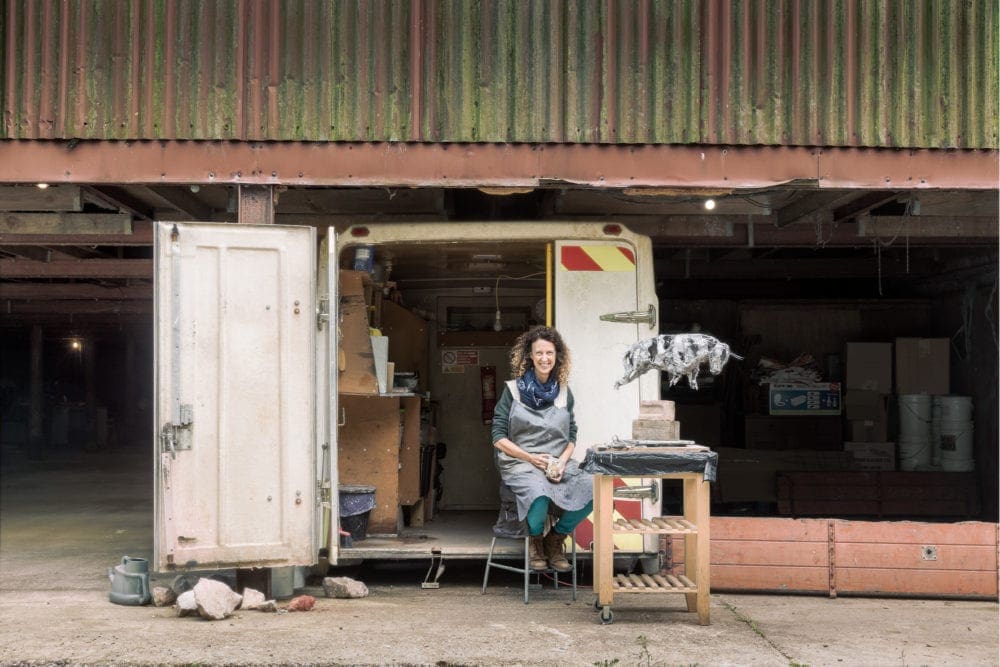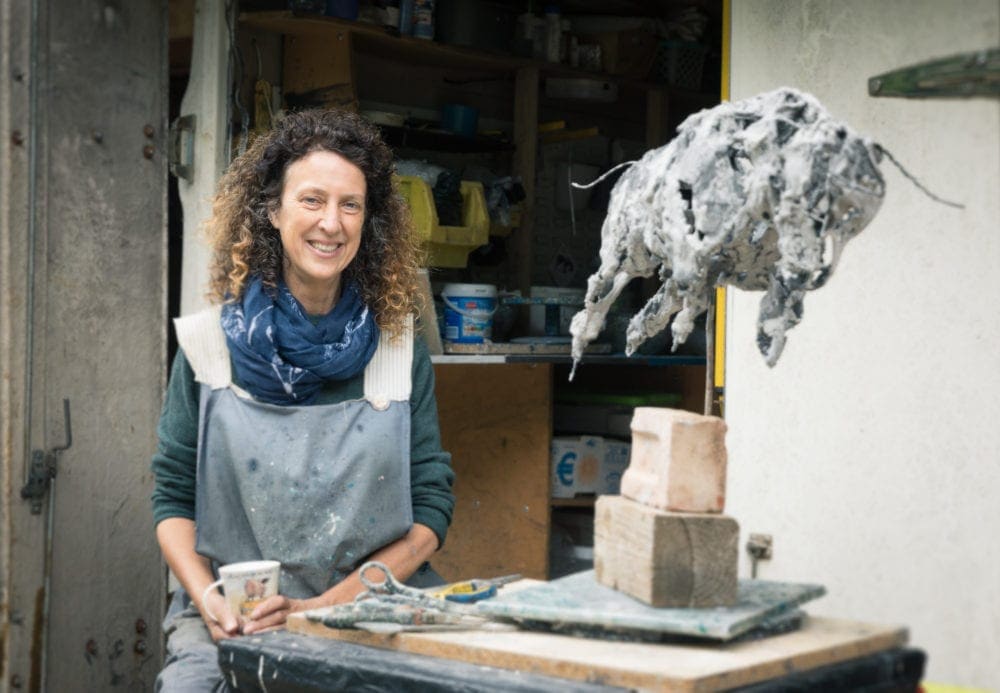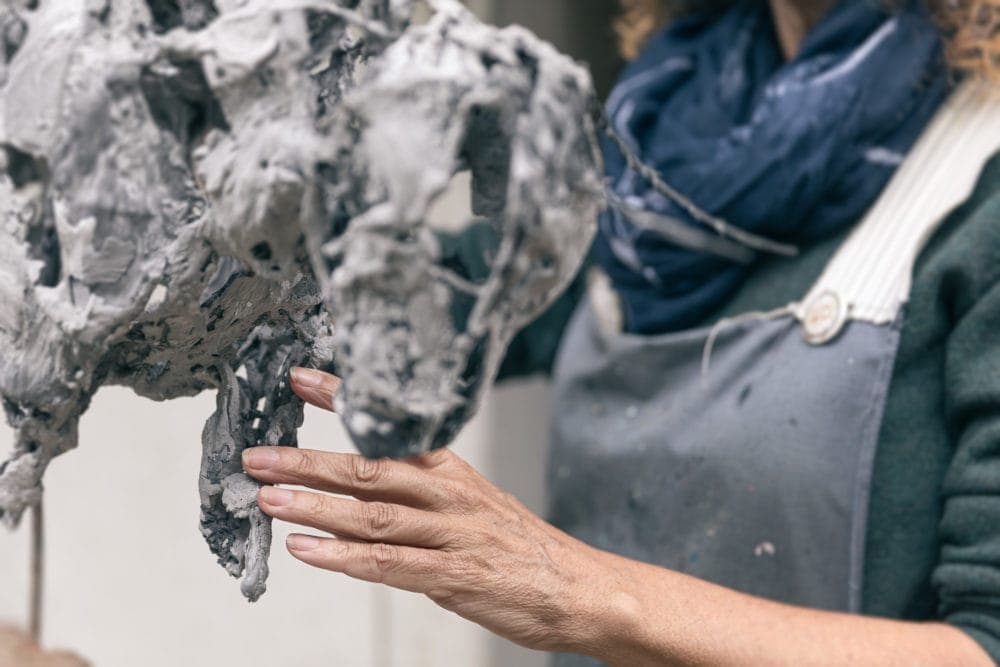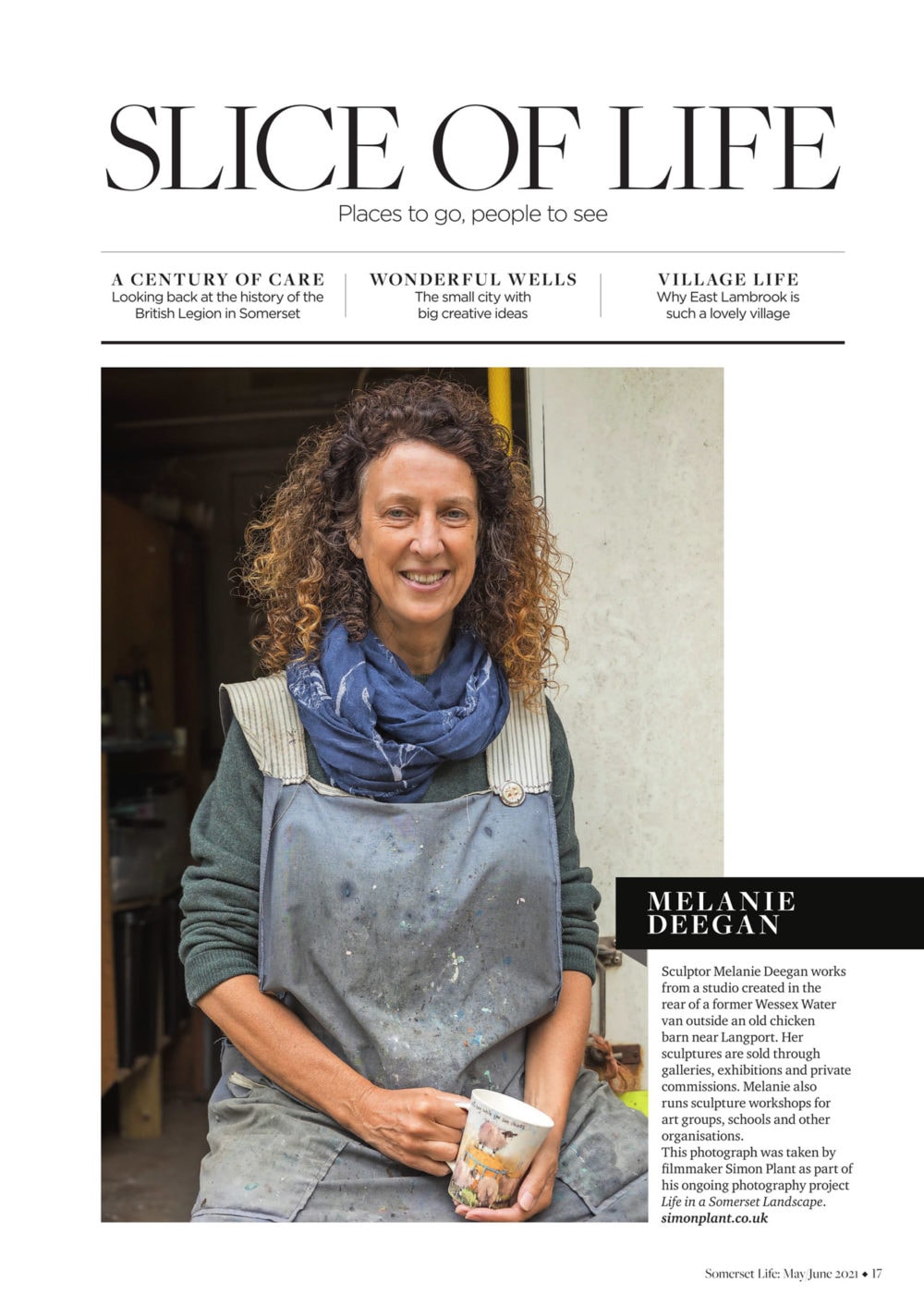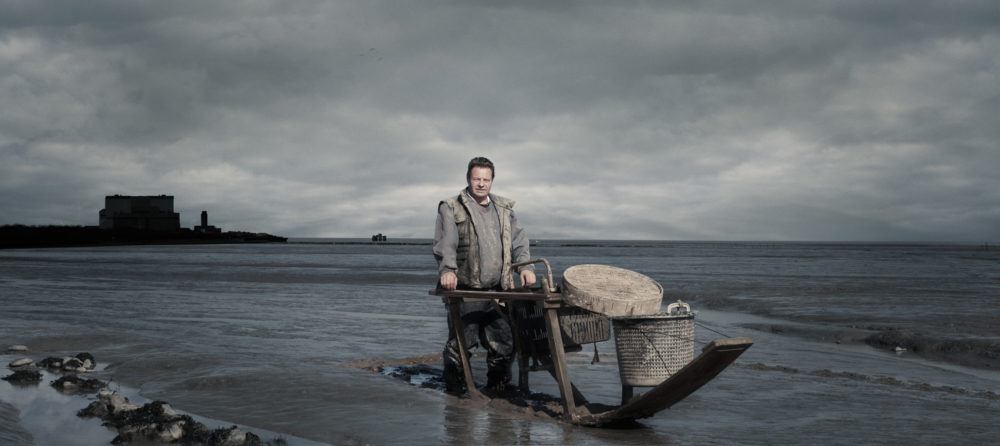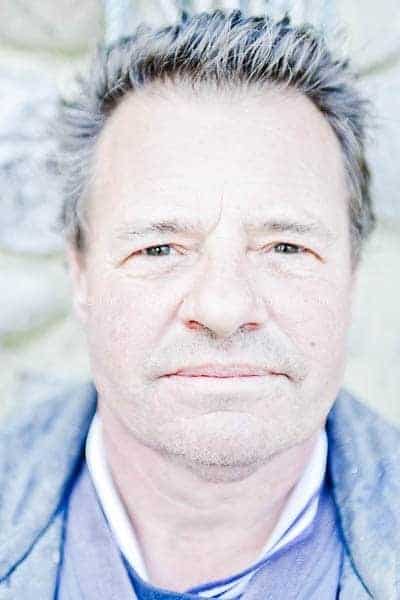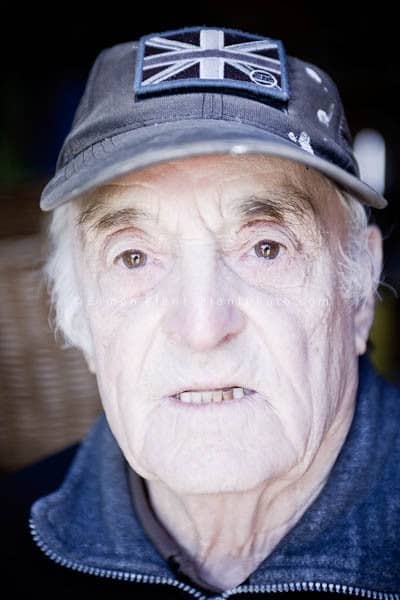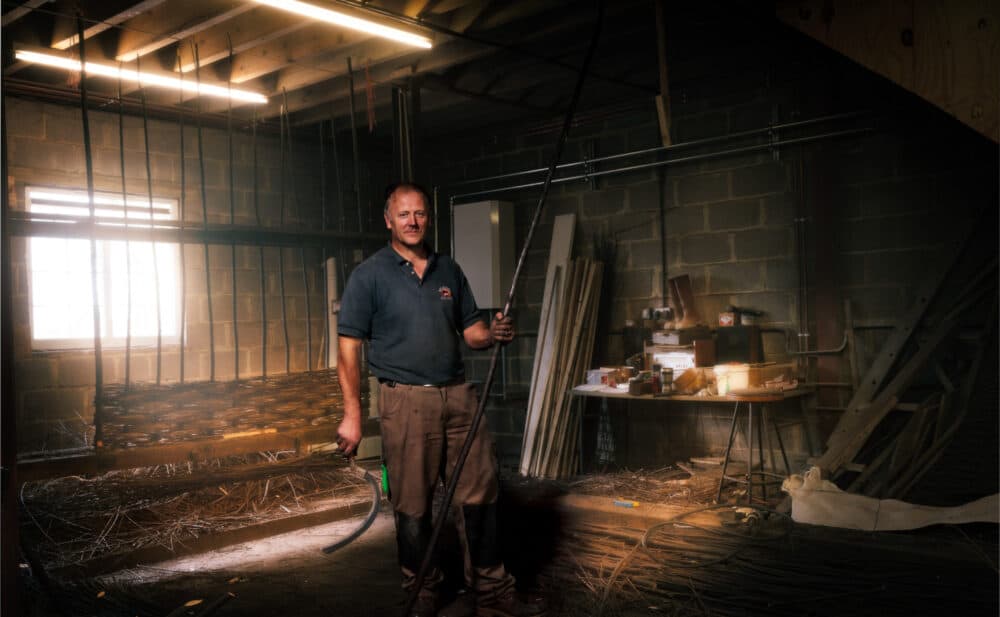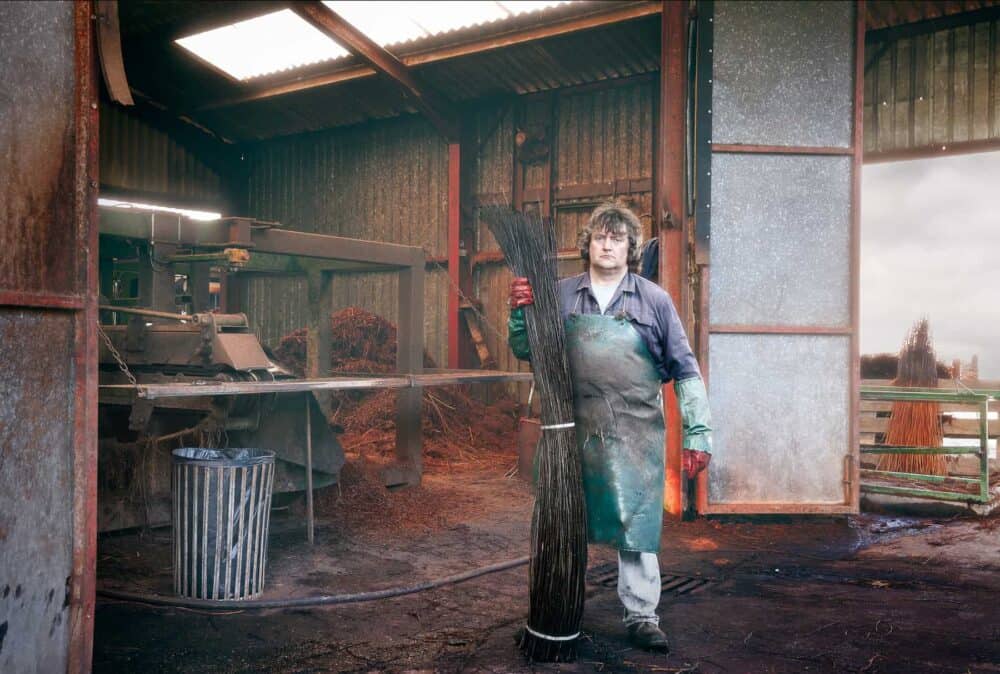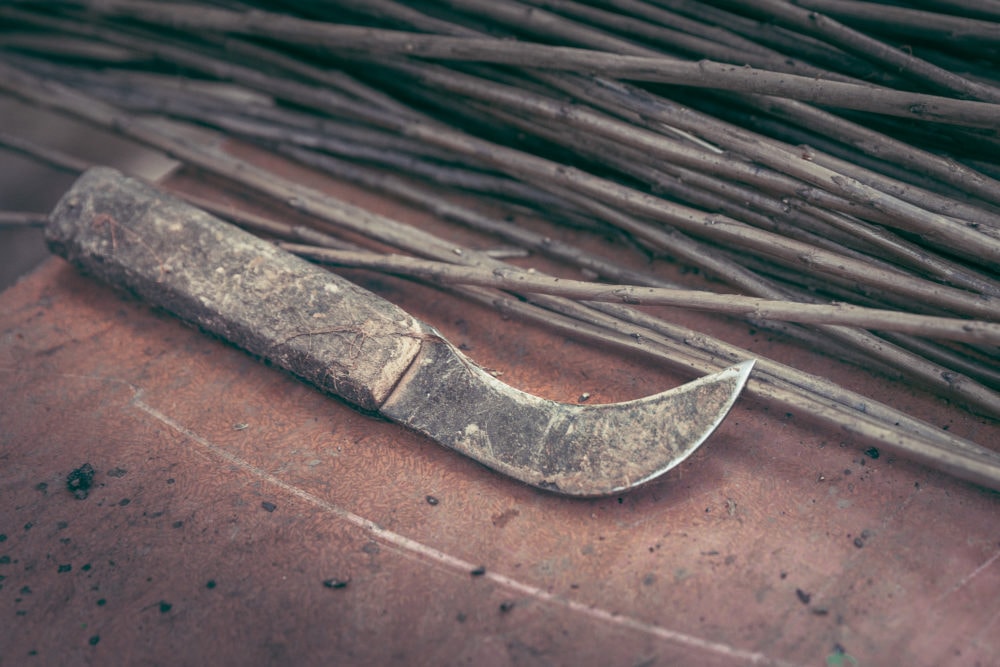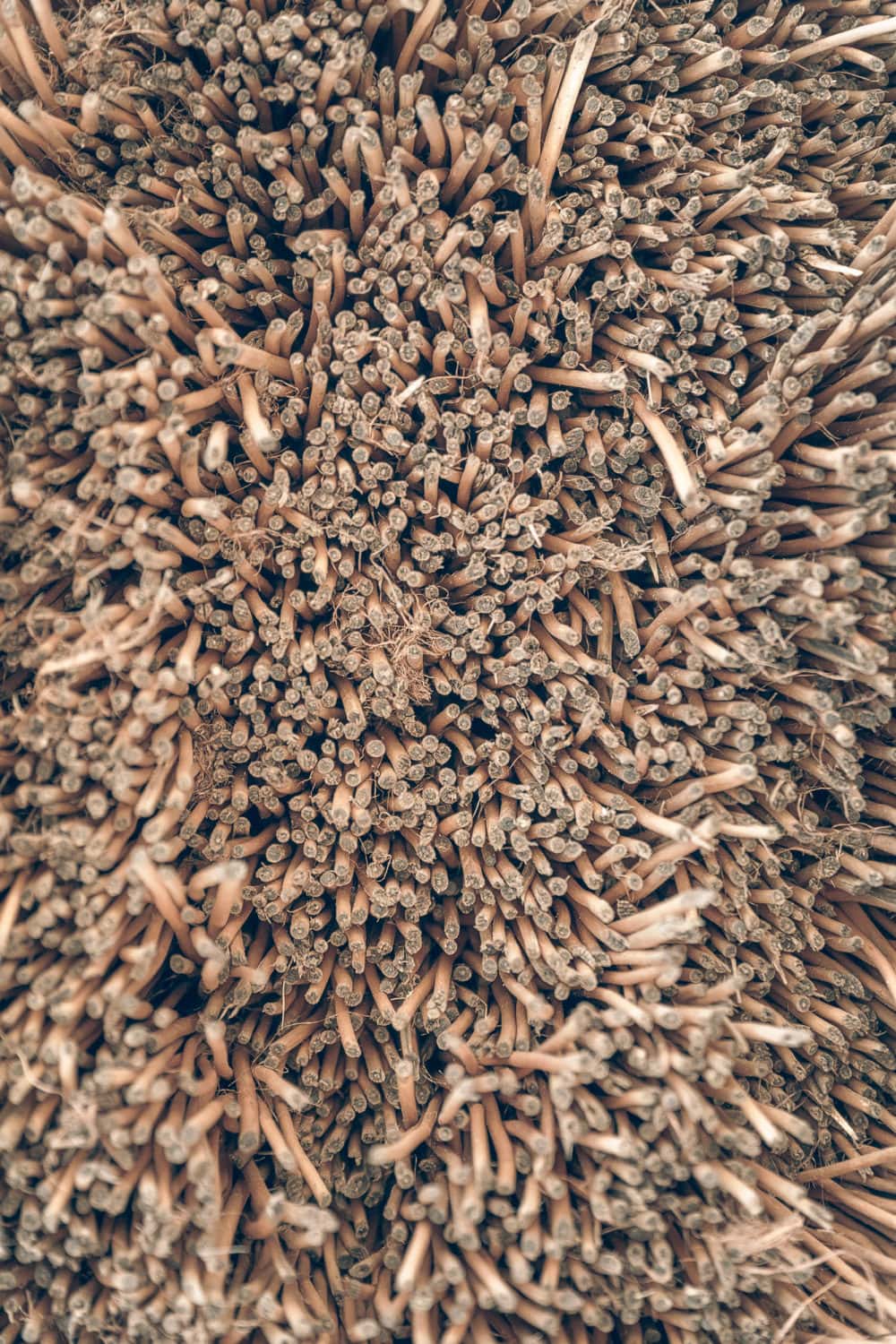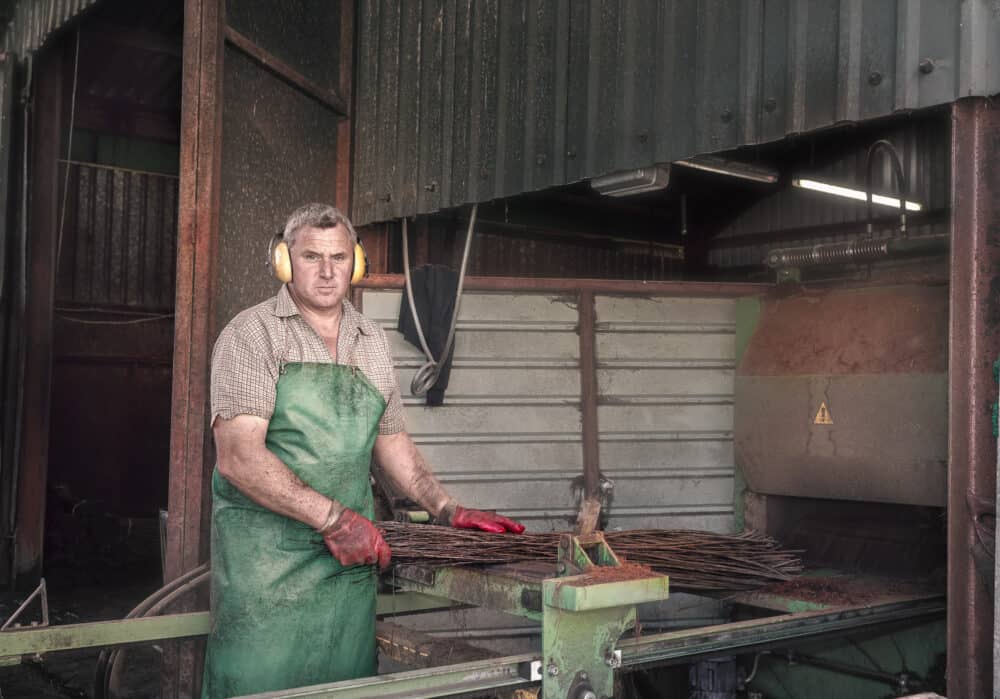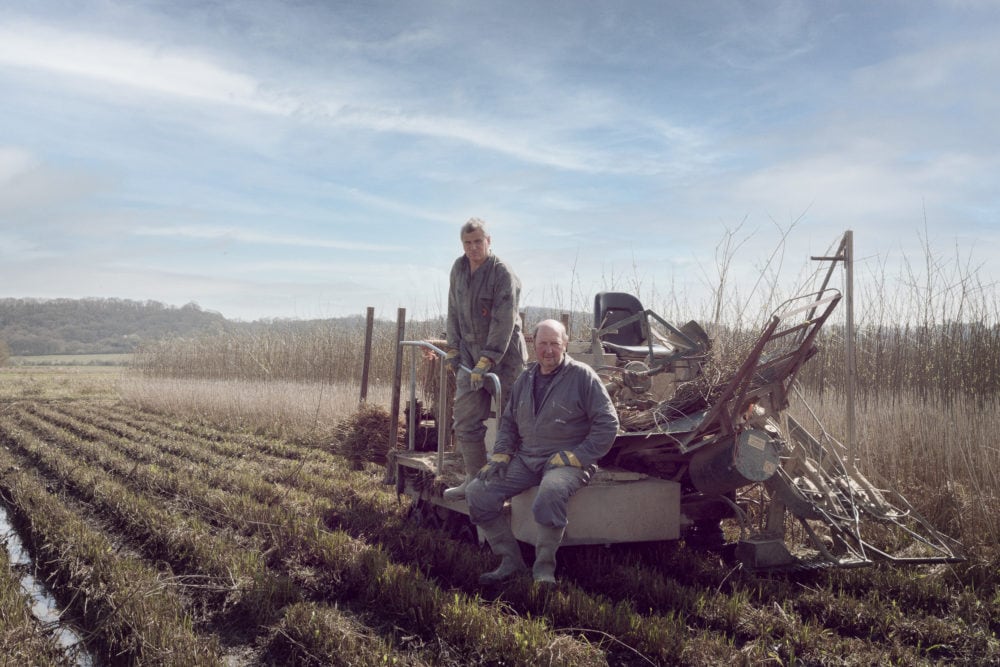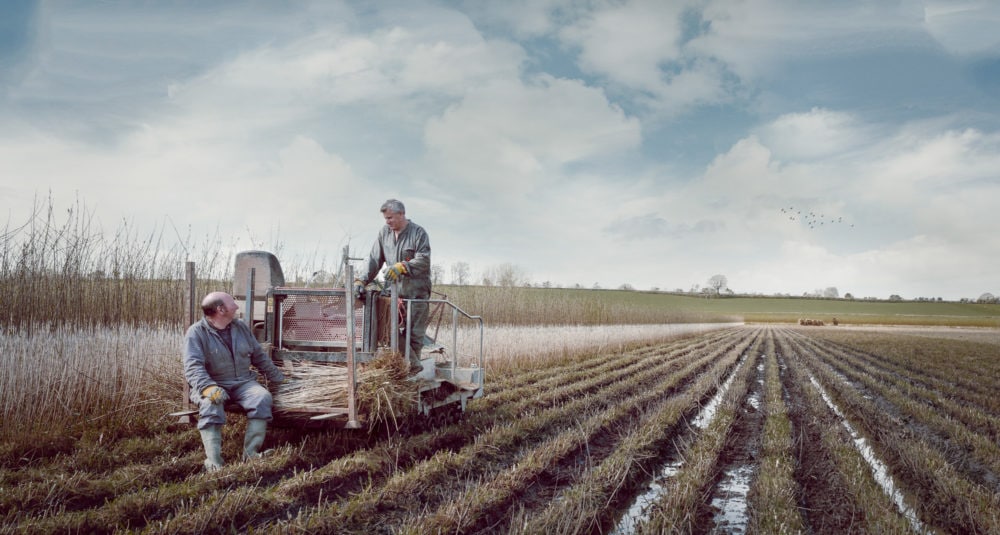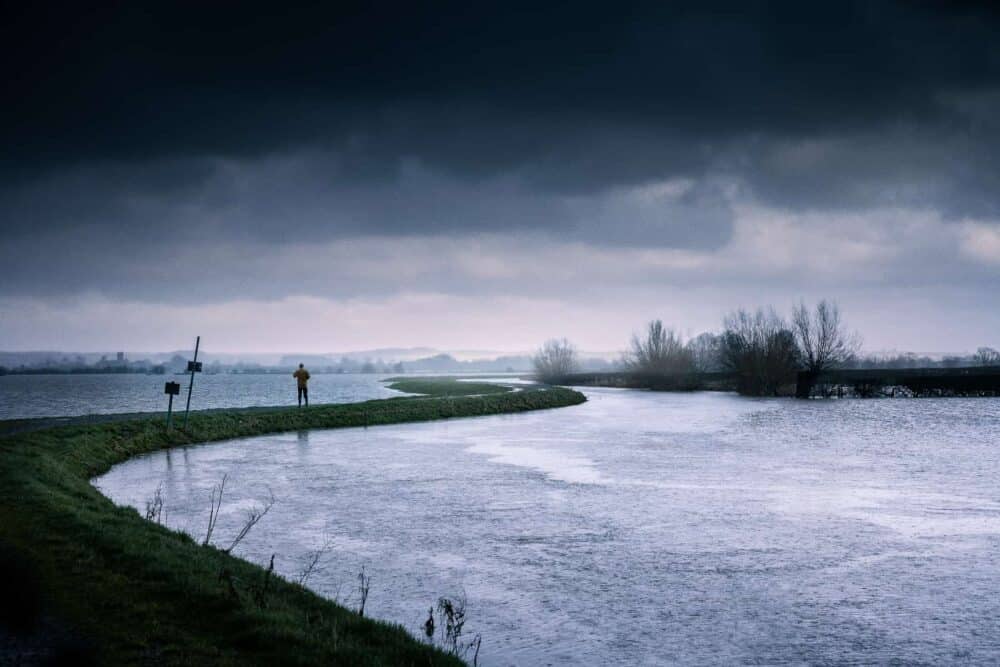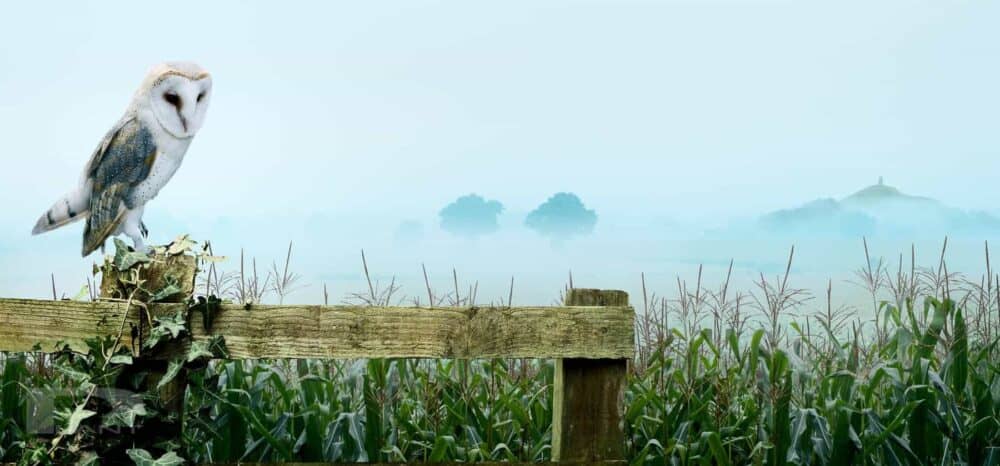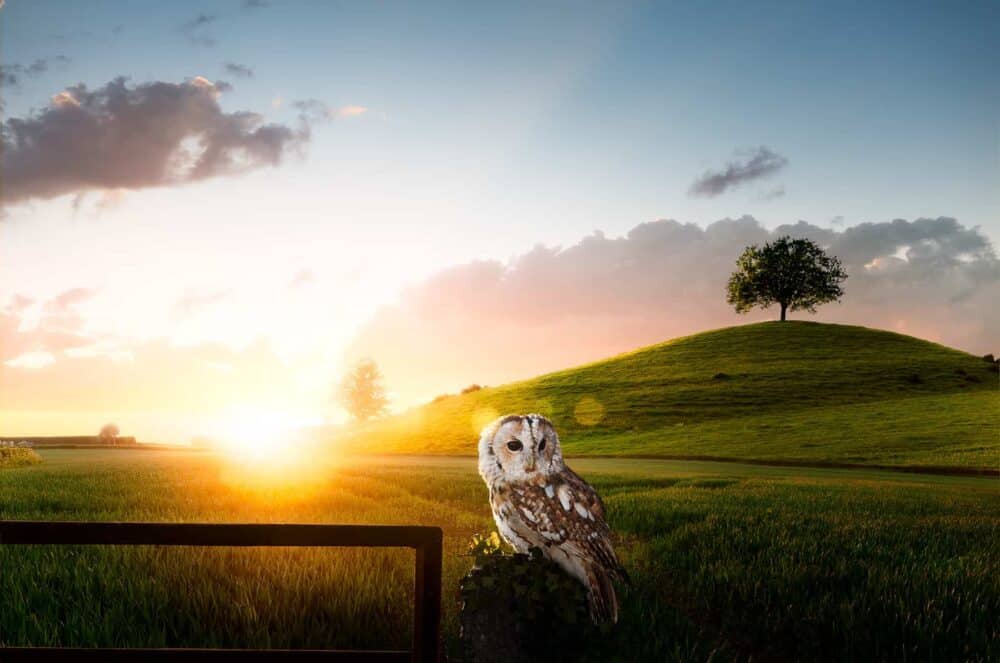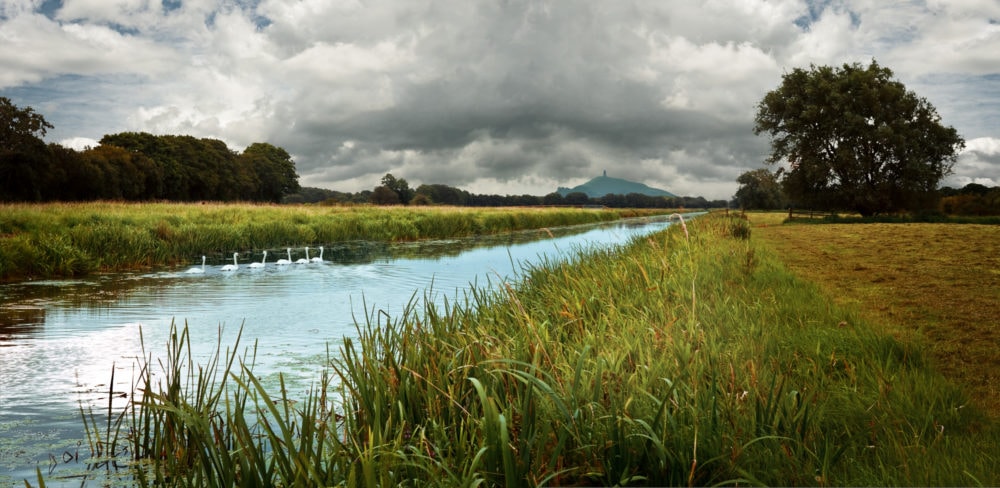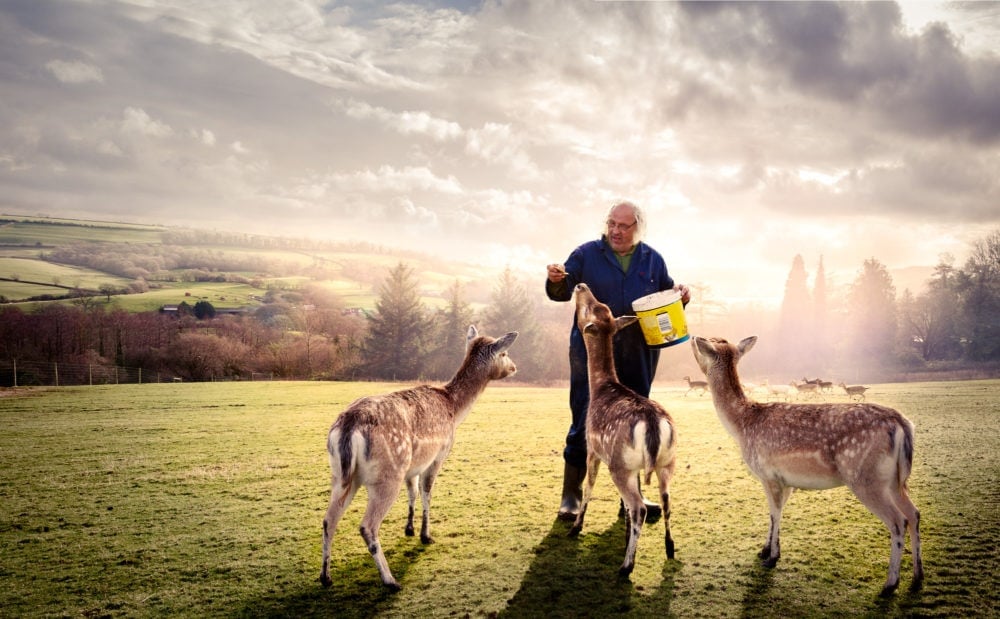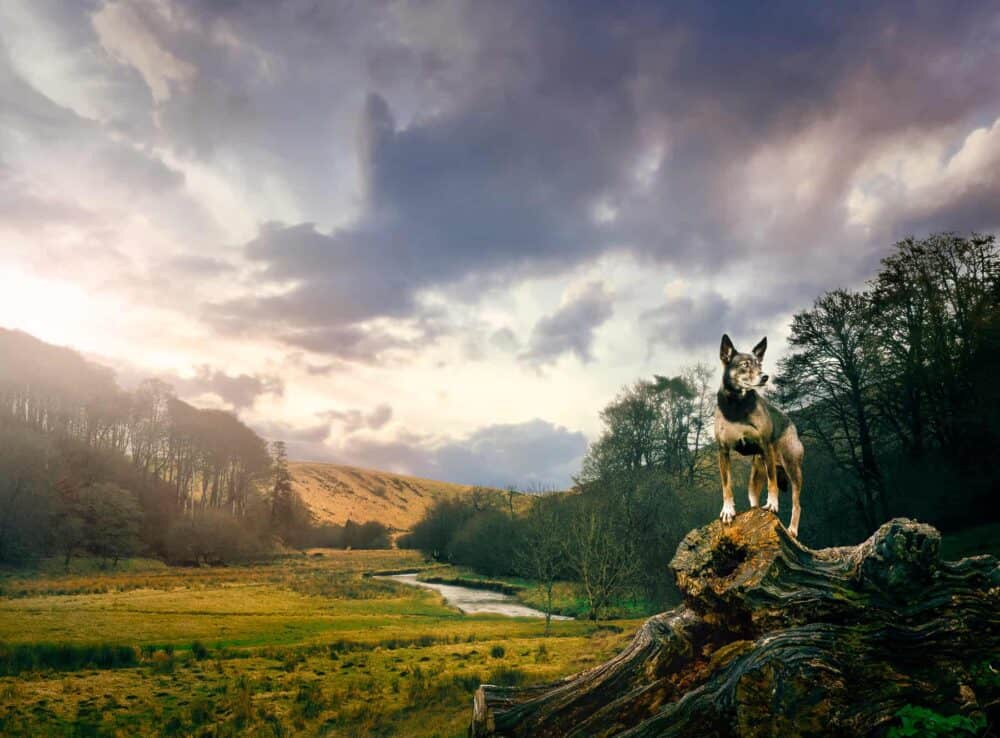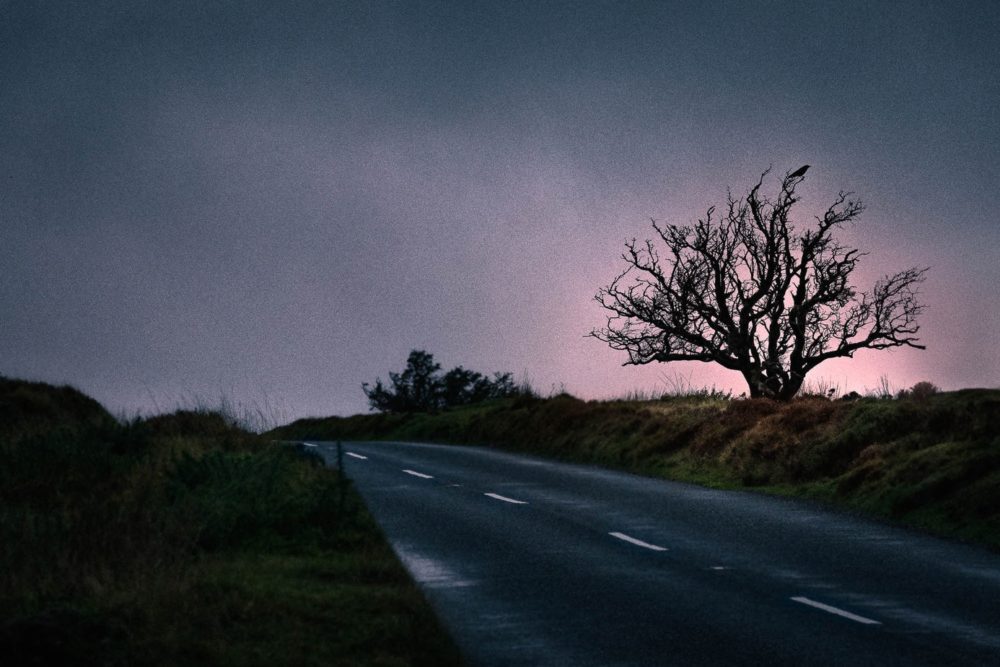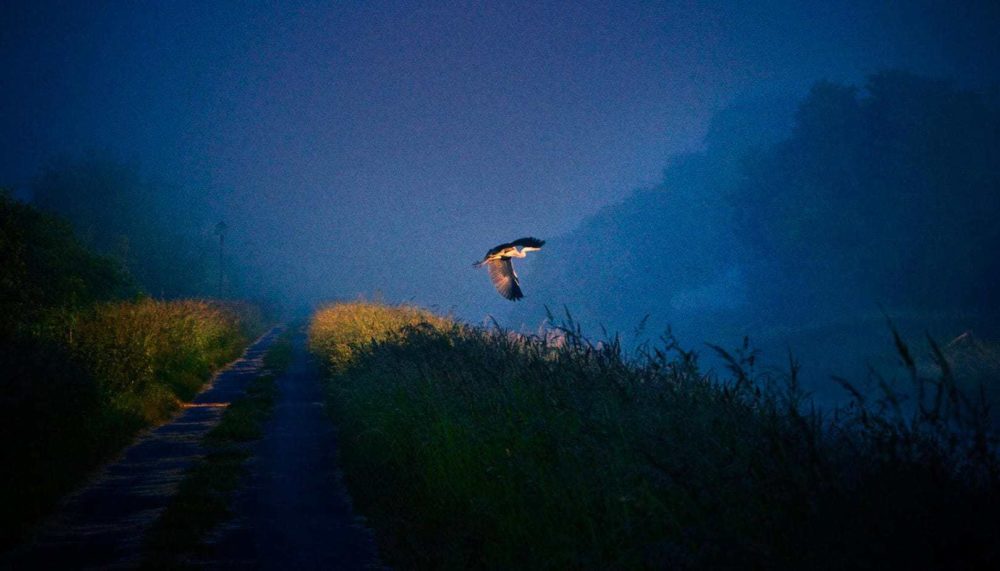Life In A Somerset Landscape
A Somerset Photography Project Started In 2012
I started Life in a Somerset Landscape as a personal project with the aim to capture various people and wildlife in the Somerset landscape.
The images are inspired by the county I grew up and in the landscape where I started my Photography journey back in the late 1980’s.
I’ve always been drawn and somewhat intrigued by the history of the land and the people who work it and wildlife that lives in it.
The images here are approached by me either by simply documenting what I discover while others are created to produce a vision I have for that particular location or person within it.
The project continues to evolve and grow into some exciting and unexpected areas.
In the spring of 2021 Somerset Life magazine started publishing parts of the project each month in the magazine.
In June 2021 BBC Radio Somerset interviewed me about the project. The same month part of the project was exhibited at Yeovil hospital where it’s being discussed touring it to various venues around Somerset.
More information to follow.
Do you know of someone or somewhere in Somerset that you feel should be included? Please email me and let me know. [email protected]
Jane Wallwork The Exmoor Apothecary
I met Jane through a recommendation from Cat Mills the Silversmith I photographed for the project.
I arranged to photograph Jane at her wonderful property close to Exmoor in May 2022.
It was an early start to catch some early light especially as I knew we would be shooting mainly outside on her land.
Unusually for me, it took many months before I finally got around to finishing and publishing the images due to a long-term assignment that has kept me extremely busy.
Jane was kind enough to provide the following information about her work.
I was introduced to herbs by my grandmother at the age of 9 and this sparked an interest in plants.
We would make nettle soup and elderflower champagne and take walks in the woods.
I first studied anthropology and sociology which gave me a continued interest in how people around the globe her themselves. I then formalised my qualifications and continued on this path of plant medicine and a deep connection with nature.
I am based in Somerset on the edge of Exmoor. We are quite high up and feel very close to the elements and nature.
We have a fine parliament of owls to give us wise counsel and the river Tone beneath the hill rushes its way along.
There are a wide variety of native wild species here and we are only one field away from moorland gorse and a hazel copse behind.
I first fell in love with the place 15 years ago when I first returned to Somerset to make herbal medicine for The Organic herb Trading Company.
I met the land and felt so much potential here, and as a herbalist saw how the peace found here and the wild beauty could be such a part of natural healing.
Fast forward now to six years ago. I needed to make a life-changing move and asked that all-important question to the universe, “could this still be the place” it proved to be and I moved here on the 1st of October 2016.
There was a lot to do… nature had been most busy rewilding the garden area with brambles, docks, thistles, nettles, trees, and many wonderful native herbs.
It was a fabulous native jungle out there! The overriding feeling was that we needed to work with what nature had provided rather than cut everything back and so we have pathways cut through the brambles to a secret garden where we have created a circular space for meditation and relaxation and then to the secret garden where we discovered a patch of delicious wild raspberries and rather a lot of rabbit evidence…
The elders gave us permission to create a sacred grove and this year we hope to create some natural seating for the space to be enjoyed.
Michael Eavis Somerset Dairy Farmer and Festival Creator
I’m a bit of a daydreamer, especially while driving which maybe isn’t an ideal time!
It’s how I got the sudden urge (not sure why) that I should reach out to ask if I might photograph Michael Eavis.
You see It suddenly popped into my head that Michael and his family are the people who have put Somerset on the world map with the world-famous Glastonbury Festival.
For that reason, I felt I had to at least ask if he would spare a few minutes to be part of my Life In A Somerset Landscape Project.
Fortunately, he and his team liked the project and were very accommodating allowing me to photograph a few weeks before Glastonbury 2022 which is not their quiet time !
Michael as I expected was veryaccommodating and charismatic in front of the lens and made my job easy. In fact the whole shoot was done in less than 30 minutes.
I titled the main image “3 Icons Of Glastonbury” showing Michael together with the Pyramid Stage and Glastonbury Tor rising above the Somerset landscape.
(Bio Supplied By Glastonbury Festival Press Office)
Michael Eavis is an English dairy farmer and is best known as the creator of the Glastonbury Festival of Contemporary Performing Arts, which takes place on his farm in Pilton, Somerset.
It all began in the late sixties; after a casual visit to the Bath Blues festival with his girlfriend Jean, Michael decided to have a go himself in 1970. The Festival did not make a profit for several years, but when it did, Michael began to look for good causes to support both locally and internationally. Nowadays, the Festival aims to raise two million pounds each Festival year in aid of Greenpeace, Oxfam, and WaterAid, as well as hundreds of local causes.
Cat Mills Silversmith Exmoor
Cat Mills is a Silversmith based on the edge of Exmoor.
Her work is not only beautiful but also involves recycling scrap silver and reforging it into new often organic shapes.
I arrived at her workshop on the edge of Exmoor and was immediately blown away by her rustic workshop.
It’s the type of space I always hope I’ll find when I turn up to a location and it certainly wouldn’t be out of place as a film set (The Shire comes to mind).
Cat self-built the workshop which was converted from a stone cattle shed (or Linhay), using wherever possible repurposed materials, or seconds from a local sawmill.
She explains
The workshop was completed in 2017 but not without the help of John Toland a local craftsman who helped within the early stages of the build.
John also provided the large roof timbers from wind fallen trees from his woodland.
Spencer Whitfield lived on-site with his family during the workshop build and without his help, the project would probably still be ongoing.
So a massive thank you to them both.
Cat has been making jewellery most of her adult life.
She is fascinated with the concept of the talisman, and how jewellery has been symbolic throughout time.
As a young adult, she studied with a local silversmith, this gave her the confidence to explore the craft and what she does now has been mostly self-taught in the years since.
She is a strong advocate of recycling and re-use, focusing on using scrap sterling silver, melting it down to either cast it into designs or forge it into organic shapes.
She loves to take broken things that link you to a person or place, and reuse them to make something personal and with deeper meaning.
You will not find her jewellery online as she sells it to people who contact her directly or through a biannual exhibition.
An enthusiastic teacher she is keen to share her workspace and runs day courses for small groups.
Cat encourages her students to bring old family silver, broken jewellery or things never used to melt down and cast into a personal piece to take away.
Cat told me…There is something magical about taking scrap silver from a solid to a liquid, to something new and beautiful.
Be that casting and forging into rings and bangles or using the ancient technique of cuttlebone casting (as shown here).
Cuttlebone casting dates back hundreds of years and creates totally unique one-off pieces that capture hand-carved designs, whilst retaining the beautiful organic “waves” that are the natural structure of the cuttlebone.
Cuttlebones are soft and easy to cut, sand and carve. The molten silver burns out the mould during the casting process but cools quicker than the cuttlebone turns to charcoal, meaning each mould can only be used once.
You can often find cuttlebones washed up on beaches, a by-product of the sea, so not harming anything to reuse in this way.
View Cats work and details of her workshops at www.exmoorsilversmith.com
Amy Hart Rare Poultry Breeder
Amy Hart first fell in love with poultry when the family introduced 4 very tatty ex-battery hens onto their smallholding near Ilminster. It was the start of a love affair that has continued to flourish and has even fashioned her future career choice.
Amy takes up the story; –
“I love all animals, but there was something special about hens that really resonated with me. Even now, I still love hunting for their eggs and nothing tastes as good as the fresh free-range egg, produced by happy, healthy free-range hens. The yolks are almost fluorescent orange and make cakes look luminous!”
She had a pony from the age of 7 but when she outgrew him, she diverted her attention to the hens and bought in hatching eggs from rare breeds that were in danger of becoming extinct “I still get an enormous buzz out of watching them hatch and fluff up into amazing, independent little chicks that grow so fast!”
Having joined Taunton Poultry Fanciers, a supportive local poultry club, Amy and her enthusiast mum entered their first show in Hatch Beauchamp. This is a decent-sized event, held annually on the first weekend in March, and it became the catalyst for a lifetime passion. “I guess that is where I got hooked on showing and we have not looked back since”.
The pinnacle of the show is the two big shows held in December, The National and The Federation. “Mum and I say they are like “Crufts for Poultry!””.
The highest accolade is to get your hens up onto Championship Row and with over 3,000 entries from all over the country that is no mean feat!
“A show-winning bird starts with good bloodlines, but you have to feed them well too. We use a natural herb supplement called Chirbs for health maintenance and they get to free-range around our garden. They always try and get into our house and love to follow us around for attention.”.
Family circumstances meant they moved into a smaller property in 2014 but ensured it had a big enough garden to maintain a flock (albeit a much smaller one).
“Our hens are real pets and love cuddles. I once had a little rooster called Cupid, hatched on Valentine’s Day, who would follow me everywhere. He would even follow me upstairs and snuggle in bed with me!”
“The showing world is a great way to meet fellow enthusiasts and save the bloodlines of rare breeds from extinction.
We wash them a few days before the show and use a toothbrush and toothpick to clean their legs. Most of them really enjoy a bath a warm bath and often sink down into the warm water and go to sleep. We then use coconut oil to make their combs, wattles, and legs shine. They are so used to being handled; they are very chilled in the show cages. We give them special treats once judging is over, so it is a positive experience. “
Amy keeps many breeds of chicken, in both bantam and large fowl sizes. The smallest breed of chicken, called Serama, is an Asian breed. Other breeds include long-legged Modern Game Bantam (that look like Seramas on stilts!), rare breed Hamburghs, and fluffy Silkies. The rarest breed she keeps are Swedish Flowers hens who are uniquely and beautifully mottled. “No two Swedish Flower Hens are the same, they all have their distinct patterning”
Whilst the Hamburgh breed is noted for being rather flighty and skittish, one little spangled bantam called April is so tame she is used at pet therapy and has even had her portrait painted by a fan.
“Keeping chickens is a wonderful hobby and they are far more intelligent than people realise. It’s really rewarding and interesting. That’s why I want to become an avian vet”.
George Hider Metalwork Artist
George was born in Chippenham, Wiltshire, in 1964. The eldest of four children, he was brought up to make do and mend. His father had left the RAF to work as an airframe fitter for the MOD and the family were-based at Boscombe Down.
George enjoyed his childhood in and around Salisbury always preferring to be outside rather than in the classroom.
As a child, he loved drawing and creating simple forms from any materials that came to hand. He left school at 16 to start work with the local council in a variety of jobs.
At 18 he joined the Territorial Army. It was during his fourteen years with the TA that he learned to improve his self-sufficiency: but found it second nature to improvise anyway.
He moved to South Somerset in the late nineties to work in an engineering factory. It was during this time that he realised his ability to use metal bound for the scrap bin to create simple sculptural forms.
By welding together pieces carefully chosen from the discarded steel he developed this natural ability to create increasingly lifelike forms.
An event in his personal life caused him to reconsider his aims and ambitions. He made the decision to leave his factory job to concentrate on his art.
George starts most days with an early morning walk with his whippets.
The animals and birds they come across on their walks in the lanes and fields, either wild or domesticated, often motivate George to capture these fleeting encounters in his work: a startled stag, a fleeing hen, or a feisty cockerel.
When he is commissioned to make more exotic creatures, he searches through photographs, paintings, and drawings found in his large collection of old books and couples these images with his own imagination.
George has been working now from his Somerset home at Edgewood, Merriott, for over twenty years.
He has no time for social media but enjoys a good chat. Through a combination of natural talent, hard work, and commitment he has become an established artist and member of the Somerset Guild of Craftsmen.
R J MATRAVERS Master Thatcher Somerset
Part 1 The Harvest July 2021
Reuben Matravers started his career in thatching by completing a 4-year apprenticeship and formed RJ Matravers Master Thatcher in 1990.
Since then his reputation has grown along with his team of thatchers Elvis Brownsey and Stuart Reed, carrying out work across Somerset, Devon, and Dorset.
Matravers are also growers and suppliers of combed wheat reed, having harvested our own for 15 years, every October we drill the fields then tend to our crops until late July.
We still use old-fashioned machinery and traditional methods.
We cut the reed using a reaper binder which then ties the reed into sheaves (seen being collected in images by Phil Chorley and his son Oliver with their Dog Holly
This is then placed into stooks (by hand!)
After a few weeks, the sheaves are dry enough to be stored in the barn ready for combing.
Part 2 Combing The Wheat November 2021
Reuben grows his own wheat to ensure the highest quality Combed Wheat Reed as well as supplying other thatchers.
The wheat is put through a reed comber fitted to the old threshing machine and once all the seeds are removed the stalks are placed into reed bundles.
We have owned our own comber for the last 12 years.
Originally, Mr. Hurford from Honiton would comb our reed however due to the distance of traveling with such a large machine he was unable to do this anymore.
Therefore, we decided the time had come for us to buy our own machine and continue this traditional method.
We managed to find one from a Mr. M Dray from Devon.
The machine took my Dad (who owns an engineering works) about 300 hours to restore to good working order.
Due to this, we are now in a position to travel around Somerset combing other farmers / Thatcher’s crops.
www.rjmatraversmasterthatcher.co.uk
Steve Overthrow Traditional Sieve & Riddle Maker
I left school just before tuning 16 and went to do motor vehicle at college. About halfway through the second year, I realised that all this computer fault-finding crap was not what my brain wanted to absorb so I left to try other things, the dream was still working with classic cars. Liking engineering and making/ fixing things, I was signing up to the army when I met my now wife, so I put a stop to that and carried on with a ‘normal’ job for a couple more years, and plenty of them.
Fast forward to when I was 22, I got a job working on cars from the 1920s and ’30s. Riley Cars. I was home. Every day I would drive 2 miles from my home down a single overgrown track to a farm wherein one of the buildings was still 1938. This was the life for me, slow-paced, well-made things, made in England on everything. While working here other than the obvious mechanical works, I was exposed to trimmers, coachbuilders, machinists, engineers, and a whole host of other crafts.
It was about this time that Victorian Farm came out, 2008. This was a very defining time for me and where my life changed to how I wanted it to be. I had been going towards a simpler way of life since 2006 but now it was on. Collecting vintage things, tools, and waaaaaaay too many old lawnmowers. Victorian Farm speaks for itself, it’s my favorite era.
The program had loads of crafts on it, and one guy, in particular, caught my eye. Owen Jones, oak swill basket maker. I loved how this chap could just sit in a yard and make something from raw materials, and also steam bending really caught my imagination. Go out, find your materials and make something. It was a couple of years later that I found the Heritage Crafts Association.
I worked with the vintage cars for up to 9 years until new owners moved it up north, I did woodturning in my spare time, gardening, beekeeping, and making simple furniture for home but the vintage car job coming to an end coincided with me receiving the Red List of Endangered crafts via a Heritage Crafts Association newsletter in June 2017.
In this list were Sieve and Riddle making listed as extinct. I had a look, thought I could do with a good Sieve and I remember doing some research and set about finding out how to make the tools.
There was next to no information, other than a video audiobook on the Guardian website and the social media trail left by the last maker. He had died, unfortunately, a few years after taking it on from Mike Turnock who had done it since the ’70s, taking on his father’s business. The craft became extinct, and everything including tooling, patterns knowledge was lost or binned. Extinct for 5 years.
I had to relearn everything, picking every piece of info out of the limited text and pictures I could, we had a house move to do during this time too with a 5 month old firstborn in tow so it was all a bit hectic. Then come Christmas I was woodturning between that and new year and I all of a sudden thought to myself, “I don’t want to do this anymore, I want to get on with Sieves and Riddles.” I turned the machine off and sold the lot.
Come March the 13th 2018, I had made the tooling to make the Sieves and Riddles and had my first Sieve made. I took a picture, put it on social media which the Heritage Crafts shared. Up until this point, I couldn’t find a record of Mike Turnock, I would like to pick his brain if I could.
He didn’t have an online presence, I found a couple of references including one in Bridport, but he had traded out of Whaley Bridge in Derbyshire where he lived, so it couldn’t be him.
A lady got in touch via social media saying her family made sieves and her brother had been the last one to run the family business but it no longer existed. She asked if I would like to see the bits she had from it like newspaper cuttings and a video etc. I said yes please and send her a private message. She said my brother ‘Mike’ had run the business, I said wait a minute, do you mean Mike Turnock? Yes, that’s him have you been in touch? He had retired to Bridport which was an hour away from me, just amazing.
She got Mike’s permission to put me in touch and we did so, I arranged to meet Mike at his home, and from there on everything opened up. All the little niggily things that I could never had researched, meshes, wires sizes, uses, sources, the knowledge he was only too happy to share all with me, and to this day I can’t thank him enough.
From there I have slowly grown, learned a lot especially about wood, got better at making, found people to supply what I need at the quality I need, or people now finding me to supply now as my name spreads, appeared in magazines, local press, photoshoots speaking on the radio a few times and maybe TV coming, shows, releasing new types for new modern all whilst sticking to the traditional way of making that quite frankly nobody else in the world wants to devote the time or love to do in the way Sieves and Riddles had always been made.
A craft brought back from extinction.
I still wake up in the morning just wanting to stand at the bench with the radio on, making all day. And just slowly, I’m starting to get back that being in the 1930’s feel that first made me feel so at home 13 years ago.
The whole process happens in-house, from cutting, to steam bending, to weaving or fitting the meshes. Most are made to order, everything bespoke, 15-year guarantee, expected life is 60 – 80 years plus.
0% plastic.
Handmade in Somerset, England.
Overthrow Traditional Sieve & Riddle Makers
Jonathan Hodgson Fletcher & Artist
Jonathan Hodgson combines his skills not only as a great artist but applies these talents to creating functional and custom arrows and some of which are art pieces.
His custom-made arrows are created to suit the archer’s bow, draw length and draw weight in lbs, and the type of archery they do, and personal preferences for colours and styles, etc.His art arrows are built with Form in mind more than Function.
They still work, but they’re made more for display and as an expression of his art and craft, with inspiration from various historic or fantasy cultures, and so look good on the wall or a custom-built stand.
He also repairs and restores arrows for archers and collectors, in traditional and modern materials.
The materials he uses for the shafts are mainly woods: including cedar, Scots pine, spruce, and ash in particular.. but I also now uses cherry, maple, iroko, hazel, walnut, and others for some arrows. He hand carves and shapes the neck of each arrow, so that it grips the string tightly for use, and will occasionally reinforce it with a sliver of horn or similar material if it’s for a powerful bow.
Any artwork, embellishments, motifs, designs, archer initials, numbers for competition etc are drawn on by hand in Indian ink and/ or acrylic paint which was amazing to see in the flesh.
Feathers tend to be a goose, turkey, and gull-wing quills, which I shape by hand to varying degrees and lengths to suit. Feathers are lightly glued into position, before being spiral bound in a choice of threads from traditional to modern: namely silk, linen, metallic cotton, and kevlar, or a blend of the above in various colours.
The points are normally steel or brass machined and matched in weight to balance the arrow for use, and designed for easy removal from targets.
More elaborate or historic arrows will have hand-forged iron points, in broadhead, barbed, or armor-piercing bodkin styles. Alternatively, he now also uses hand-knapped points from semi-precious stones, including rose quartz, crystal, obsidian and opalite etc.
The finished arrow is normally protected with layers of varnish lacquer, wax, or oil. Where possible, and say he is mindful to use processes and materials which are as eco friendly, and sustainable as possible.
Jonathan’s interest in archery and arrow-making started in his childhood.
He explained …
I grew up in Tatworth near Chard, in Somerset. Soon after I was born my parents had bought part of a large old historic former farmhouse along with an acre of rough overgrown orchard land.
My brother Tim and I loved to spend as much time as we could in what felt like this vast wilderness, and we would often make ‘bow staves’ from sticks, bamboo canes, and the plastic handles of fishing nets…and then the arrows from bamboo canes with cereal box card fletchings… and then mad roof slate points, broken into triangles and taped onto the ends.. a crude attempt at an arrow, but an arrow nonetheless!
I was always fascinated by the legends of Robin Hood, the Tolkien mythology, and medieval history, and my eye was always drawn to the archers, their bows and arrows in movies and books generally!
I’ve always had several specific passions in life, alongside archery: martial arts, animal welfare, drawing, painting, writing and creative arts, bushcraft, camping and survival skills, and love for nature and wildlife surrounding us in Somerset.
These things all seem different yet very complementary.
My interest in archery, and the great outdoors was always there throughout my childhood, and as a 6th Form Design Technology Student in 2002, I built a proper 3 piece takedown archery kit; a recurve bow, including 6 wooden arrows.
These were my first ‘real’ functional arrows and looked like the kind you could buy in sports shops. Soon after this time, I got more seriously into the pastime and soon joined Windwhistle Company of Archers, based in South Somerset near Cricket St Thomas.
Their ethos being focused on more traditional/historical kits, using mainly wood rather than plastics really appealed to me, and as the arrows you could buy ready-made were usually expensive and not very interesting to me, I decided to build my own.
So with the guidance and advice of some great lifelong experienced archers, including the late, great Bob Gray, I started the journey that would lead me to become a professional Fletcher, which to this day I continue from my Art Studio at The Millhouse Arts Centre in Ilminster.
It would be remiss of me not to mention my late mentor, Jim Perry, an elite military veteran, outdoors expert, and pro-Fencing Coach, based in Burnham on Sea, who really guided and inspired me to follow my dreams on all fronts, and believe in myself.
He was a brilliant man, and I was truly lucky to have known him, and probably wouldn’t be where I am now if it wasn’t for his guidance and expertise.
When I’m not in my studio, creating art and arrows, or manning our adjoining showroom (Green Rhino Interiors; which my partner Ingrid and I started last year, up-cycling furniture and sourcing homeware and art, with a conservation ethos that supports anti-poaching charities in South Africa) or teaching martial arts.. I love to be out in the Somerset woods, testing my arrows, tracking wild animals, and just enjoying the peace and tranquility of being under the trees and in the stunning Somerset landscape and experiencing the precious wildlife that shares their world with us. Thus, I have no desire or interest in hunting/killing animals… for me target/field archery and experiencing wildlife are great for one’s mental health, but I believe any sport which involves killing things is clearly the antithesis to that, and I would suggest to be a symptom of a deep mental problem.
I just feel lucky every time I see a deer, fox, bird of prey, or badger etc..and firmly believe all these animals should be properly protected from those who would misguidedly or selfishly harm them. I do have some respect for the bow shooting, true hunters of the world, for example, the San, the Sami etc….but I have no time for the sport/trophy wannabe hunters we see here.
As the great conservationist and former hunter, Damian Mander said “the more innocent the victim, the greater the crime.” And for me, there is no victim more innocent than an animal tormented and killed for pleasure, or for exhibiting it’s a natural behavior to survive and not suffer.
I truly believe our county is the best part of the country in which to live, and one reason is the diversity of flora and fauna, of which all of us who dwell in Somerset, are temporary custodians. We should therefore respect, treasure, protect and celebrate it; and every time we step out into our local wilderness remember we are the guests, and fortunate to be a part of it.
Legion of the Stag, Somerset Medieval Fighting Group
A few days ago I completed another shoot for my project Life In A Somerset Landscape.
I had been told about a Medieval Fighting Group based in Ilminster Somerset that specialised in 12-14th century fighting re-enactments.
This sounded a perfect fit for the project and so I made a call to a chap called who ran the group called James to have a chat.
James explained the re enactment group Legion of the Stag was formed in 1998 through his interests in martial arts and early period of sword training.
They mainly perform around the south west and south wales at various charity shows from the 12th to the 14th century period.
They also perform at local festivals, schools, and have been involved in T.V. and film work.
The shows we attend are entertaining but very educational too, from knight training talks on the weapons through history,and cookery in living history sections to blacksmithing, clothing and archery.
He finished up explaining that all their training is about martial arts, but also a lot of safety aspects are involved as their weapons are blunt but very real as I discovered while holding one of the swords during the shoot !
When I talk to people about a potential shoot my mind often tends to run away with itself creating a visual story from the information I’m being given.
Creating a story line helps build up the idea for the image or sequence of images much like when scripting a video shoot but I do admit to having to rein things back a little sometimes !
For this shoot the concept that I imagined was a group of mercenaries heading home from a campaign, travelling over a dank muddy winter Somerset landscape.
It so happened that the very same week as my phone conversation we had several days of frost and heavy mist roll into the area.
I decided this was fate telling me it was the perfect time to find a suitable backdrop for the shoot.
I could have really gone to town on the location for this image but as is often the case less is nearly always more in my opinion.
The simplicity of the muddy winter field with atmospheric mist and trees was the perfect landscape for the Legion to be resting on their journey.
Tom Dunbar Banjo Player
I photographed Tom in October 2015 near my studio based at Horton Manor Ilminster.
This is what he had to say about his life and love of the Banjo.
I’ve played music of one kind or another all my life. I had my first guitar at 6 years old. In 1958, my older brothers, who were in a skiffle group at the time, taught me my first chords.
I started performing at the age of 10 when I played a Cliff Richard song at a school event.
Growing up in the ’60s in Liverpool was the best time to hone my guitar skills as everyone was a budding rock star!!
It was when I was in my 50’s that I first picked up an old banjo after suffering a back injury which meant I was unable to work for several months. I was not very mobile so I started to learn how to play the banjo while being forced to sit in my living room for long stretches. Though it is a stringed instrument and being a guitarist helped, the technique and tuning are very different so it kept me occupied.
Since then the banjo has become my main instrument. I don’t know why but I just took to it, it felt right. I have been lucky to have performed in many places and for many happy occasions over the years meeting and getting to know lots of lovely people.
I often play with other musicians but have also been exploring the use of the banjo as a solo accompaniment instrument (Banjo/vocal as opposed to guitar/vocal) based loosely on the influence of Pete Seeger. Taking a modern song and singing it with a banjo accompaniment can give it a whole new feel.
Playing the banjo also led to my greatest joy, forming a ‘family’ band playing regularly with my son, daughter, and my brother, all of whom are accomplished musicians. Our music has mostly acoustic and blues roots, a far cry from the more commercial styles I used to play to bring in a little extra cash when I was bringing up my family.
My favorite venues to play are outdoor festivals and events. I often play the banjo while sitting in the garden. There is something about the sound of the instrument that suits the outdoors. It is an instrument that has changed very little in its basic design and sound throughout its history since being brought out of Africa to the Caribbean by early slaves. For me, it captures something natural and essential in its sound. In my late 60s now I am planning to move to a new home in the Forest of Dean. I am sure that my banjo will fit in very well there.
Good King Hal
Mike Farley was one of the first people I photographed for this project way back in 2013.
Mike is an ex stand up comedian who since 2004 spends his working life as a full-time Henry VIII impersonator.
He can be found at many historical events across the U.K. and has appeared on numerous television programmes such as Children In Need, The One Show, Have I Got News For You,Good Morning Britain to name a few.
In between much fun and laughter I managed to captured these images of him at The National Trust’s Barrington Court in Somerset.
Mike website can be found here
SMALL AND SWEET, CREST CYDER FARM SOMERSET
Chris And Carole Brown run a small family Cider Farm from their home in North Curry Somerset.
Their daughter Alice contacted me after seeing my request online for people for my project Life In A Somerset Landscape
Being a courteous chap I’m always aware not to take up too much of peoples time or be too much of an interruption to whatever they need to be doing.
This probably stems from shooting my corporate work where you are indeed imposing to some degree and need not to faff around but simply get the subject captured with the least fuss as possible.
The Brown’s like everyone I’ve shot for the project were a lovely family and full of passion for what they were doing.
I think they probably picked up on my excitement for the location and it’s history and I reckon I could have stopped there shooting for a week without overstaying my welcome…maybe!
I didn’t intrude that long but did shoot a lot more images than normal as the light was too beautiful to drag myself away from.
In fact every-time I shut the camera off to call it a day I’d spot something else and after the 3rd or 4th time even I got fed up with myself.
The Brown’s have kindly invited me back to the farm in a couple of weeks to photograph or just simply watch them press the apples in their historic barn complete with their old oak cider press.
WW2 Harley Davidson Dispatch Rider
Having heard many stories from my parents about living through WW2 I was drawn to capturing some images from that era.
Through some research I managed to find a guy called Emnuel Trainor aka Manny who does WW2 Re enactments all over Europe and had large collection of WW2 memorabilia (and that’s a huge understatement !) who was also located not far from me.
As expected Manny was very passionate about the era and travelled to many of the re-enactments both here and abroad during the summer months.During our telephone chat he mentioned the authentic 750cc 1943 Harley Davidson he had and a U.S infantryman’s uniform as worn in the D-Day invasion.
It was at that point that the image came together at least in my head.
We decided that we would create a story where a U.S Army Despatch Rider from headquarters company is delivering messages to and from various units in France during D-Day.
The setting would be a forest and so my next job was to find the location and arrange the logistics of getting Manny and his bike there.
A week later the pre production was finalised and the shoot day arranged and myself and my assistant met Manny at Staple Hill Forest Nr Culmhead with a van full of props including a genuine M1, semi-automatic, Garand rifle (deactivated of course !) and set up the scene.
Manny was fantastic to work with bringing authentic maps, rifles,etc giving us plenty of options for many variations I may want to try.
As my work is about quiet moments I worked around the narrative of the rider taking a rest from riding on his dangerous assignment.
Kit List
- 1943 Harley Davidson, Model is a WLA 750cc.
- US infantryman’s uniform as worn in the DDay invasion. Consisting of HBT(Herring Bone Twill) Trousers, a wool shirt, and a warm weather jacket.
- Headwear, is a standard M1 steel helmet.
- Personal weapon, is an M1, semi-automatic, Garand rifle.
- A Gasmask hangs from a bag, which is attached to the front of the bike, with personal sleeping system is on the back of the bike. It consists of a small tent, and a wool blanket. I also have a raincoat tucked up under it all.
- Drinking from an army issue canteen and looking at a captured German map.
STEVE TRIMS SHOW SHEEP
Steve Trims Show Sheep..yeah try saying it after a couple of glasses of Scrumpy!
Liz Steve Rowe’s wife messaged me to see if Steve’s slightly unusual passion might be of interest to my Life In A Somerset Landscape Project and of course I was intrigued to find out more and we agreed to arrange something.
I had to wait a few weeks before a date could be arranged for the shoot due to my and Steves Calendars not aligning too well but it was worth the wait.
Steve and Liz own a smallholding in a village not too far from me called Stembridgehere in Somerset.
The location was lovely and after introductions a brief tour and a chat I decided to set up at the entrance to their small barn.
Lighting was ideal with some diffused sunlight backlighting the scene which is my favorite albeit sometimes tricky light to work in.
After a few test shots, I formulated a plan to create the image I wanted and we brought in the first of two sheep that were to model.
I always want my cake and eat it and after spotting the slightly used tractor in the field behind I politely asked Steve if we could move everything a couple of inches to adjust my composition.
Steve has been shearing show sheep for 10 years and the awards adorning the barn is a testament to his success.
He explained to me that shearing was used years ago to sculpt the sheep’s wool and to make them look more muscular at the market and help get farmers the best prices.
These days of course it is a dying art.
The sheep themselves were also in threat of being lost to history as not so long ago were a rare breed.
Steve has bred the Coloured Ryeland for several years now and thankfully stocks are now once again healthy.
Once again I was blessed with meeting some lovely people in a great location and came away very thankful for their time.
Willow Weaver Chris Beck
I’ve captured people in the Willow industry before for my Life In A Somerset Landscape project.
Chris doesn’t work for a company he is an independent artist working from home for a small selection of close clients.
His modest but well-stocked workshop is located in his garden in Stoke St Gregory near Taunton Somerset where he has lived all his life.
It’s here that he creates baskets, coffins and other bits of furniture from the locally grown Somerset willow.
He started to learn his craft at the age of 15 which he told me equates to over 41 years and it showed when I watched his masterfully with ease work the willow.
Watching him work was an absolute treat photographing and chatting to him a privilege.
See more of Chris work at his Facebook Page
STORYTELLING IN SOMERSET
In early August I posted out on social media that I was looking for people to capture lifestyle portraits of for my project Life In A Somerset Landscape.
The response was impressive and I found myself having a difficult time responding to everyone that reached out but Im glad to say I did out of simple courtesy.
In August shortly after my social media appeal, I captured Melanie Deegan but since then It’s been a slow burner arranging shoots in between what has been a very busy summer with assignments.
Getting dates set was also difficult due to COVID but slowly everything started to align.
This last two weeks I’ve managed three shoots including this one of Sarah Mooney a storyteller based near Glastonbury.
Sarah trained as an actress appearing on stage in productions like Clockwork Orange.
It was on stage delivering the line “Once Upon A Time” that she discovered her calling as a storyteller.
25 years on she still has the love of telling tales and is the Storyteller on residence for Roald Dahl Foundation.
She is the 11th Bard Of Glastonbury which is announced at Glastonbury’s market cross on the equinox each year and also appears now and again as the Witch Of Wookey Hole.
The location for the shoot was a 14th-century Tithe Barn at Pilton near Glastonbury which is best known for the location of the Glastonbury festival.
It’s a location that Sarah knows well and served as the perfect backdrop for the shoot complete with some great September light.
Find out more about Sarah at
MELANIE DEEGAN SCULPTOR
After quite a large gap August 2020 saw me continue with my project Life In A Somerset Landscape. The first person I captured was an amazing sculptor called Melanie Deegan based at an old chicken farm near Langport.
Her studio is a very simple and rather cool old Wessex Water van (well the rear end of it) situated outside an old chicken barn.
Experimenting with different materials and techniques Melanie has developed a method of working that lends itself to the creation of dynamic physical designs. Using wire and steel to draw the image in 3D this sketch is then developed to add the texture and detail that will evolve into a finished sculpture. Often resulting in energetic and fragmented forms Melanie uses space to invite the viewer to engage, using their imagination to fill the void.
The next stage of the process involves mixing textured materials such as cotton or jute scrim with either a high-quality plaster or water-based resin then applying this to the wire surface in small amounts slowly building up layers. These can be cut back where needed and further layers applied. Once the sculpture layers have been completed a final thin coat of resin/plaster is added to the whole area and once dry some areas are highlighted with a metallic finish to emphasis the texture of the surface. Melanie also works with other metals including casting in pewter or bronze.
Sculptures are sold through galleries, exhibition and private commissions. Melanie also runs sculpture workshops for art groups, schools and other organisations.
Mud, Nuclear Power & The Mud Horse Fishermen
Brendan & Adrian Sellick who are father & son and at the time of me photographing in 2012 were the last two people still Mud Horse fishing a stones throw from Hinkley Point B Nuclear Power Station.
Having lived close to the coast most my life (mostly on the Bristol Channel) I know how dangerous this stretch of coast can be.
Firstly it has the second fastest fall and rise of tide in the world plus and more appropriate here the mud banks can be like quicksand.
The fishermen place their nets 2 miles out over the treacherous mud banks of the Bristol Channel. They use a wooden sledge known as a Mud Horse to help them not only carry back their catch but more importantly aid them to glide over the thick treacherous mud and not sink into it.
Adrian explained that the Mud Horse is stored about 1 mile out onto the mud banks of the channel weighted down by rocks as is to cumbersome to drag out.
We jumped into his 4×4 and started to drive cautiously over the mud which I have to admit was rather unnerving after the scores of cars I’ve seen submerged on this coastline by tourists driving on the beaches and ignoring the warnings.
I had as I always do planned to use my tripod but it quickly became obvious that I would have to go out my comfort zone and hand hold the camera.
Adrian directed me to where was safe to walk and pointed out the areas that would have me knee deep in mud which was a worry with £6,500 worth of camera around my neck !
I directed Adrian where I wanted him and set about shooting.
I retired with Adrian back to his rustic fish shop where I finished by shooting some headshots of him and his charismatic father Brendan.
PH Coate & Son Willow Growers
PH Coate & Son are Willow growers in Stoke St Gregory near Taunton.
Coates aka Coates English Willow was established here way in 1819 and supply many famous brands like Fortnum & Mason with their Willow products.
I had visited here several times in 2014 and the Coates kindly allowed me access to capture some images for the project.
Pictured are Matthew Godfrey weaving Hurdles, John Dyer and Dave Tottle stripping the bark, and John Dyer and Malcolm Musgrove harvesting a late Willow crop due to the devastating floods of 2014.
You can see on these last two harvesting images the waterline where the flood water reached. This is illustrated by the pale bleached look at the base of the willow.

